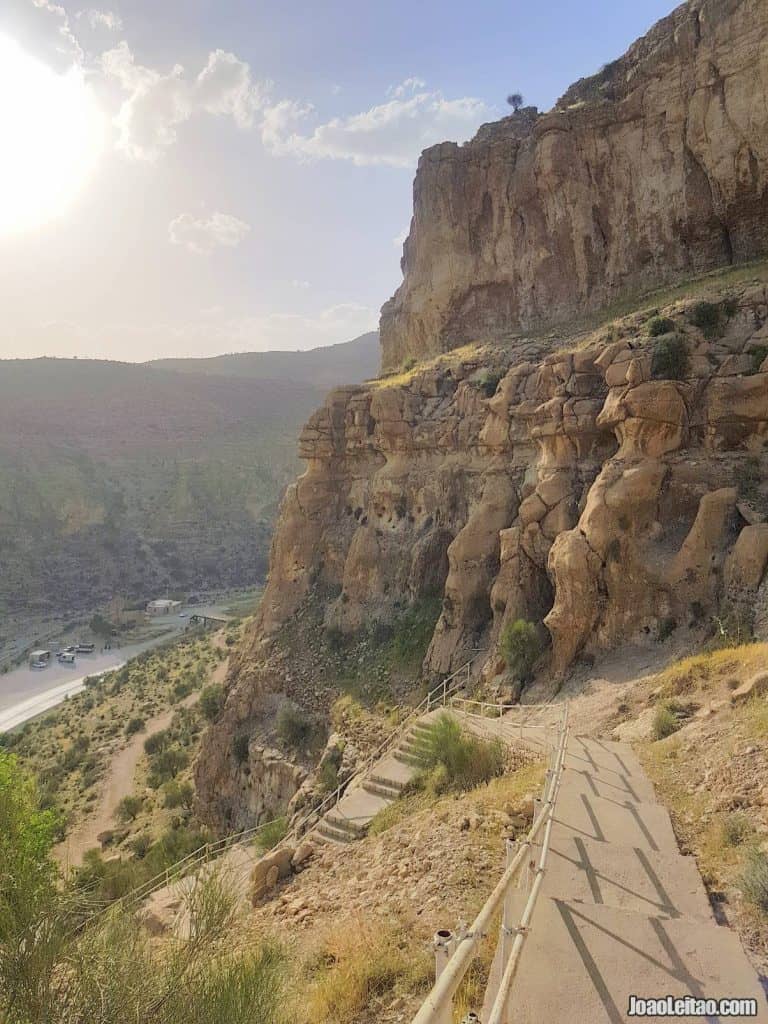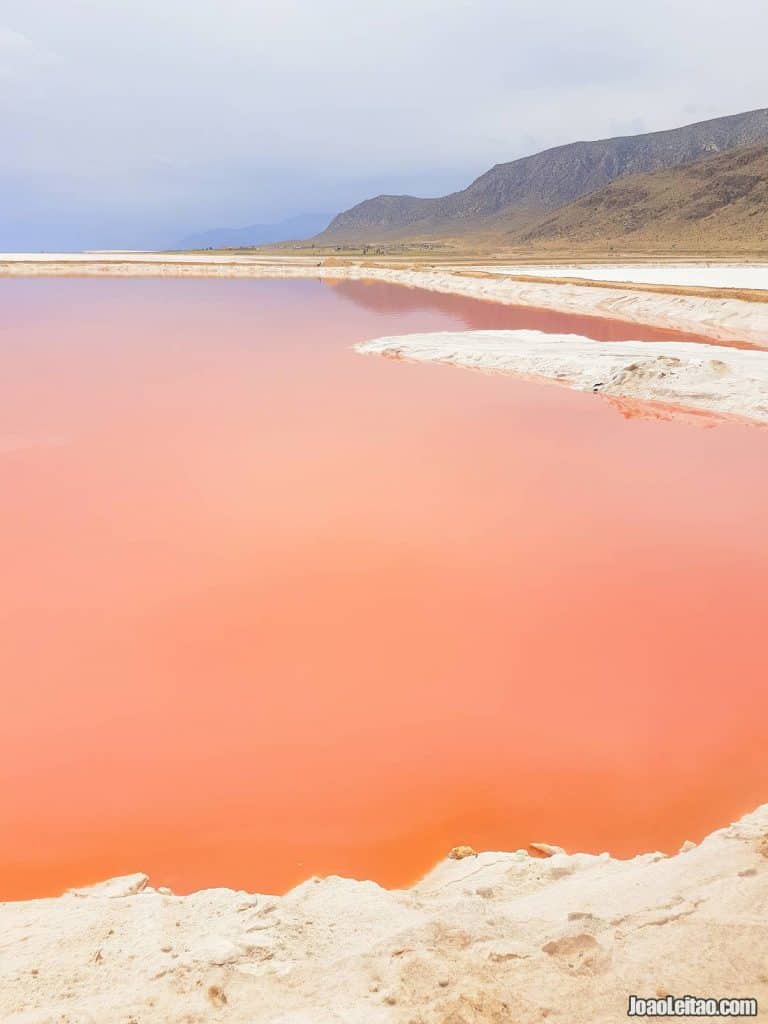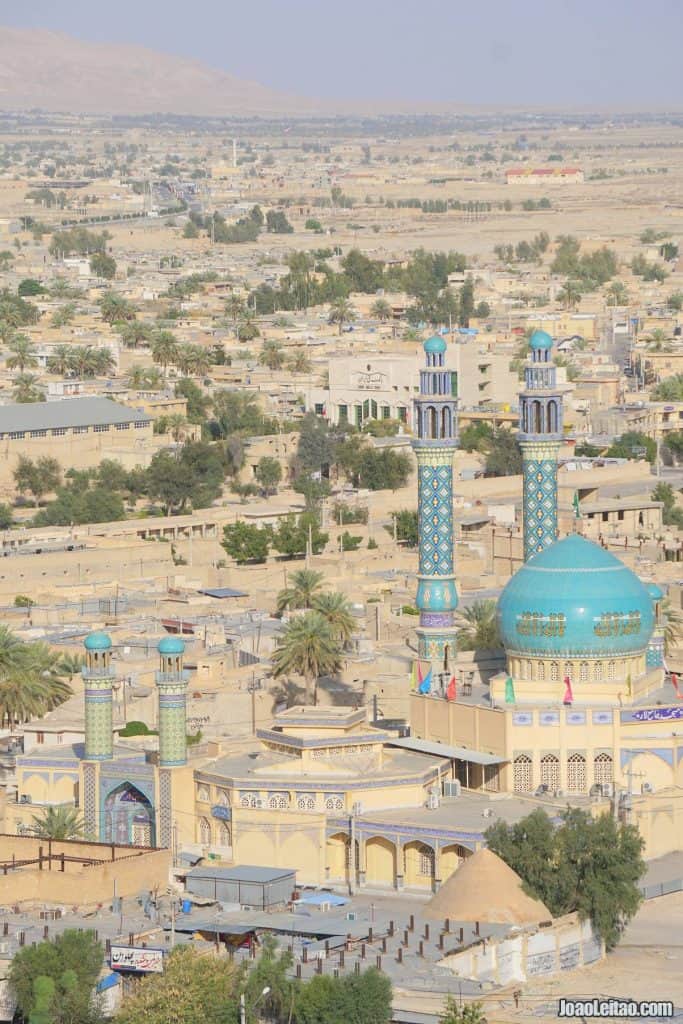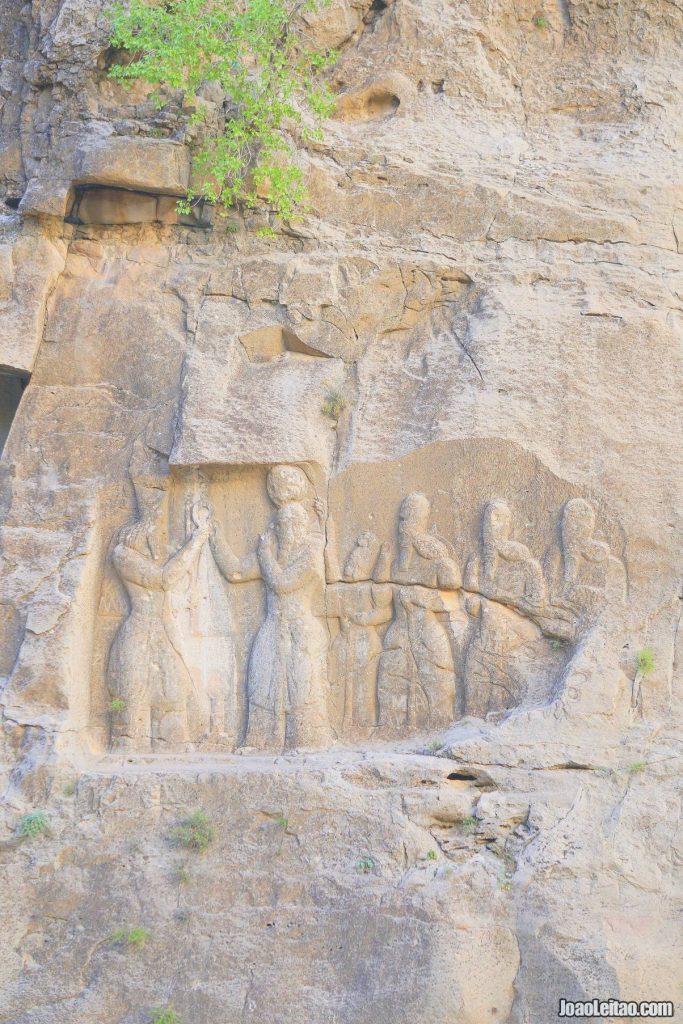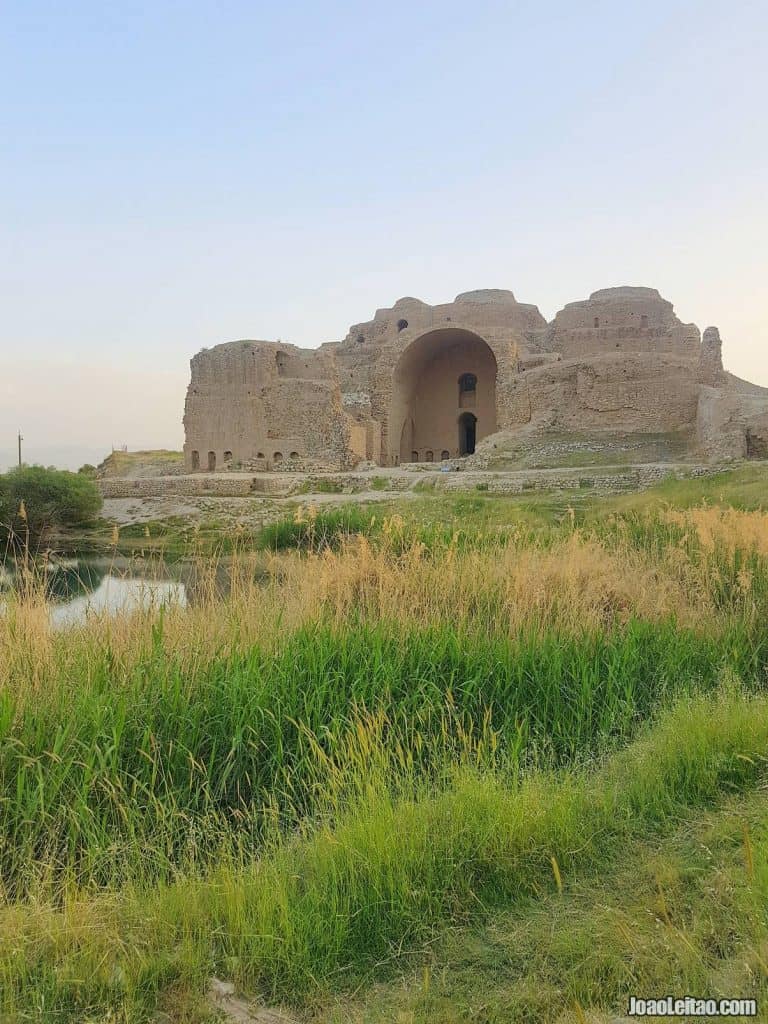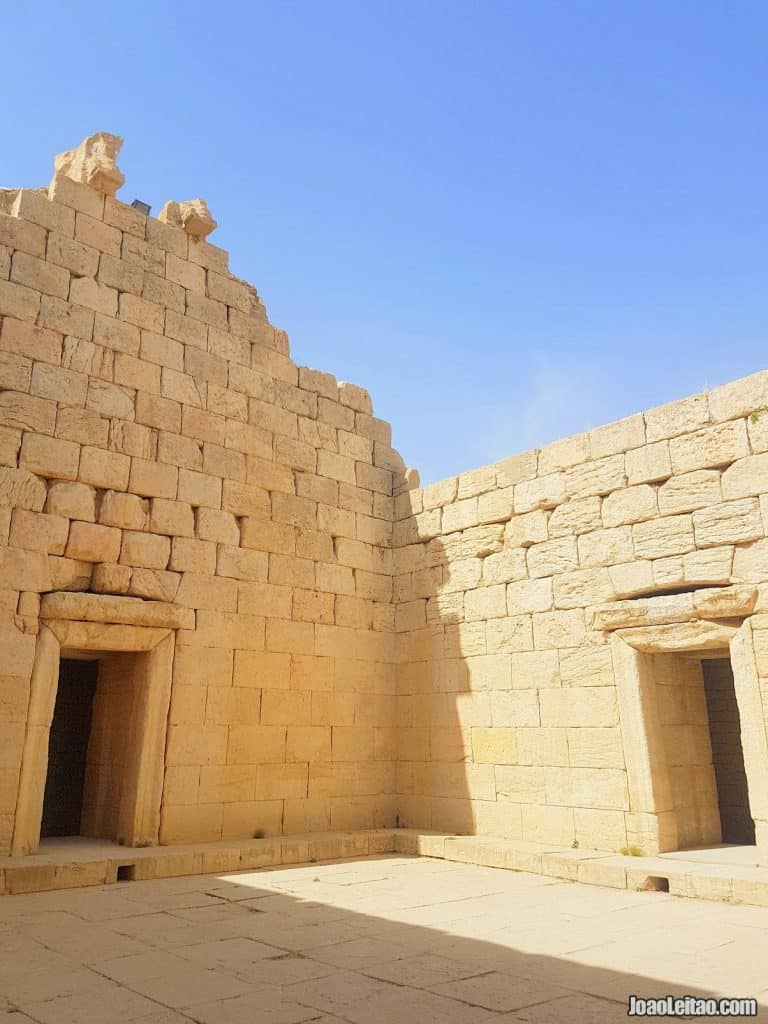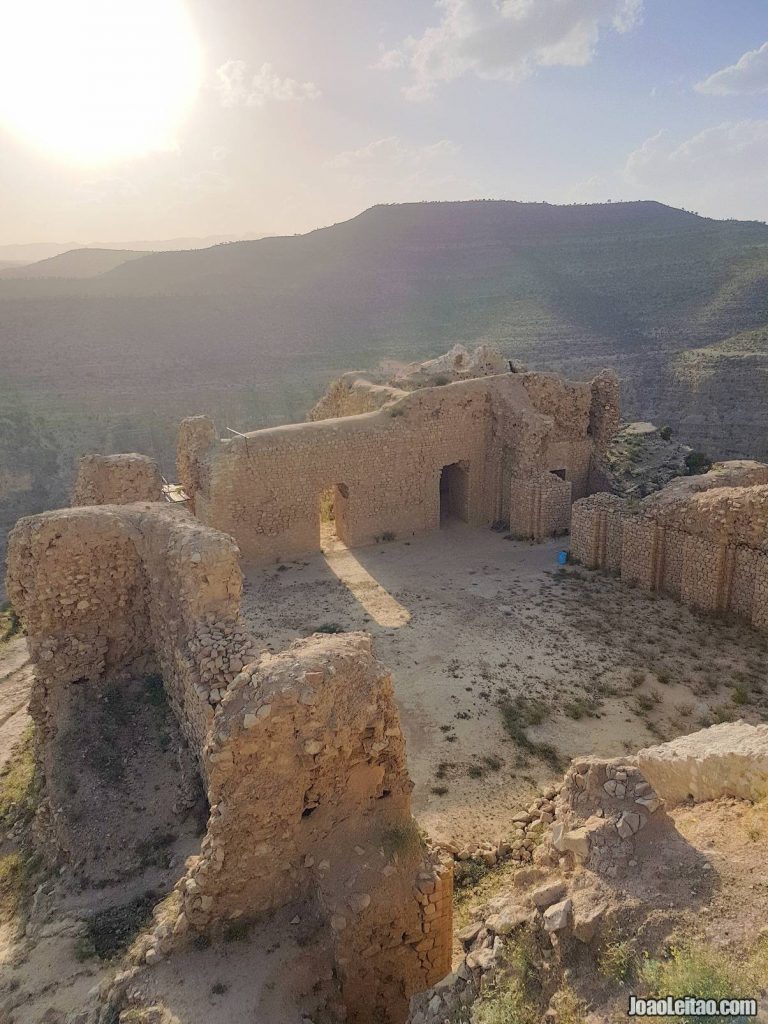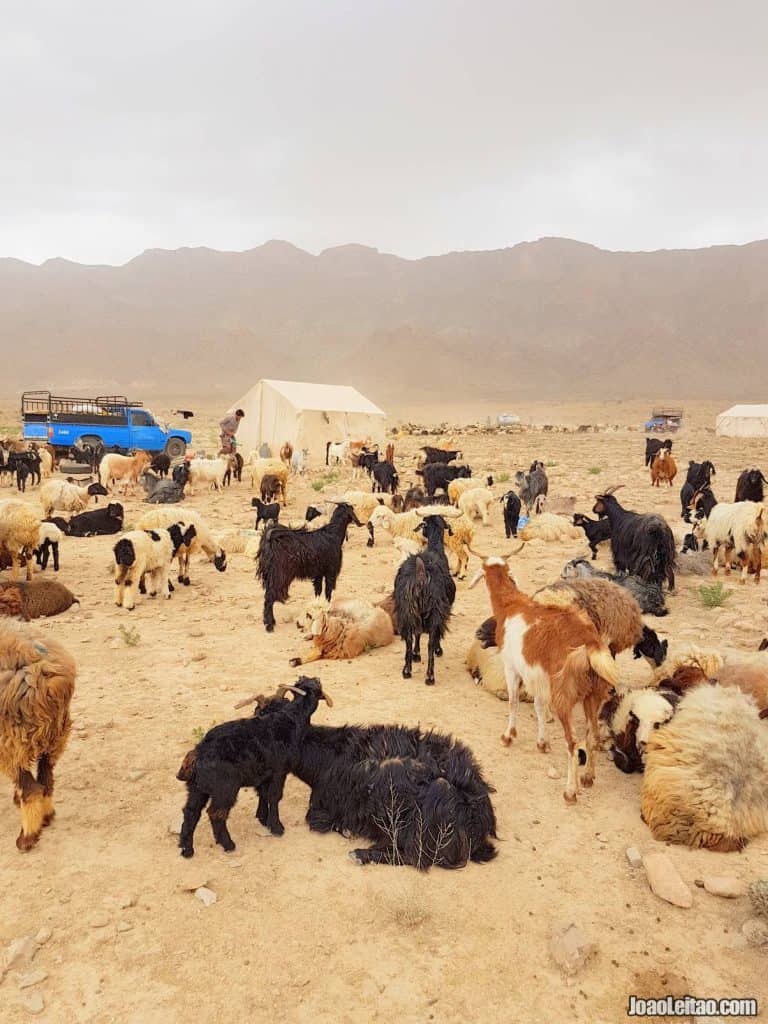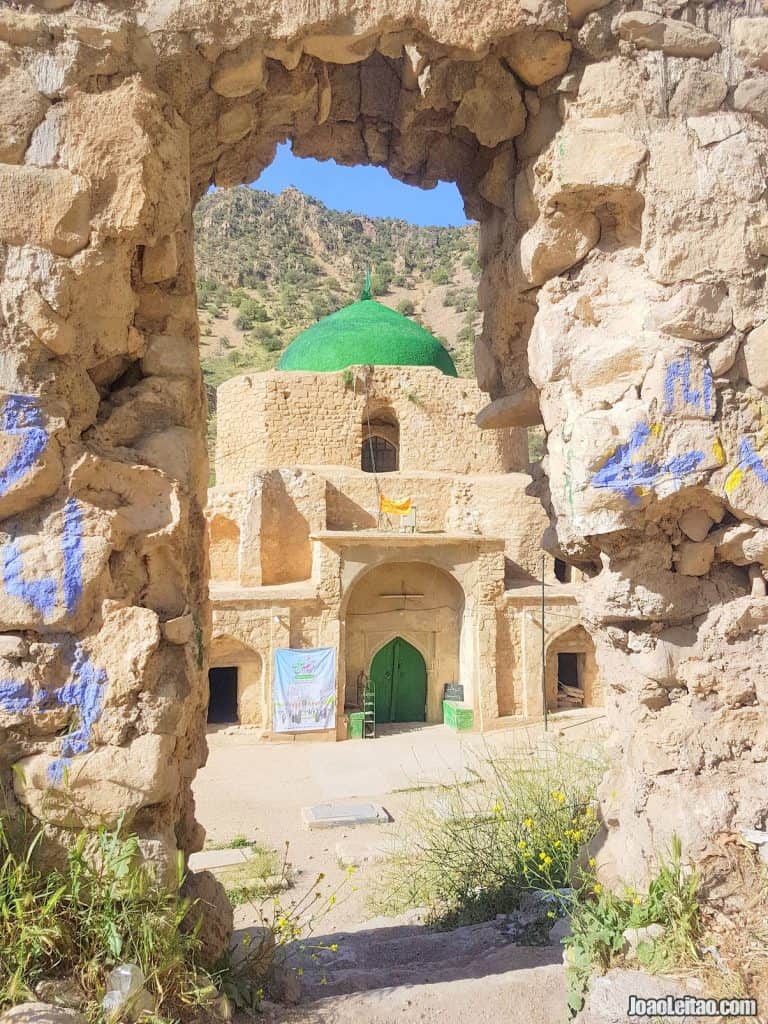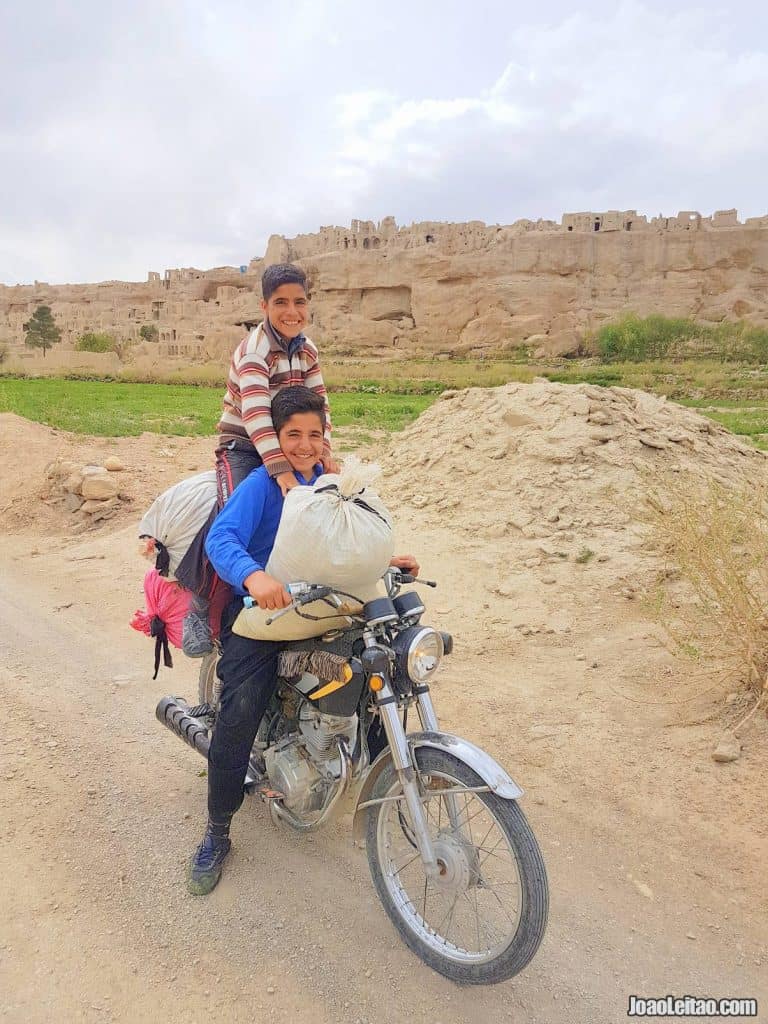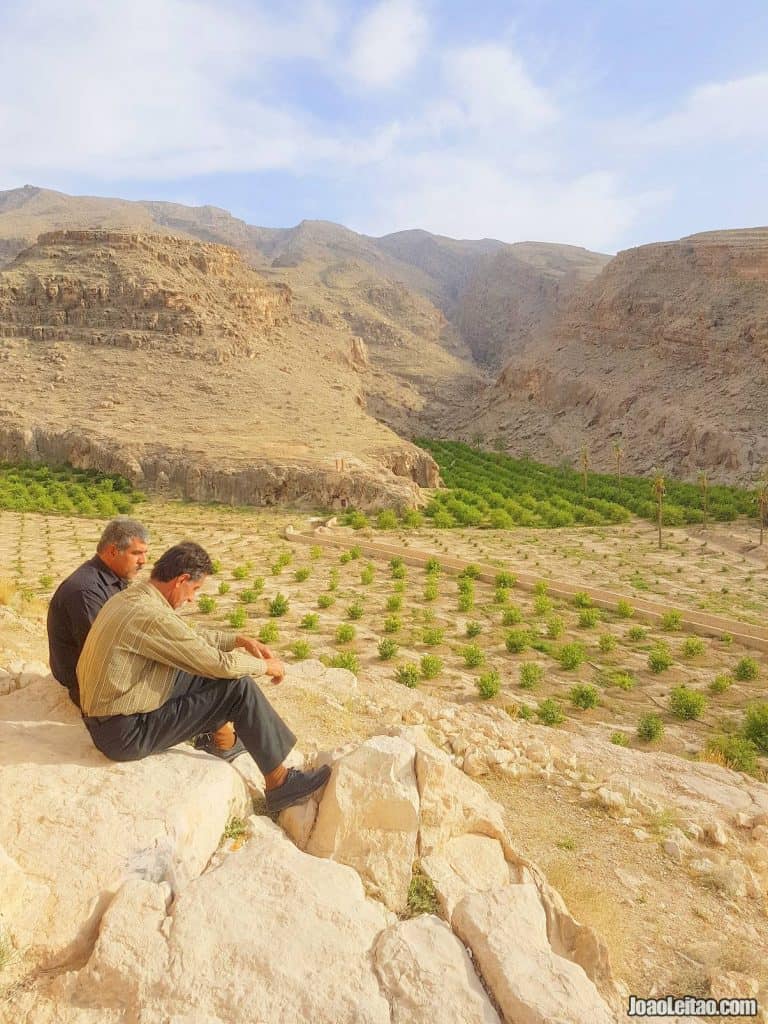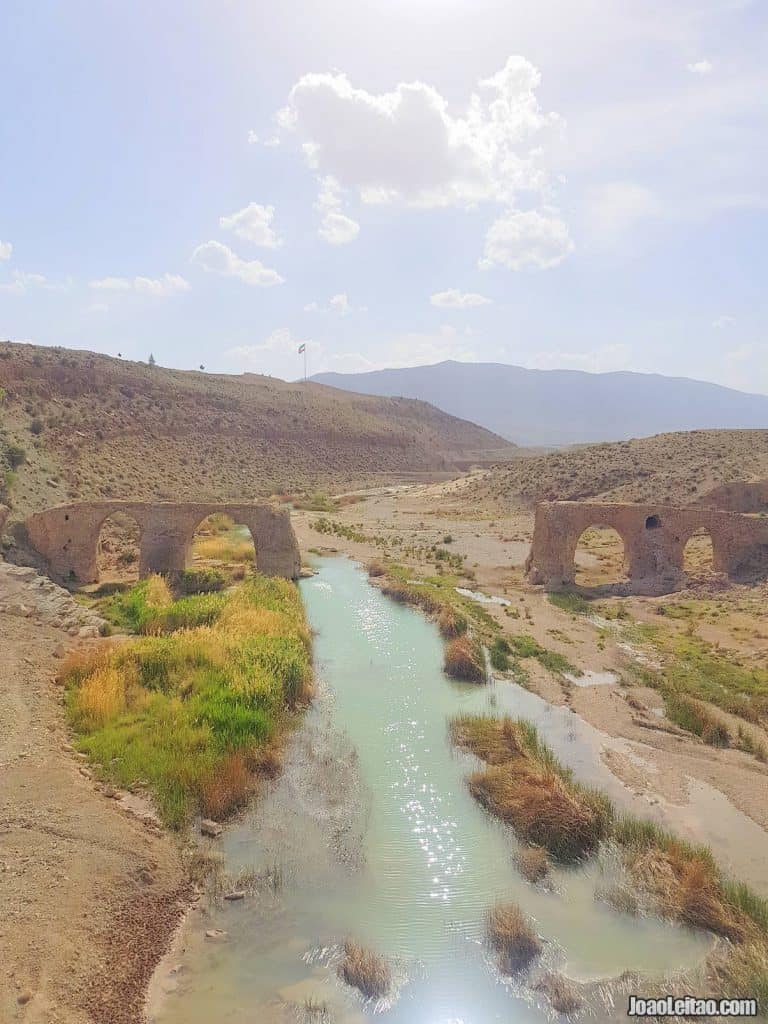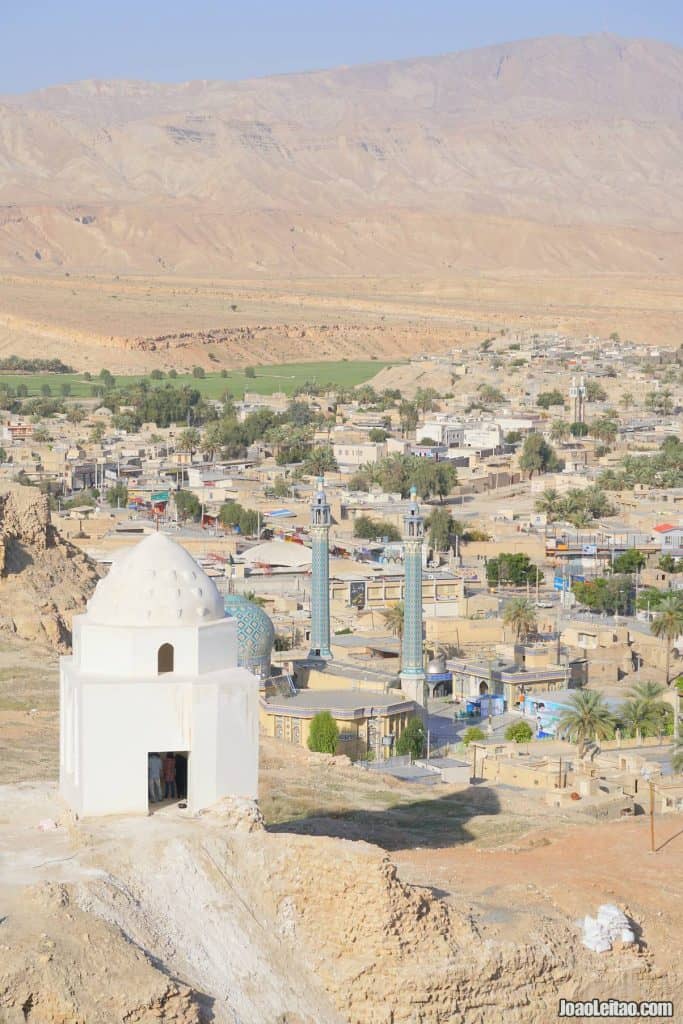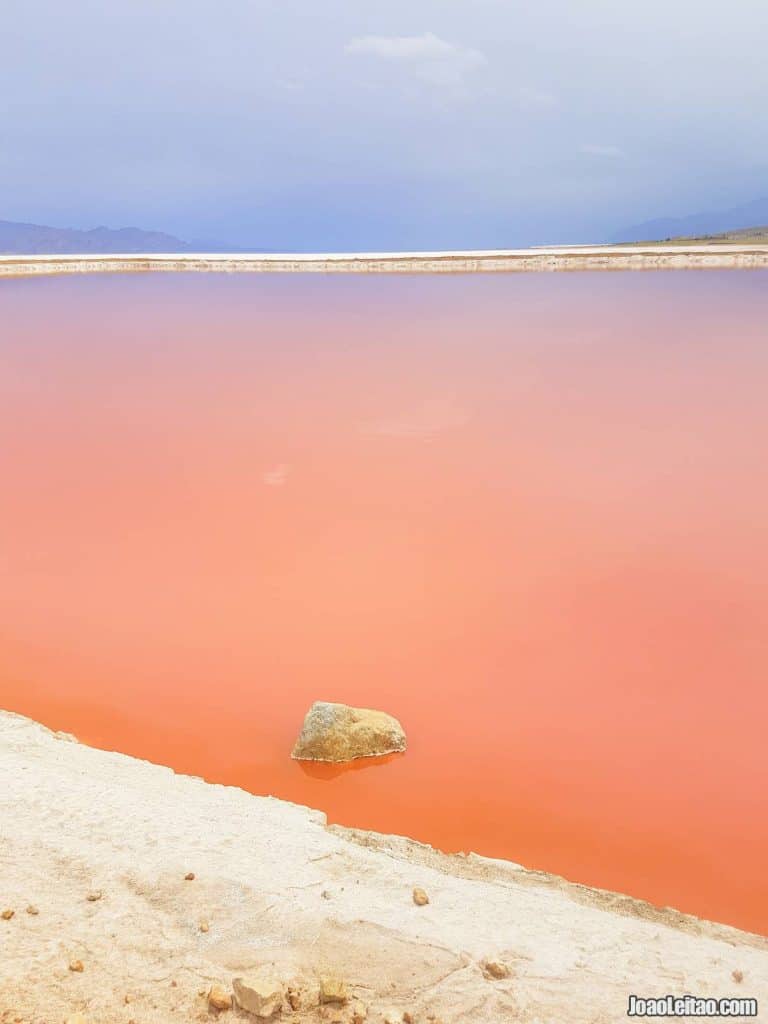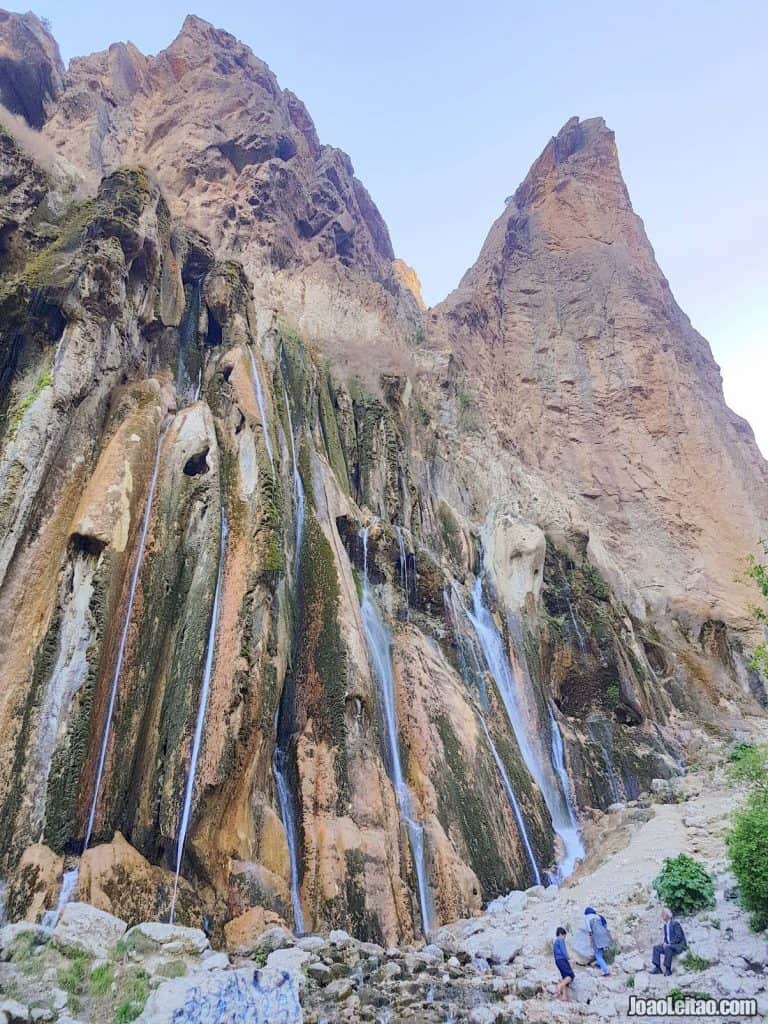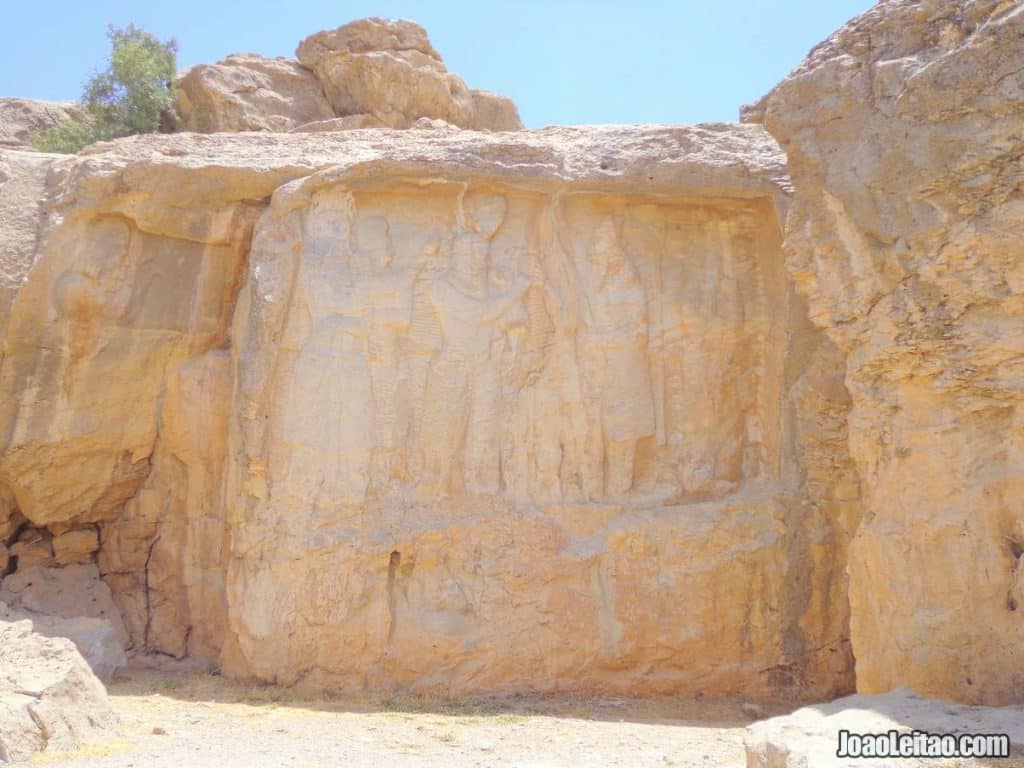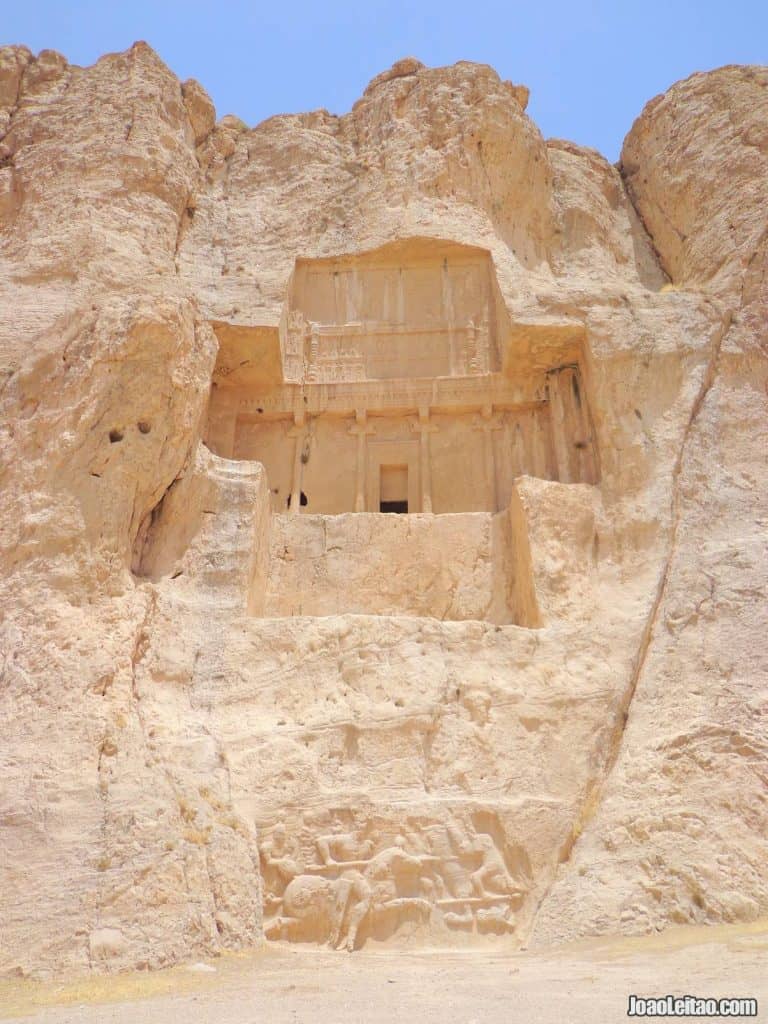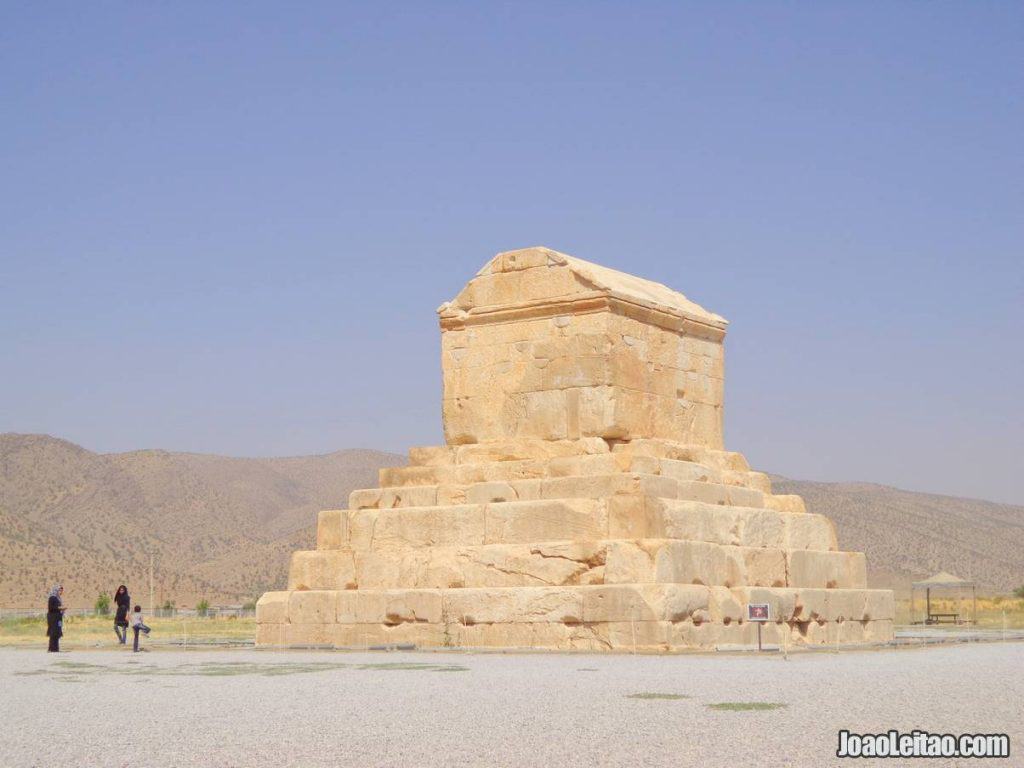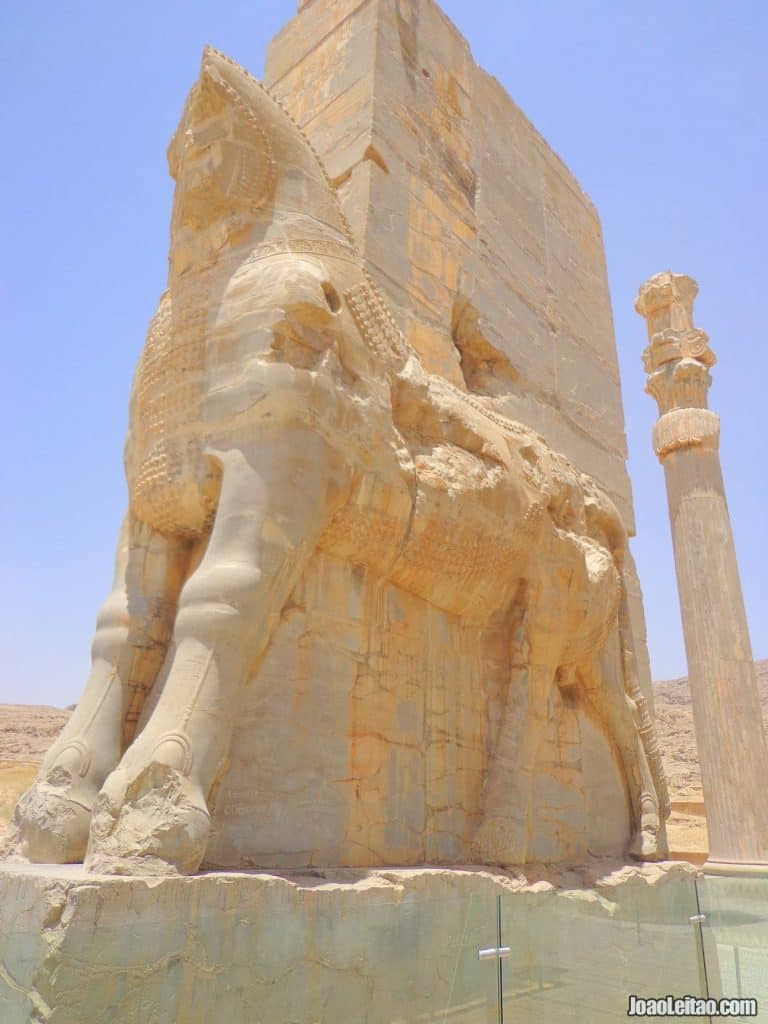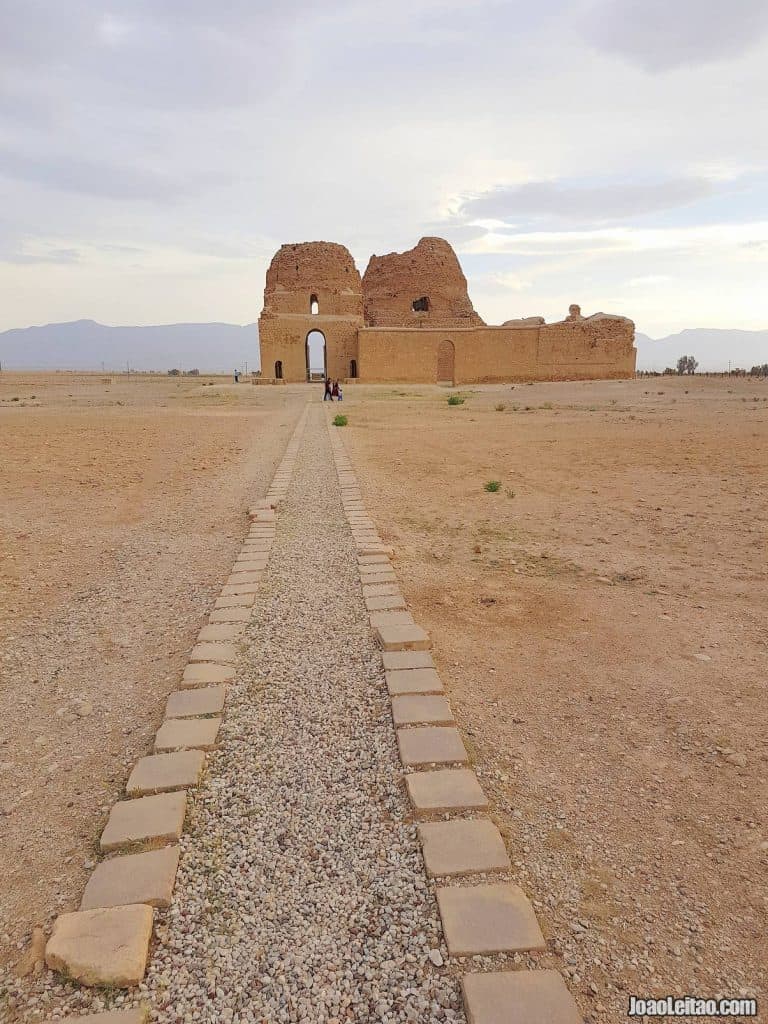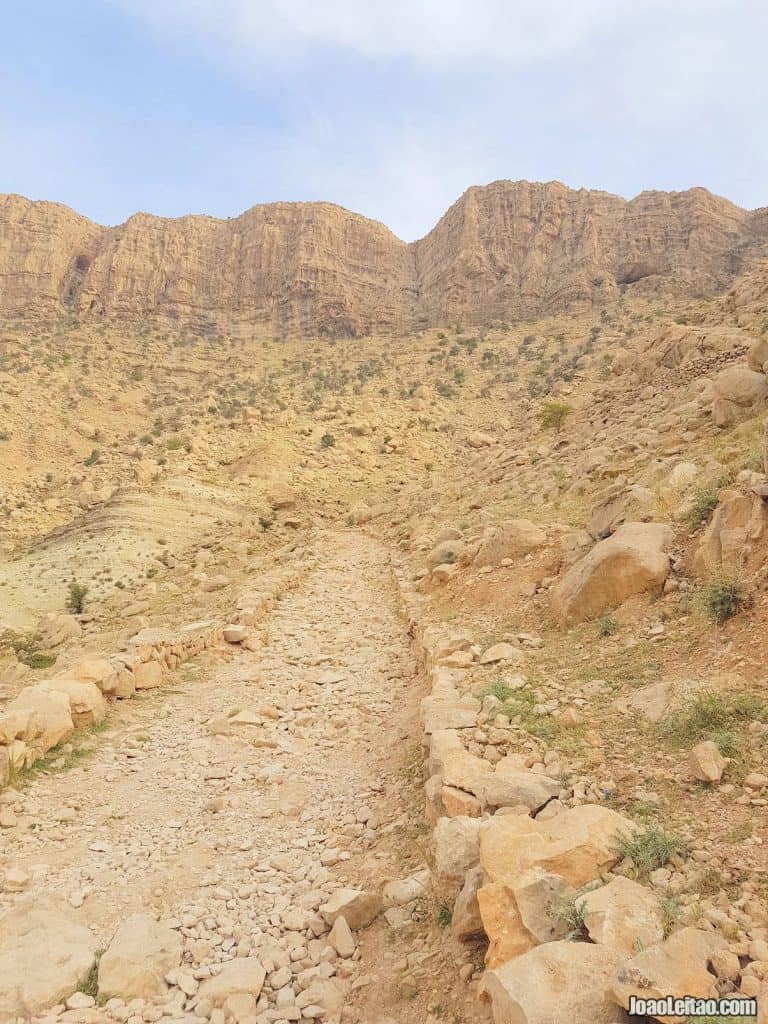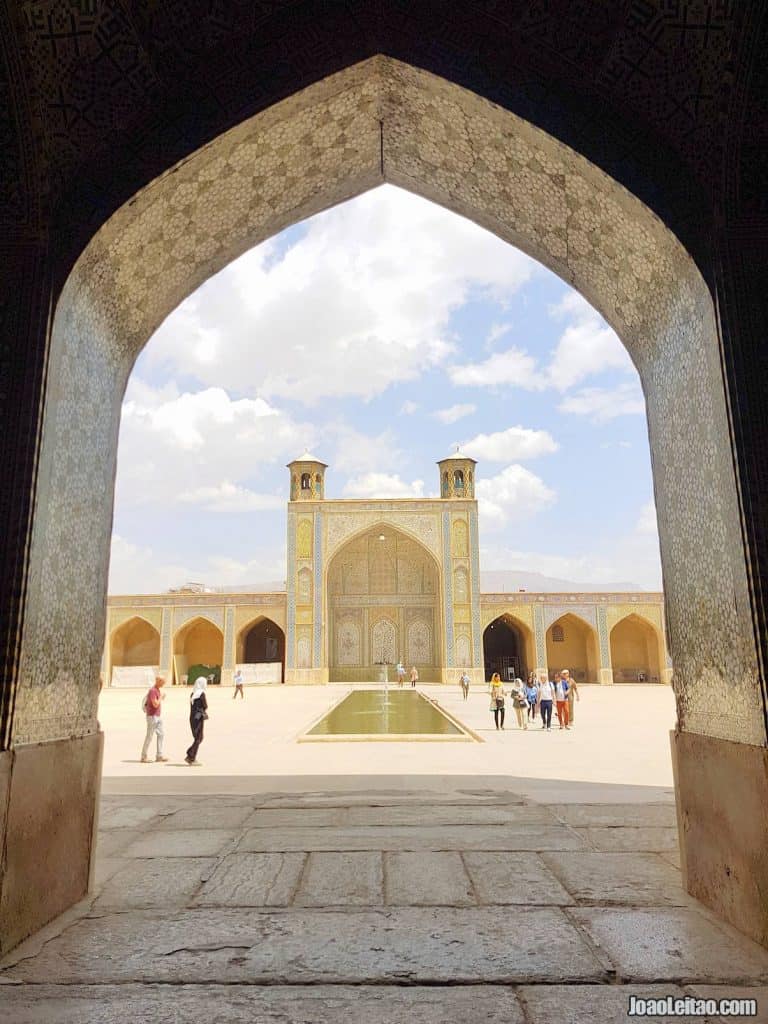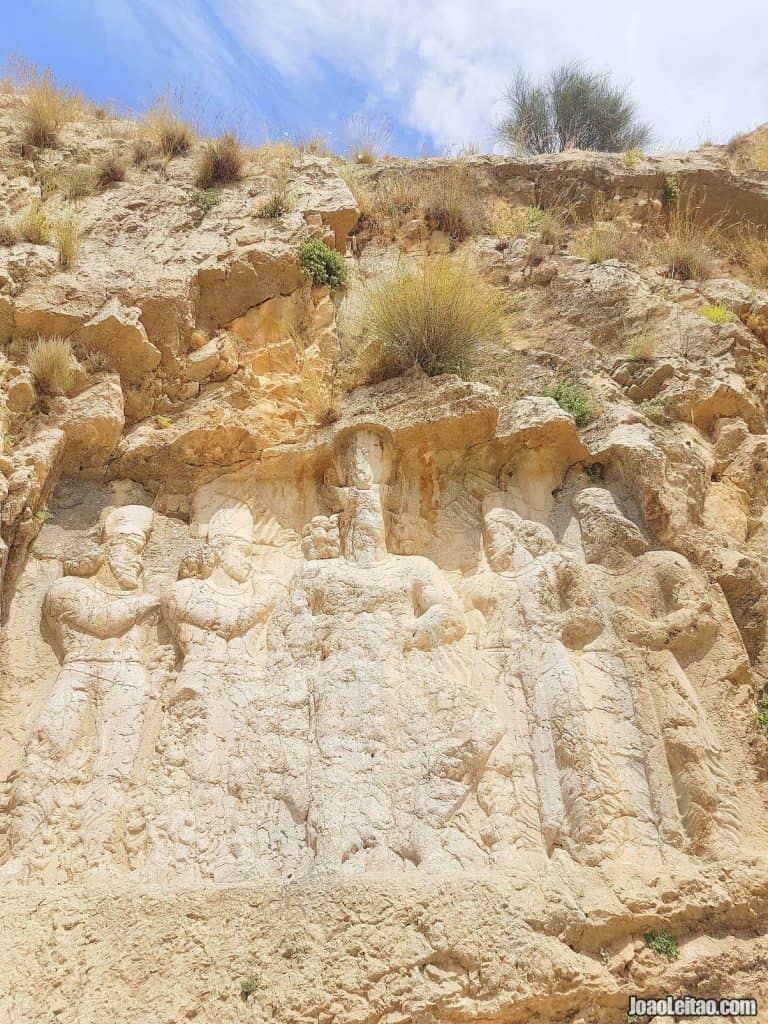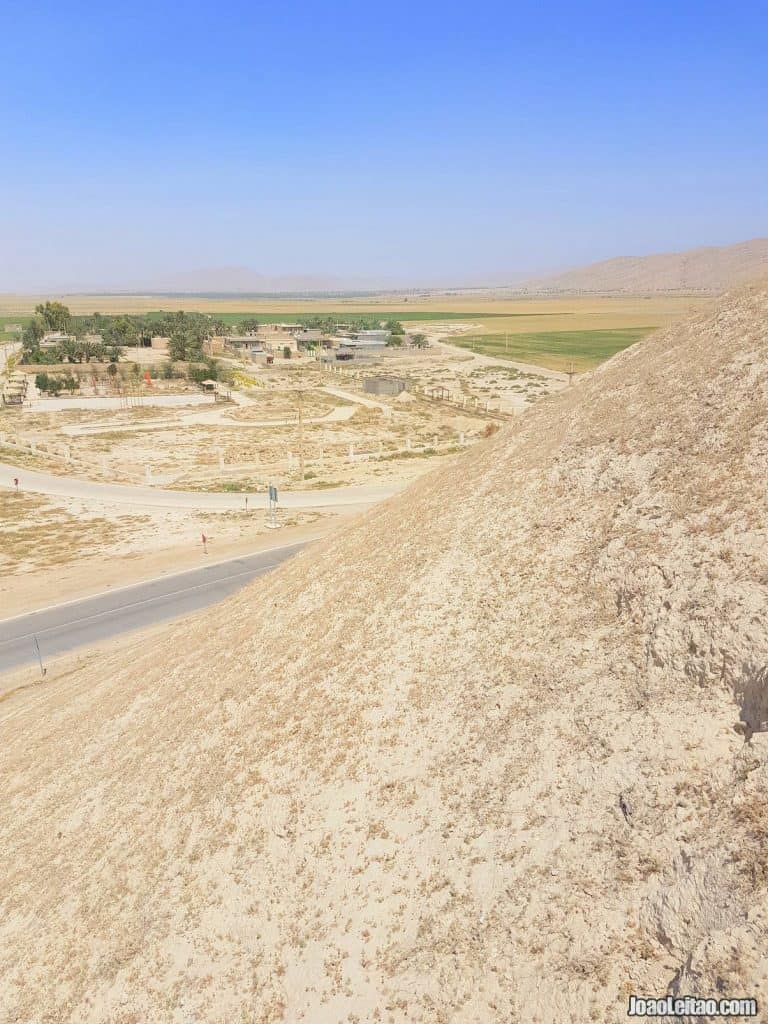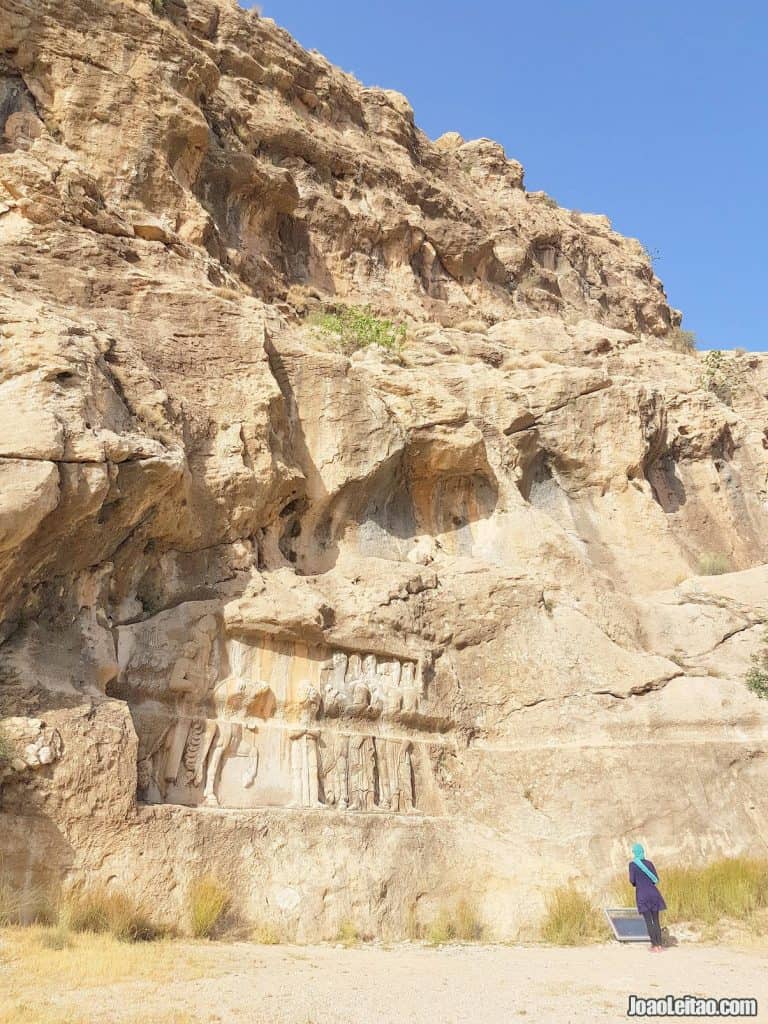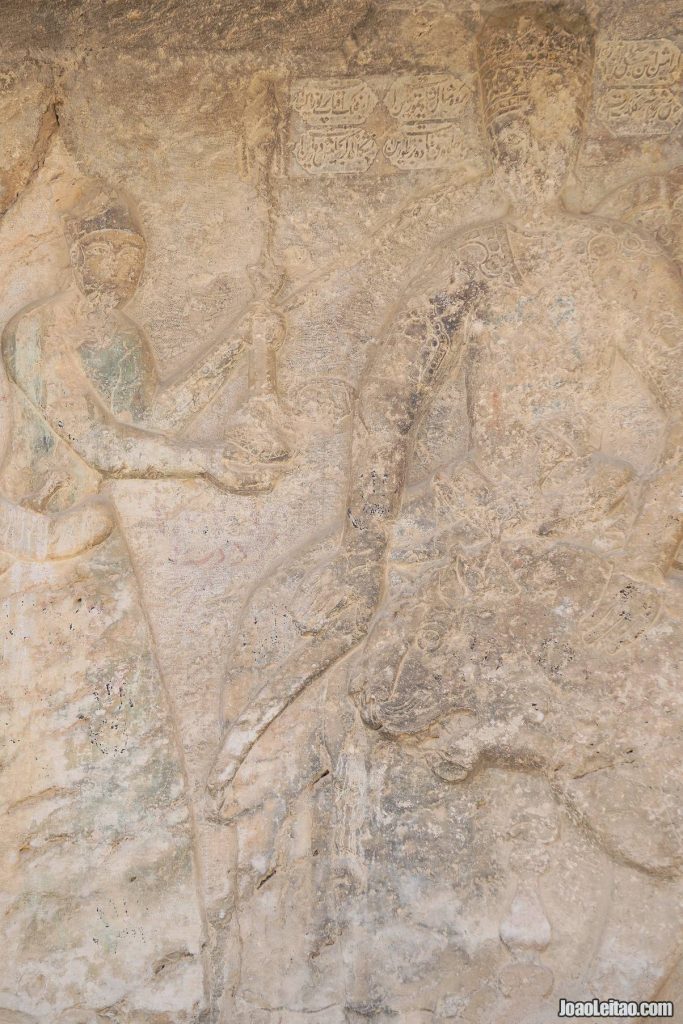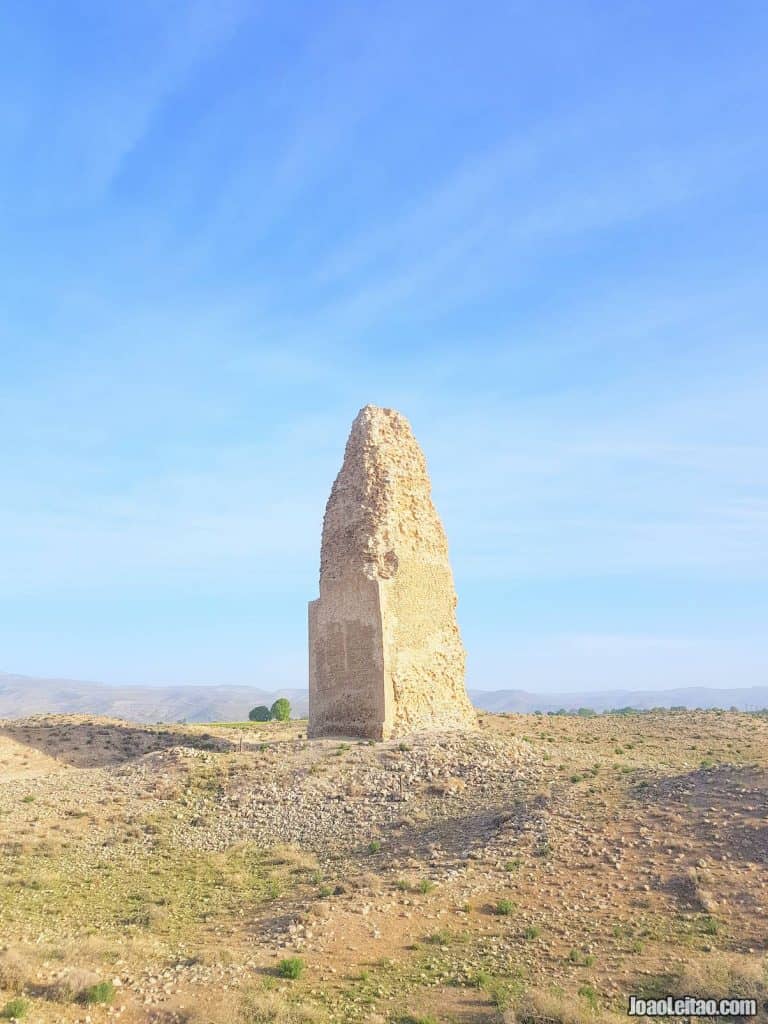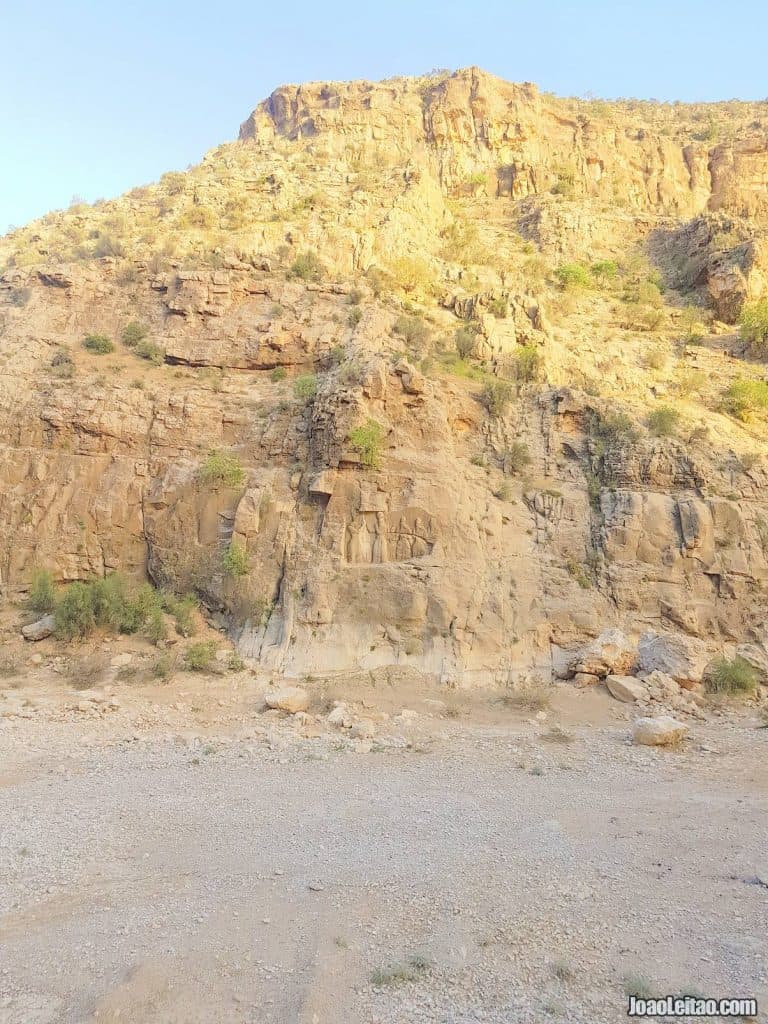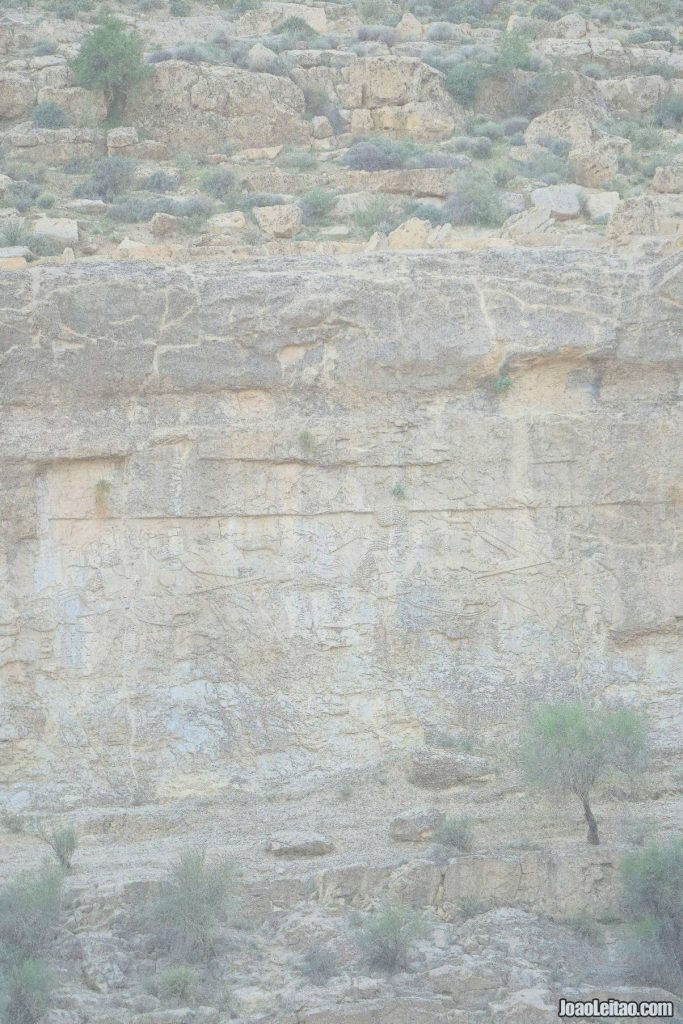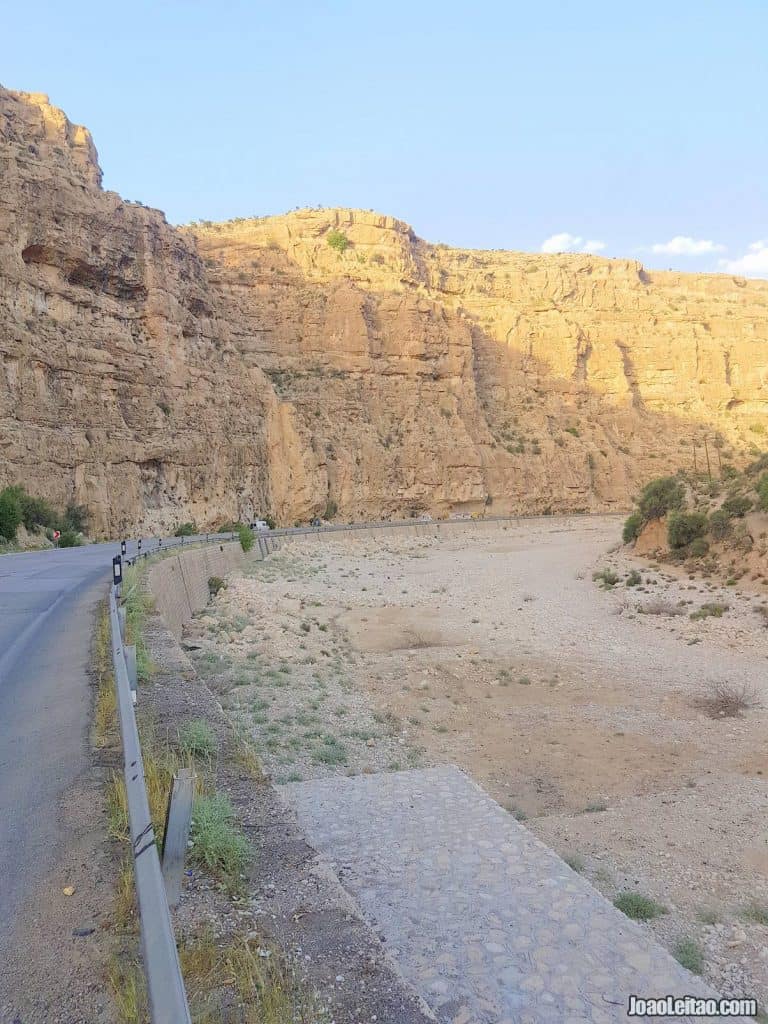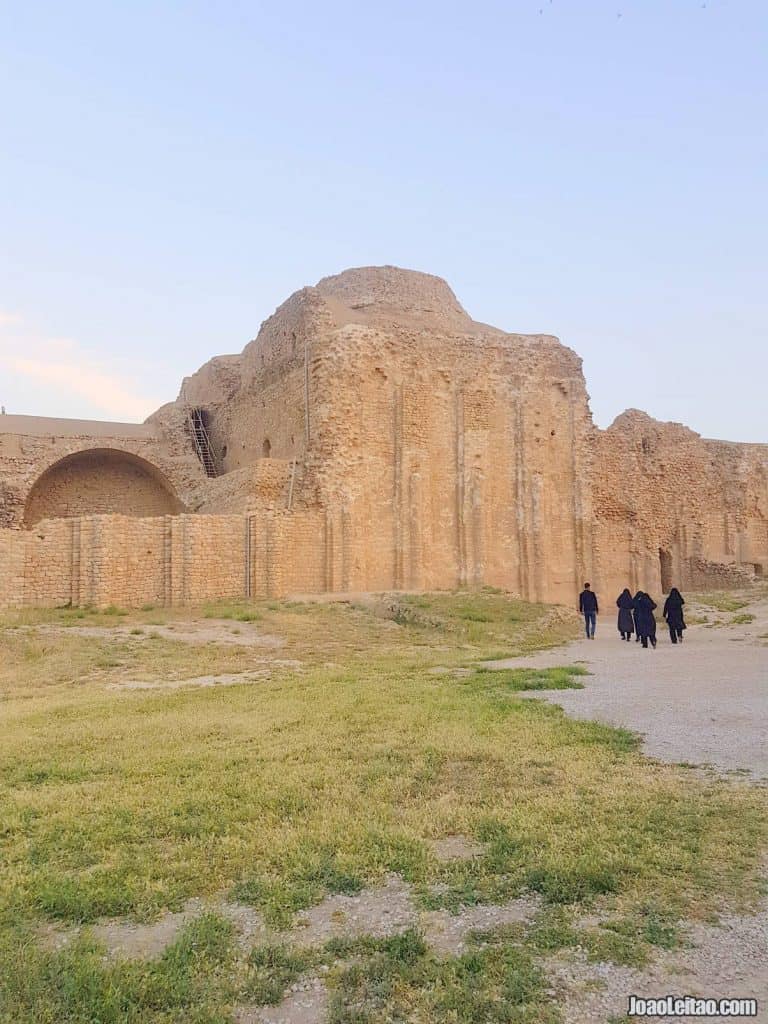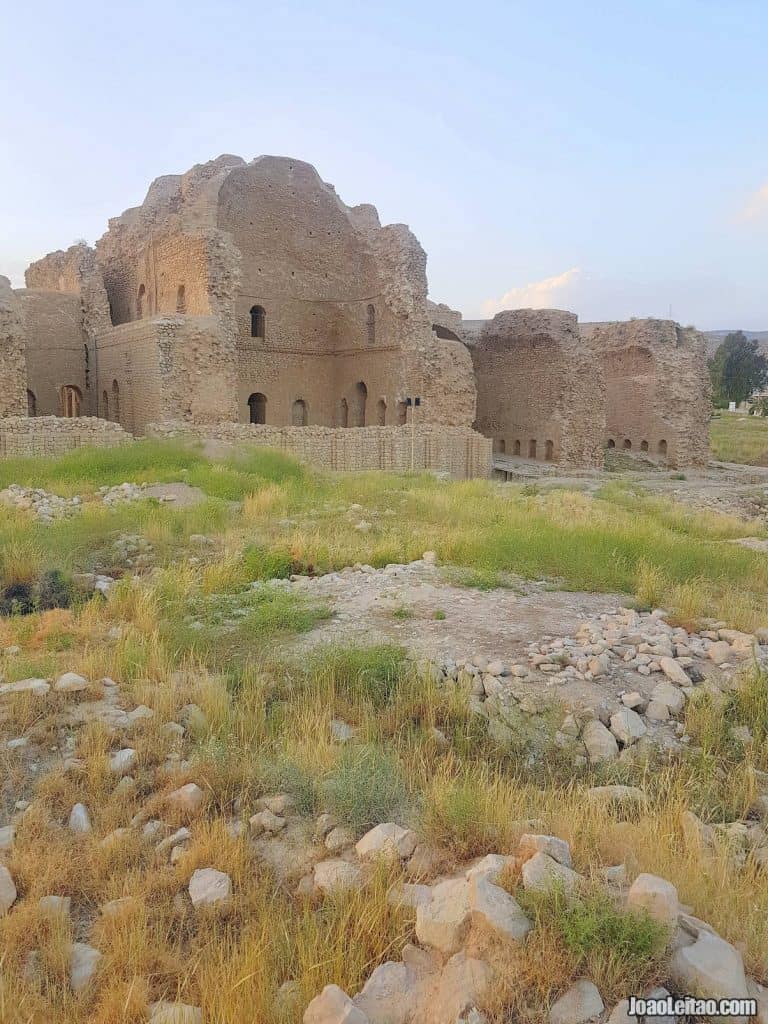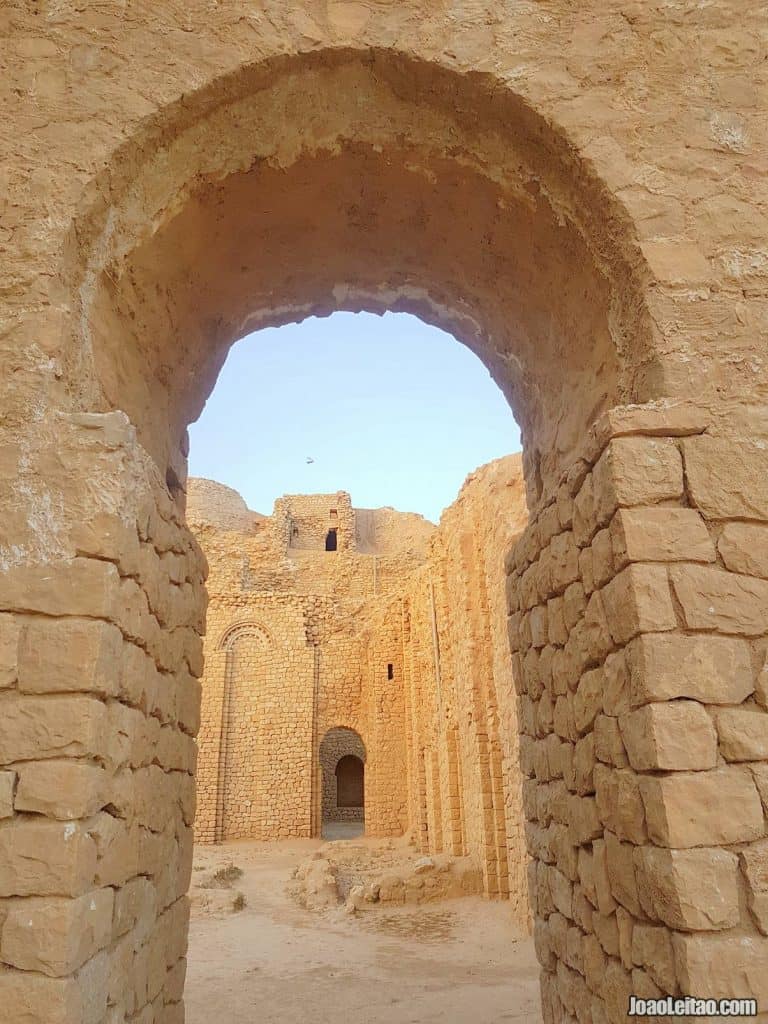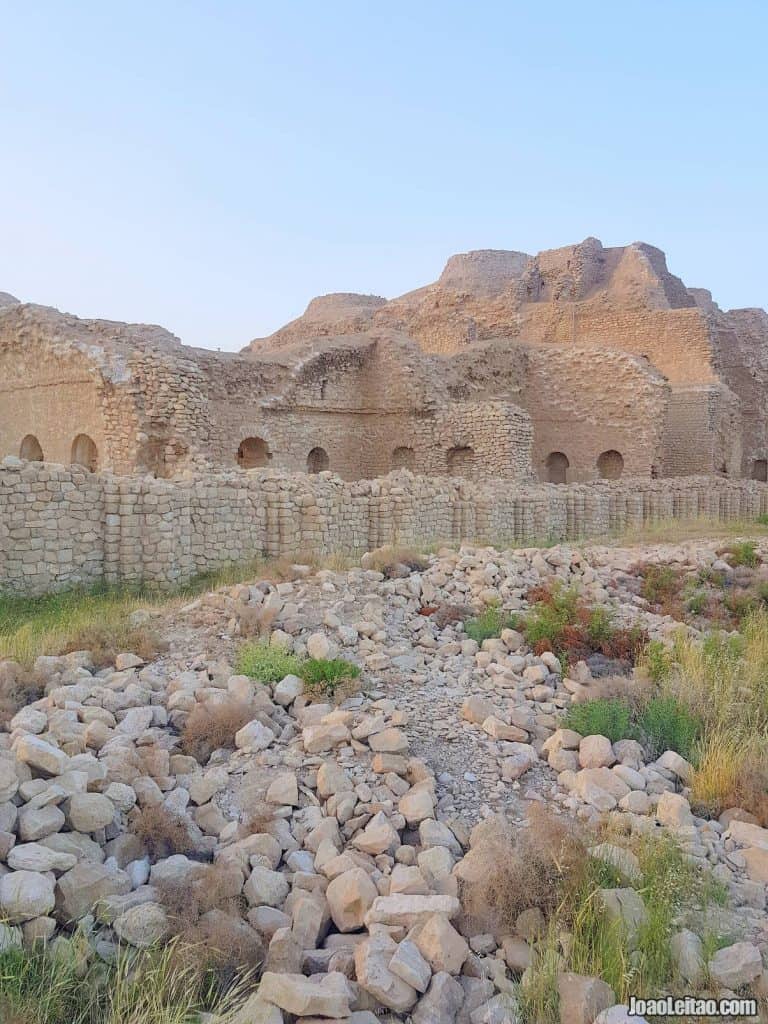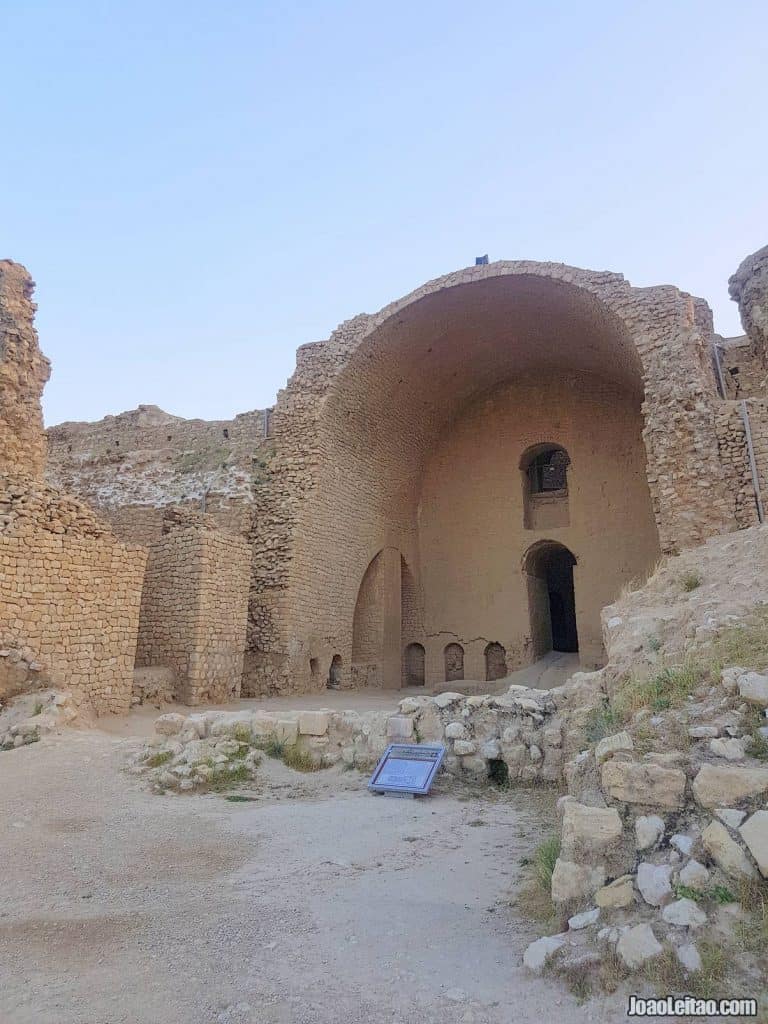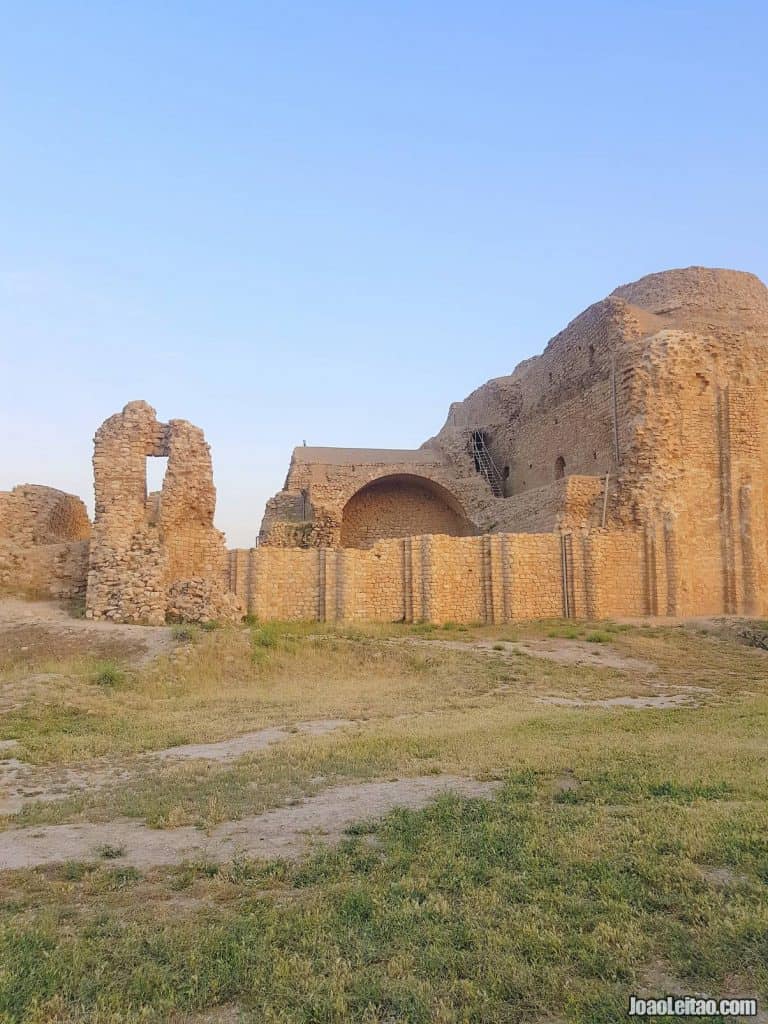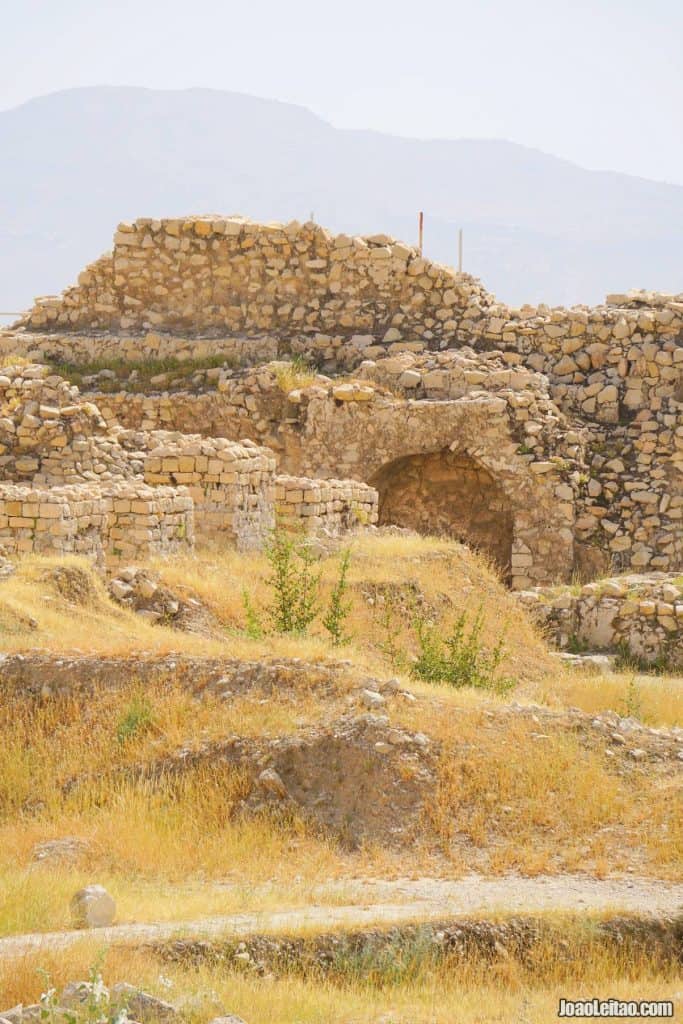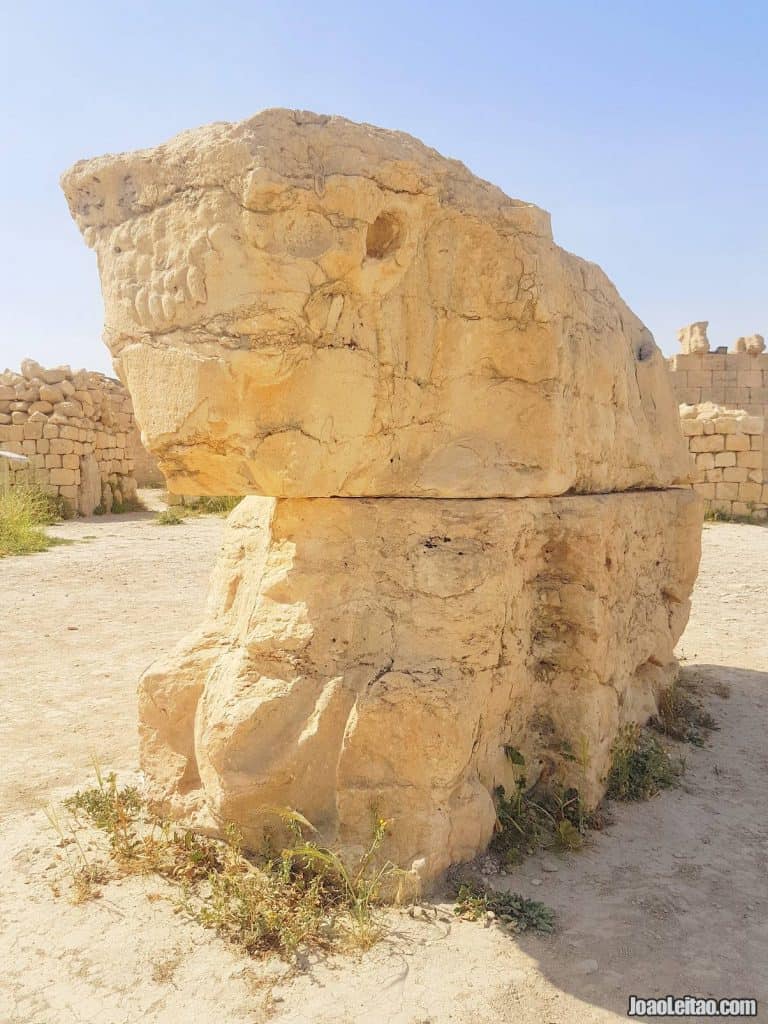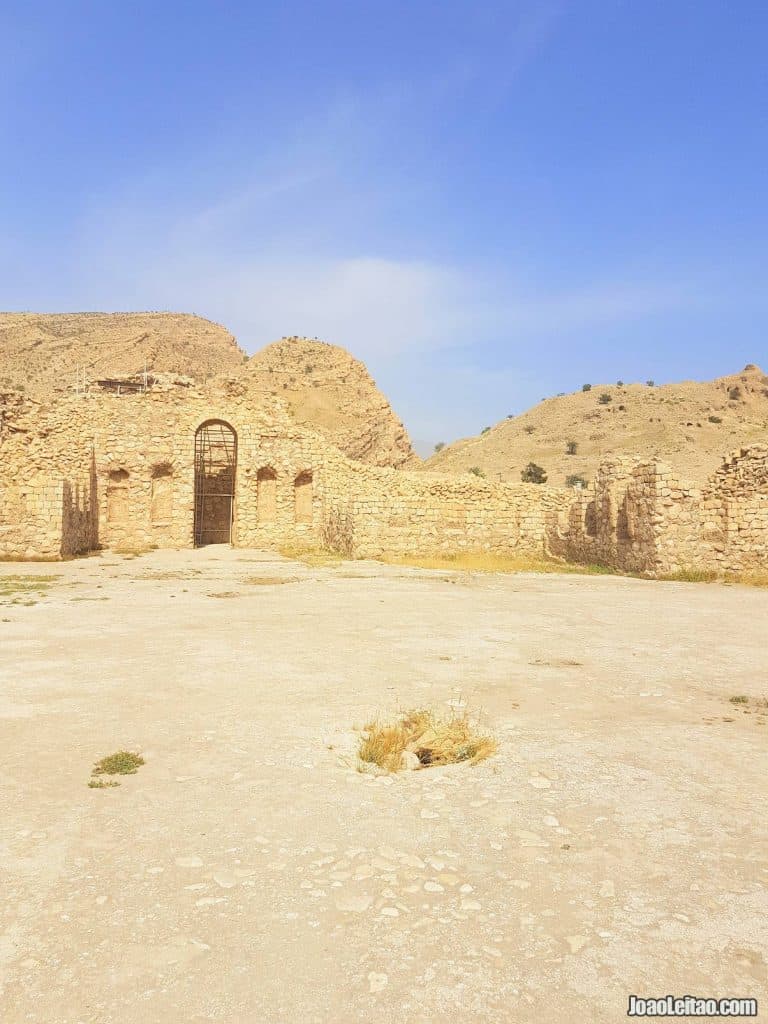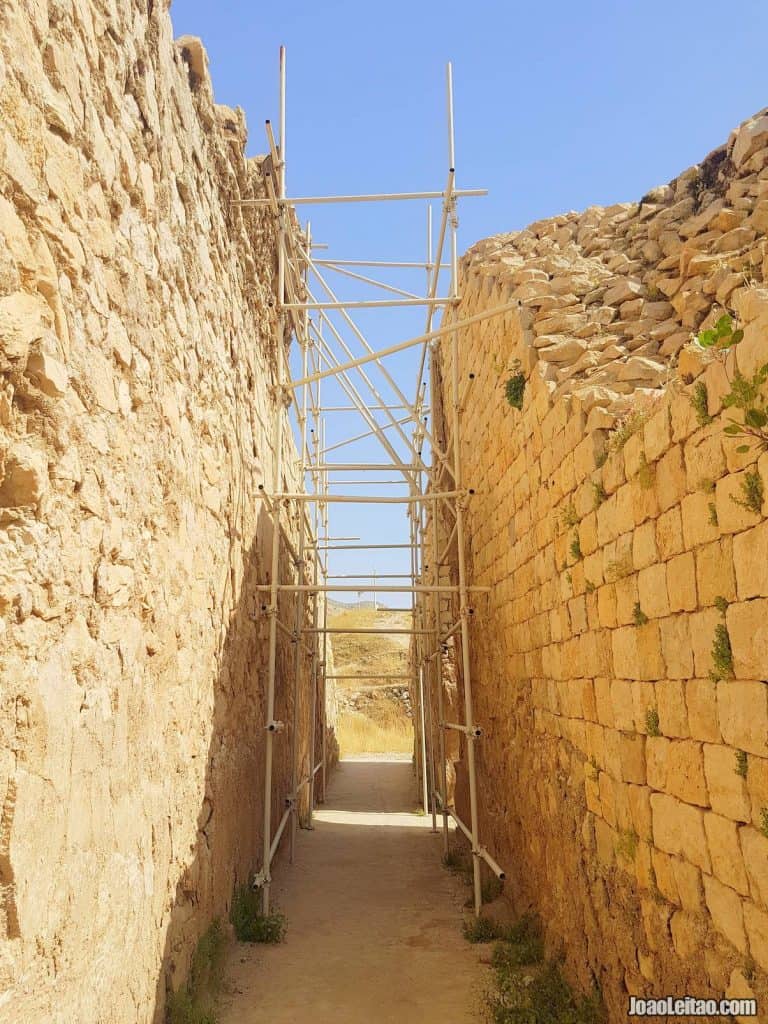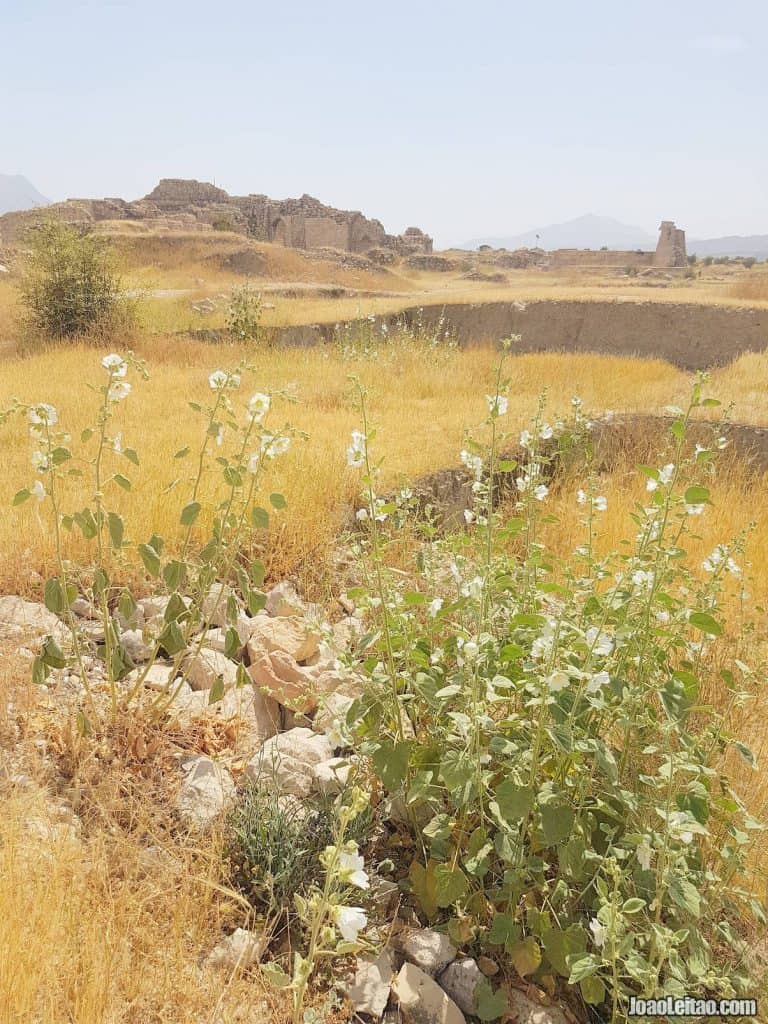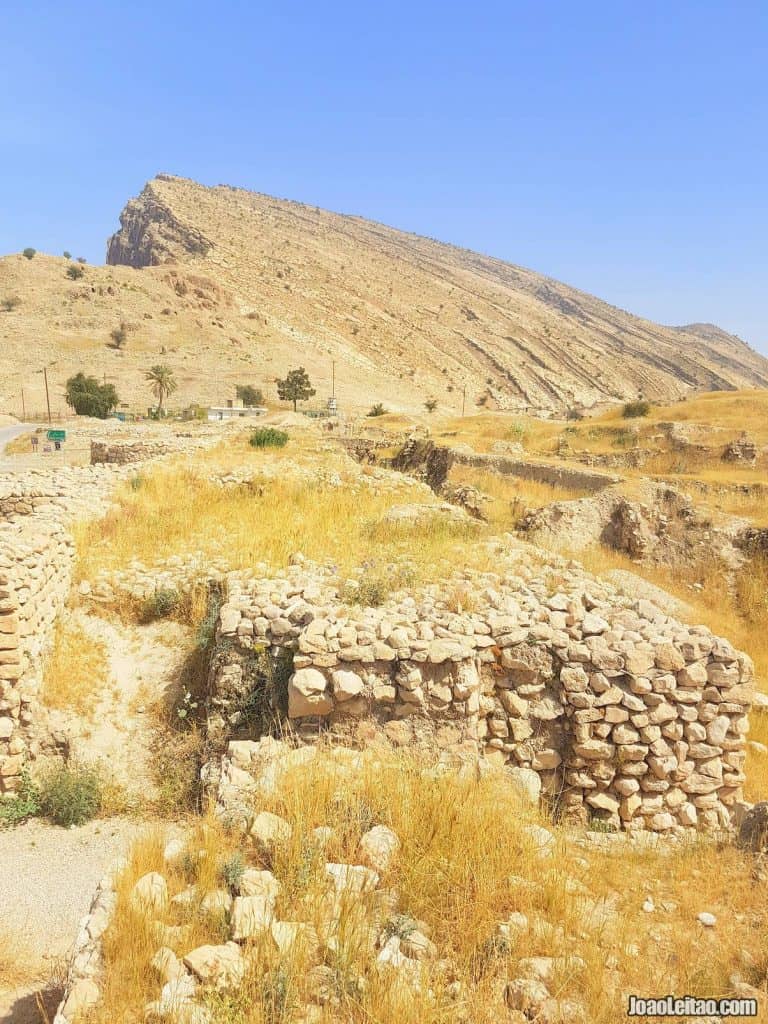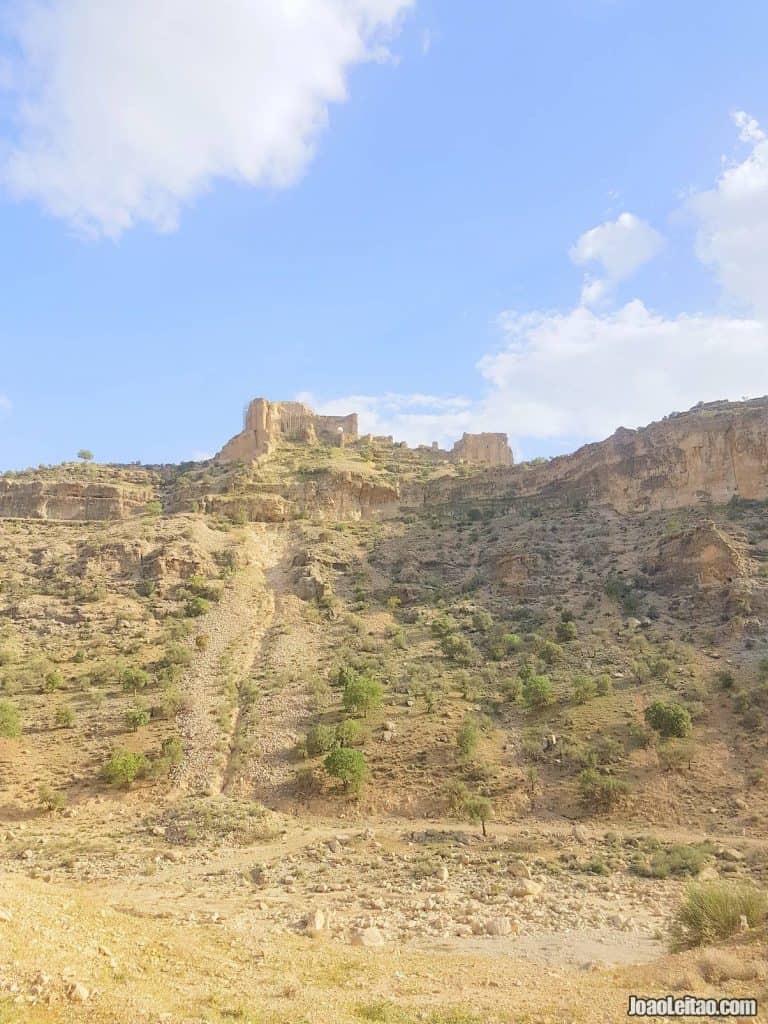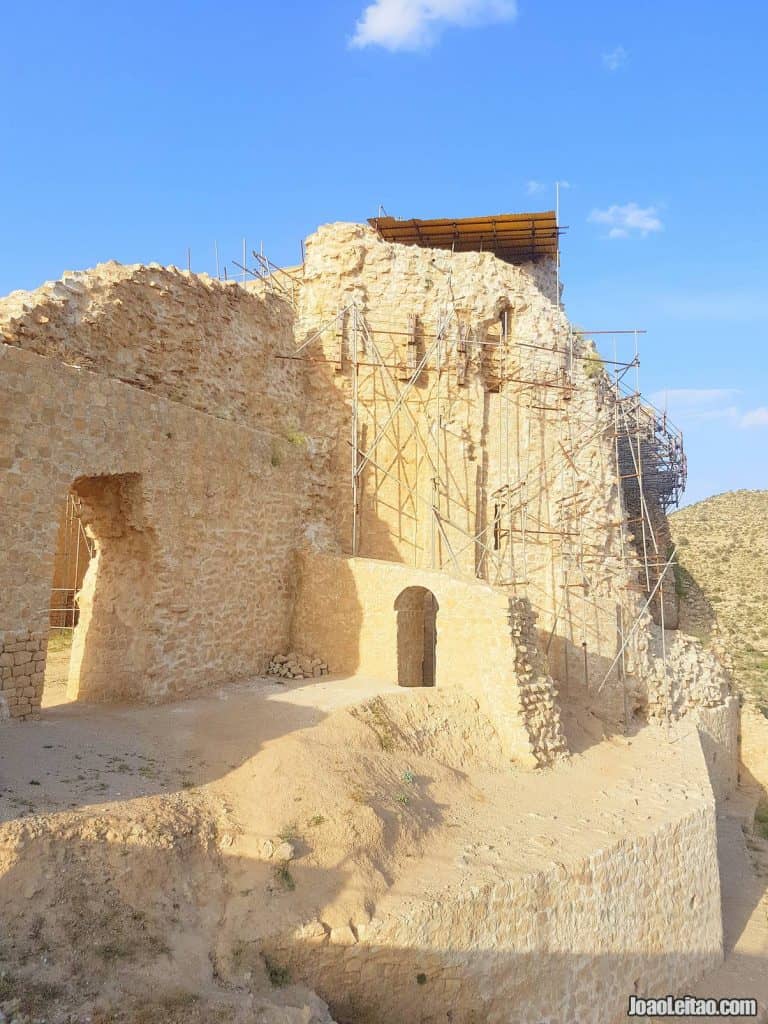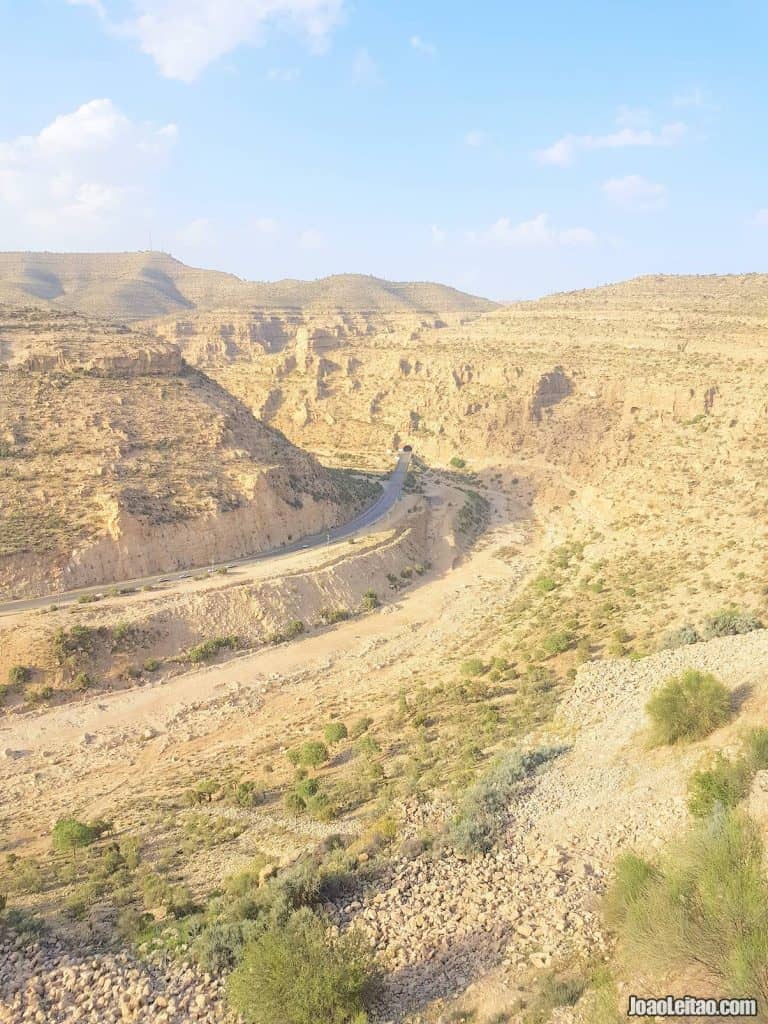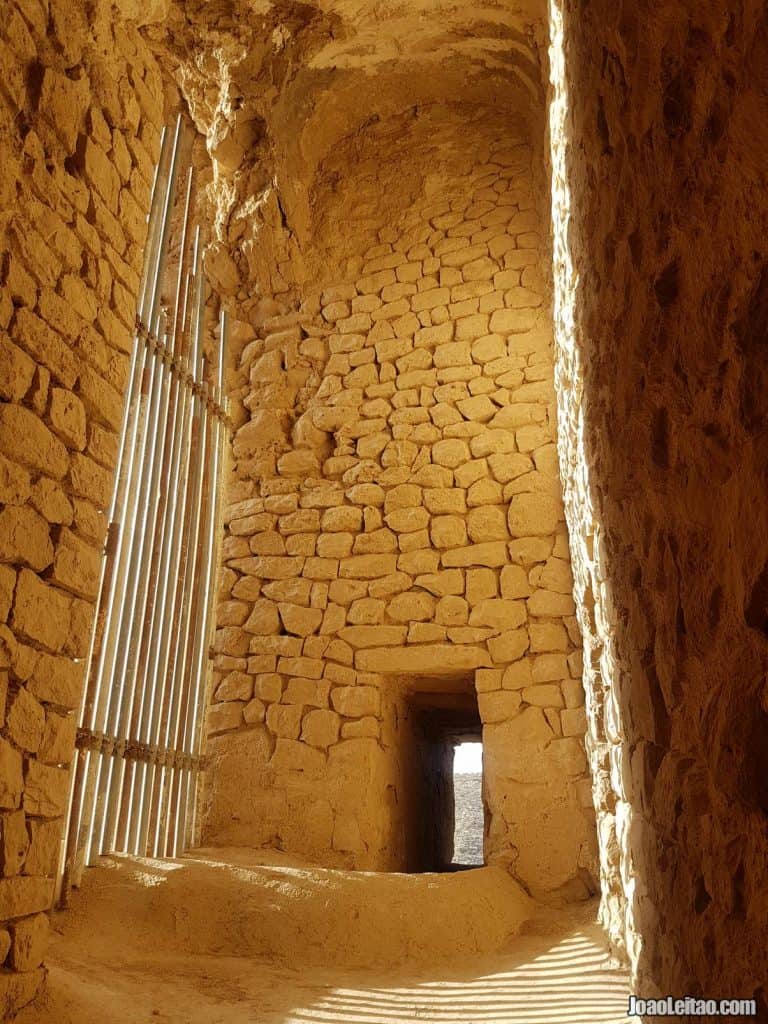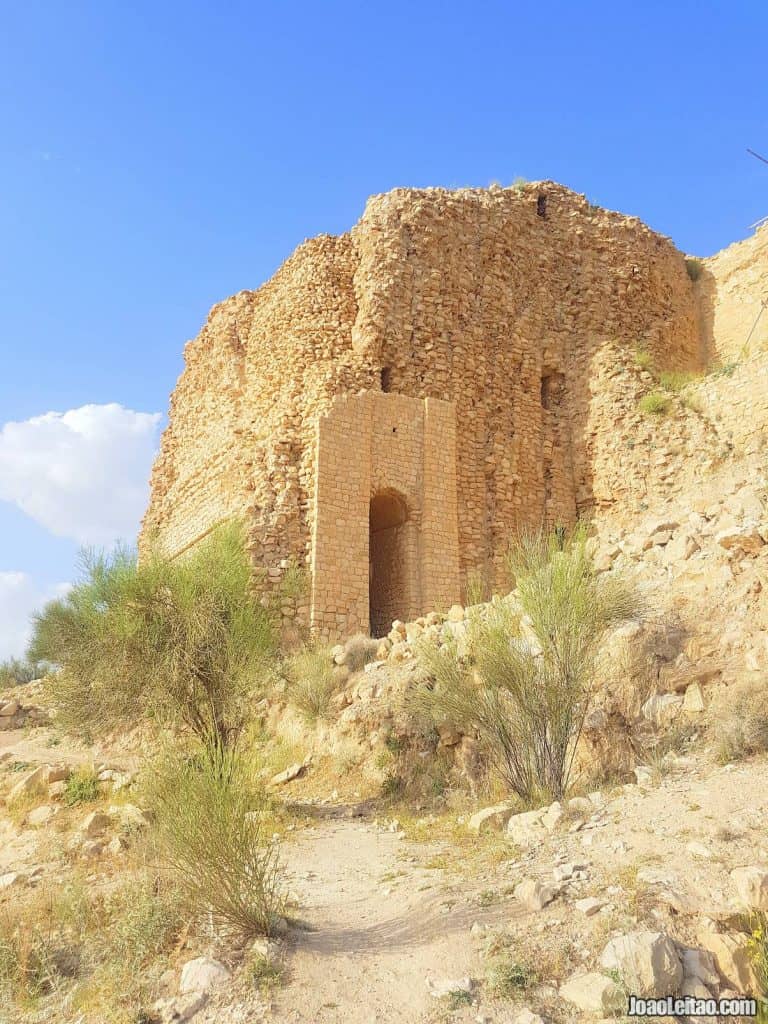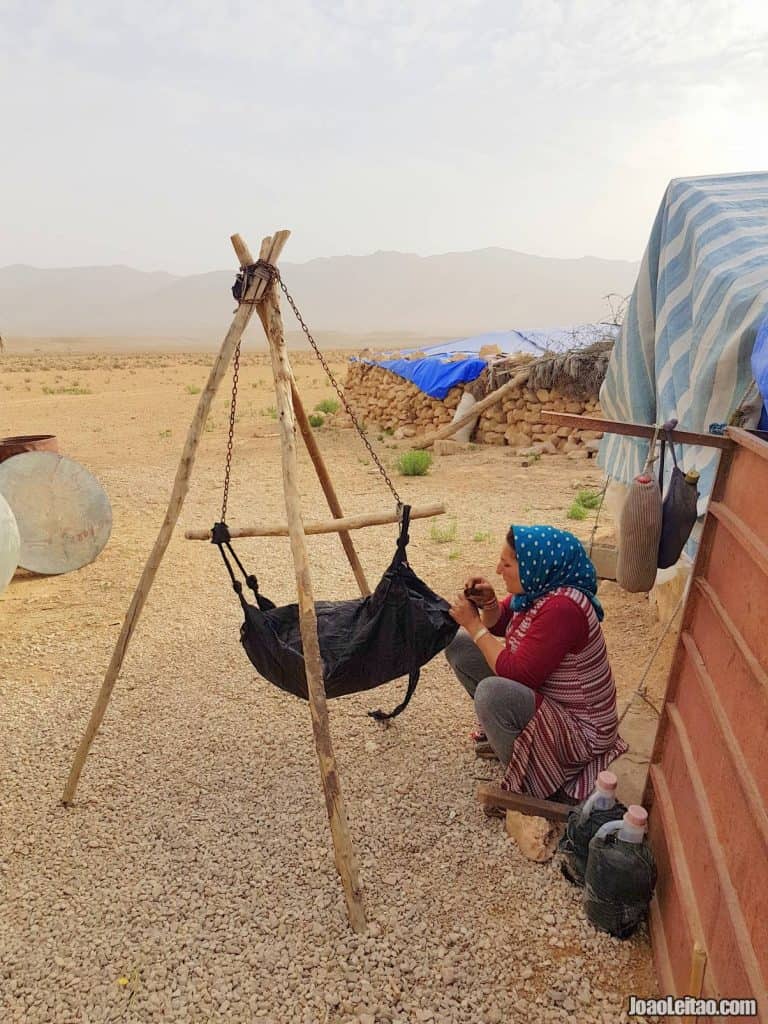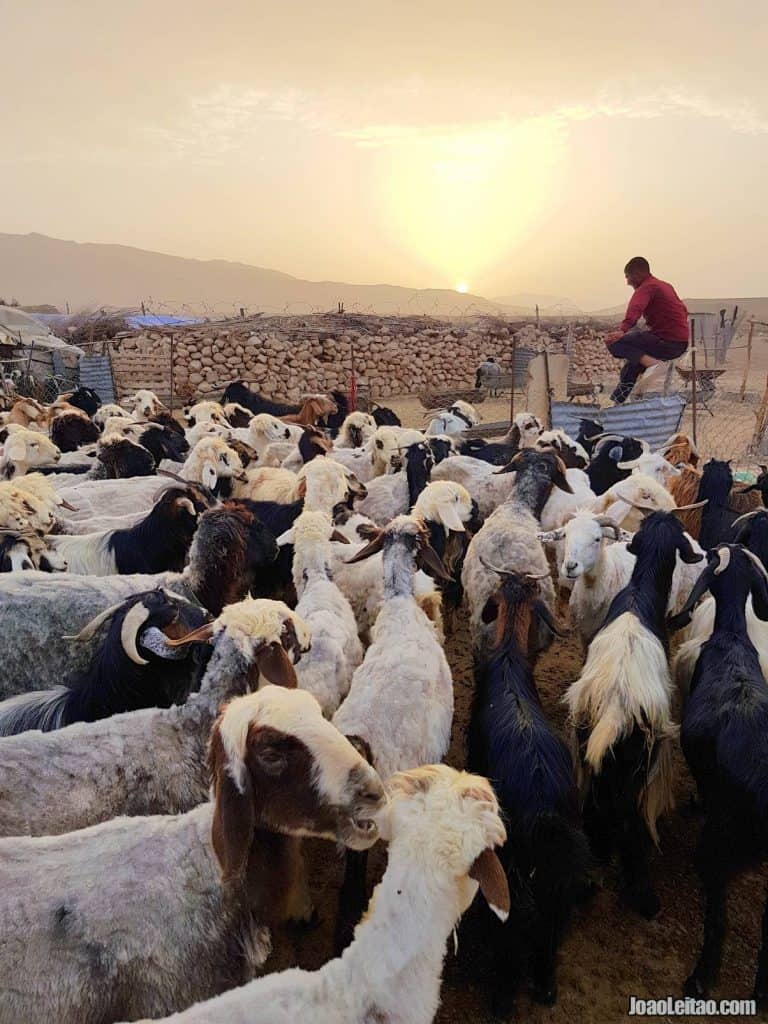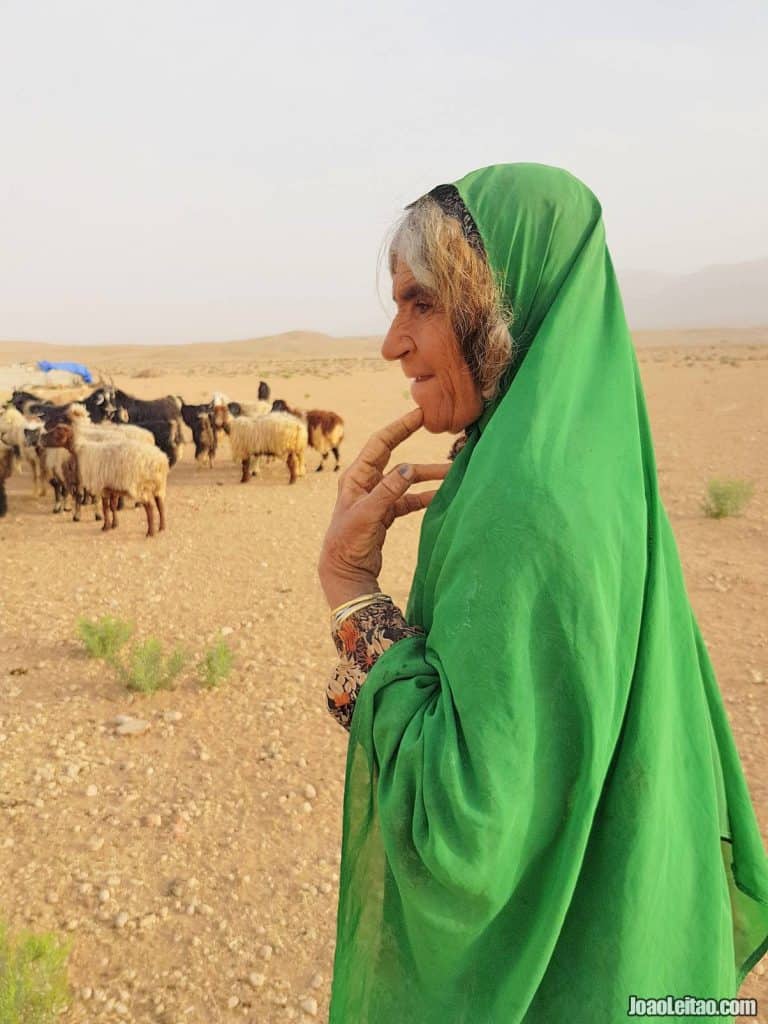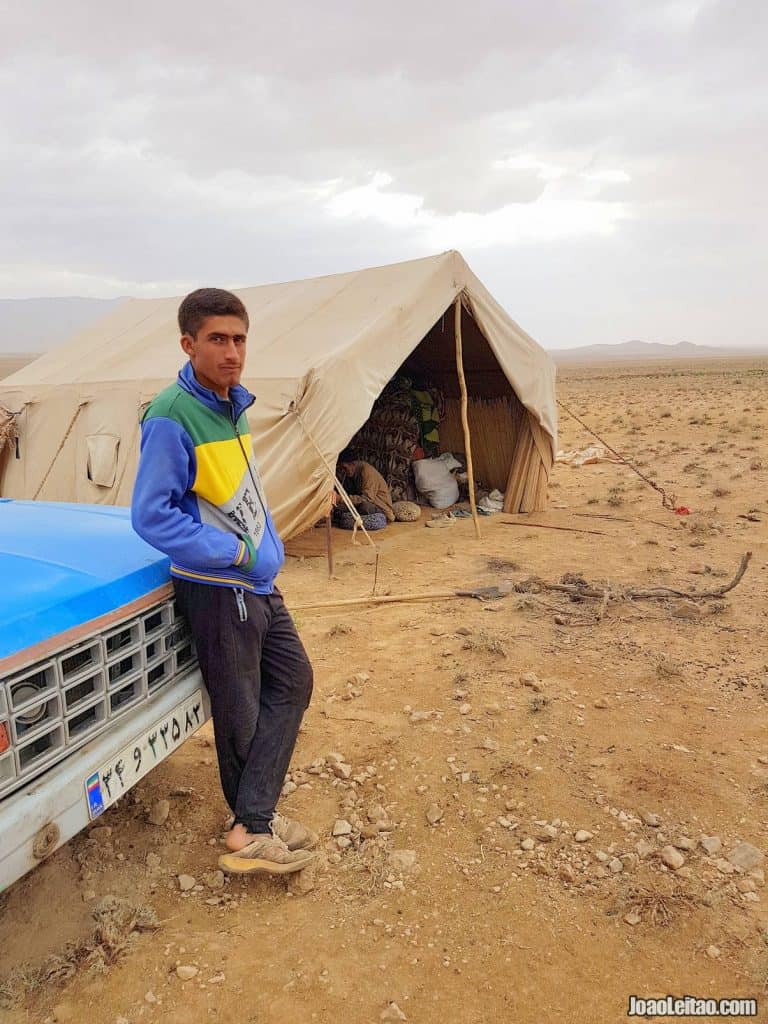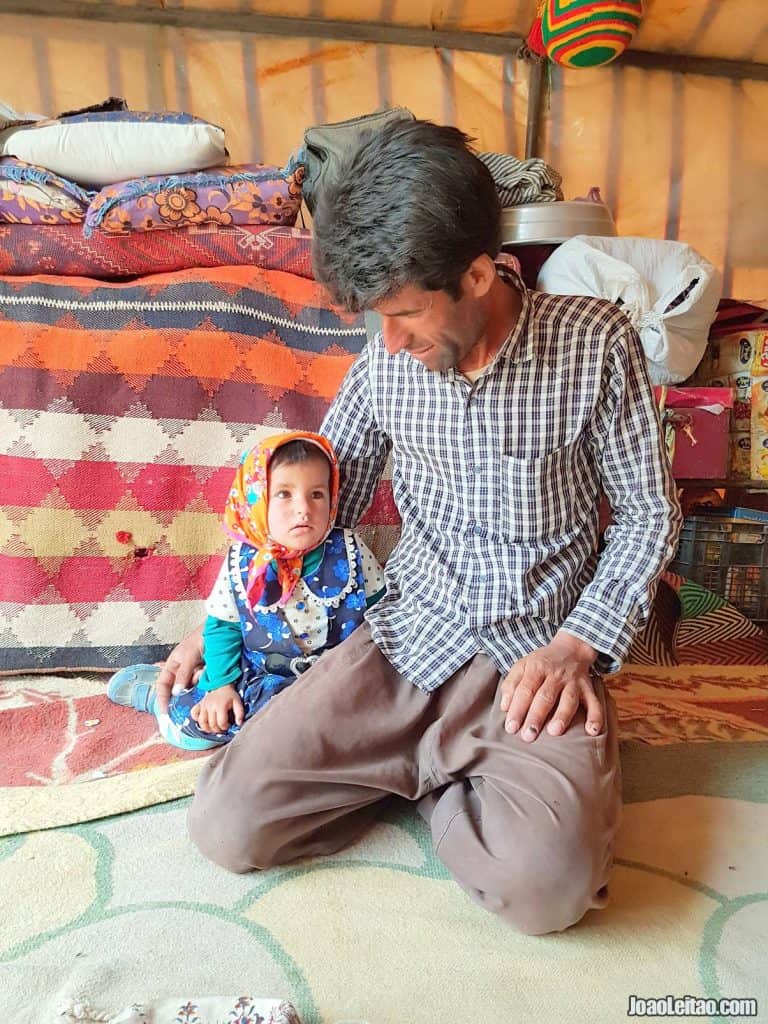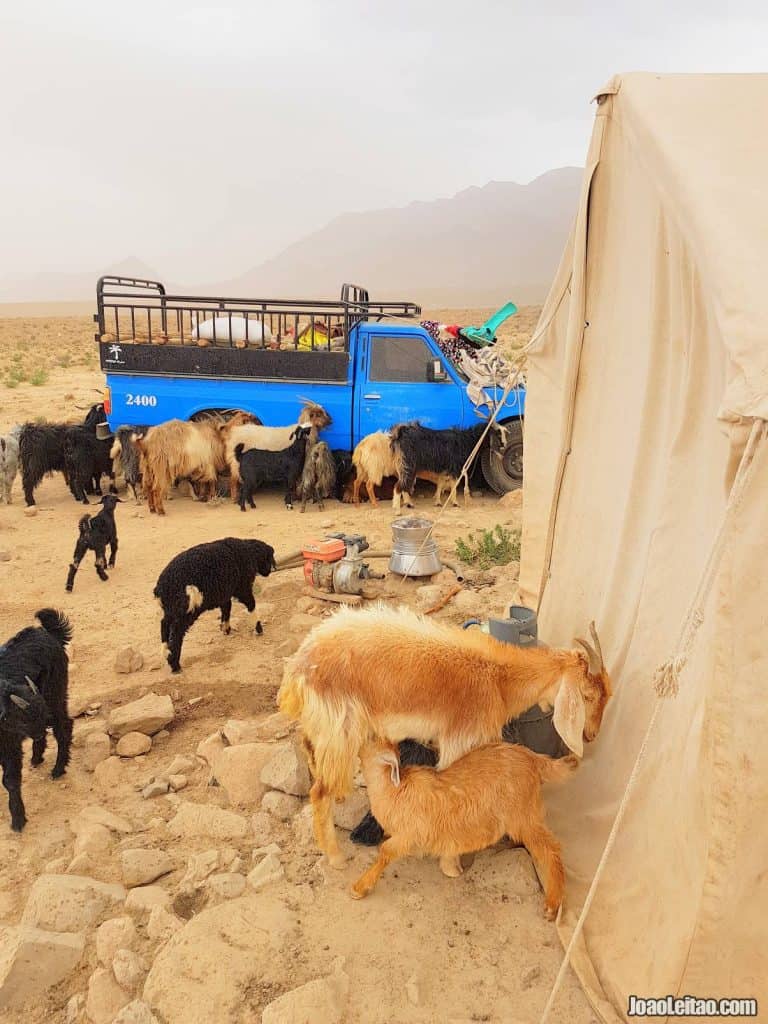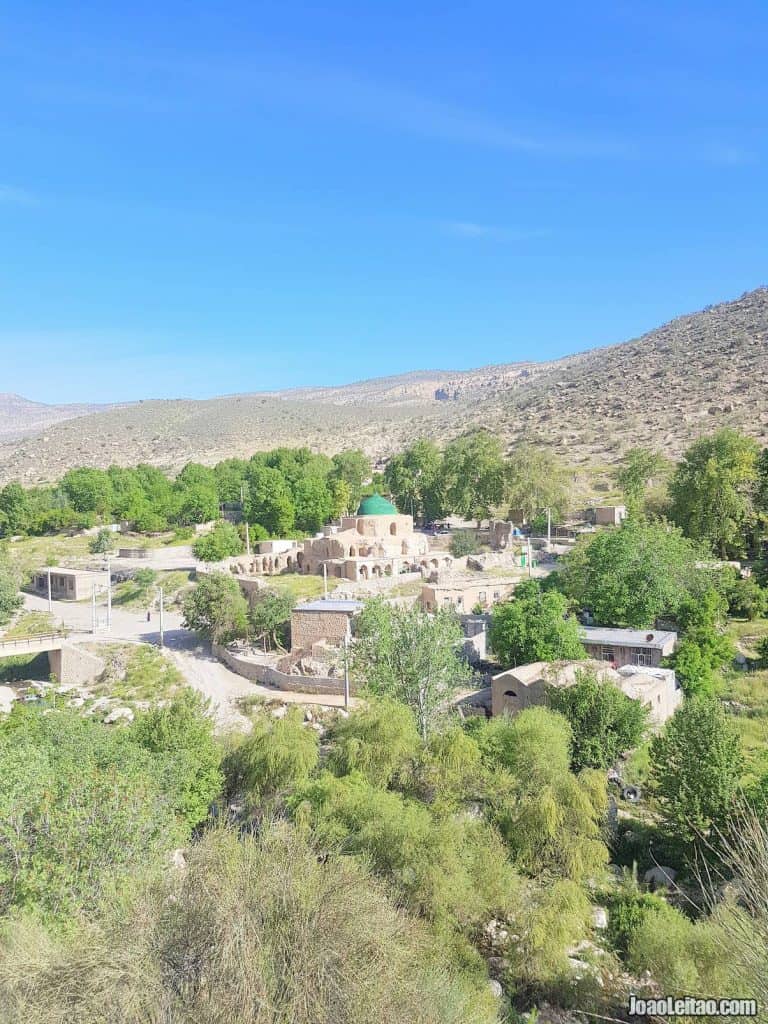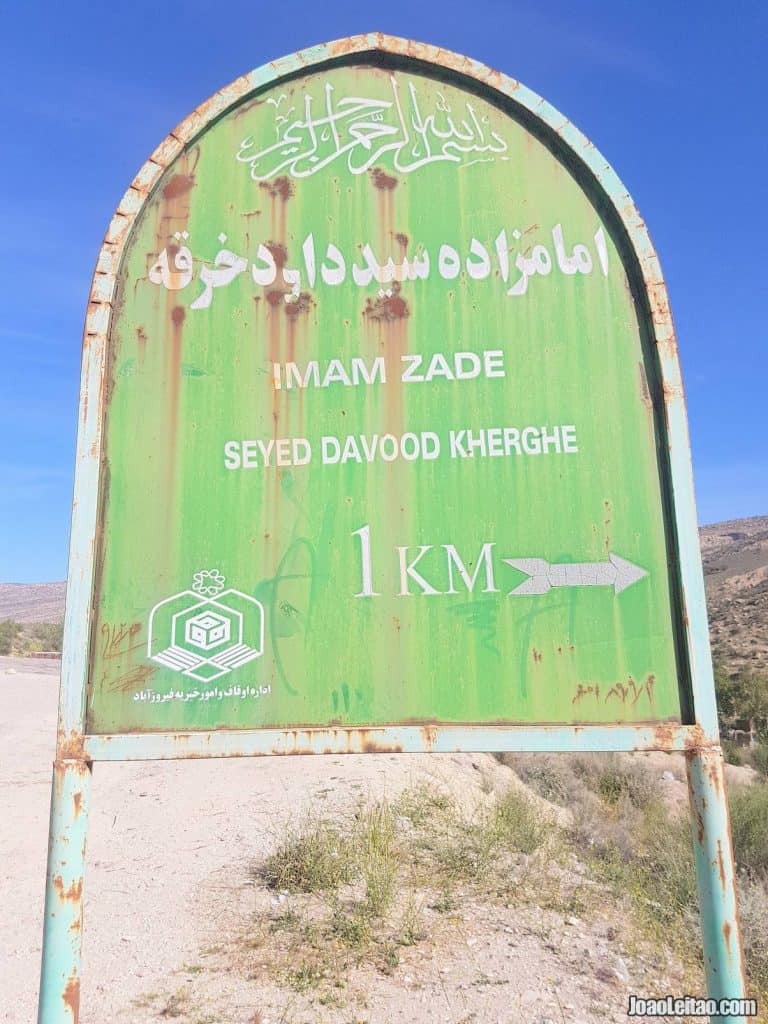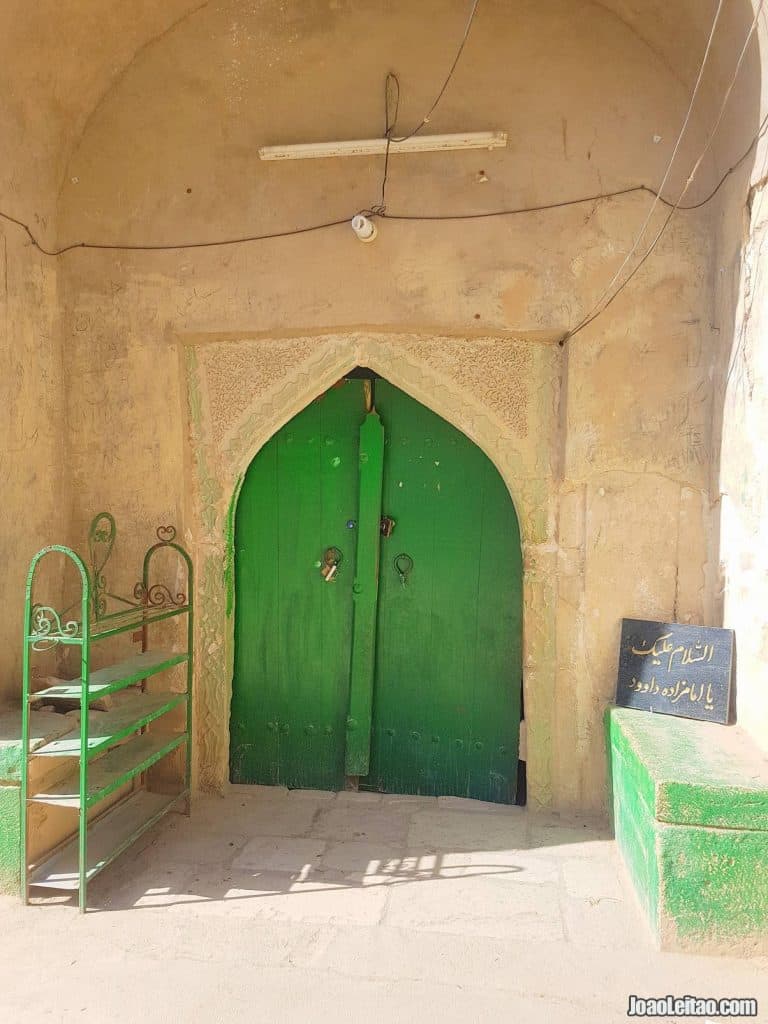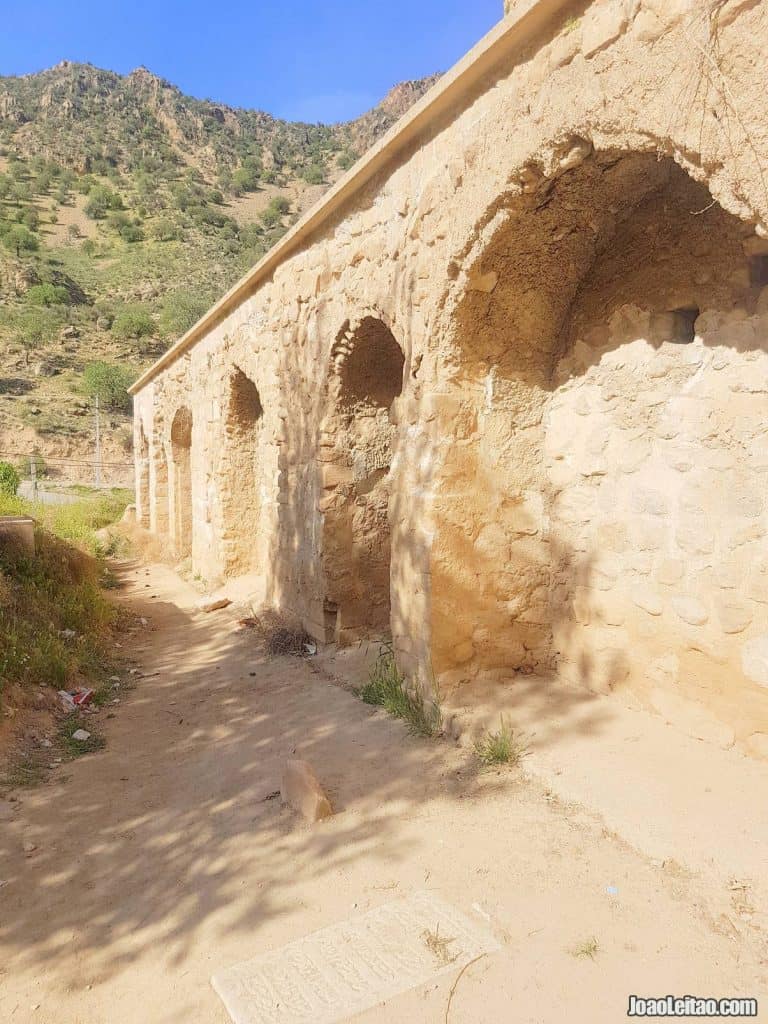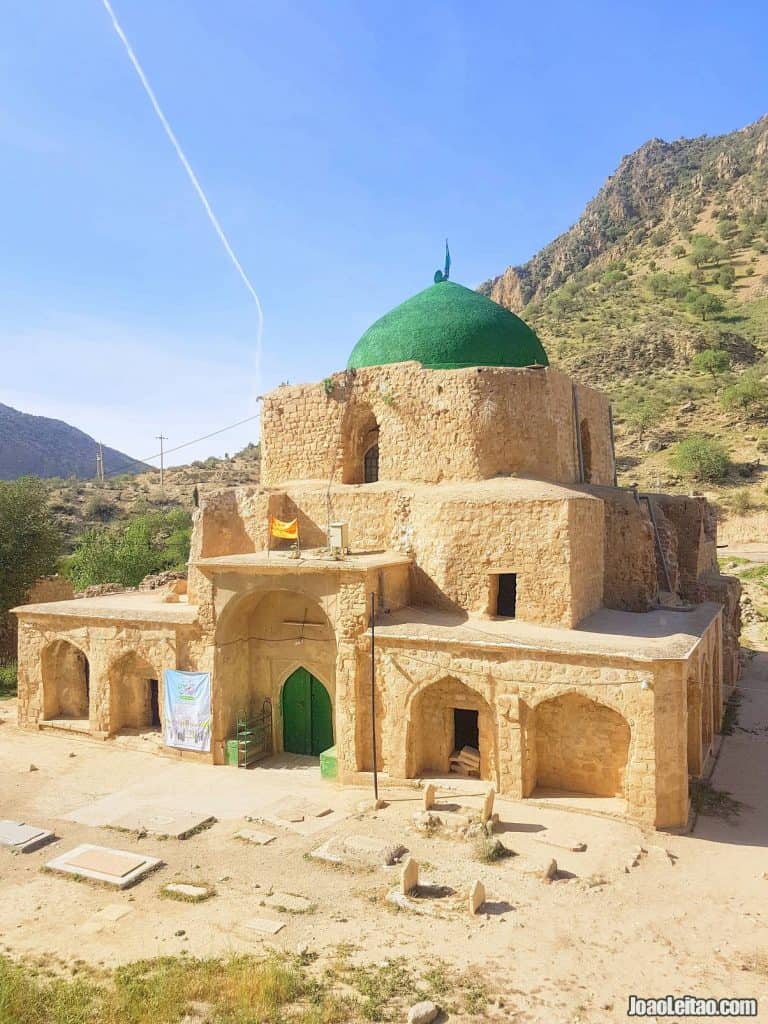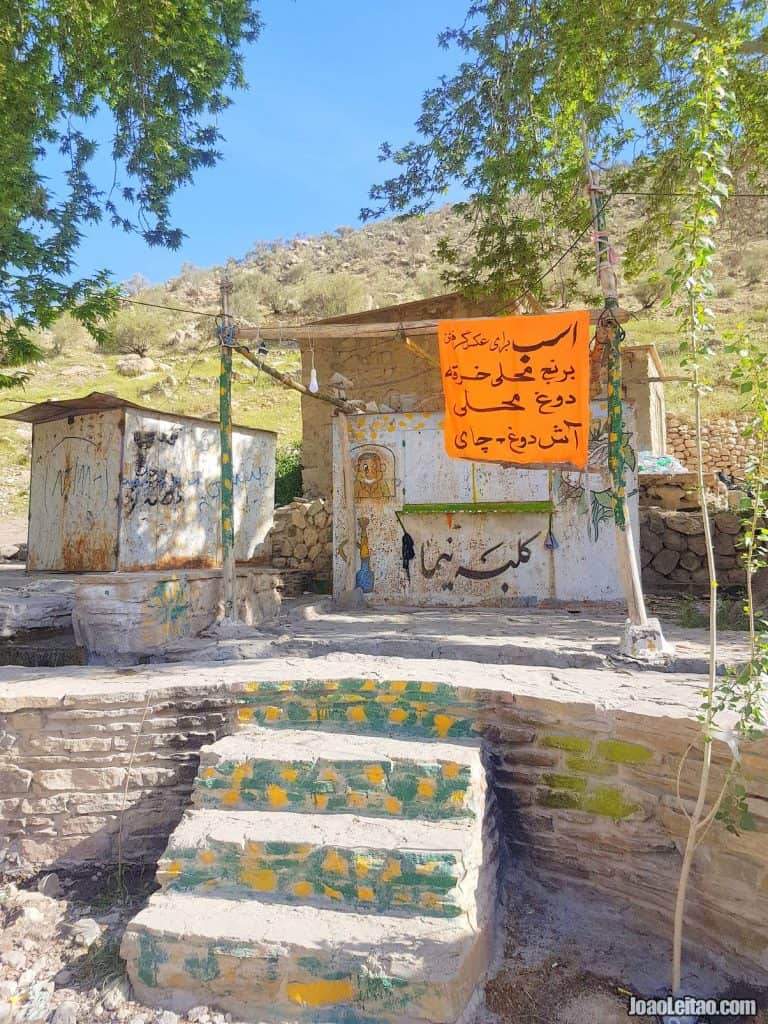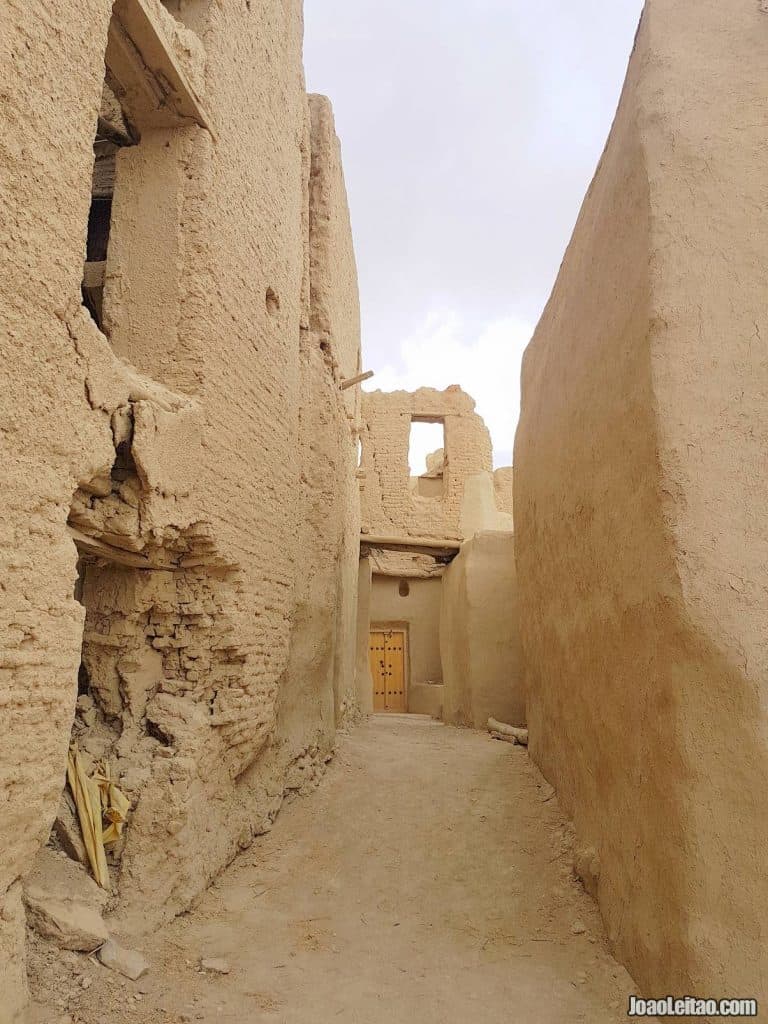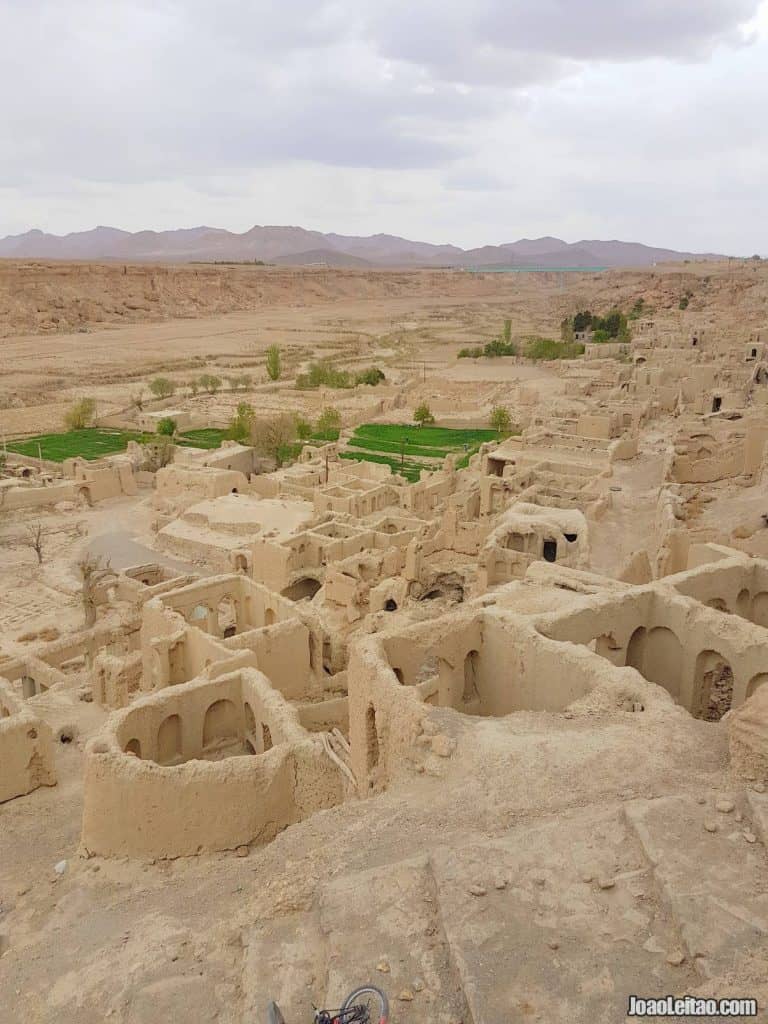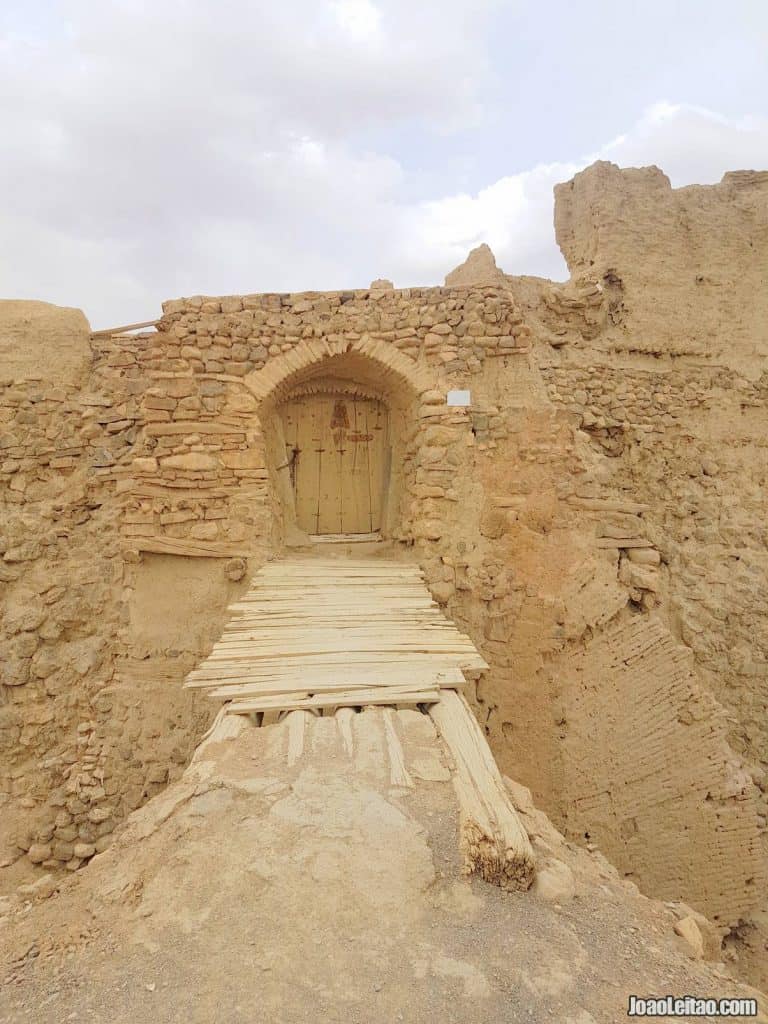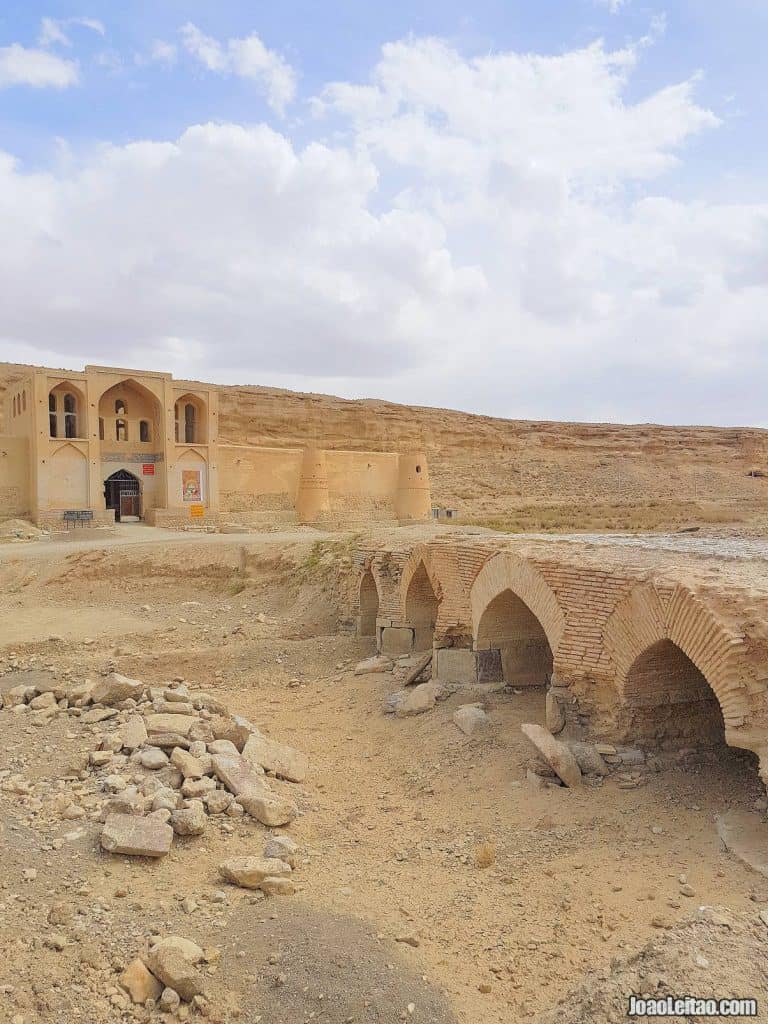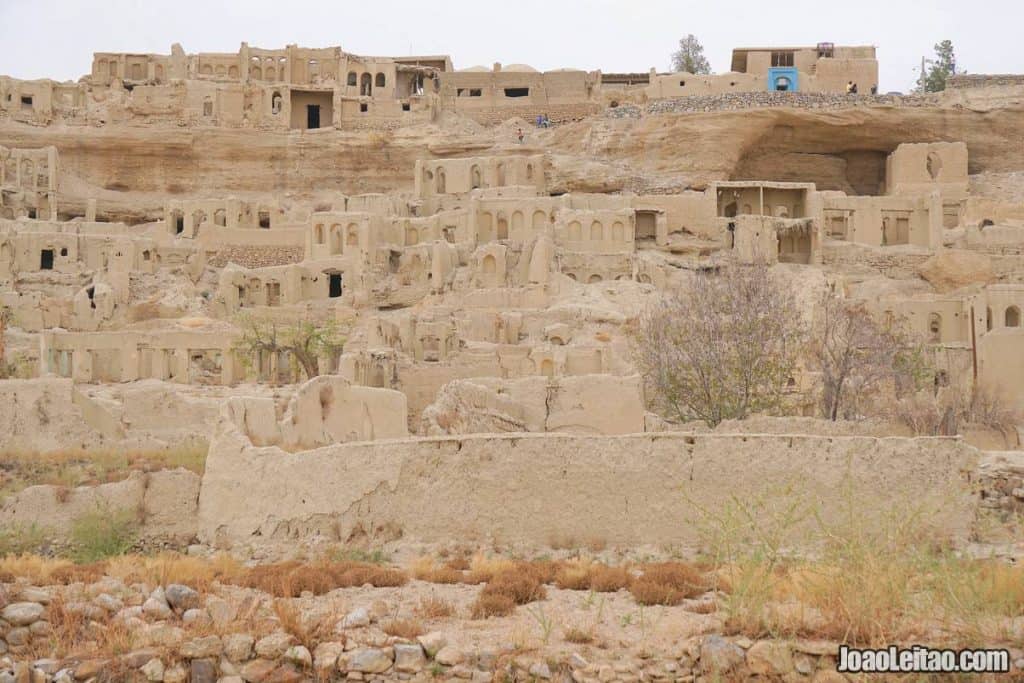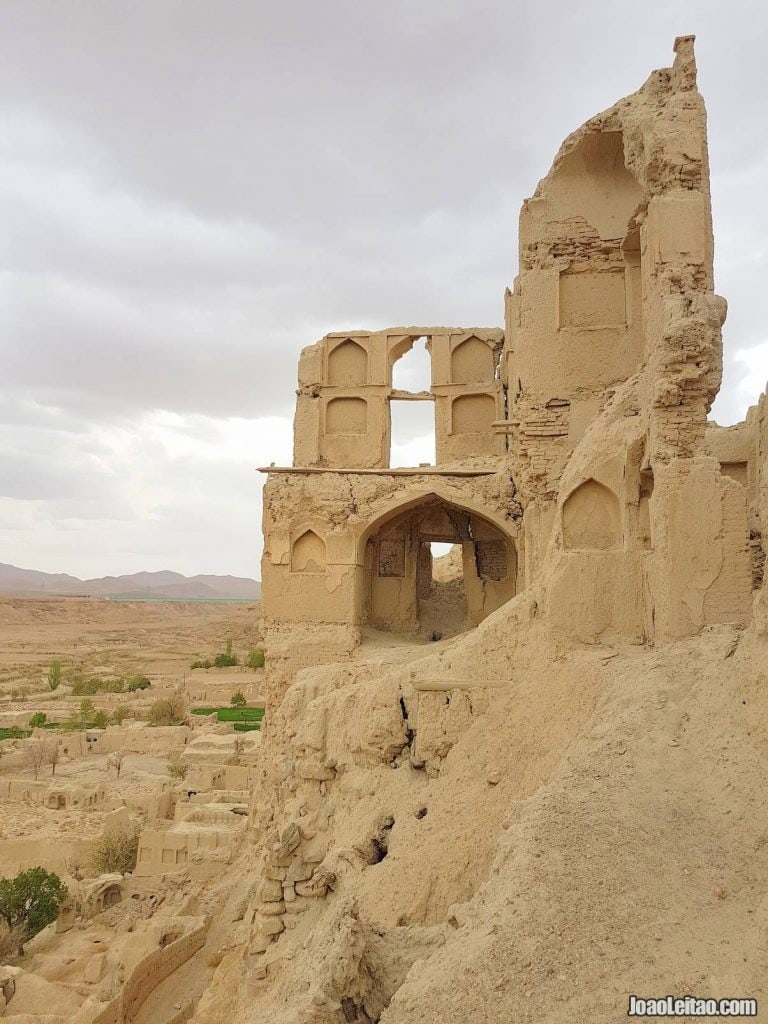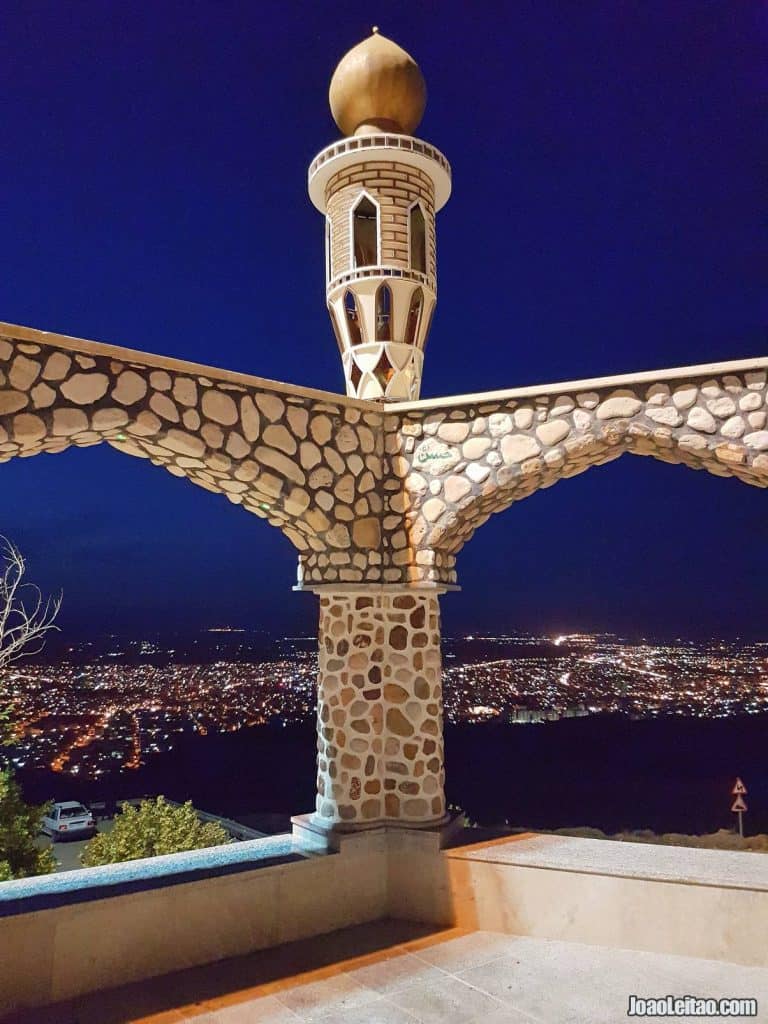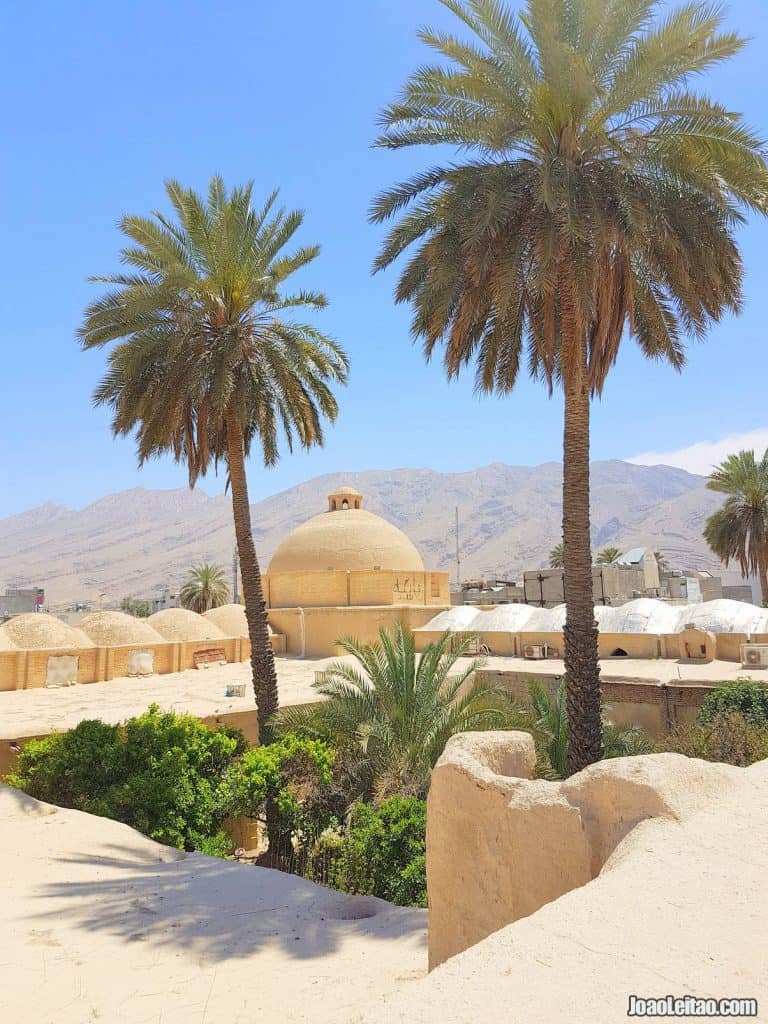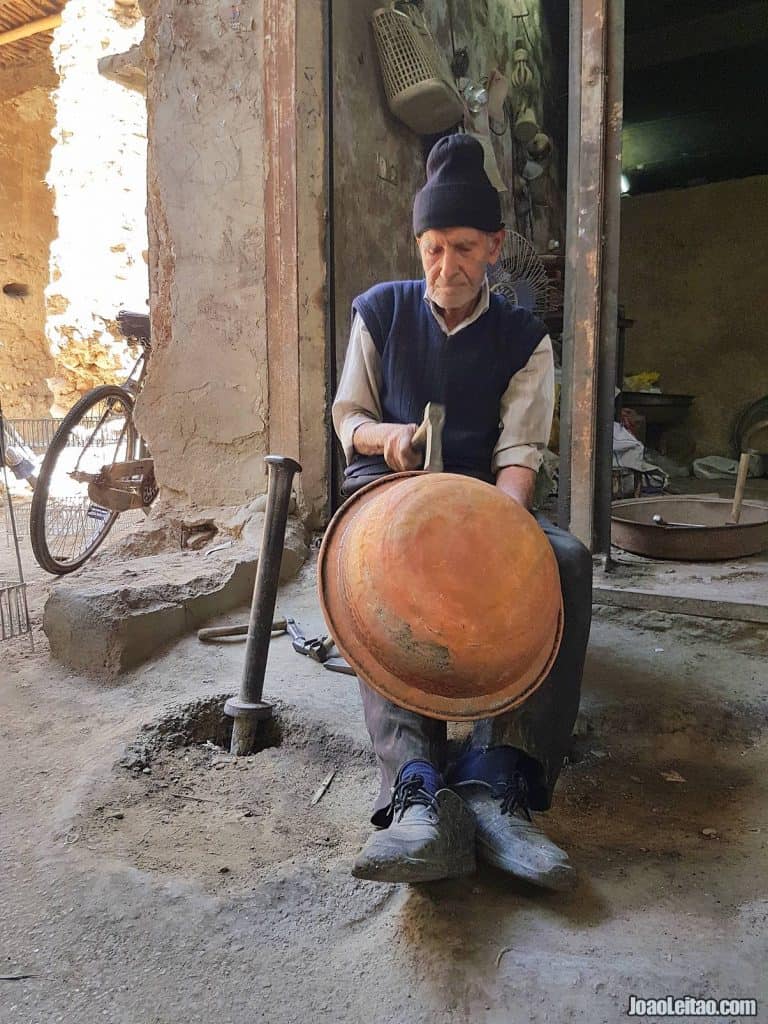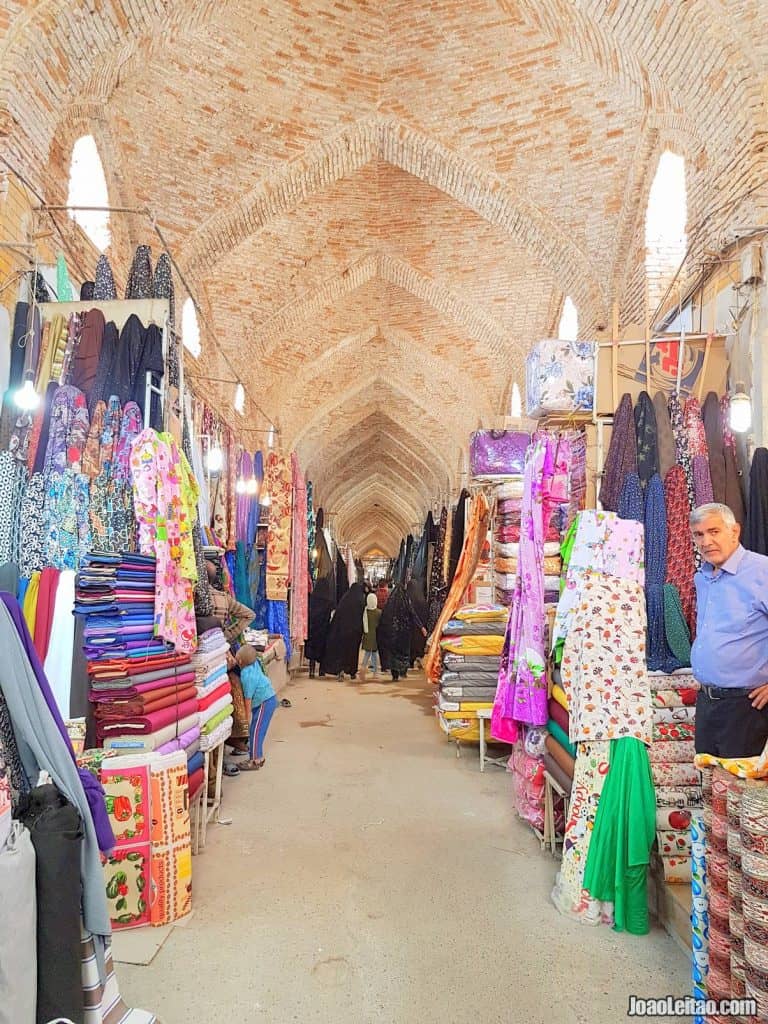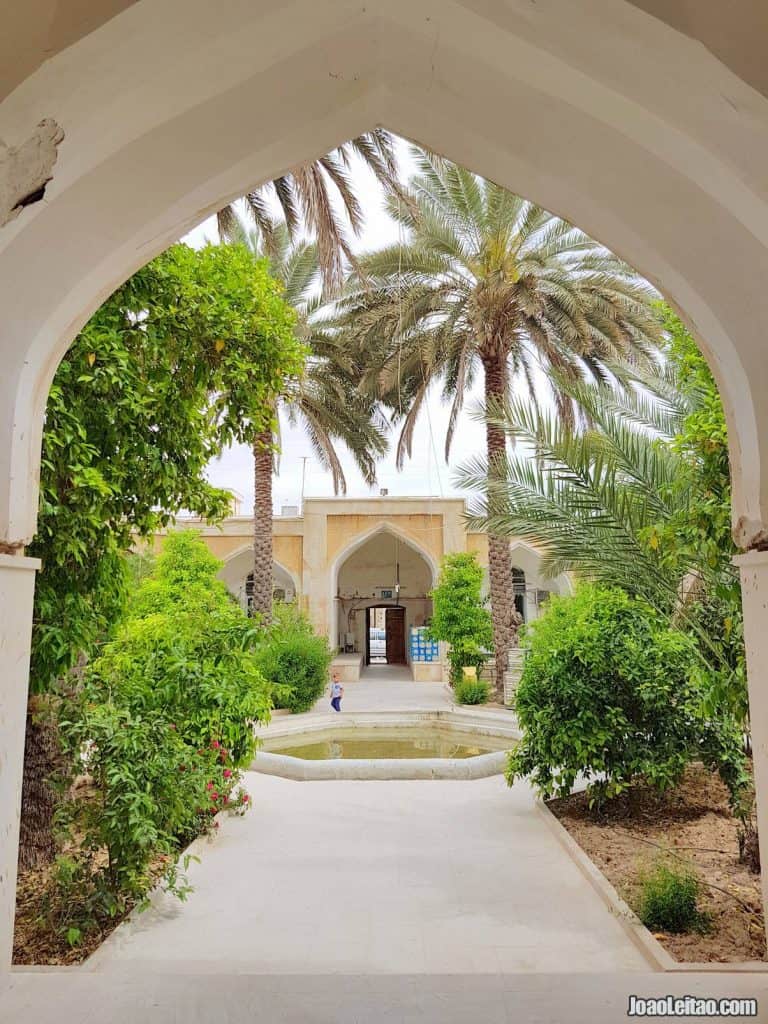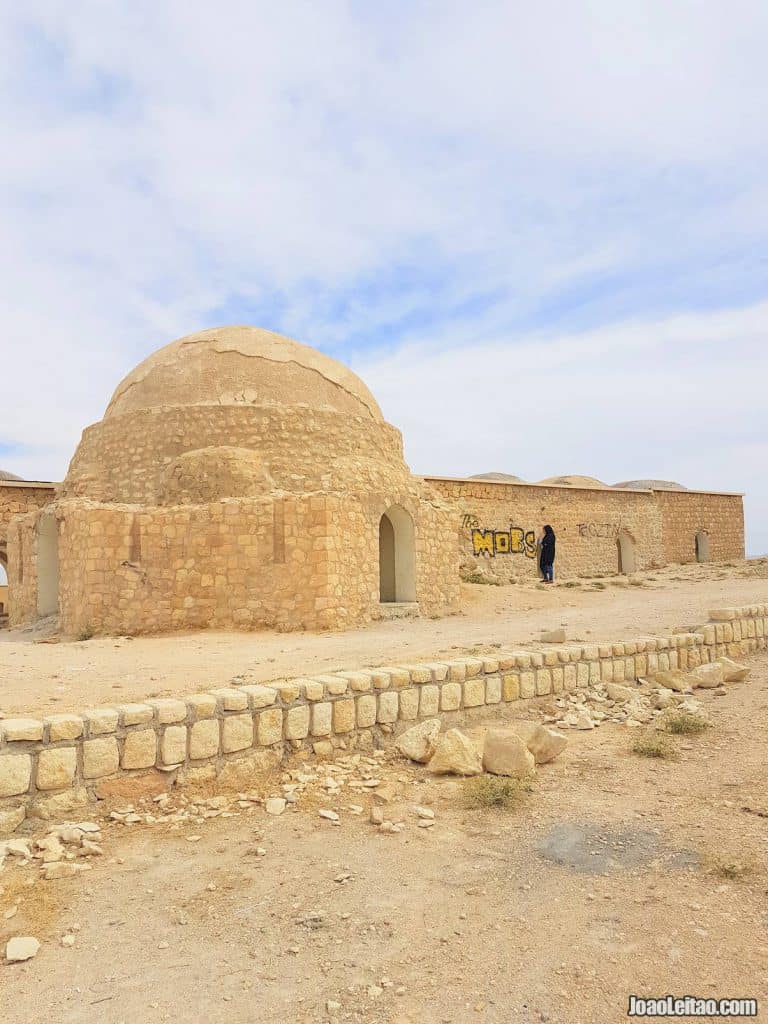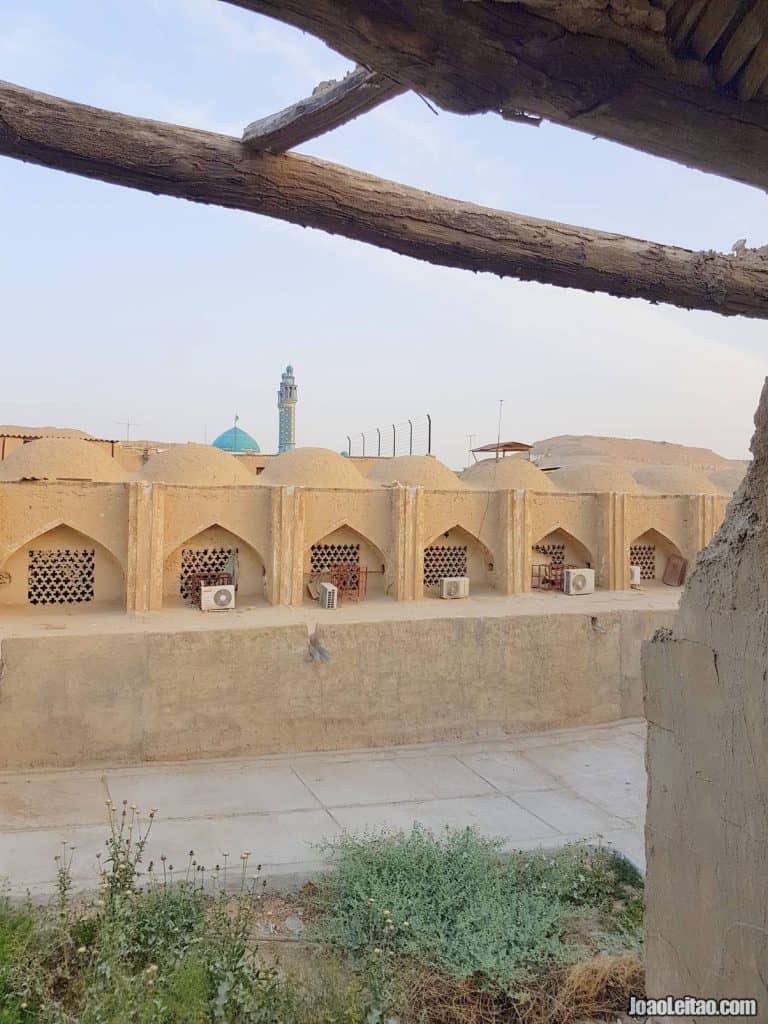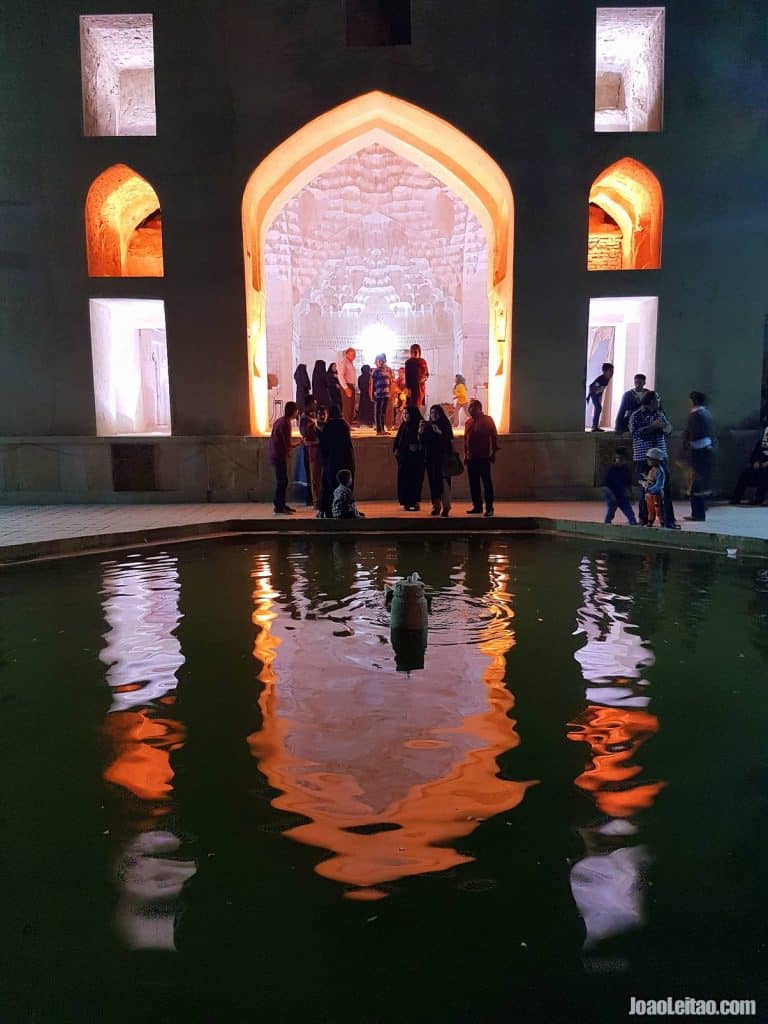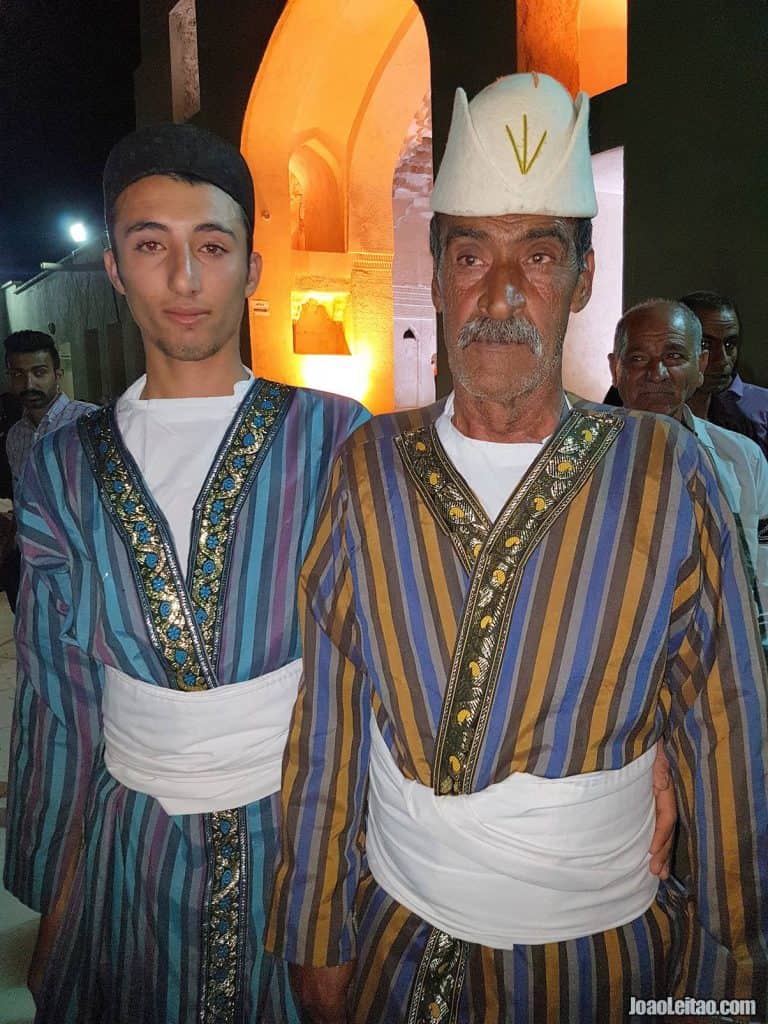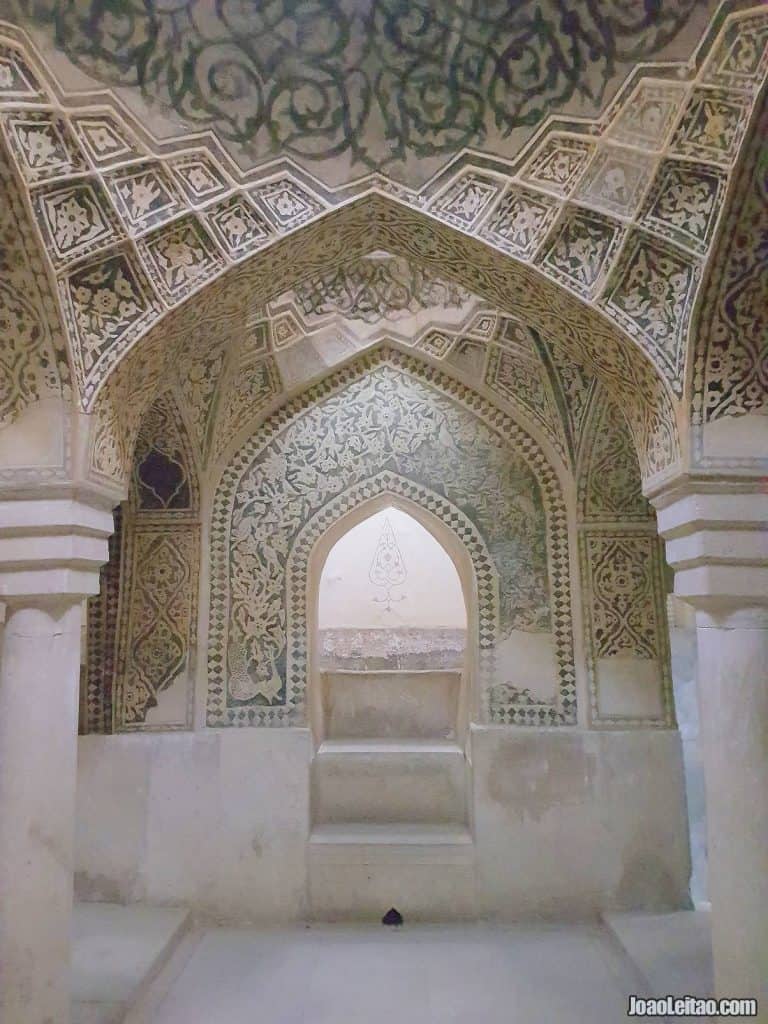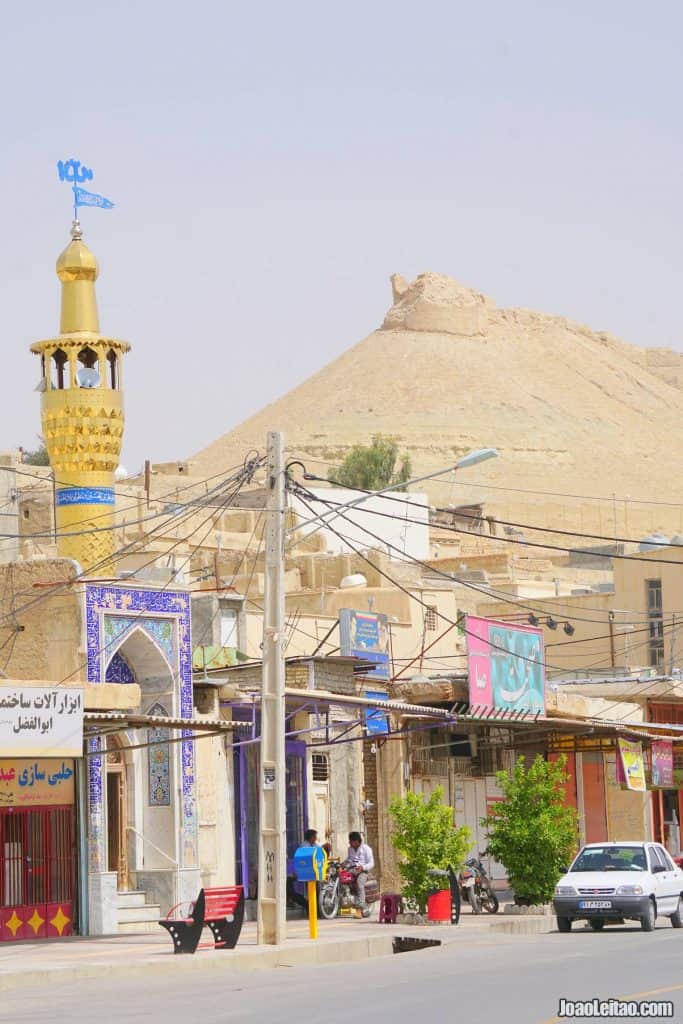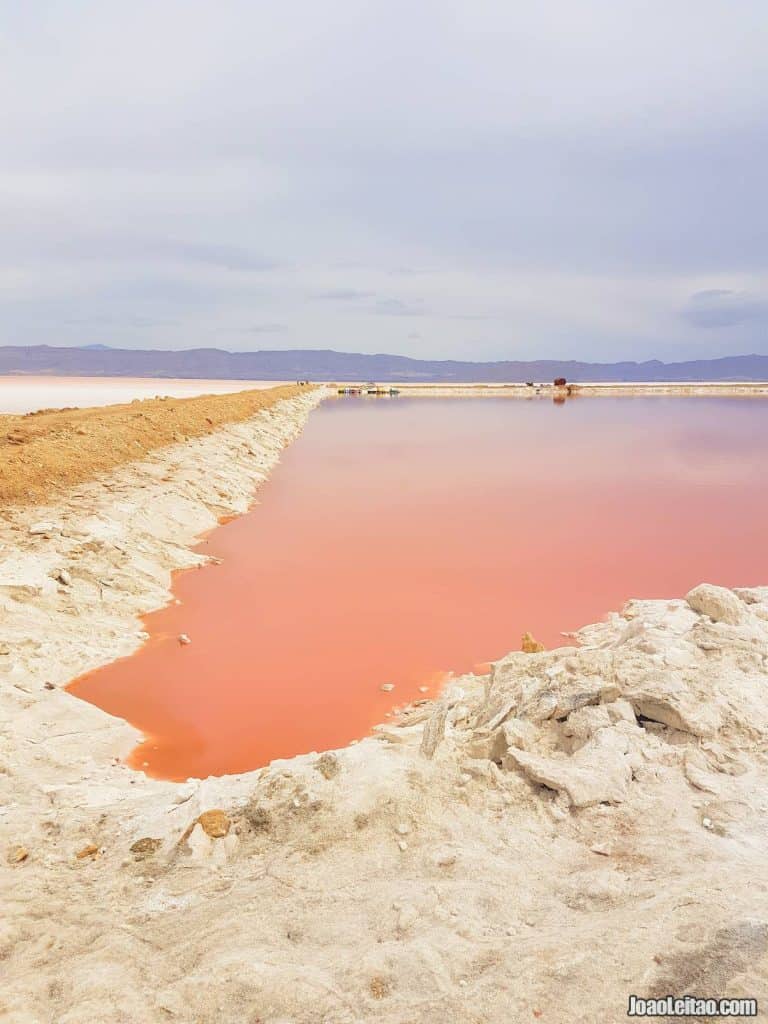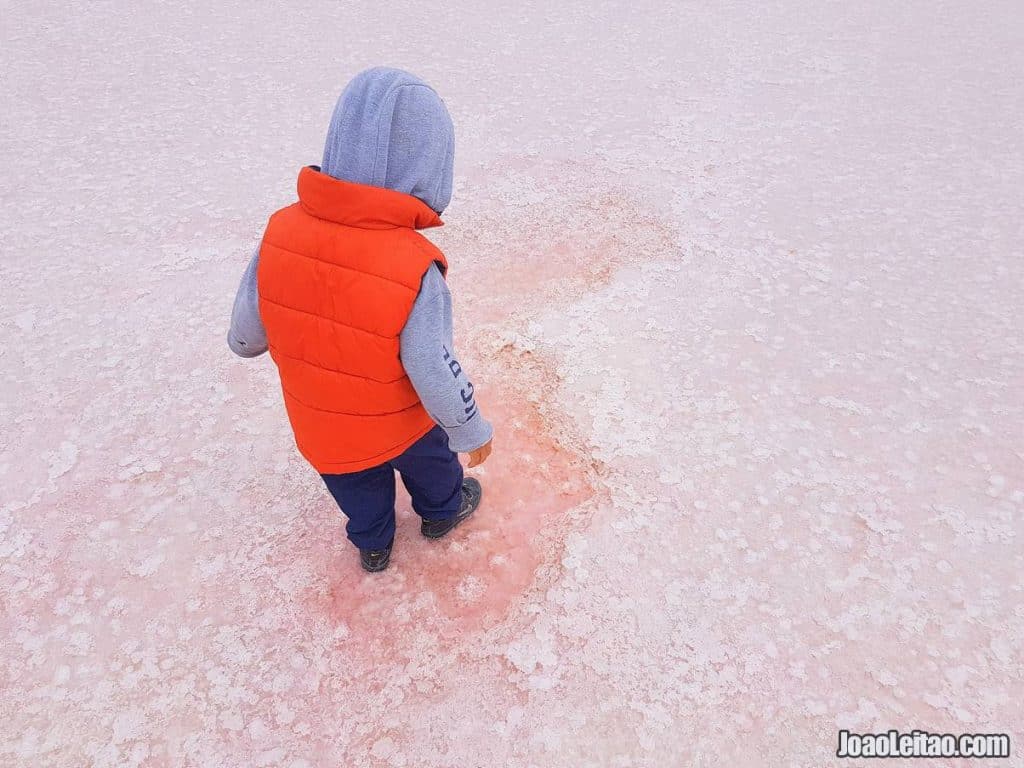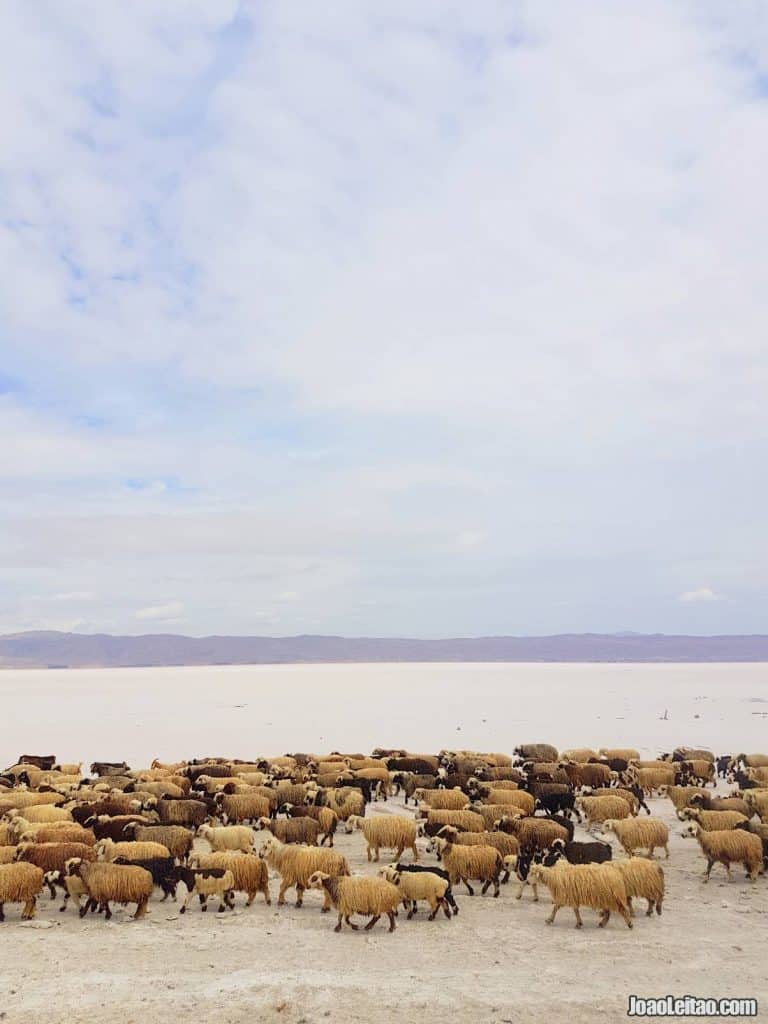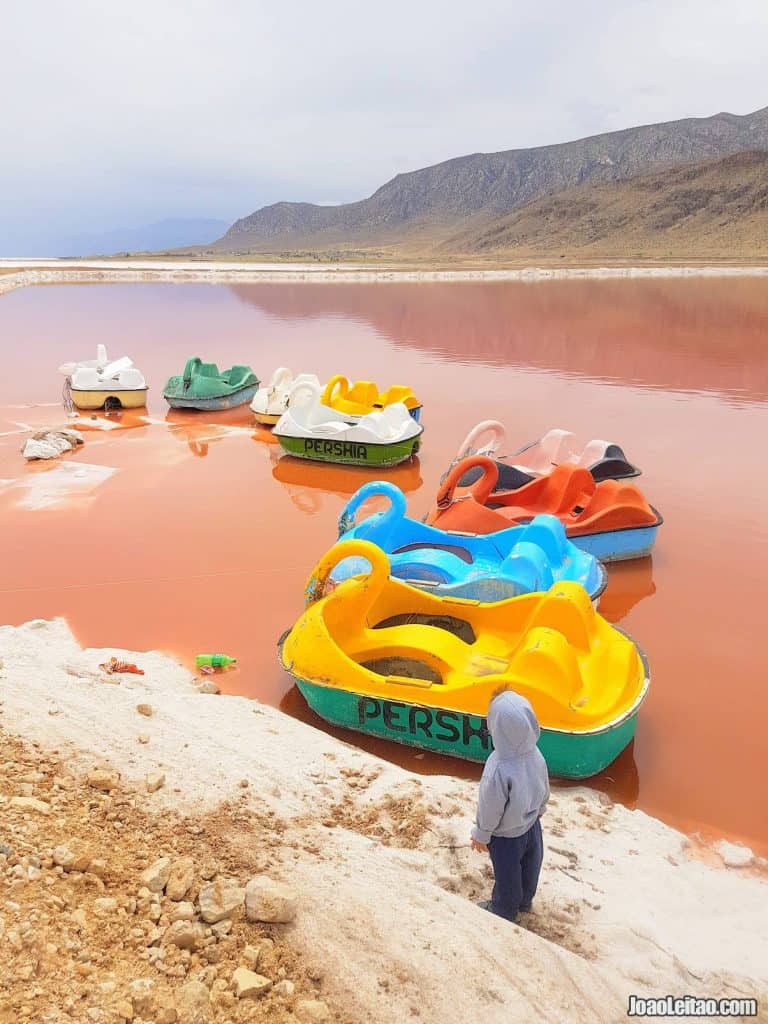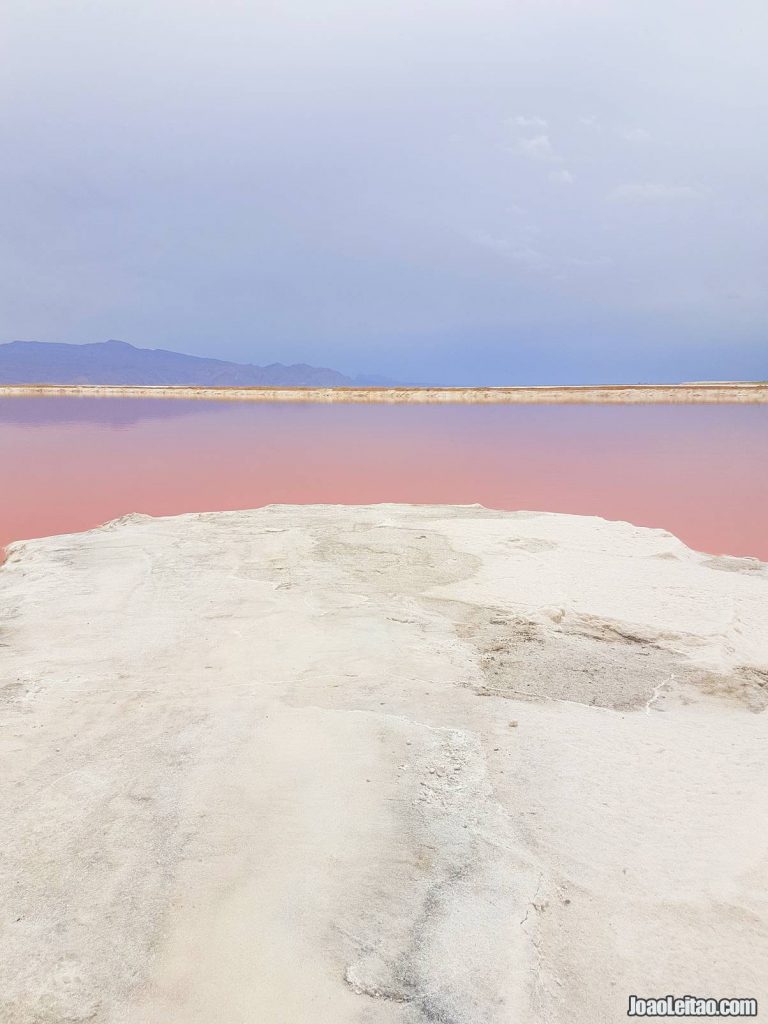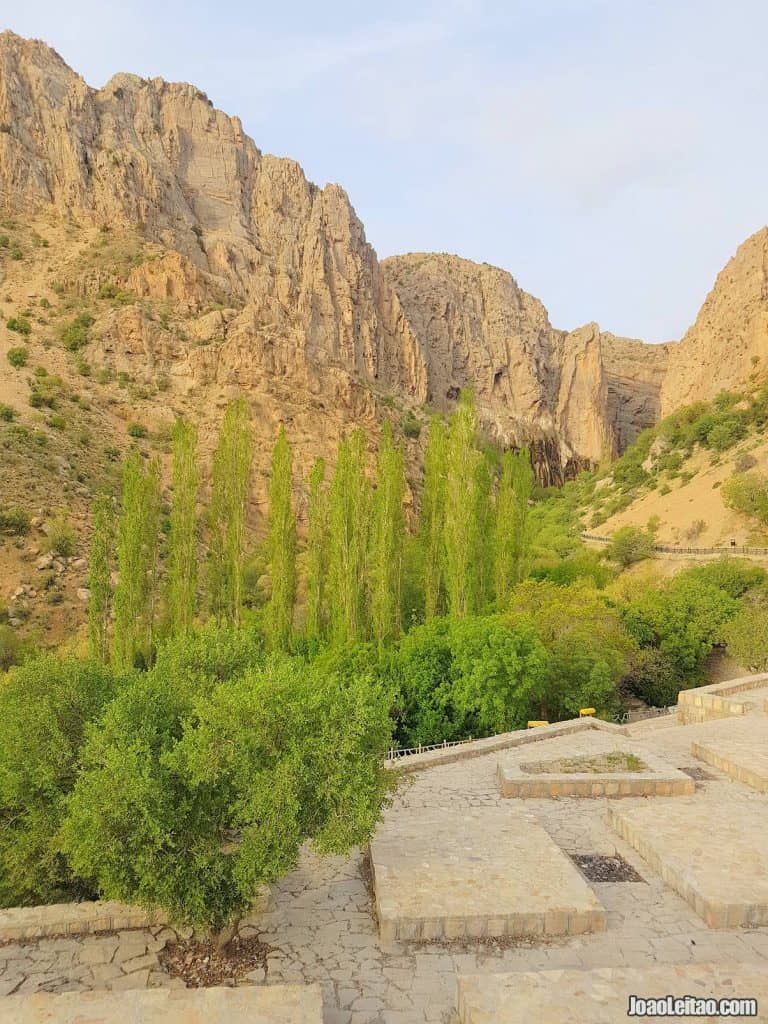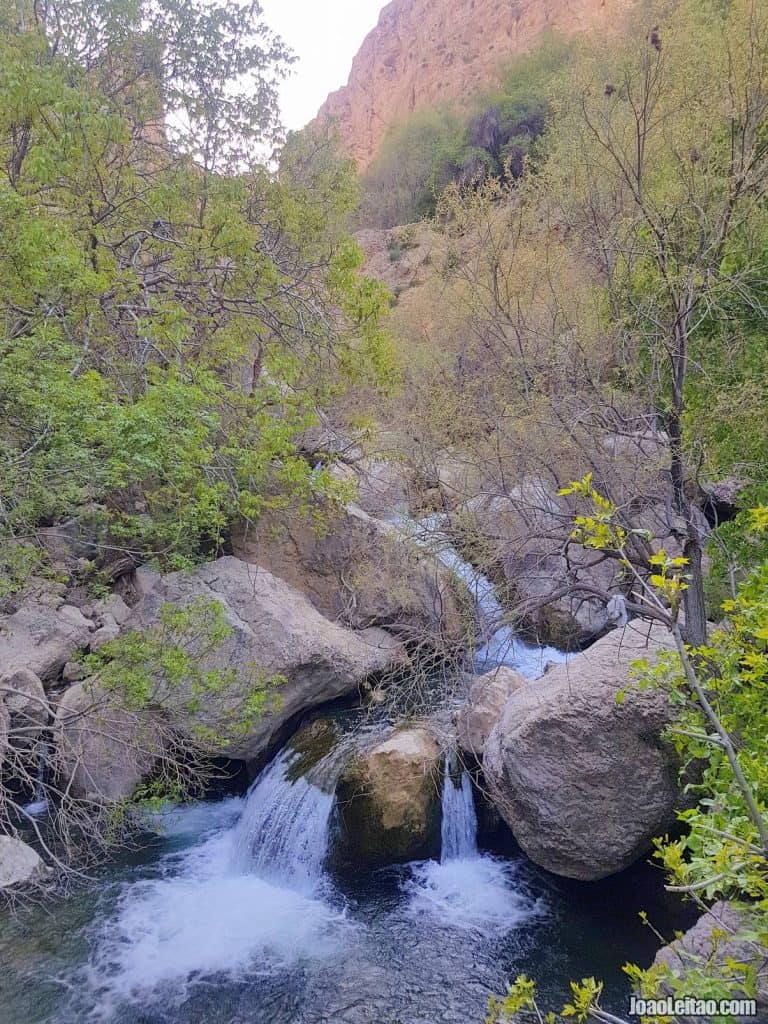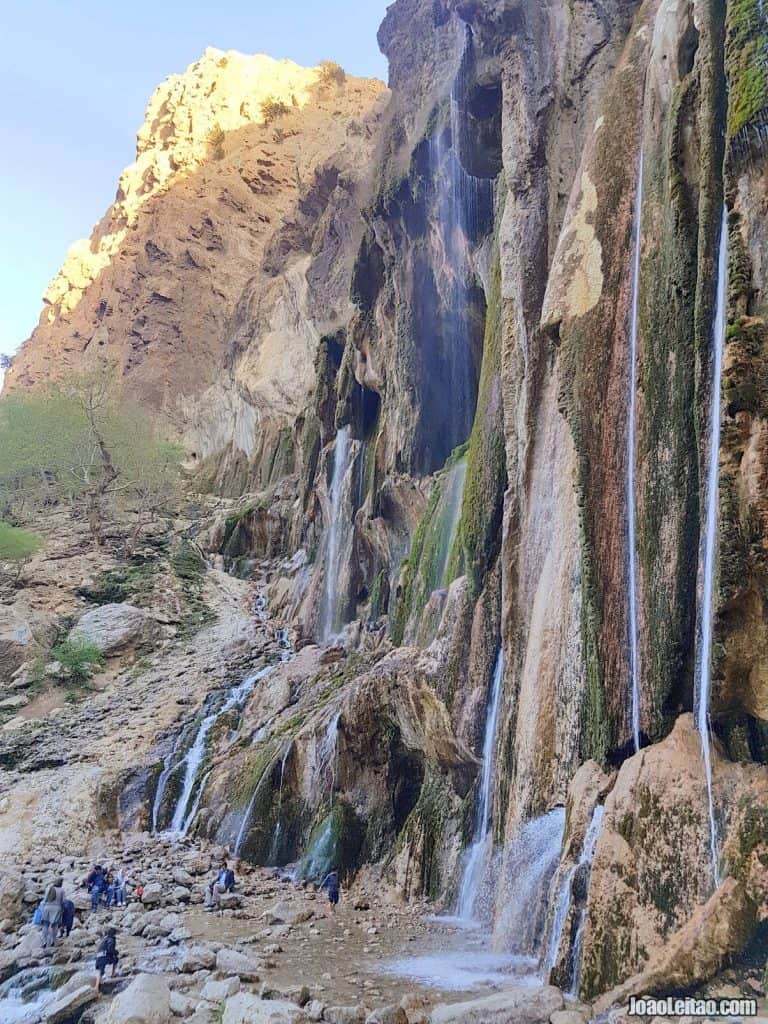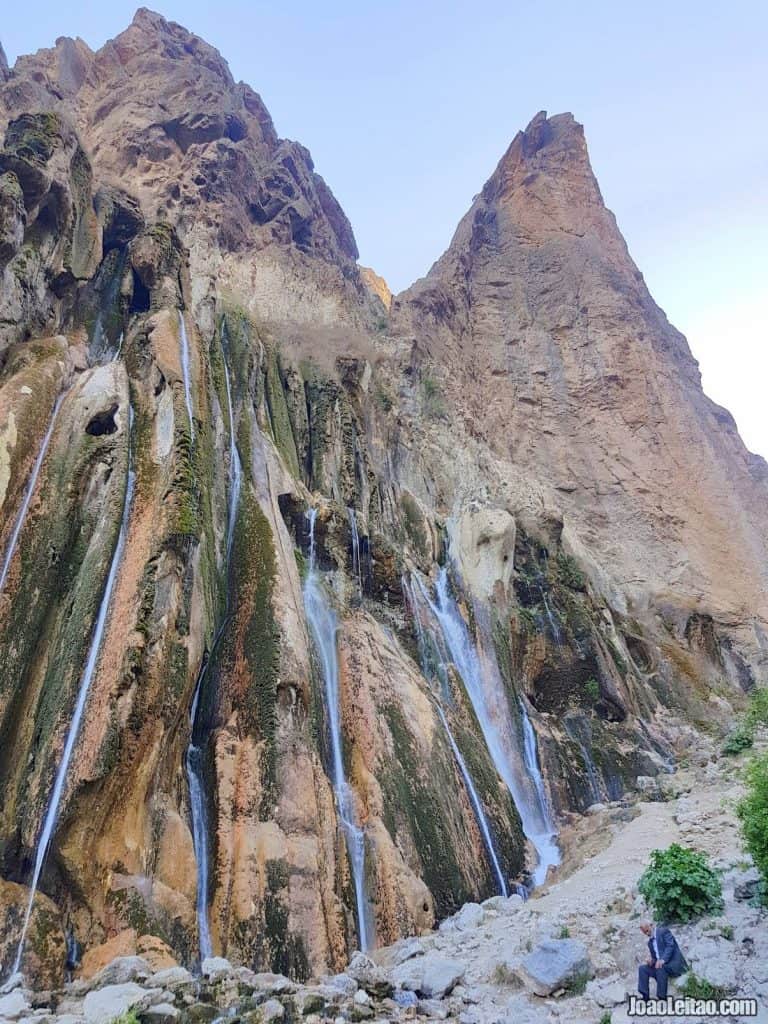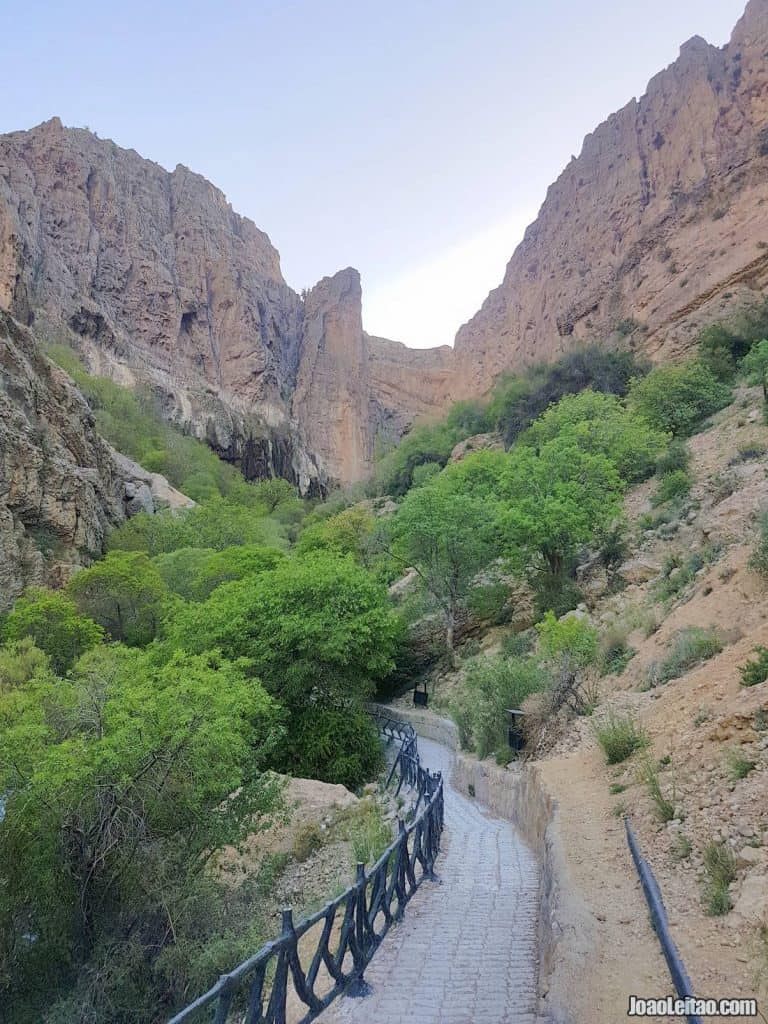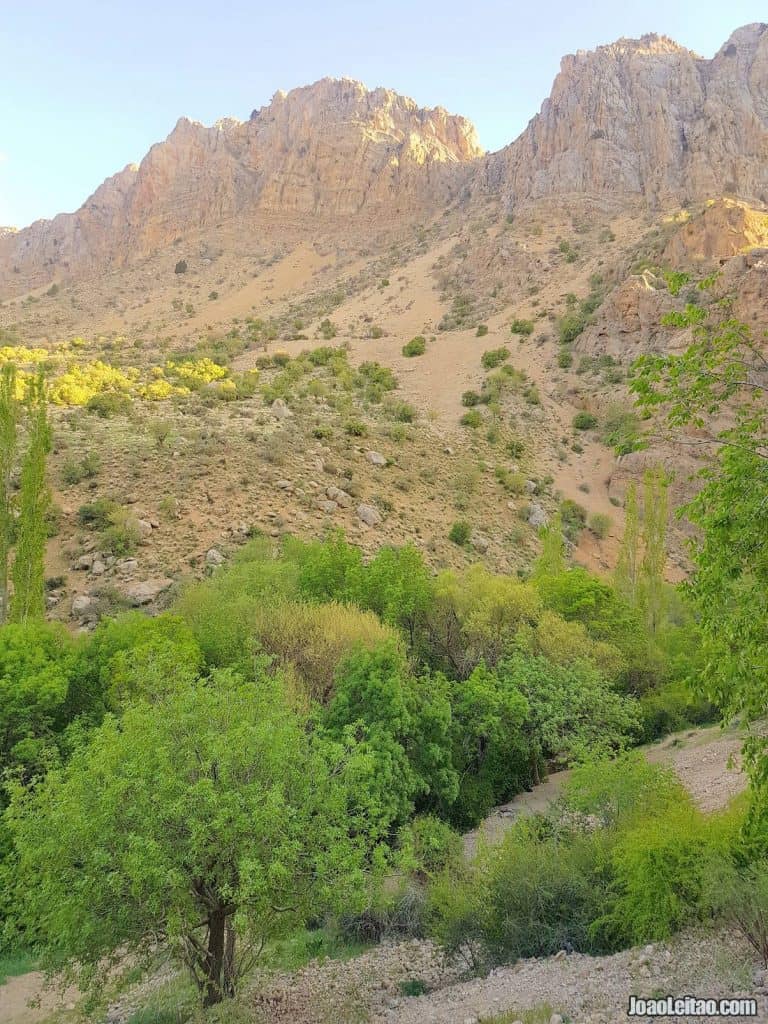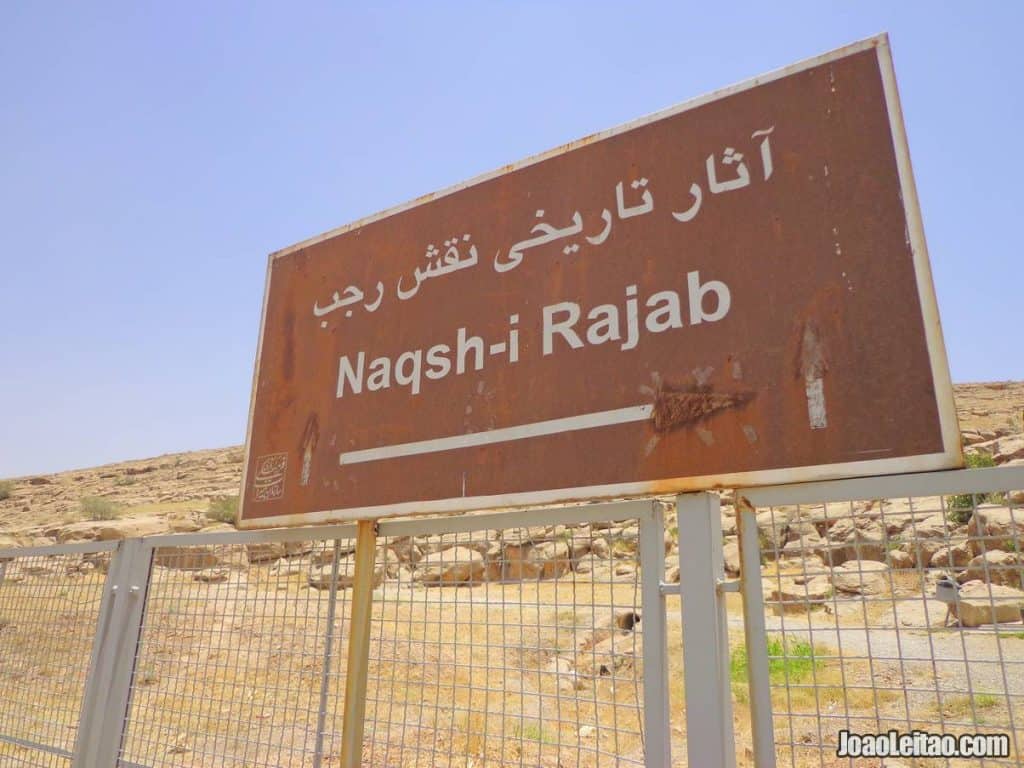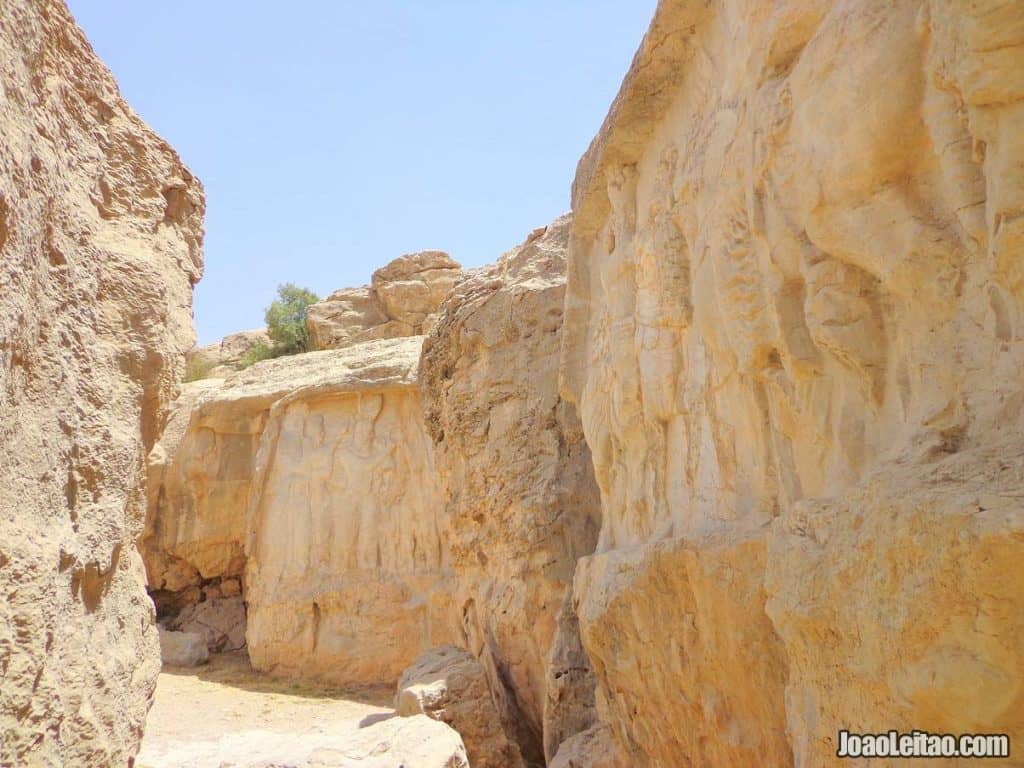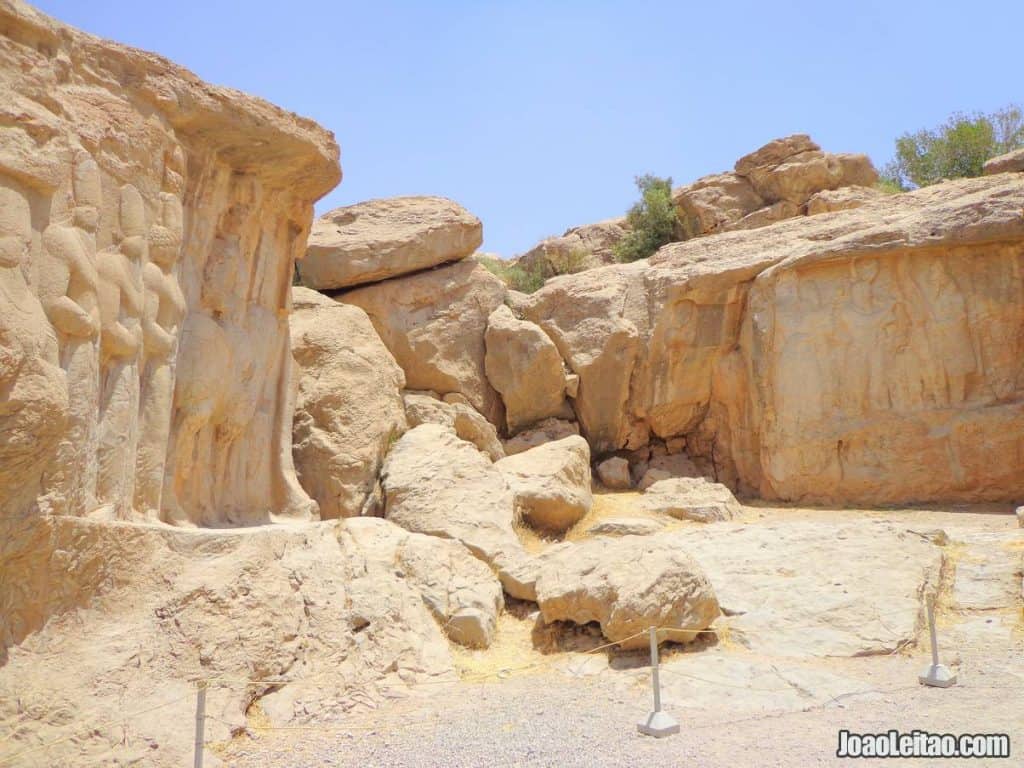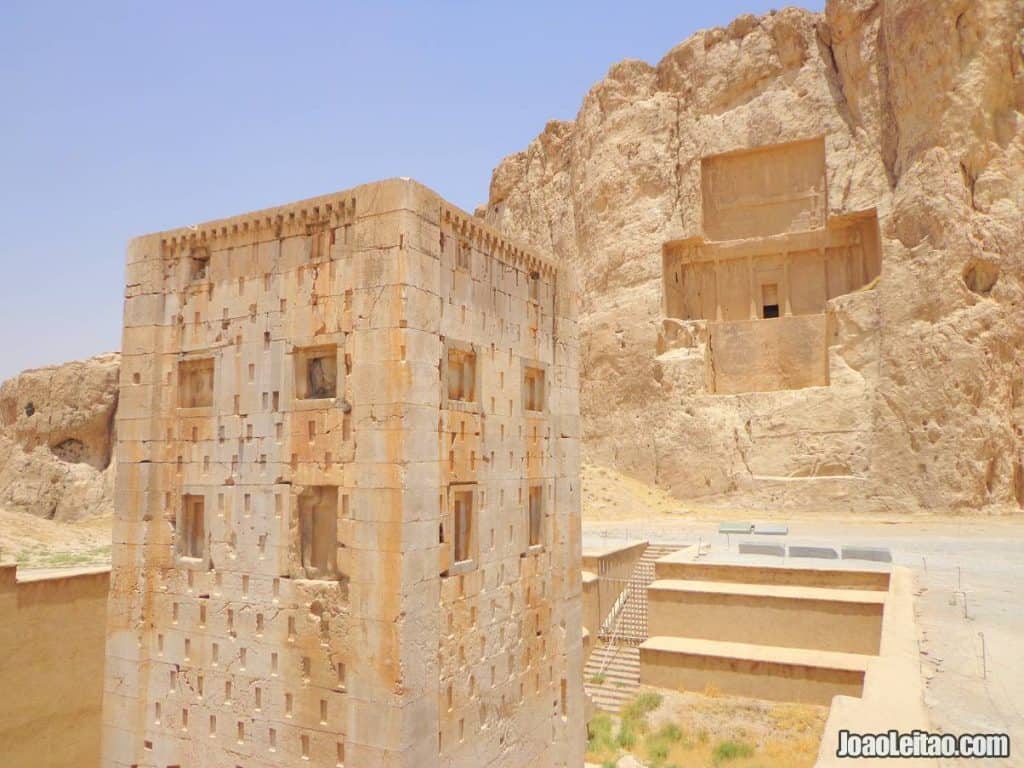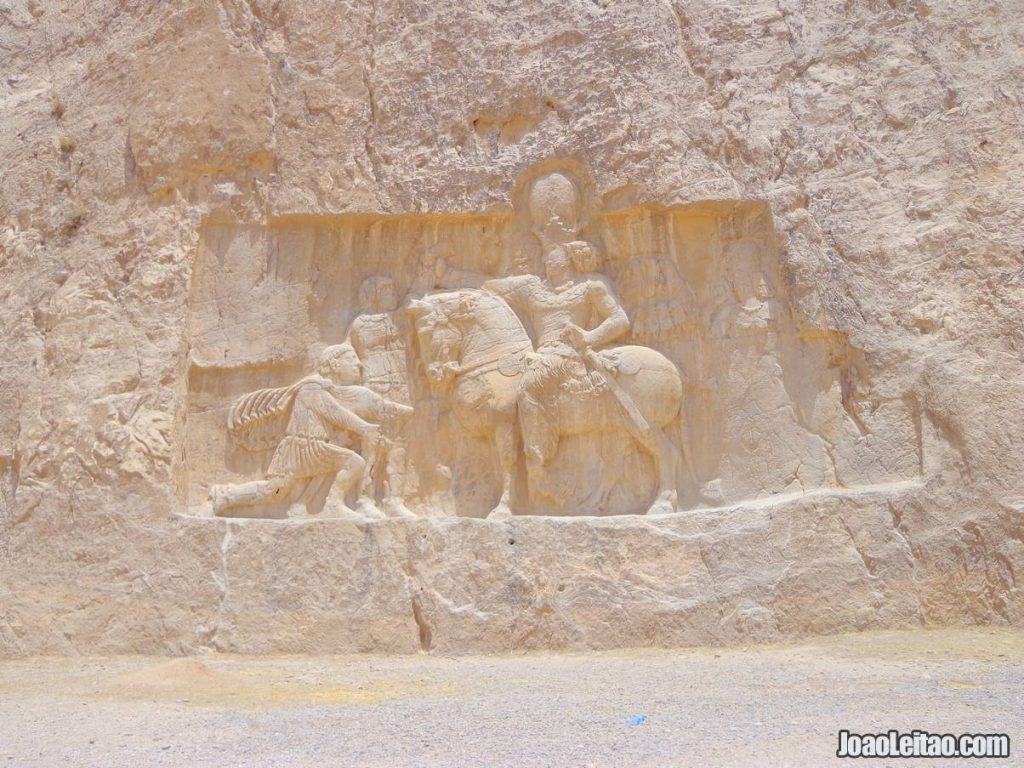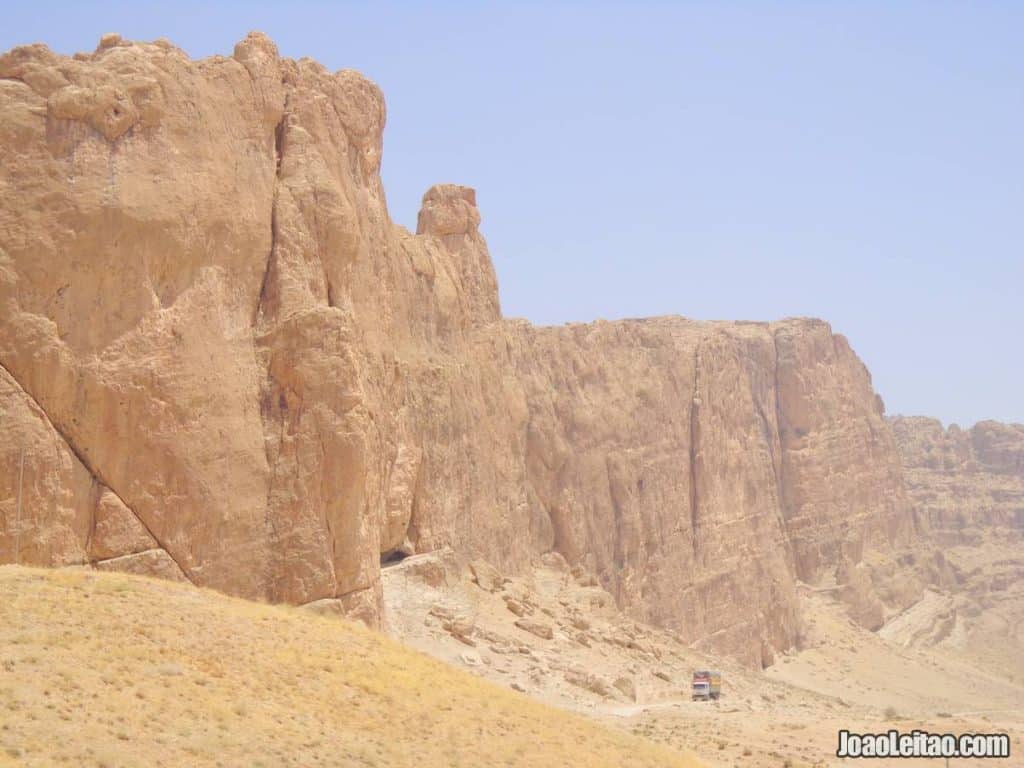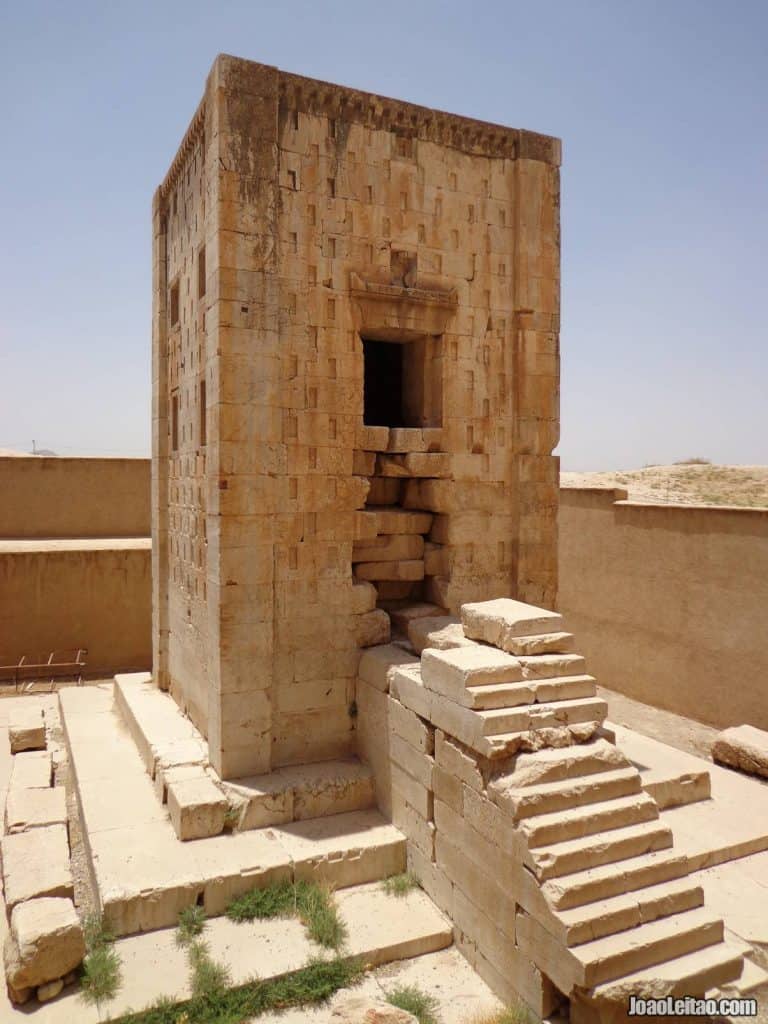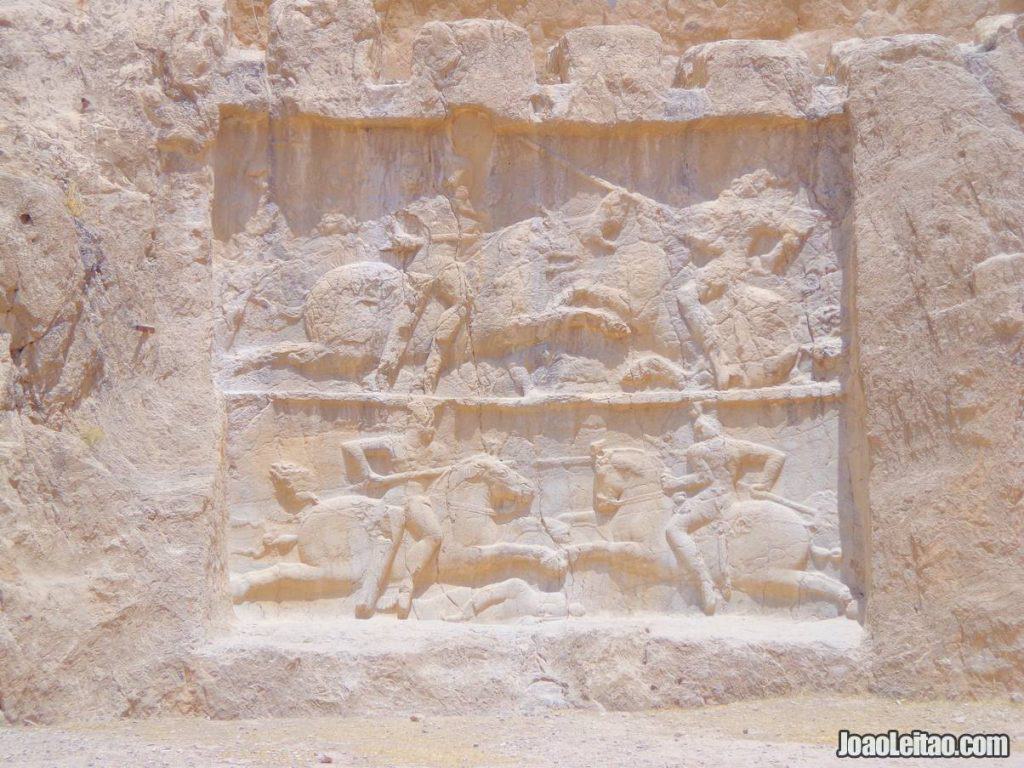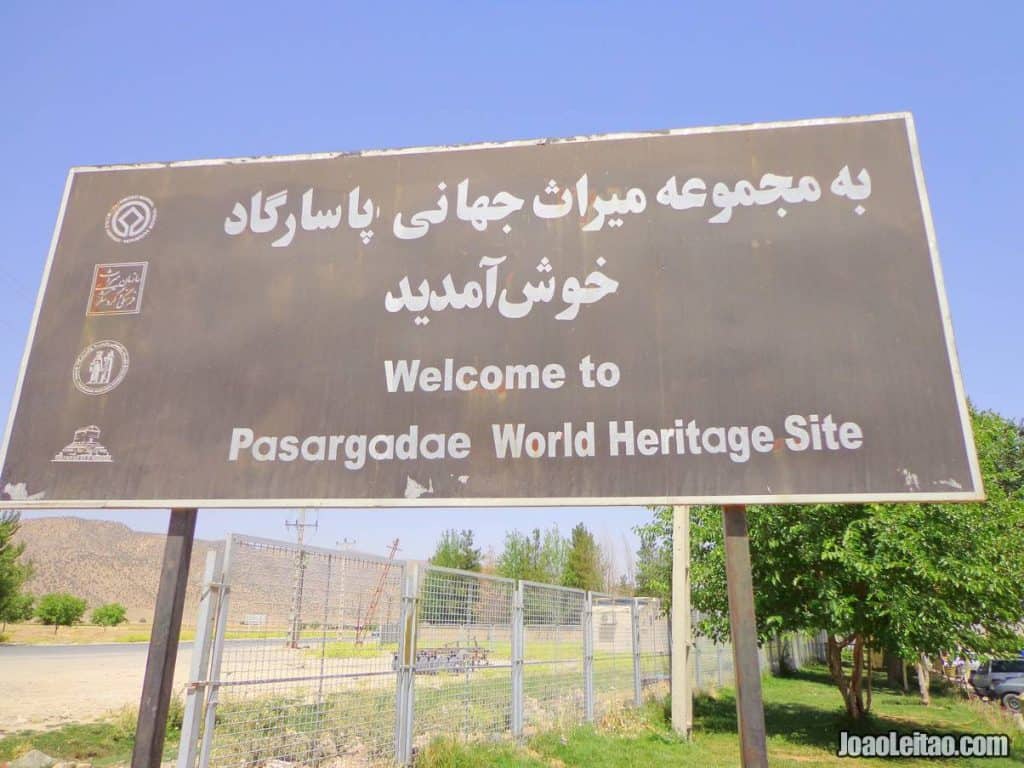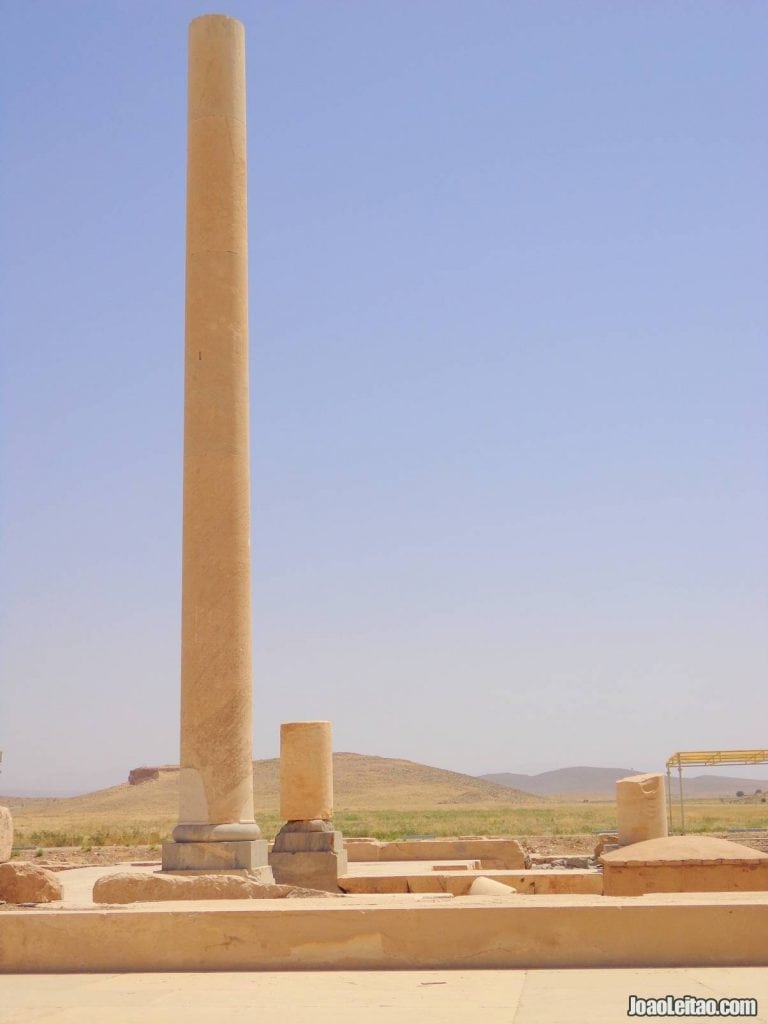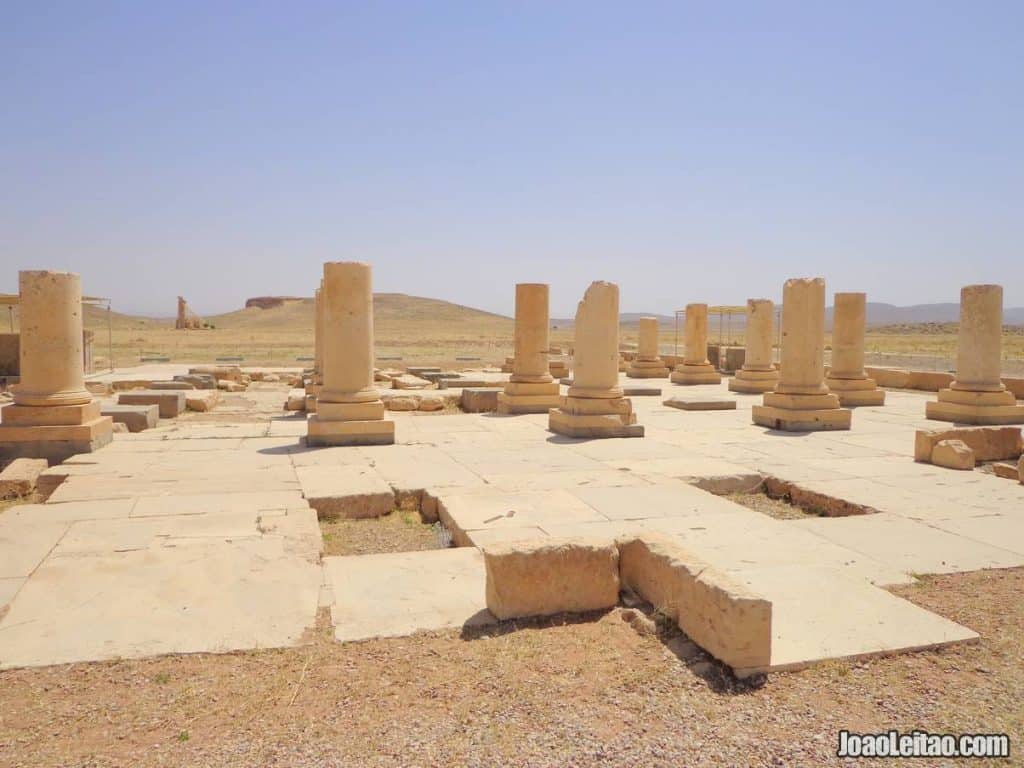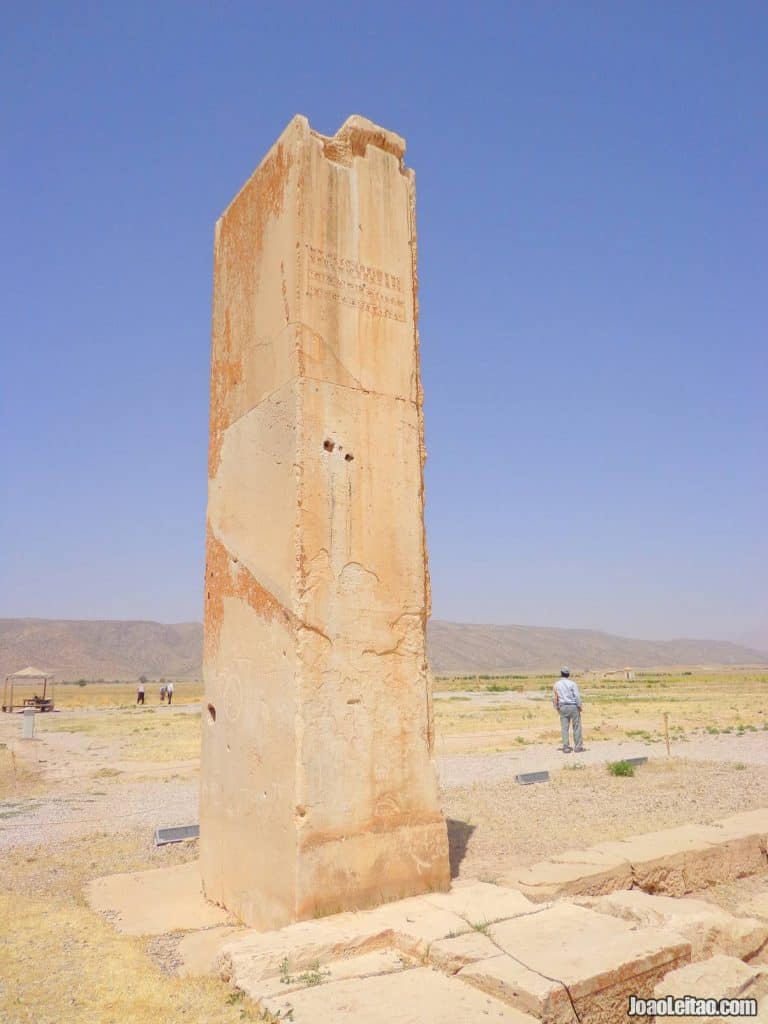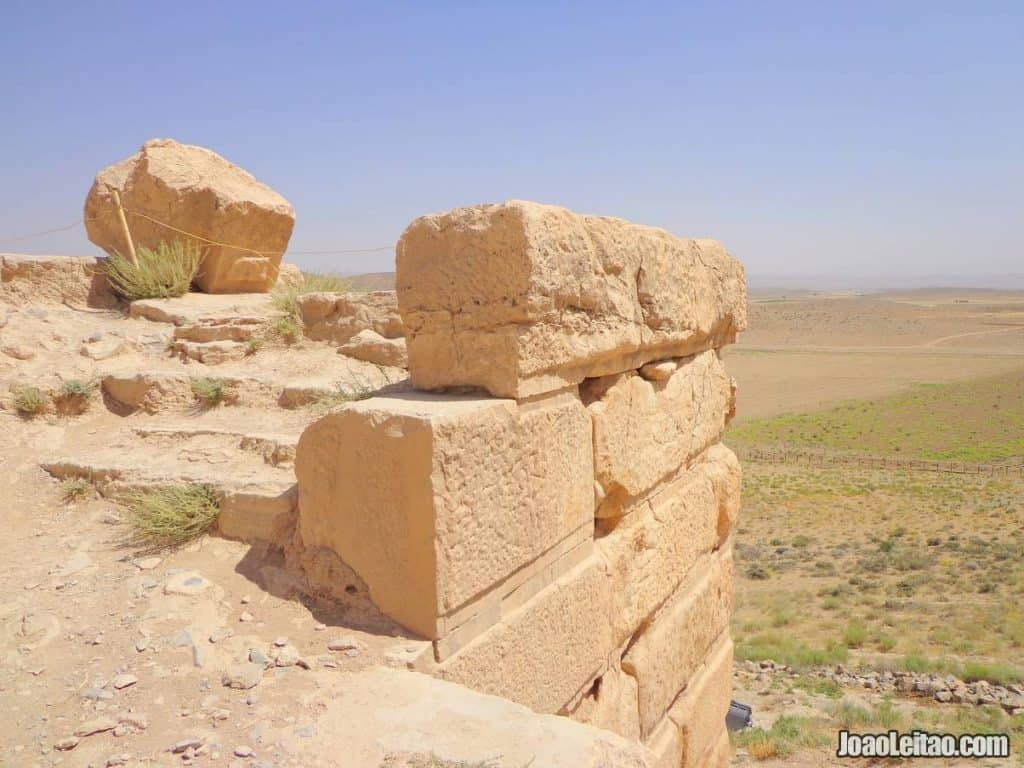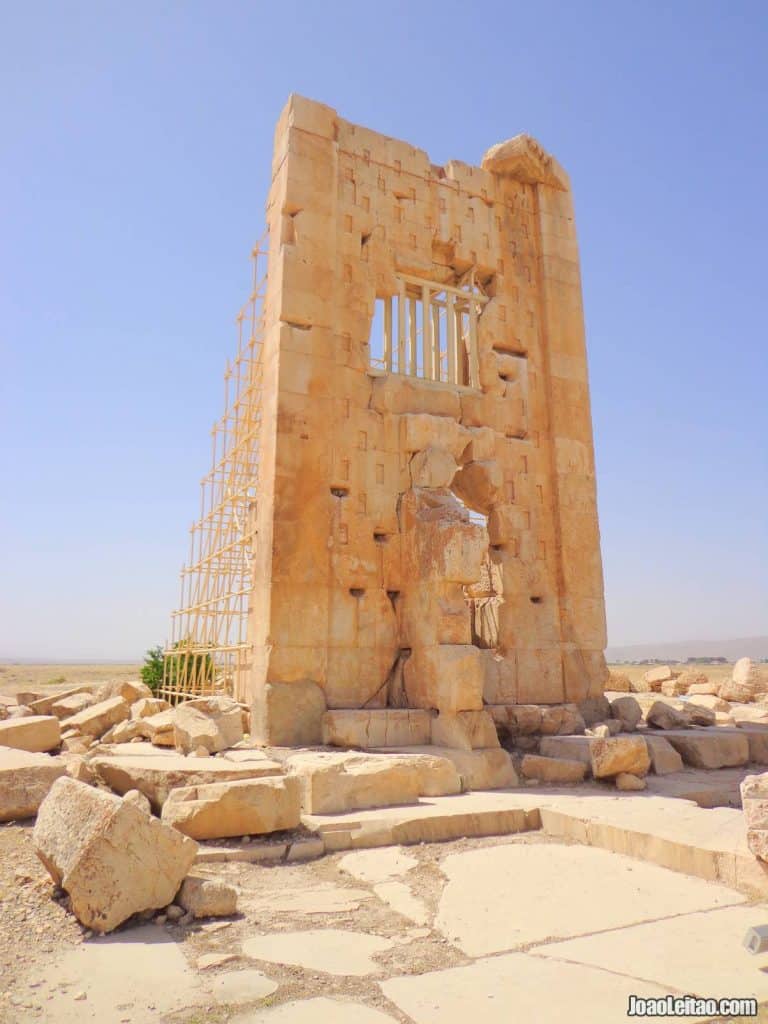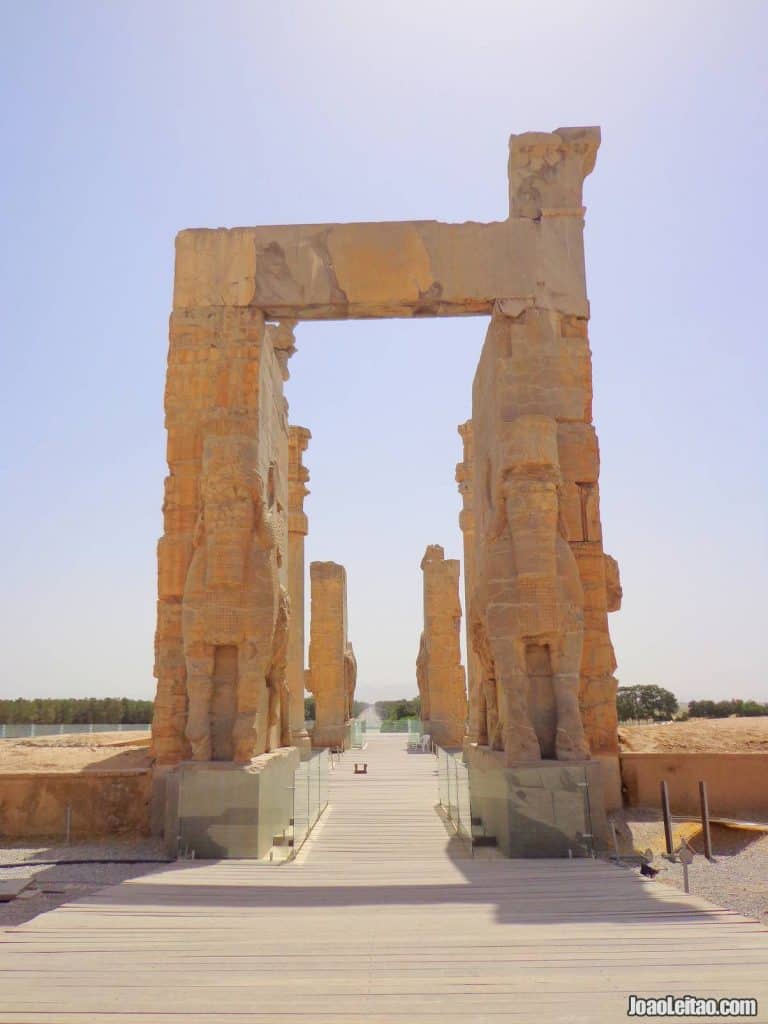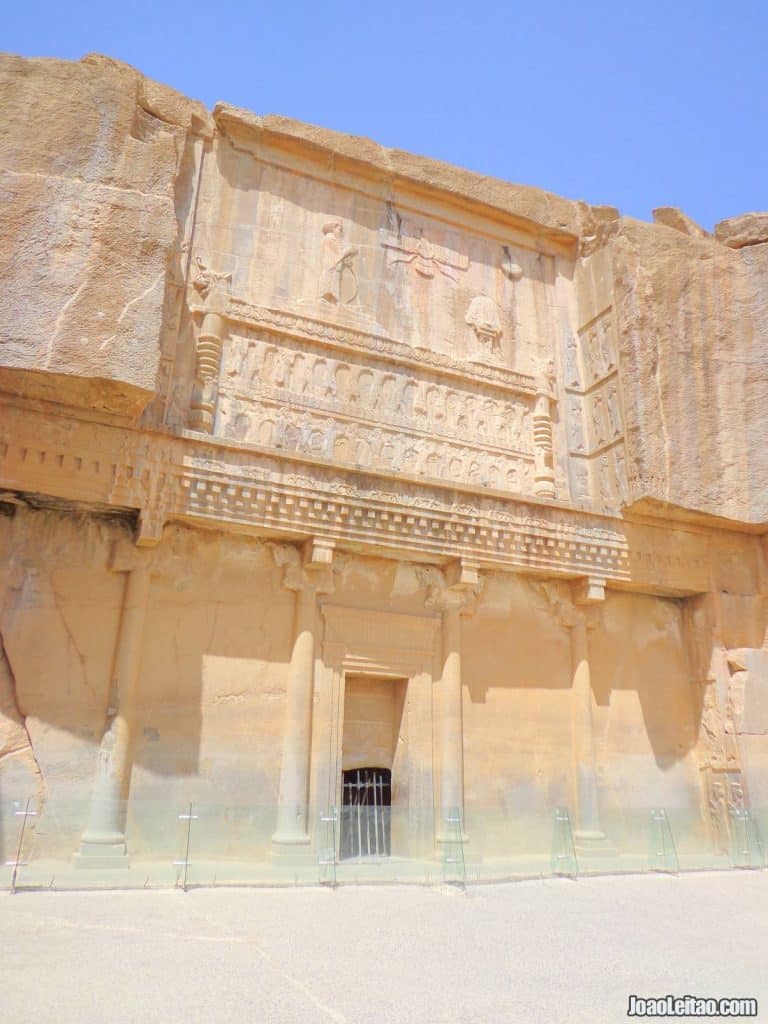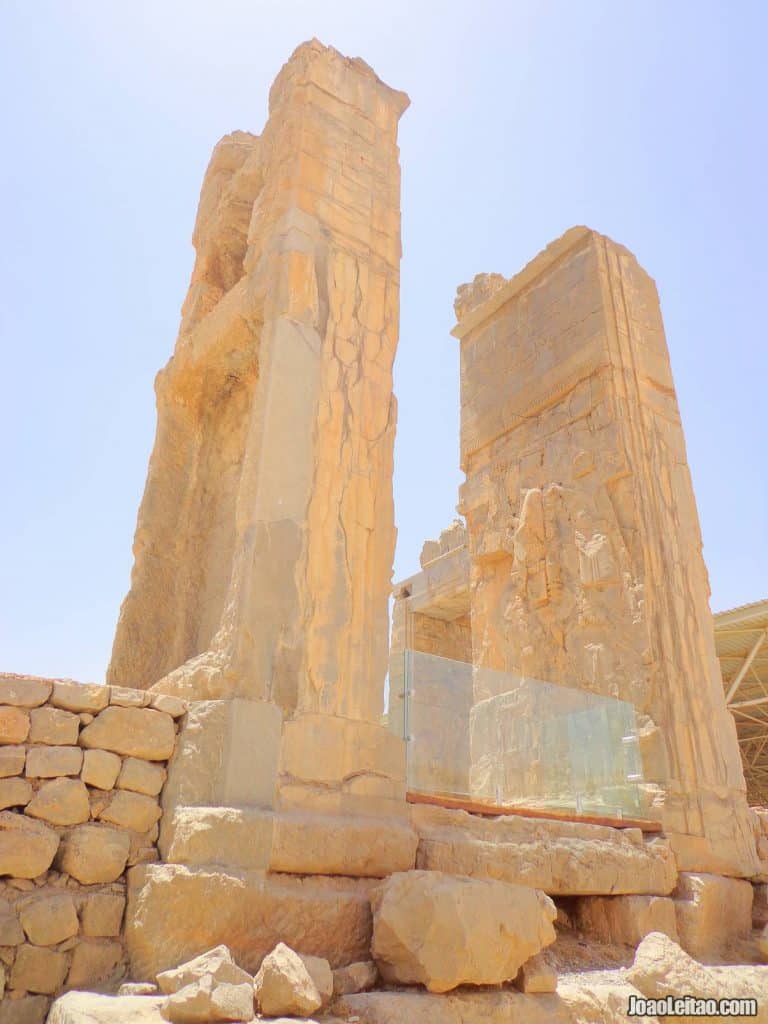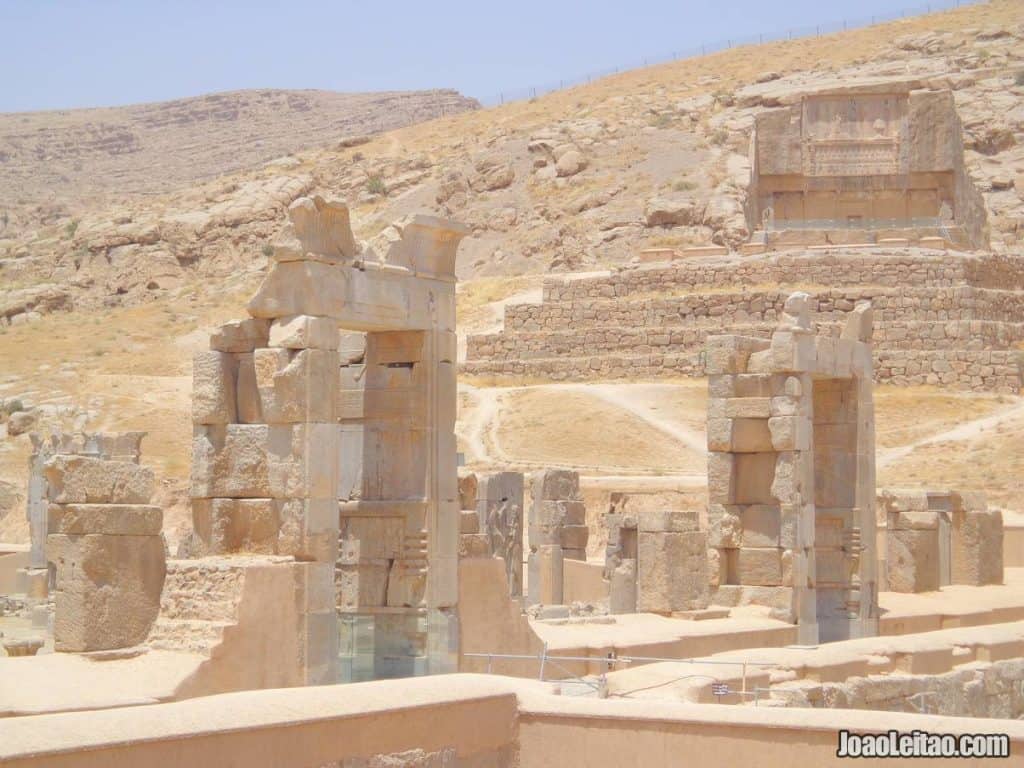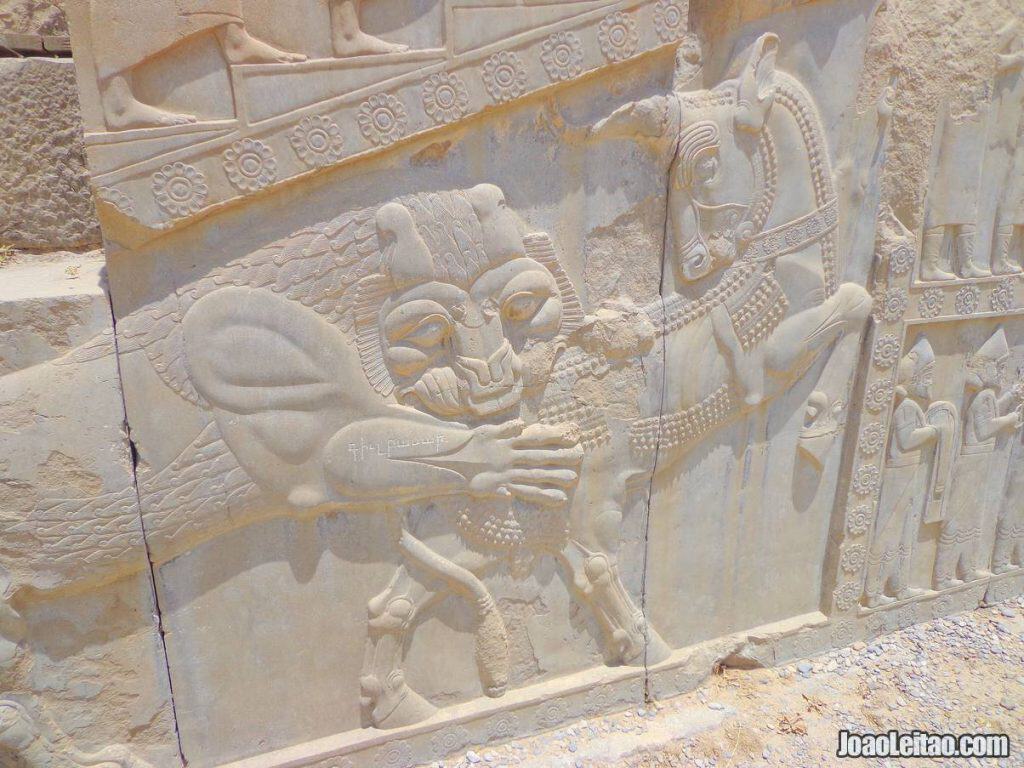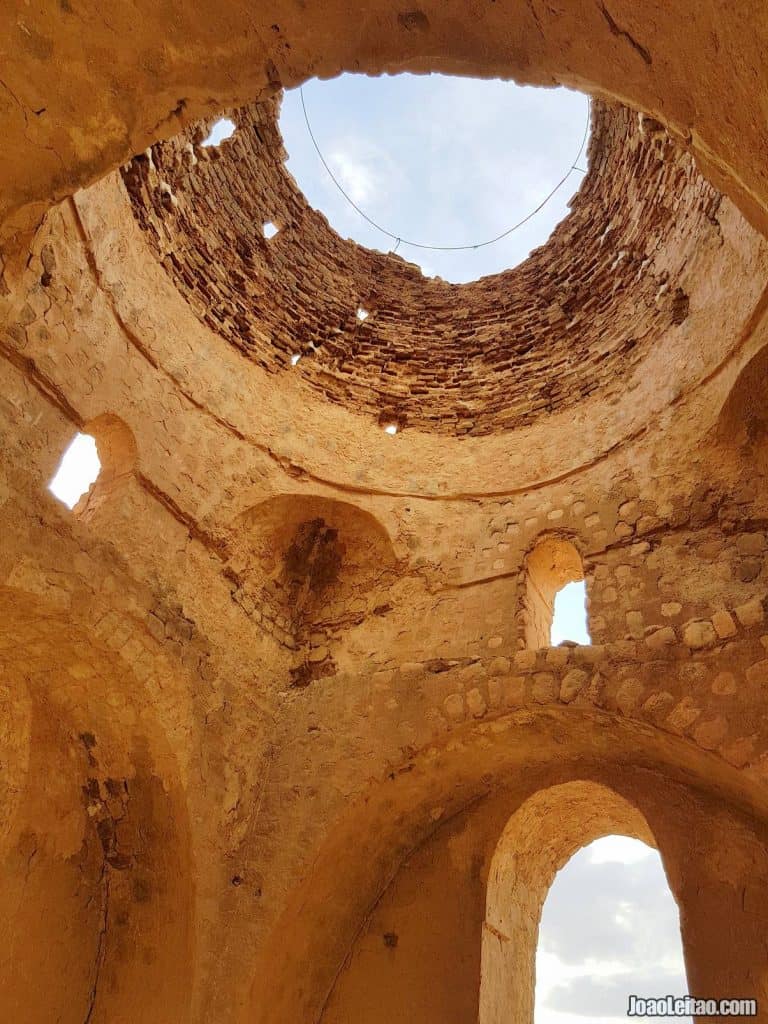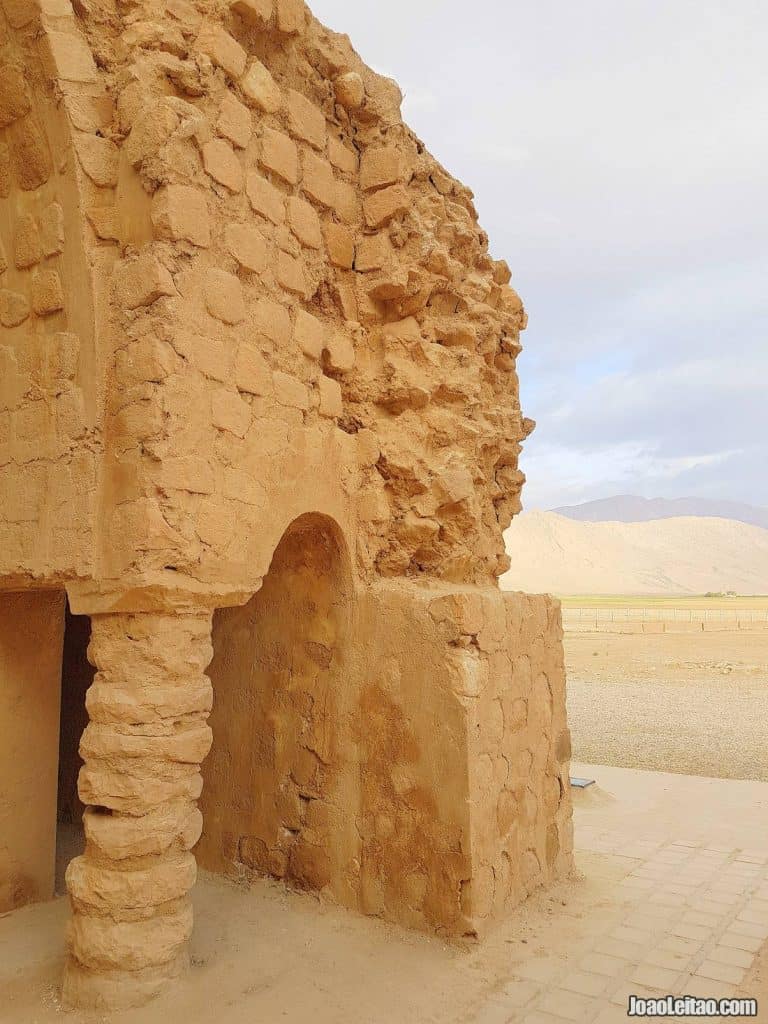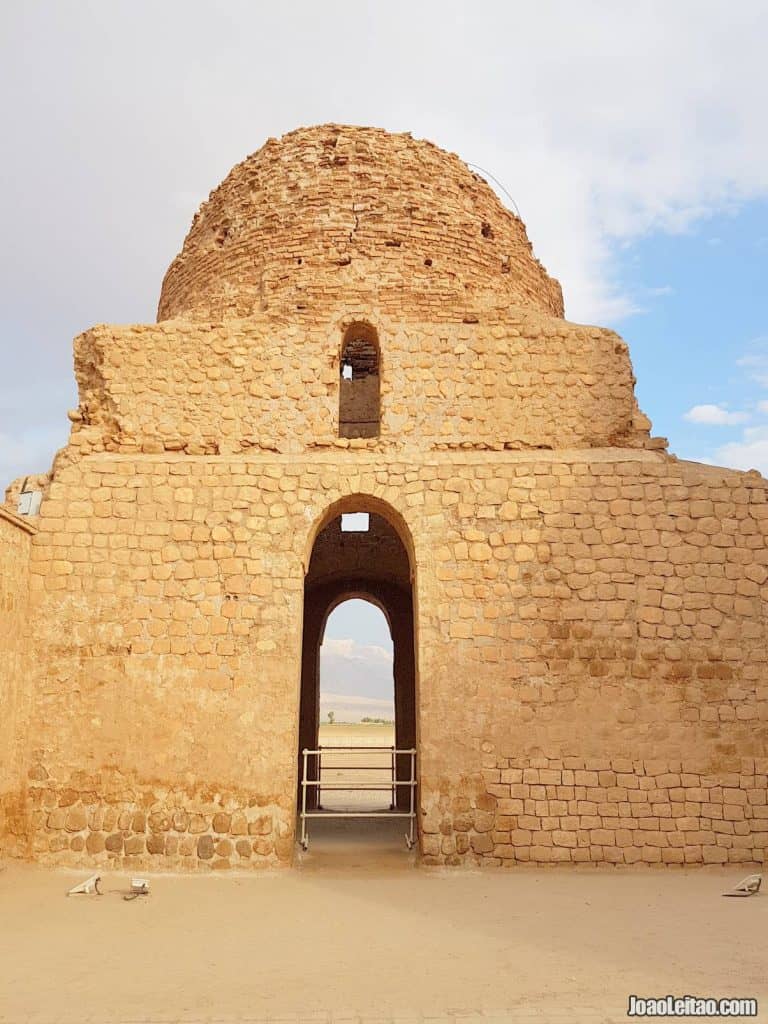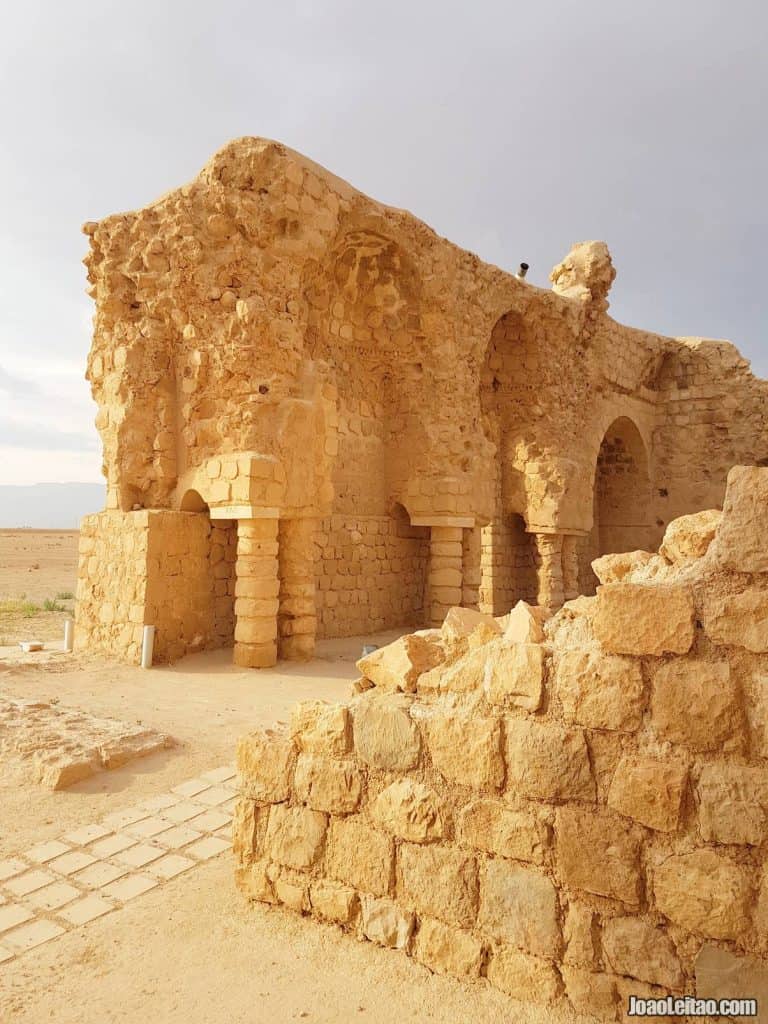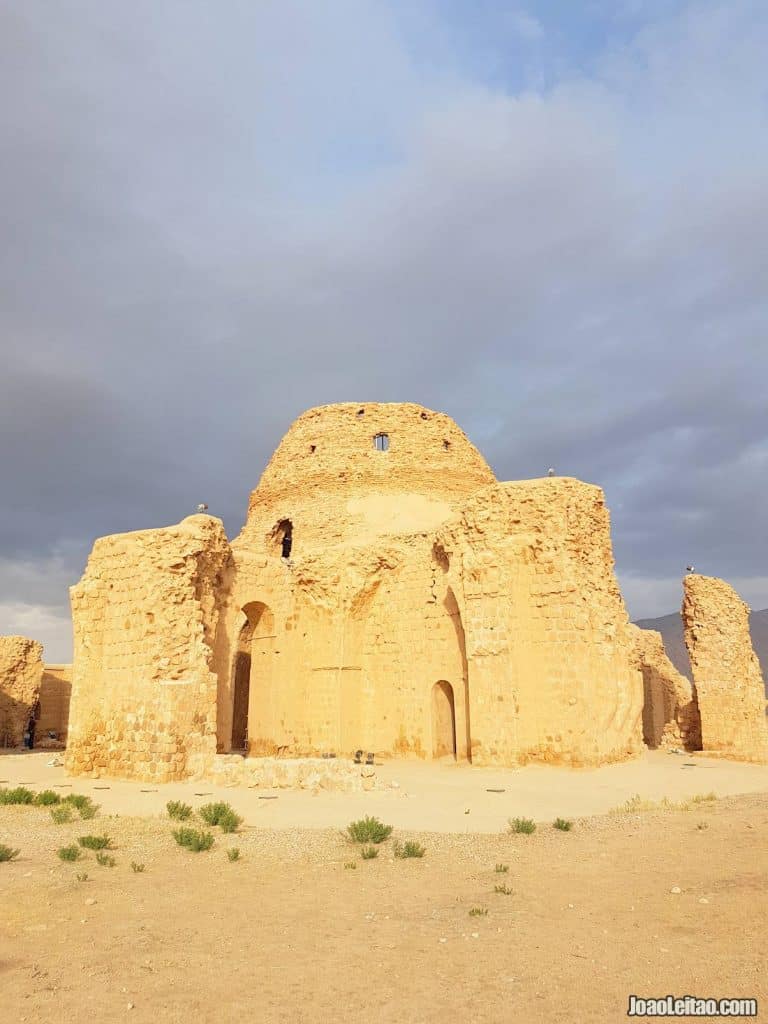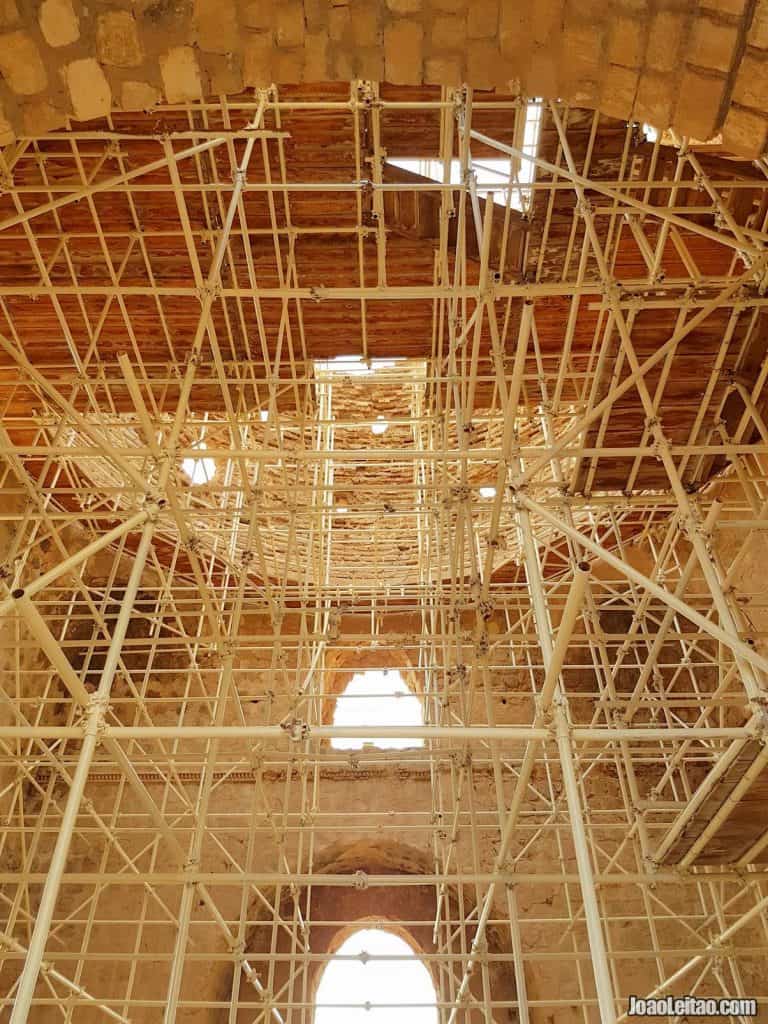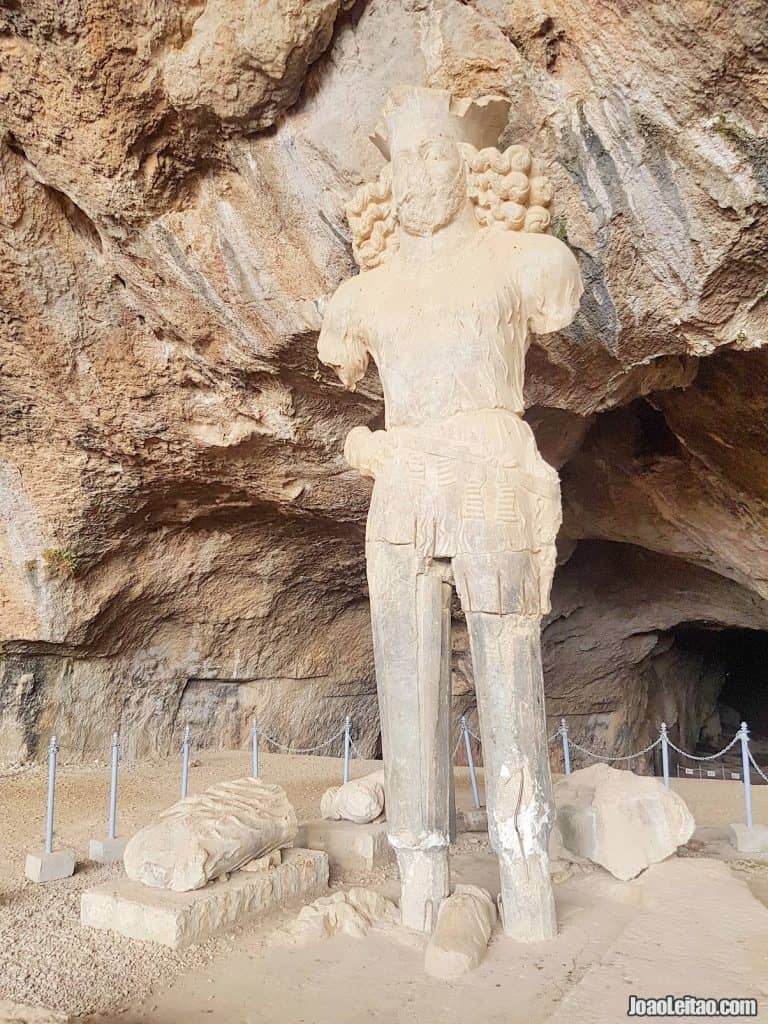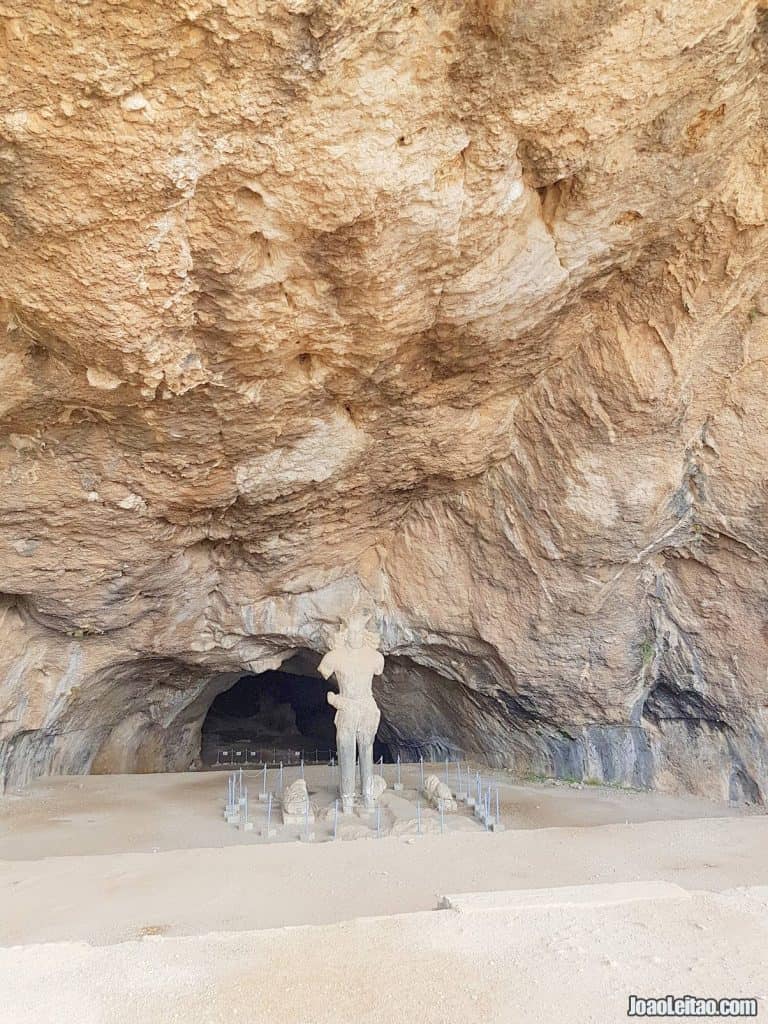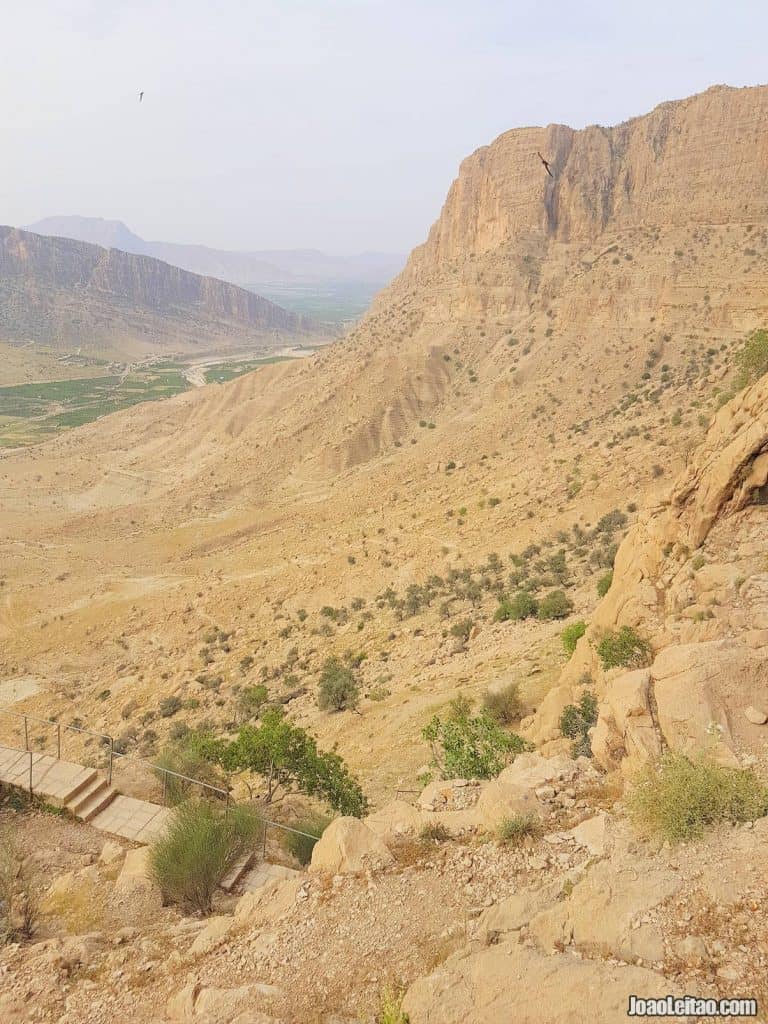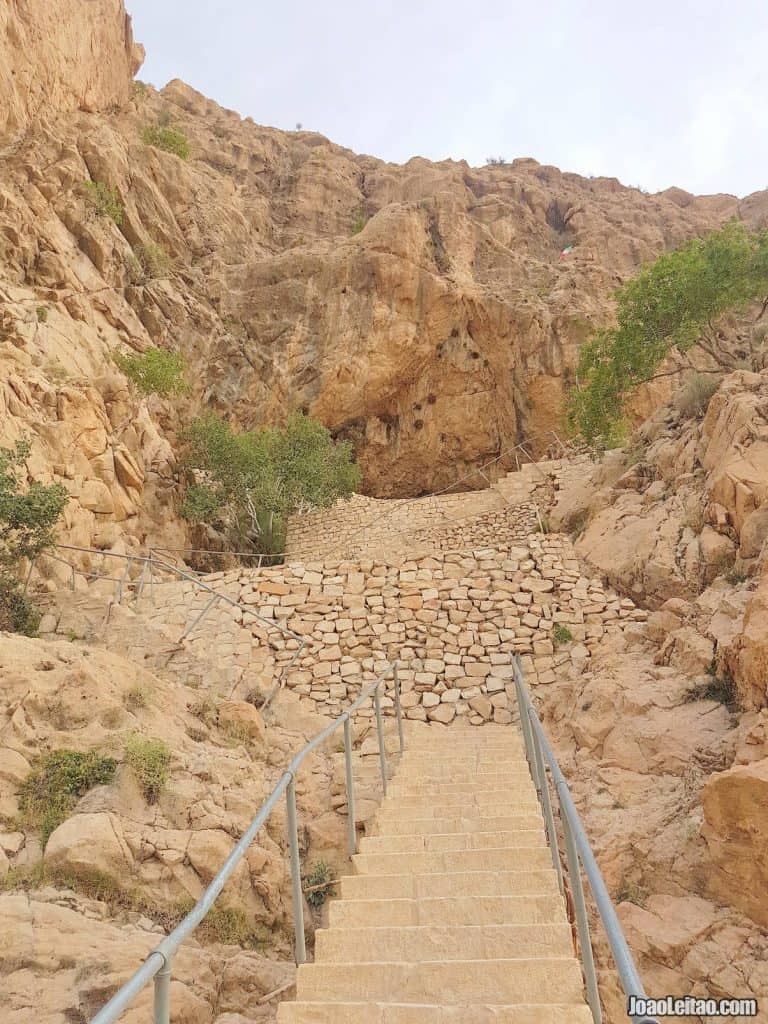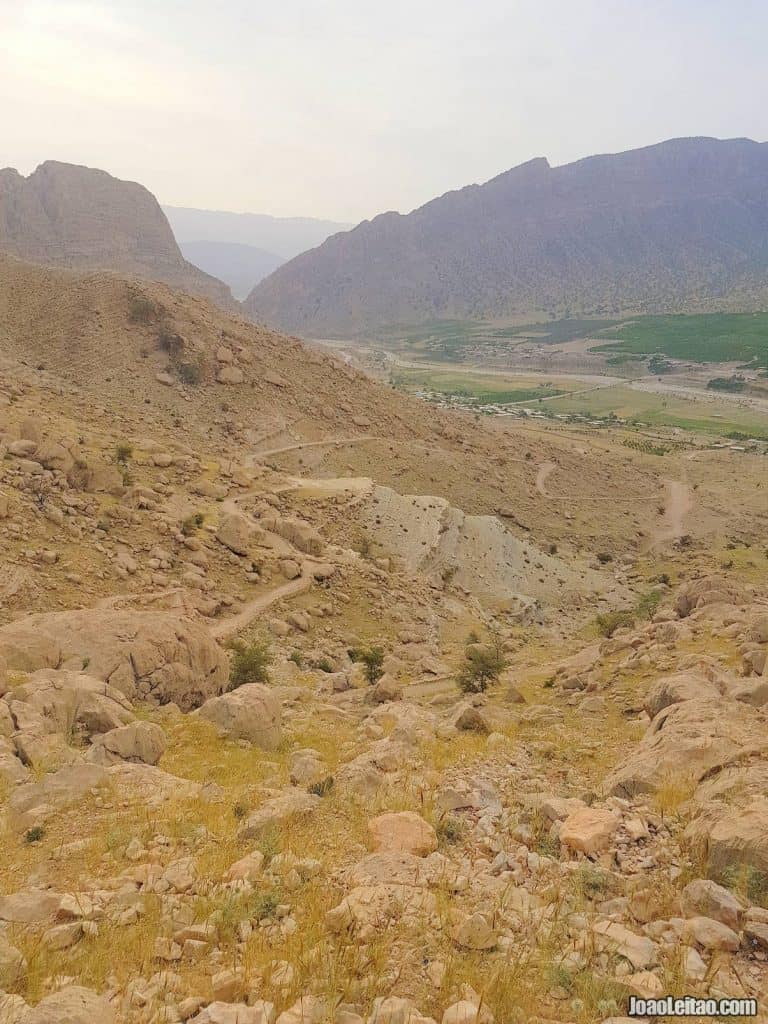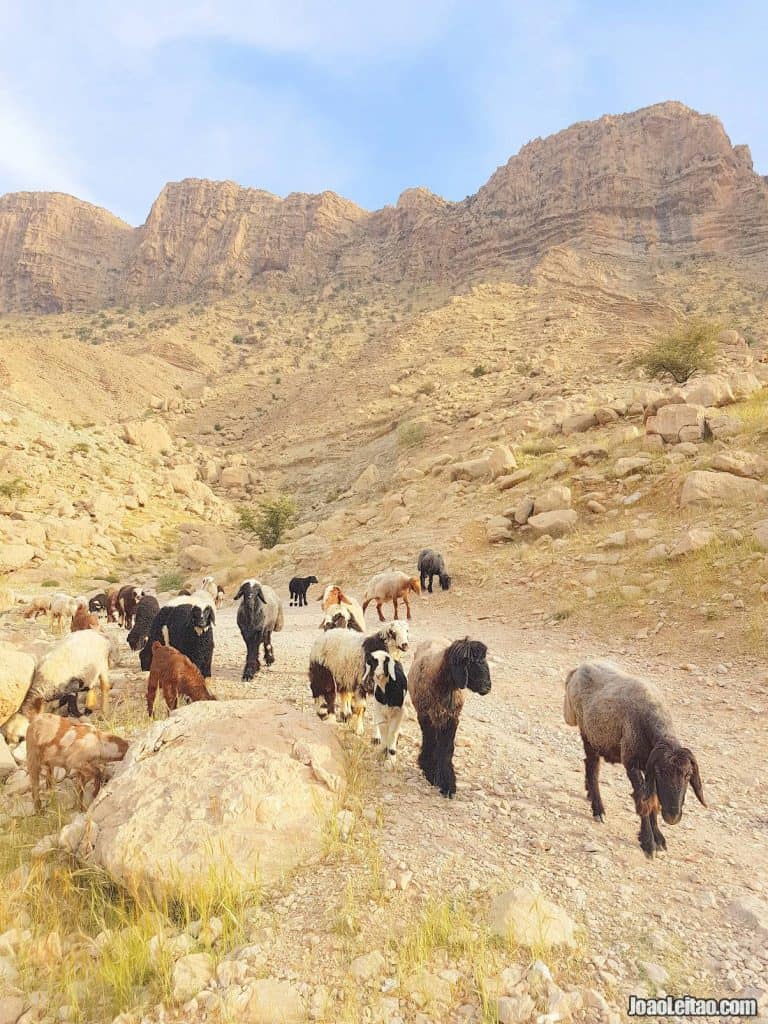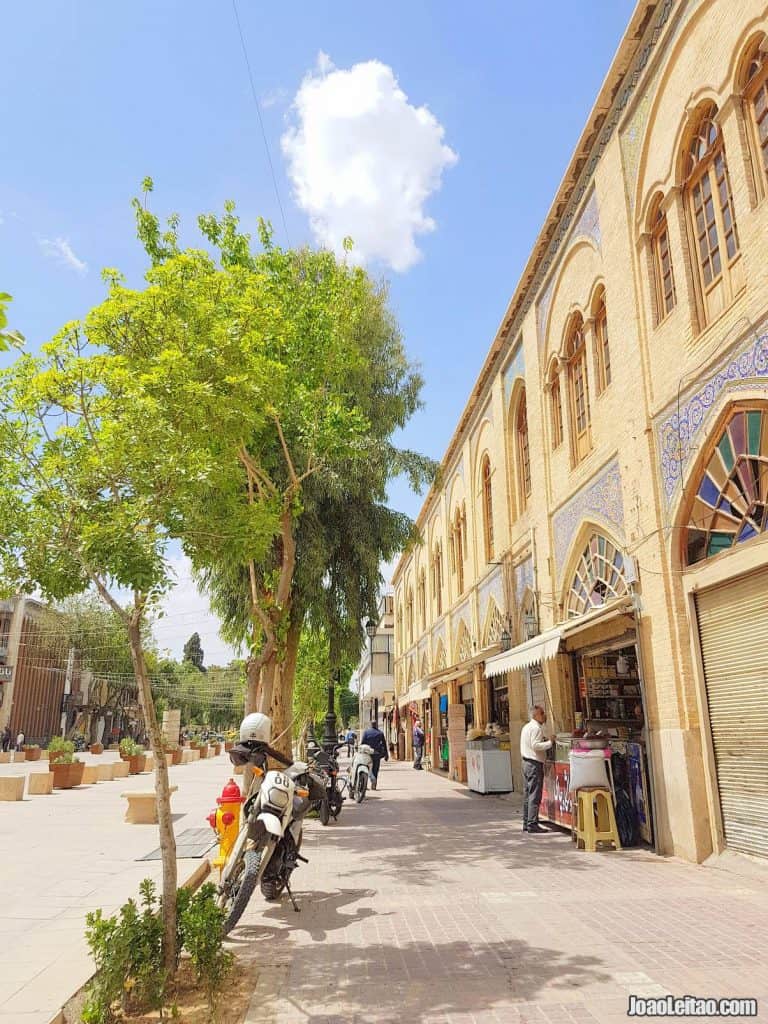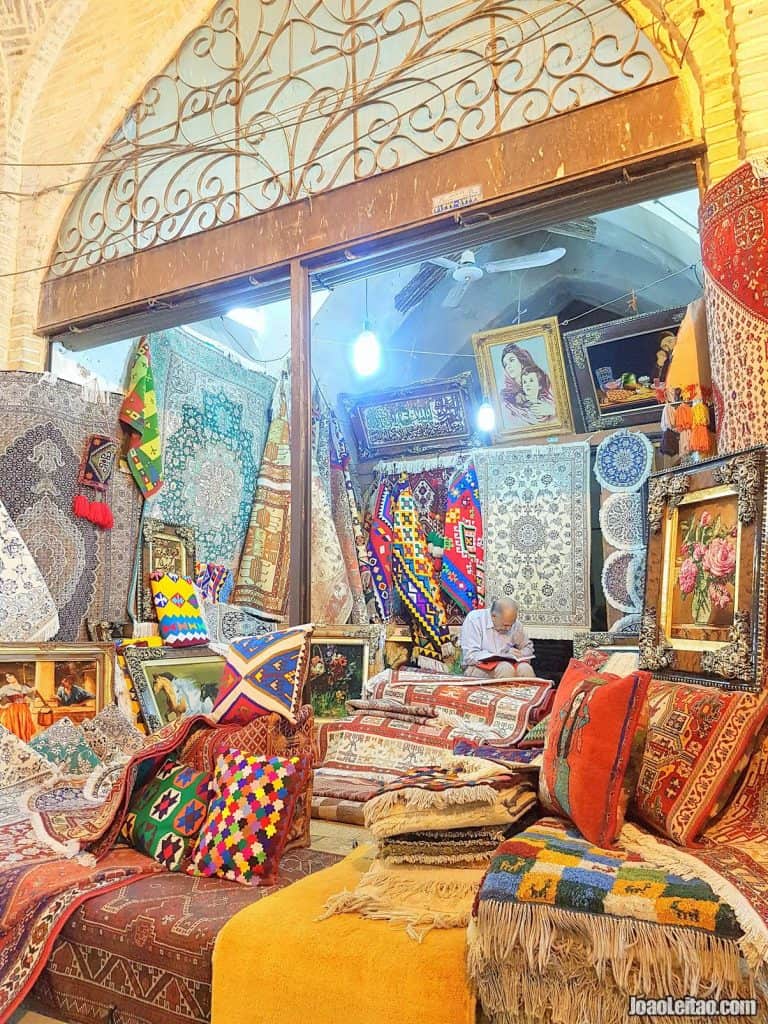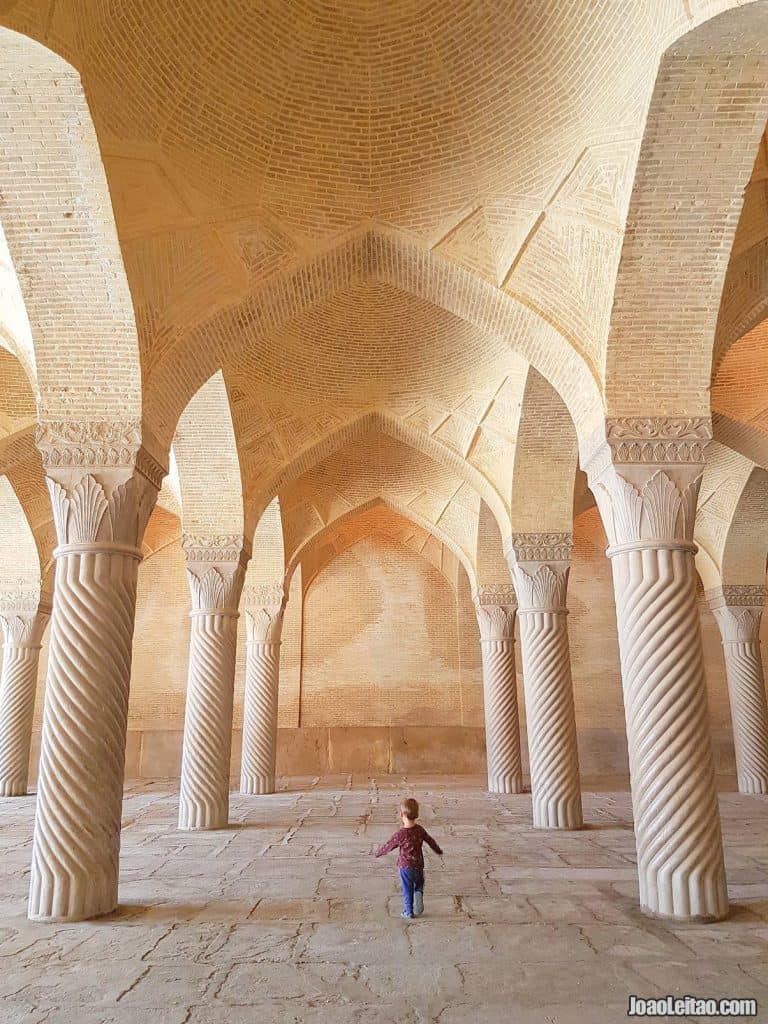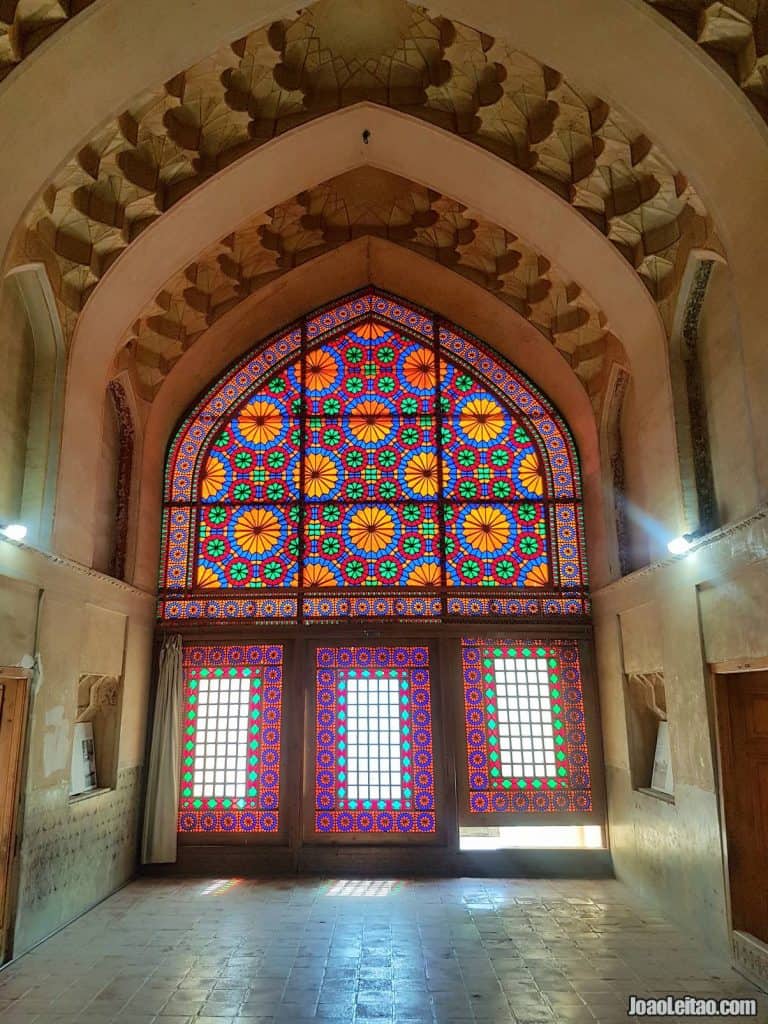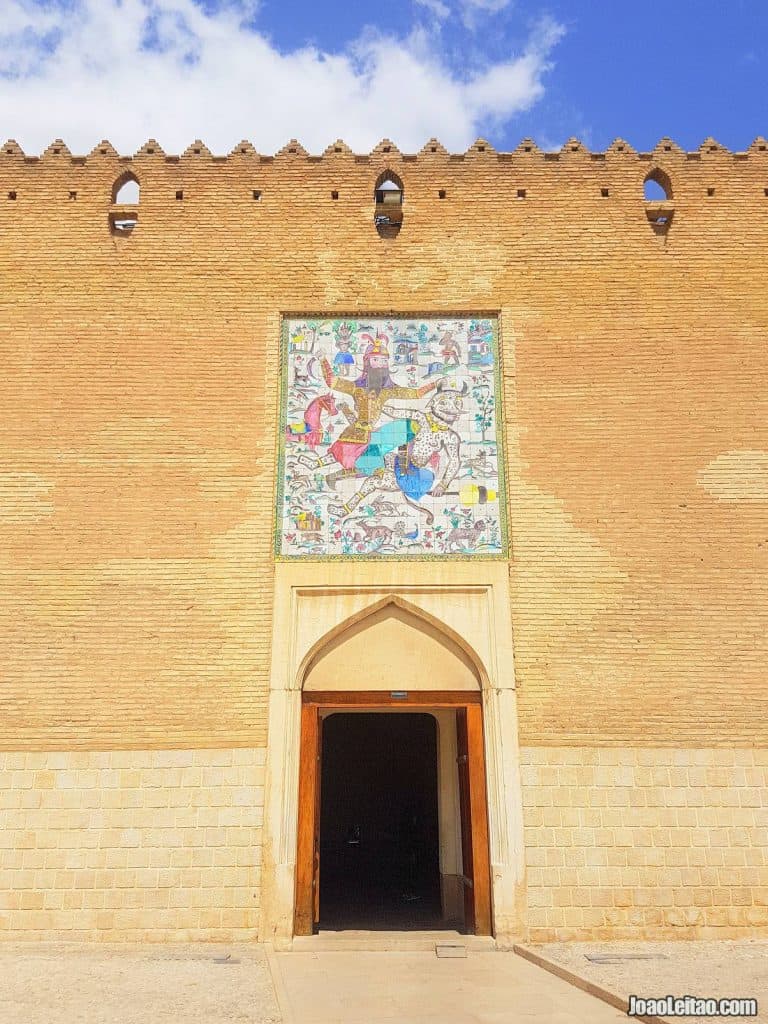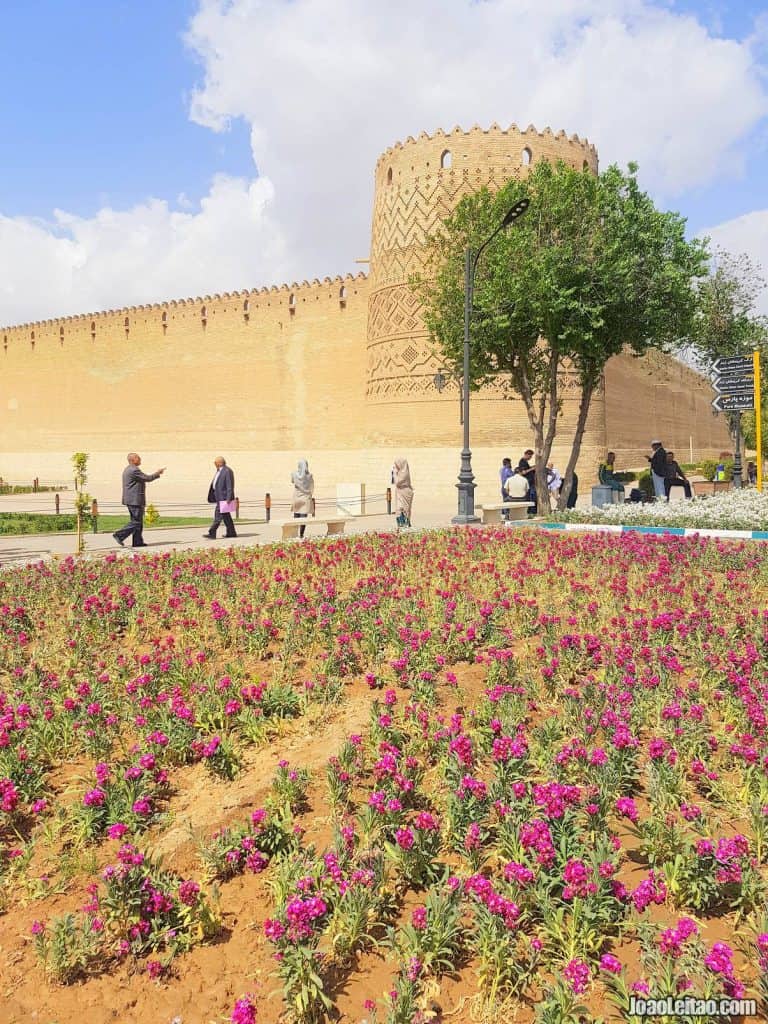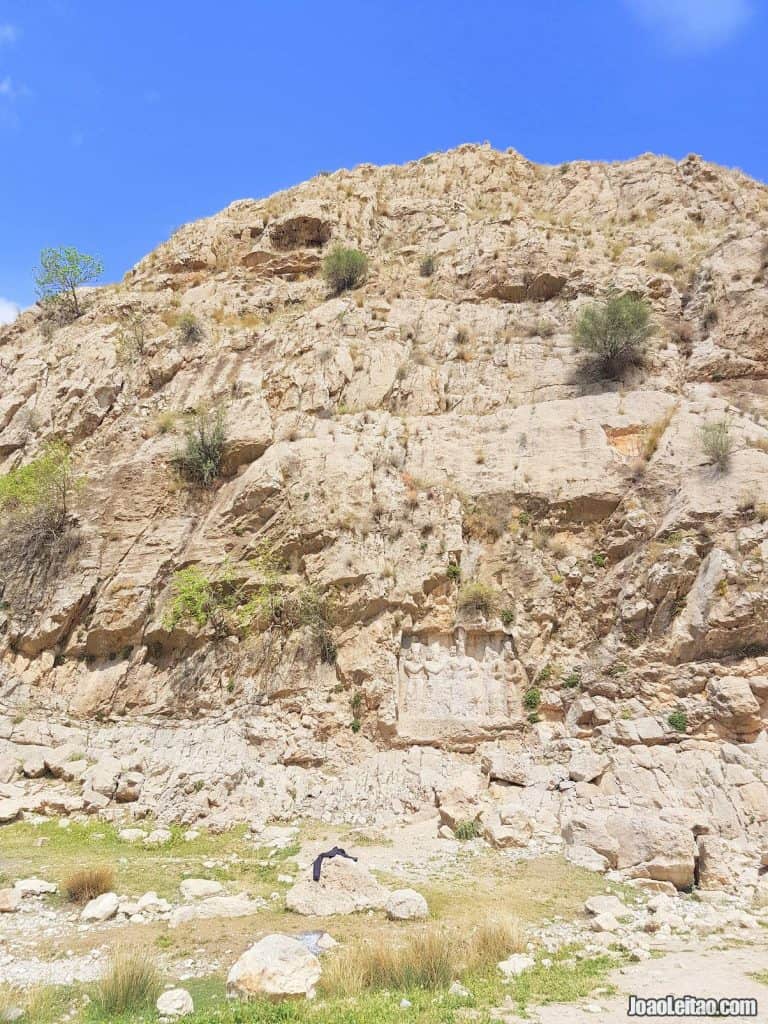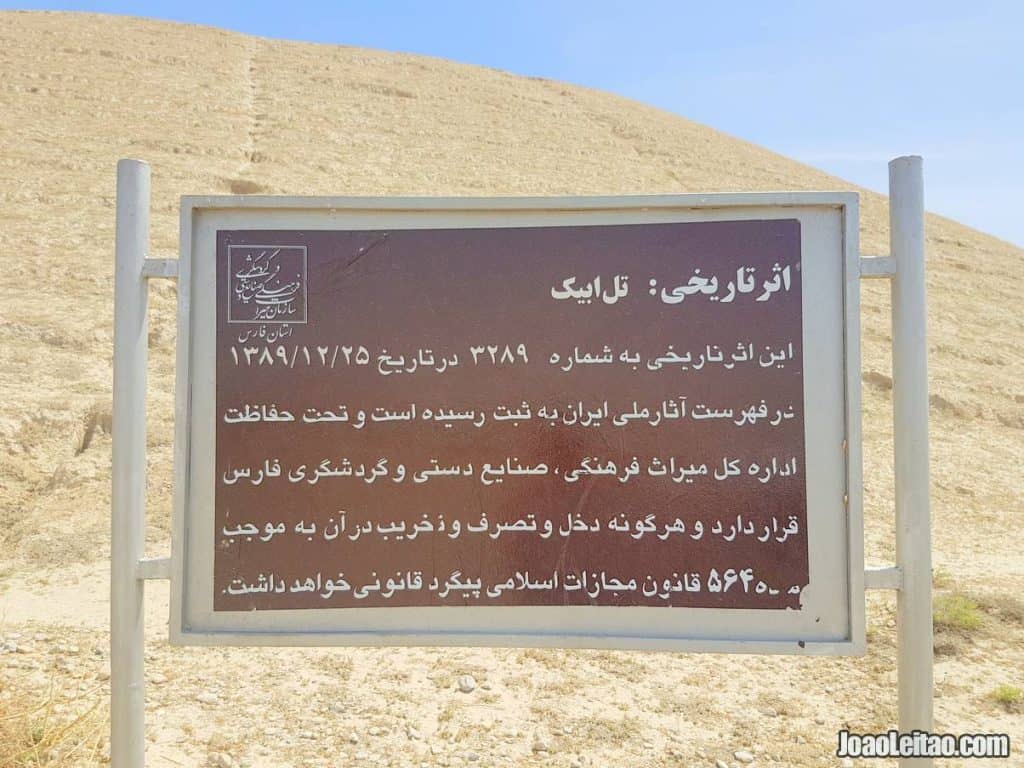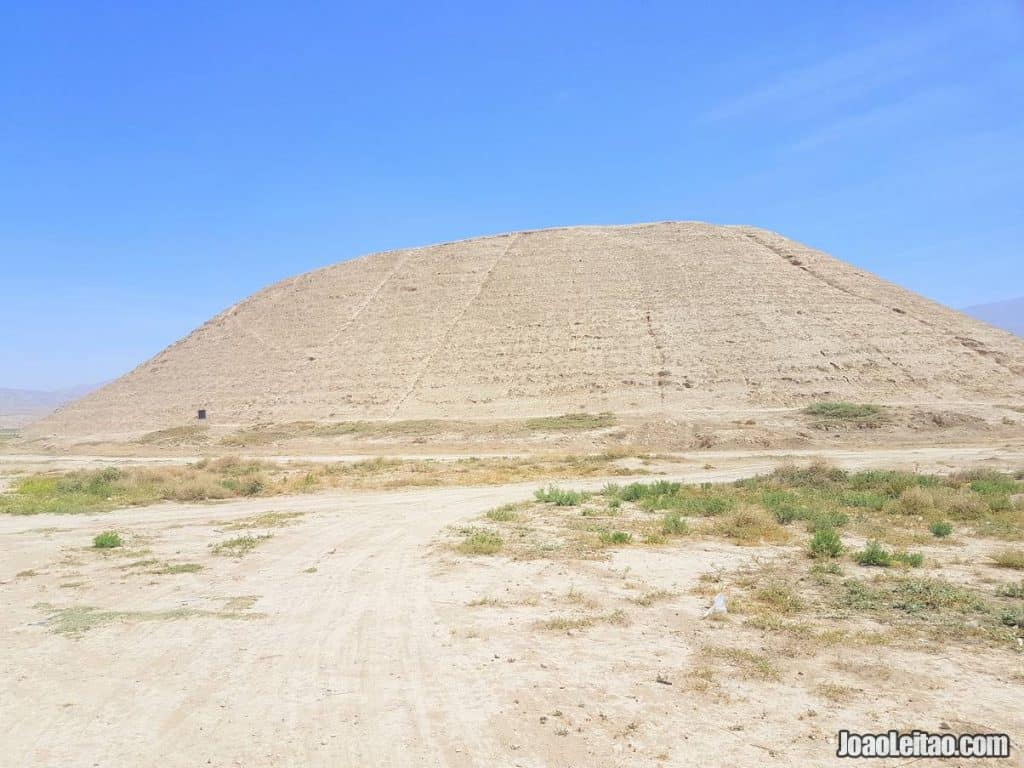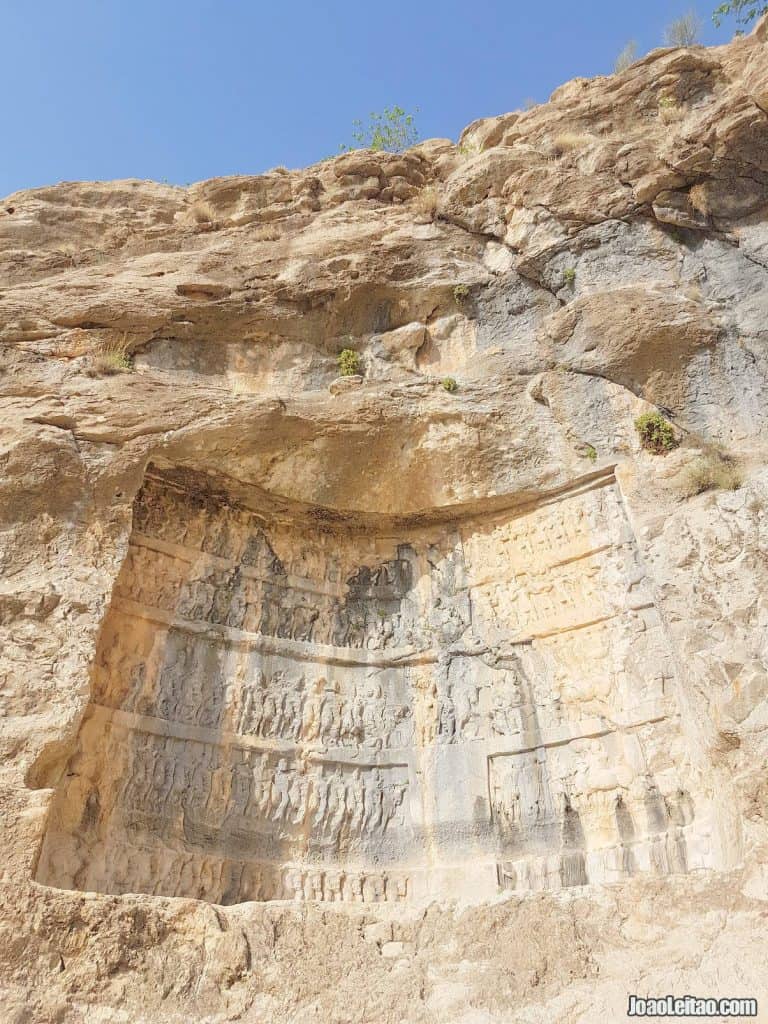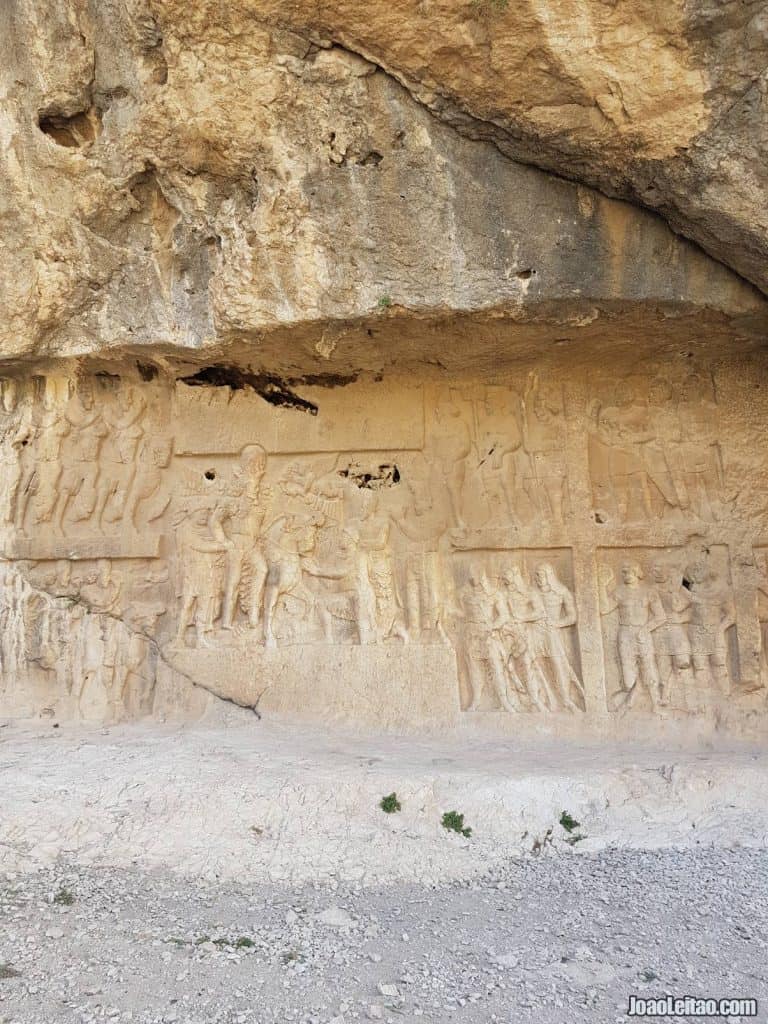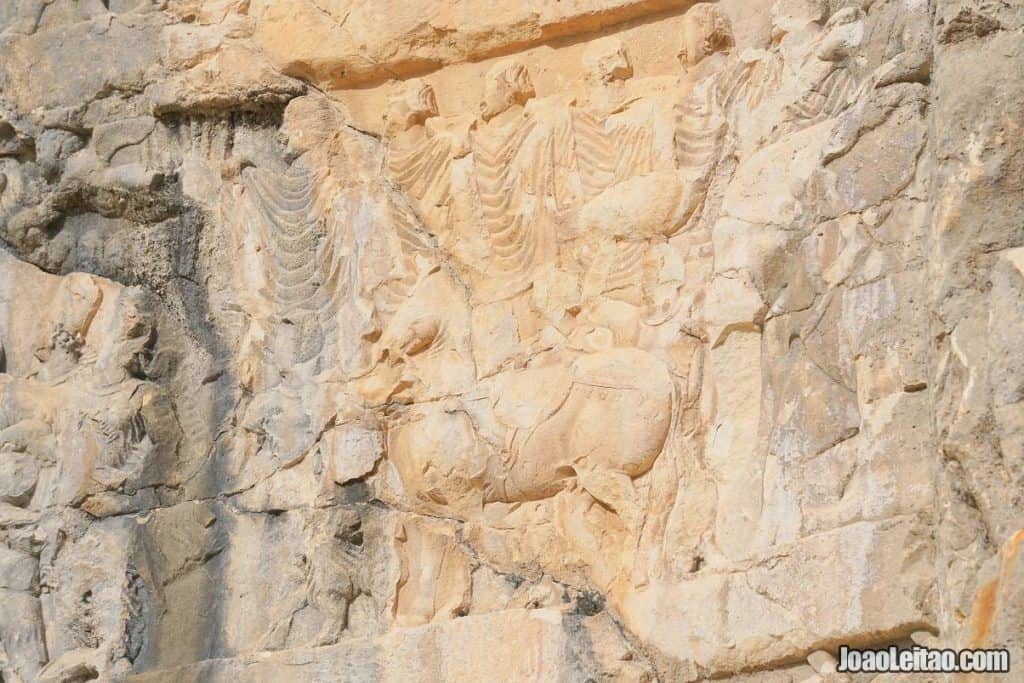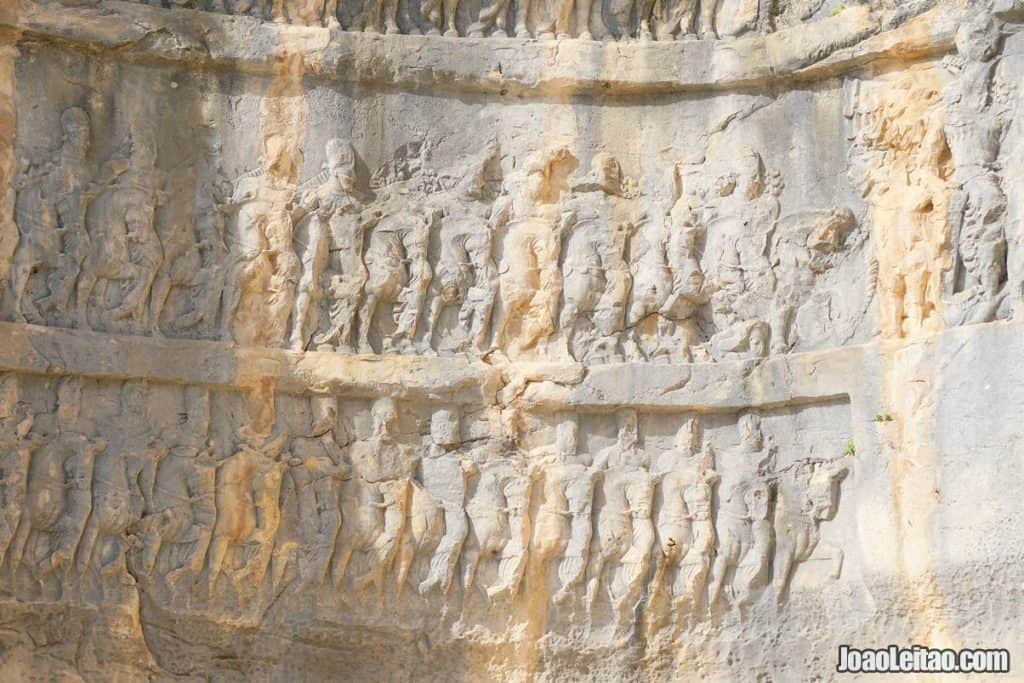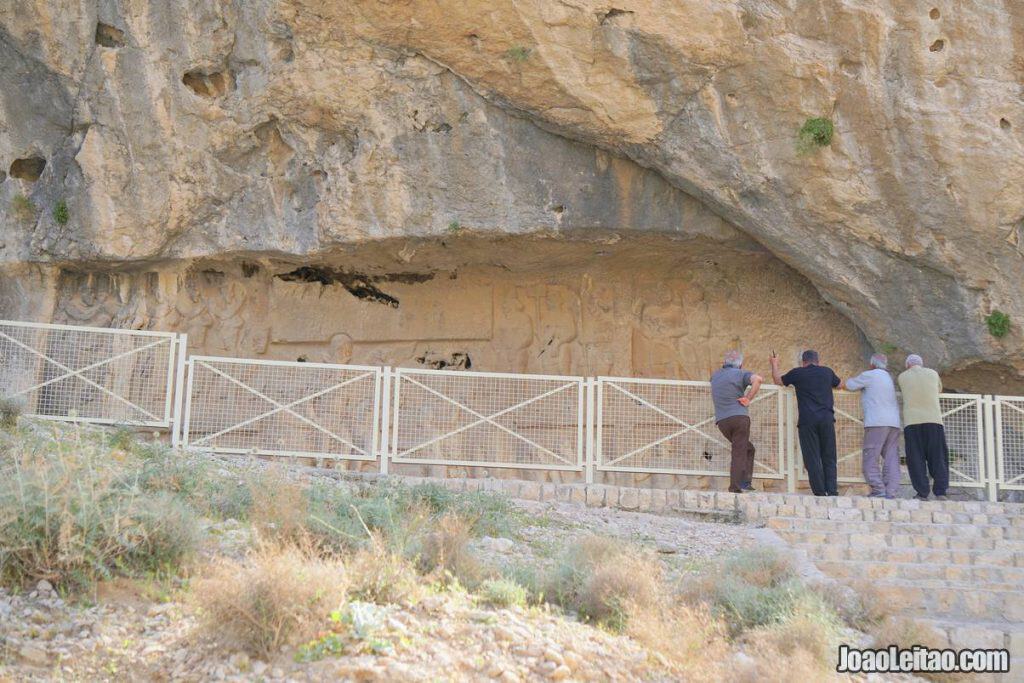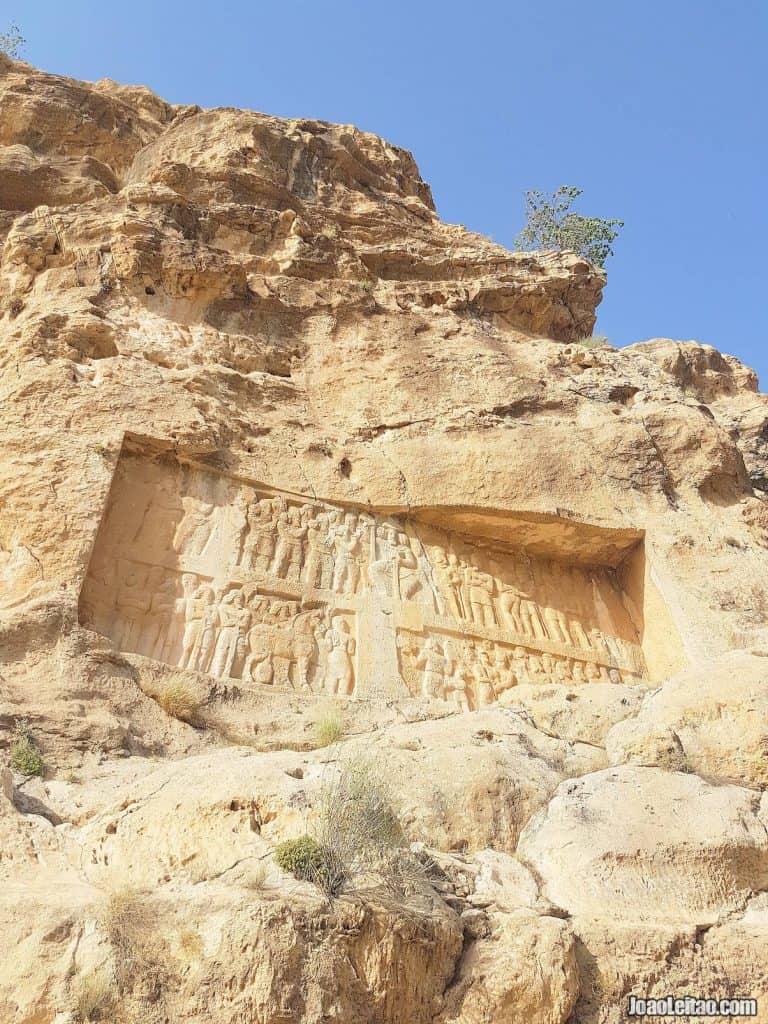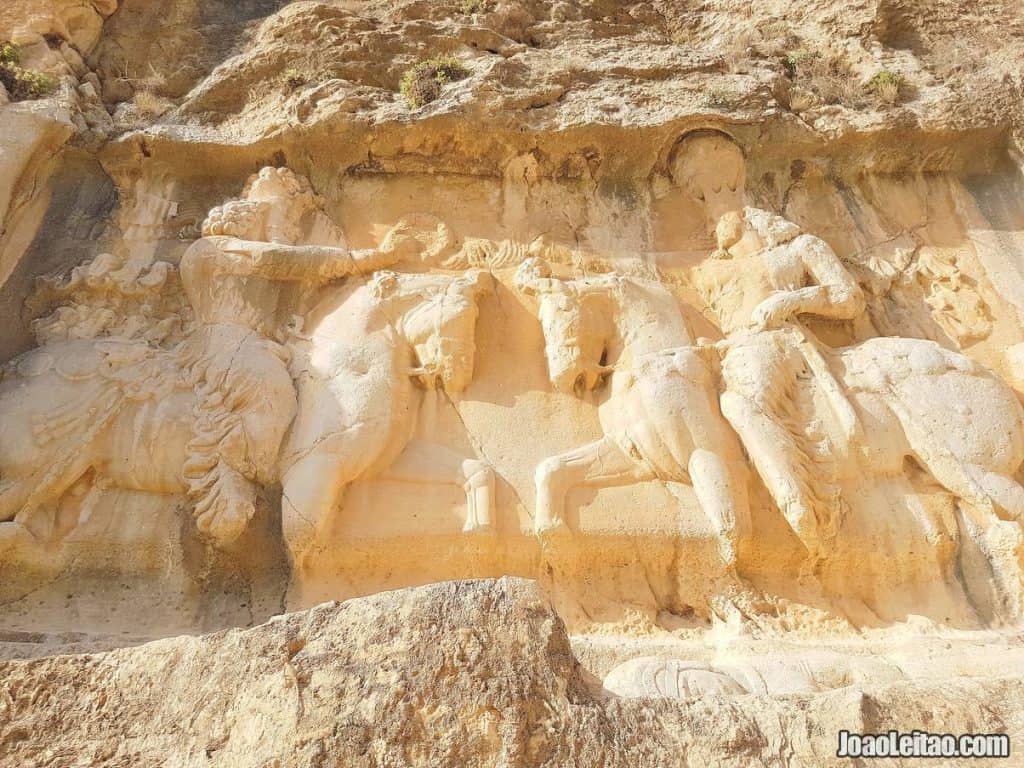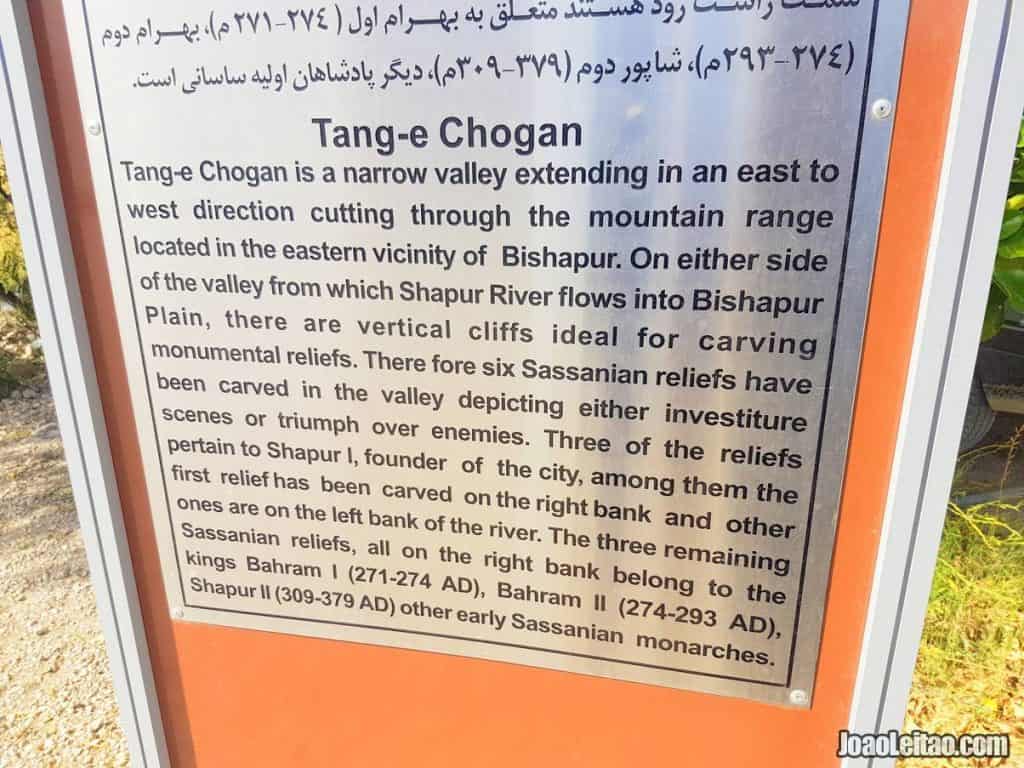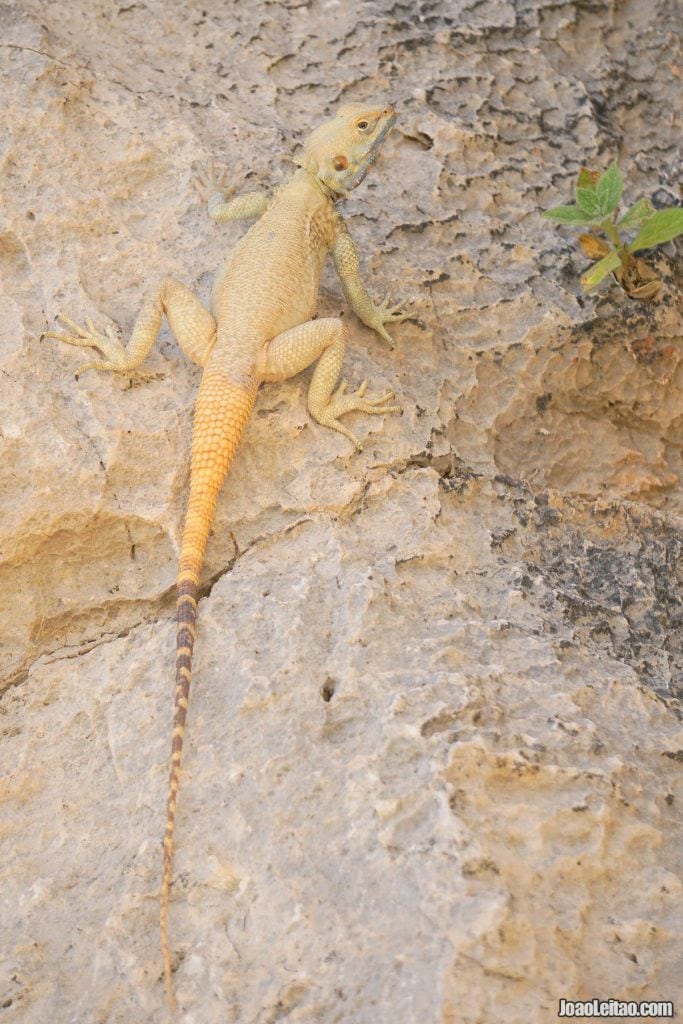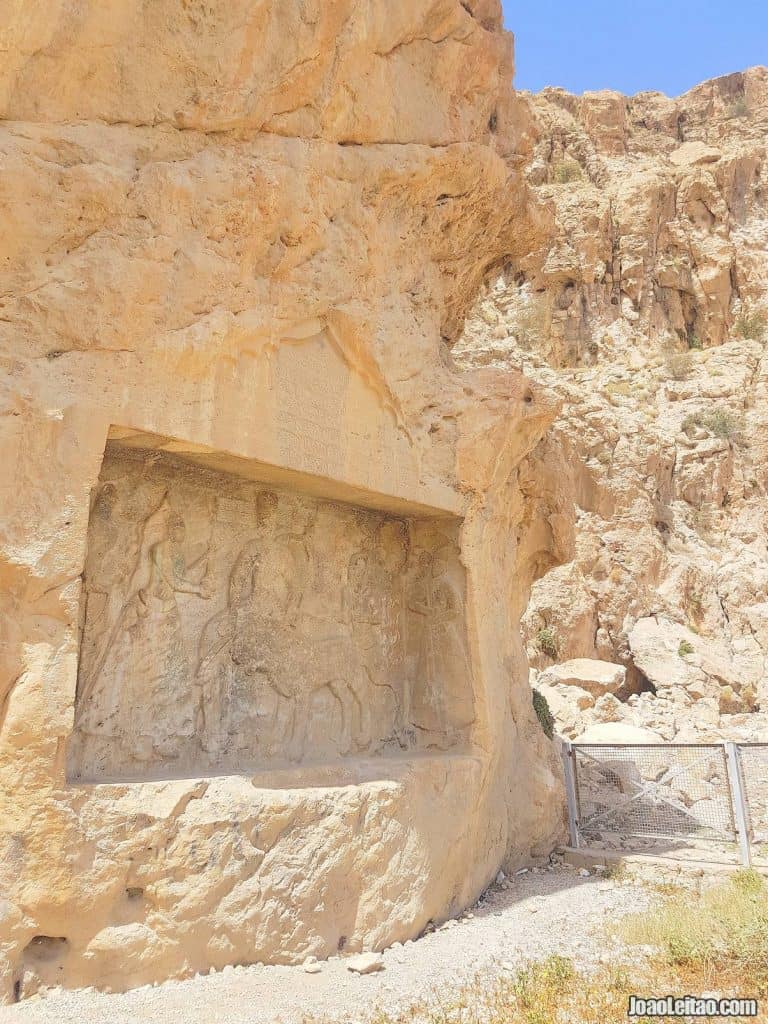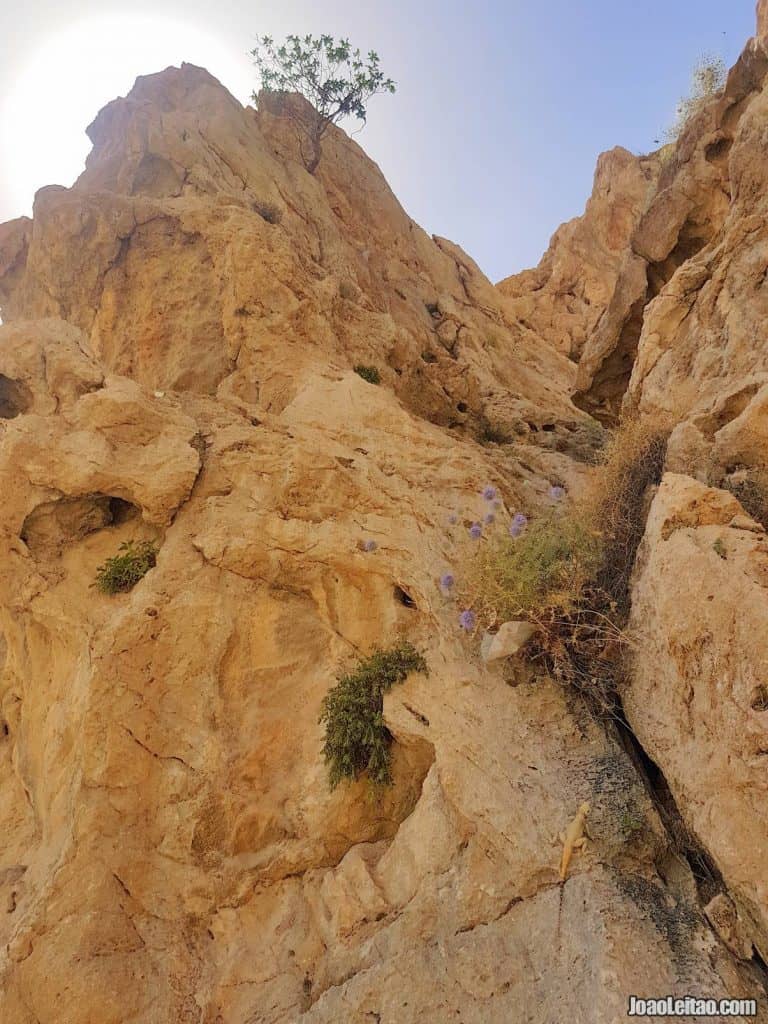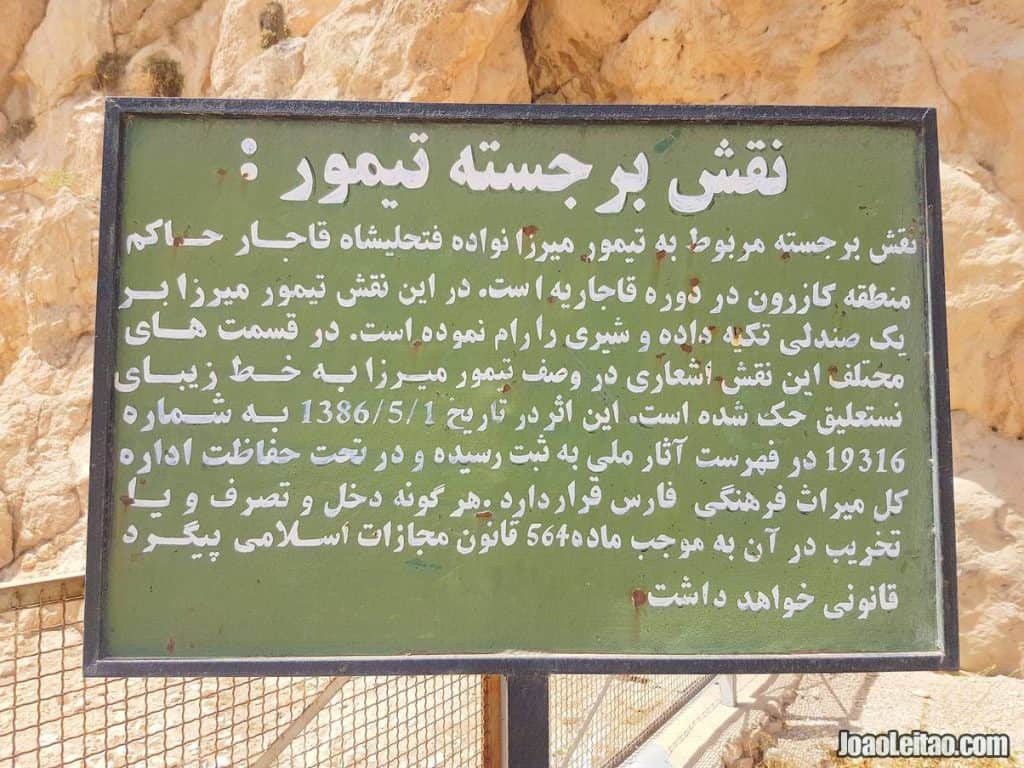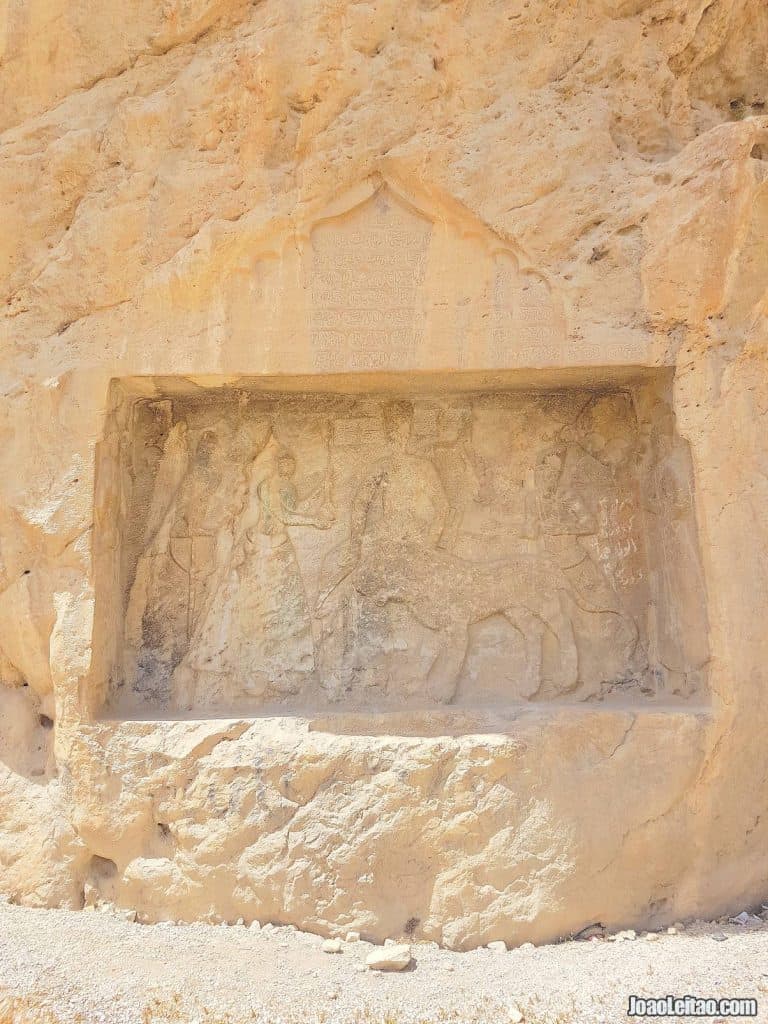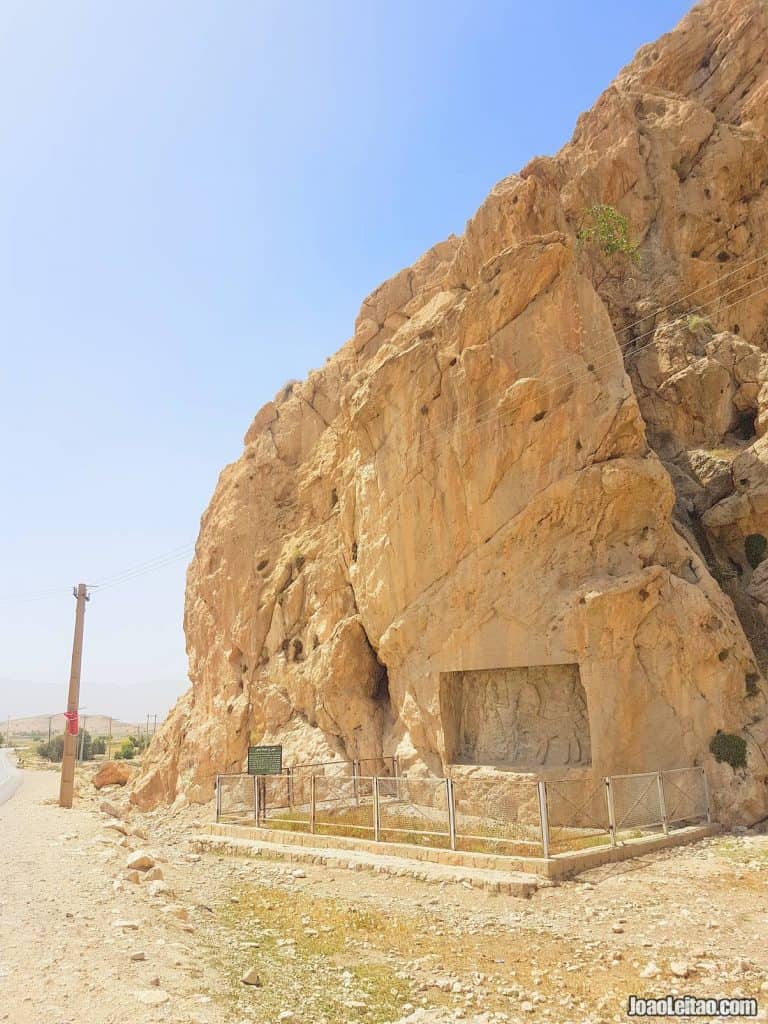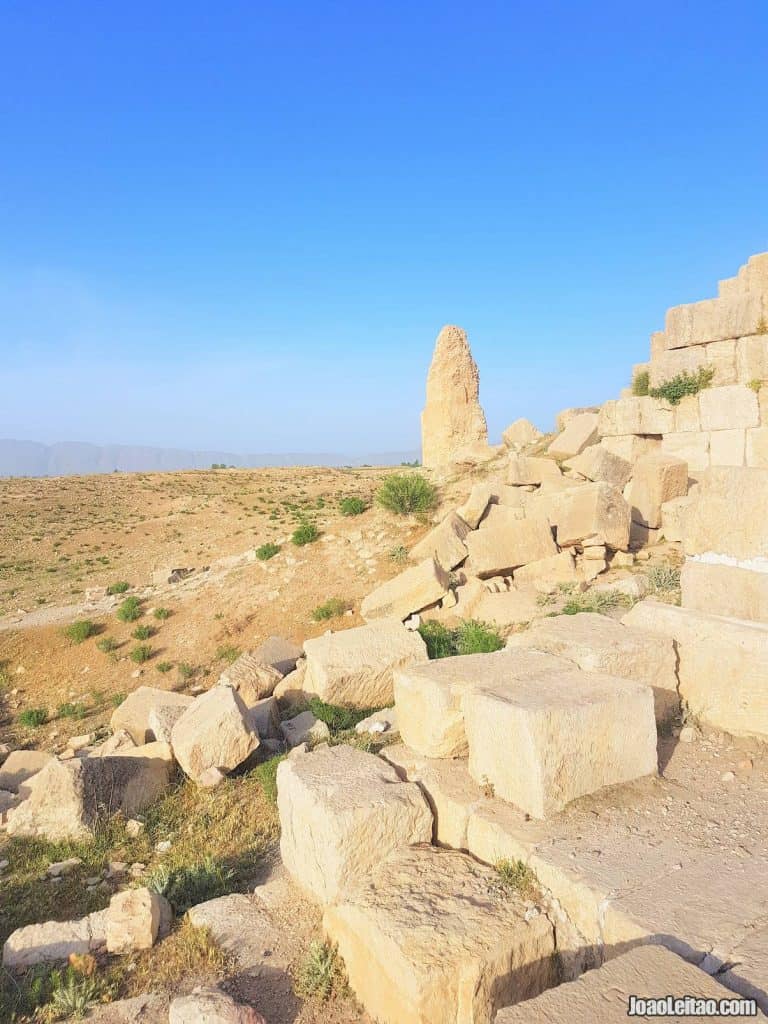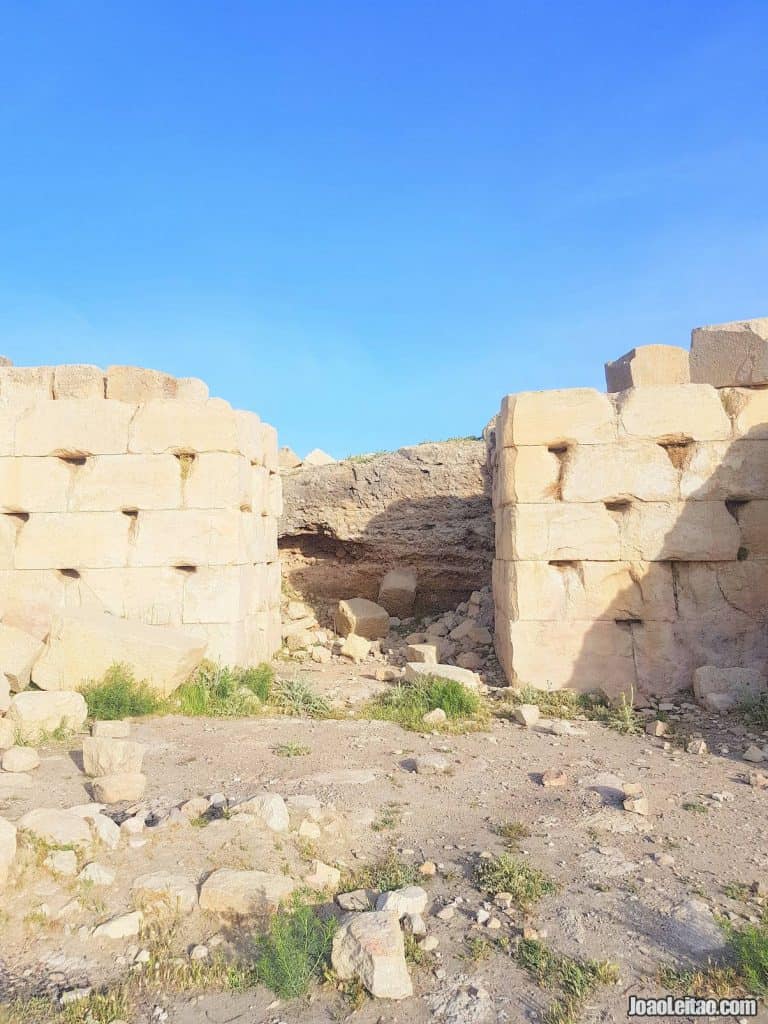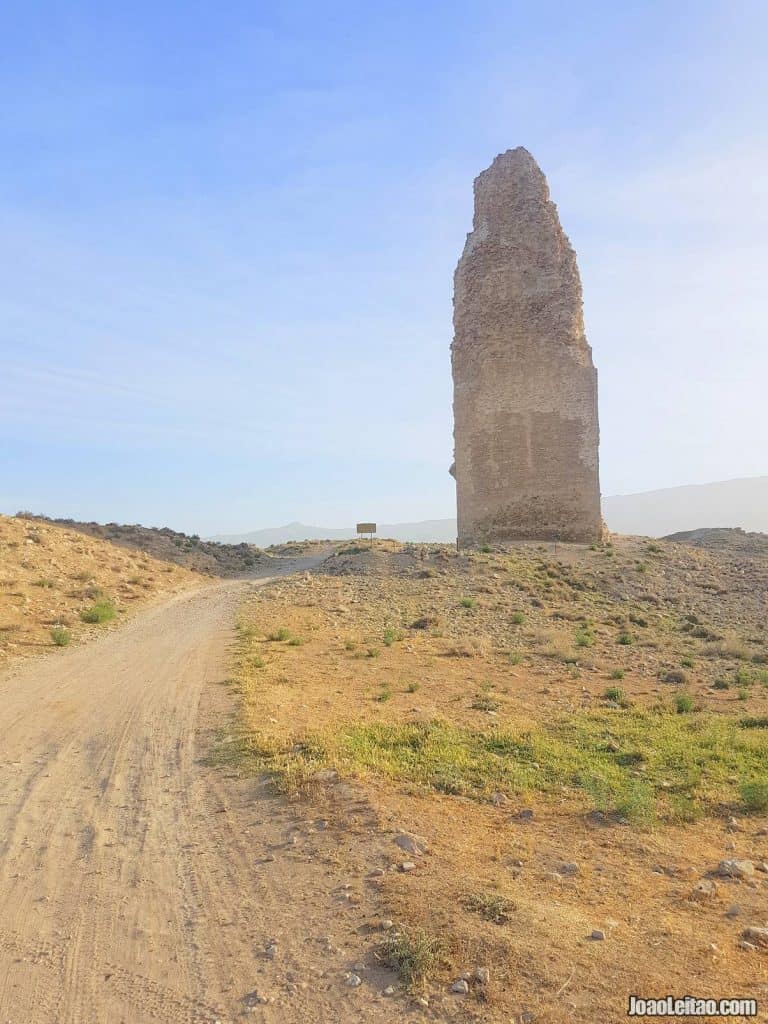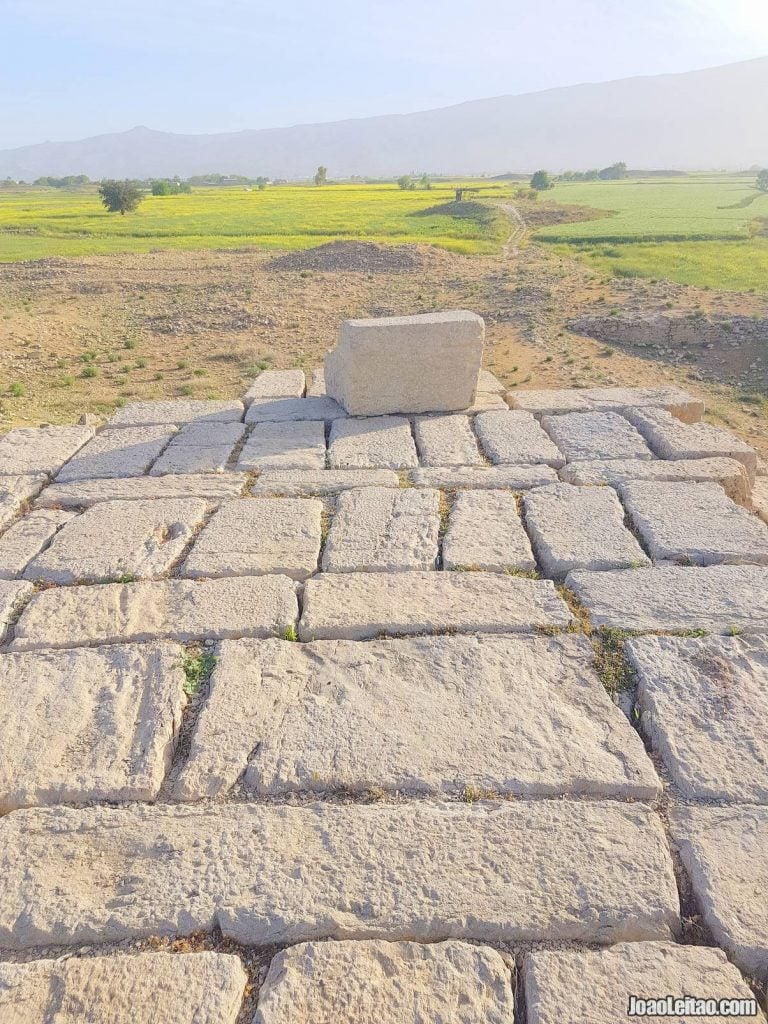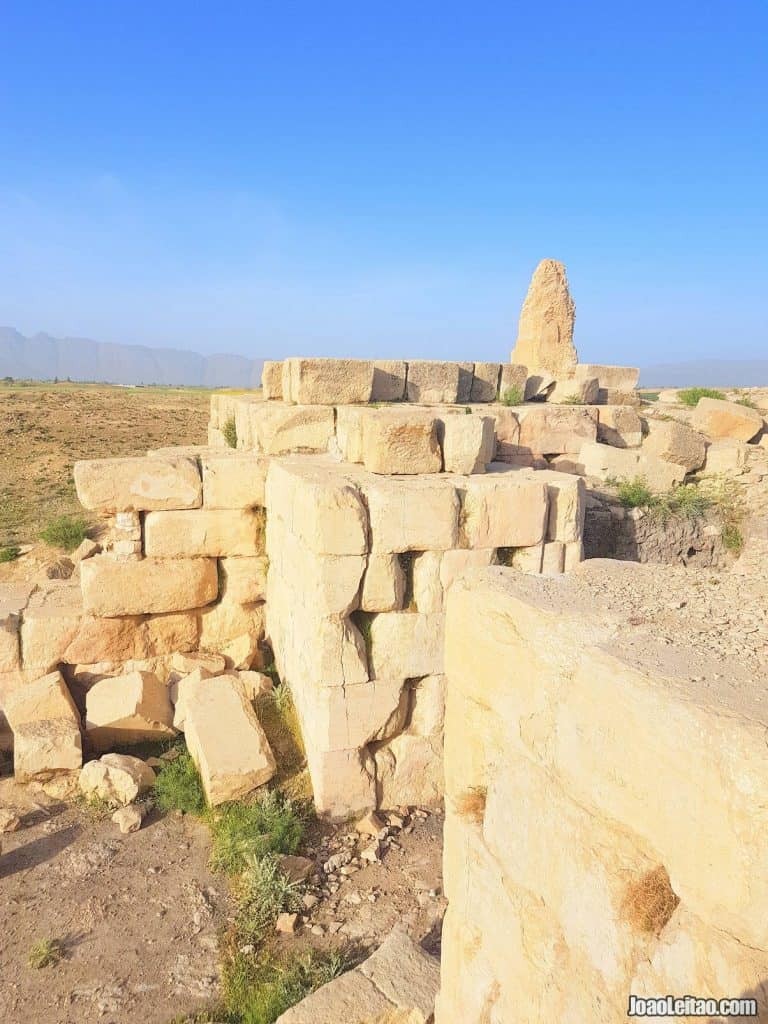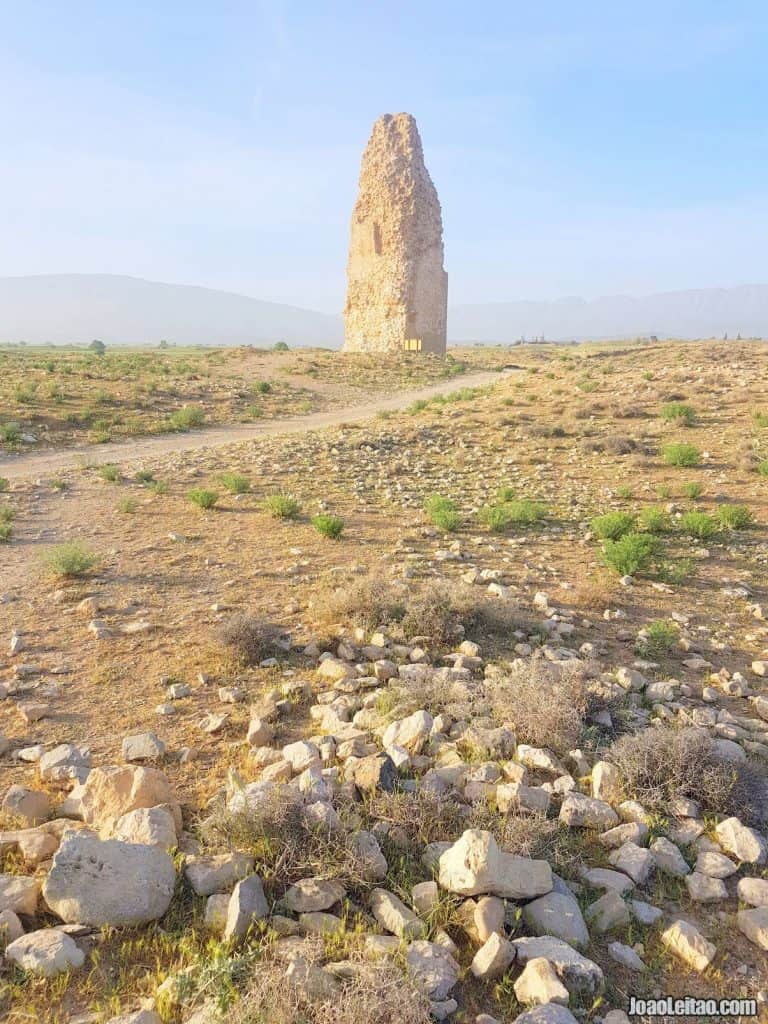Table of Contents
Visit Fars Province
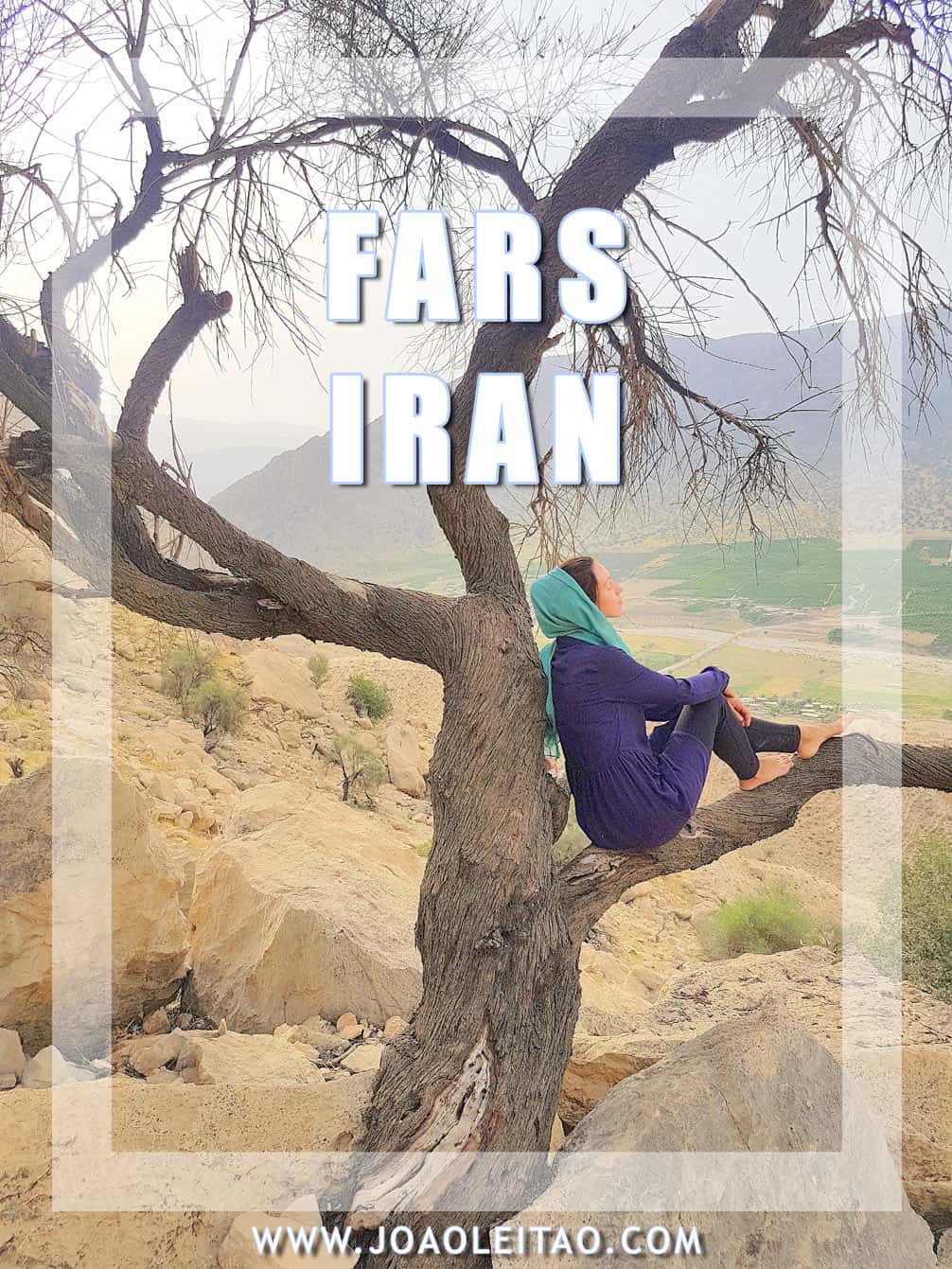
Iran, what else can I say about this amazing country? The blend of welcoming and friendly people, an incredible variety of landscapes, and a vast historical heritage make of the Persian nation, a perfect travel destination.
The number of places to visit in Iran is so big that I decided to make a page focusing on a specific region since it is much easier to organize.
I visited Iran three times already. First time in 2004, when the country was totally unknown to westerners. The second time was in 2012 when I traveled with my wife, and we left Iran with the desire of coming back soon.
And we did. In early 2018 we explored Iran for two months, driving our own camper van – YES! #VANLIFE in Iran is possible! Expect some future blog posts about it soon.
On this page, I share with you, beautiful places you need to visit in Fars Province. This region of Iran is probably the most famous, because of Persepolis, located a few km away from Shiraz. But, Fars Province is packed with great surprises.
Fars Province and the Persian people
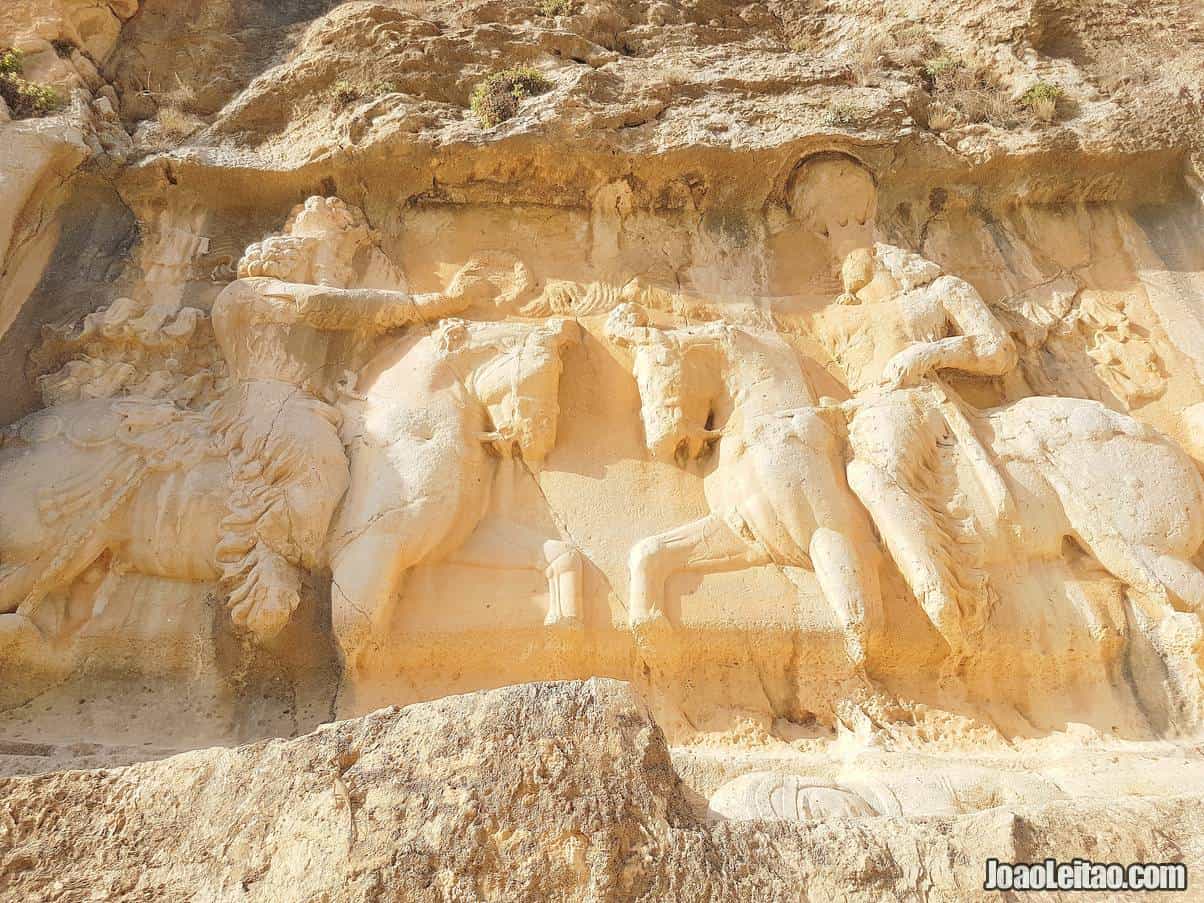
Fars Province is the original homeland of the Persian people.
Fars is the Arabic adaptation of the ancient word Pars, the name of the former region of Persis (or Persia). It’s one of the 31 provinces of Iran and the fourth with the highest population (4.4 million people). It was once the center of the Persian Empire, and it’s no coincidence that the language spoken today in Iran is called Farsi. The ancient Persians established here around the 10th century BC and founded the great Achaemenid Empire, that was followed by the Seleucid Empire, then the Parthian Empire and, finally, the Sassanid Empire.
In Fars you’ll visit two of the most important ancient capital cities of Persia, Pasargadae and Persepolis. Its current capital city, Shiraz, is one of the most exciting cities in the country, with enough tourist attractions to keep you busy for days.
Fars has four UNESCO World Heritage Sites, two of them collective sites: Persepolis, The Persian Garden, Pasargadae, and the Sassanid Archaeological Landscape of Fars Region.
Interesting fact: The Farsi language is the Lingua Franca of Iran. It is the language used for communication between people who do not share the same native language. Because of the ethnic diversity of Iran, the Persian language (Farsi) is the mother-tongue of only 46% of the country’s population.
Also read my other pages about Iran:
Sacred and Religious Places to visit in Iran
Places to Visit in Fars Province
Fars can be divided into three distinct areas. In the north, the landscape is mostly mountainous. The center has deserts, scarce rain in the winters, and sweltering summers. And in the south, winters are harsh, with occasional snowfall, and summers are hot.
Alphabetic order

Ardashir 
Ardashir 
Bishapur 
Dokhtar 
Nomas 
Imam Zade 
Izadkhast 
Jahrom 
Kavar 
Lar 
Maharloo Lake 
Margoon 
Naqsh-e Rajab 
Naqsh-e Rustam 
Pasargadae 
Persepolis 
Sarvestan 
Shapur 
Shiraz 
Sarab-e Bahram 
Tal Abik 
Tang-e Chogan 
Timur Mirza 
Firuzabad
1. Ardashir Rock Relief
Visit Ardashir
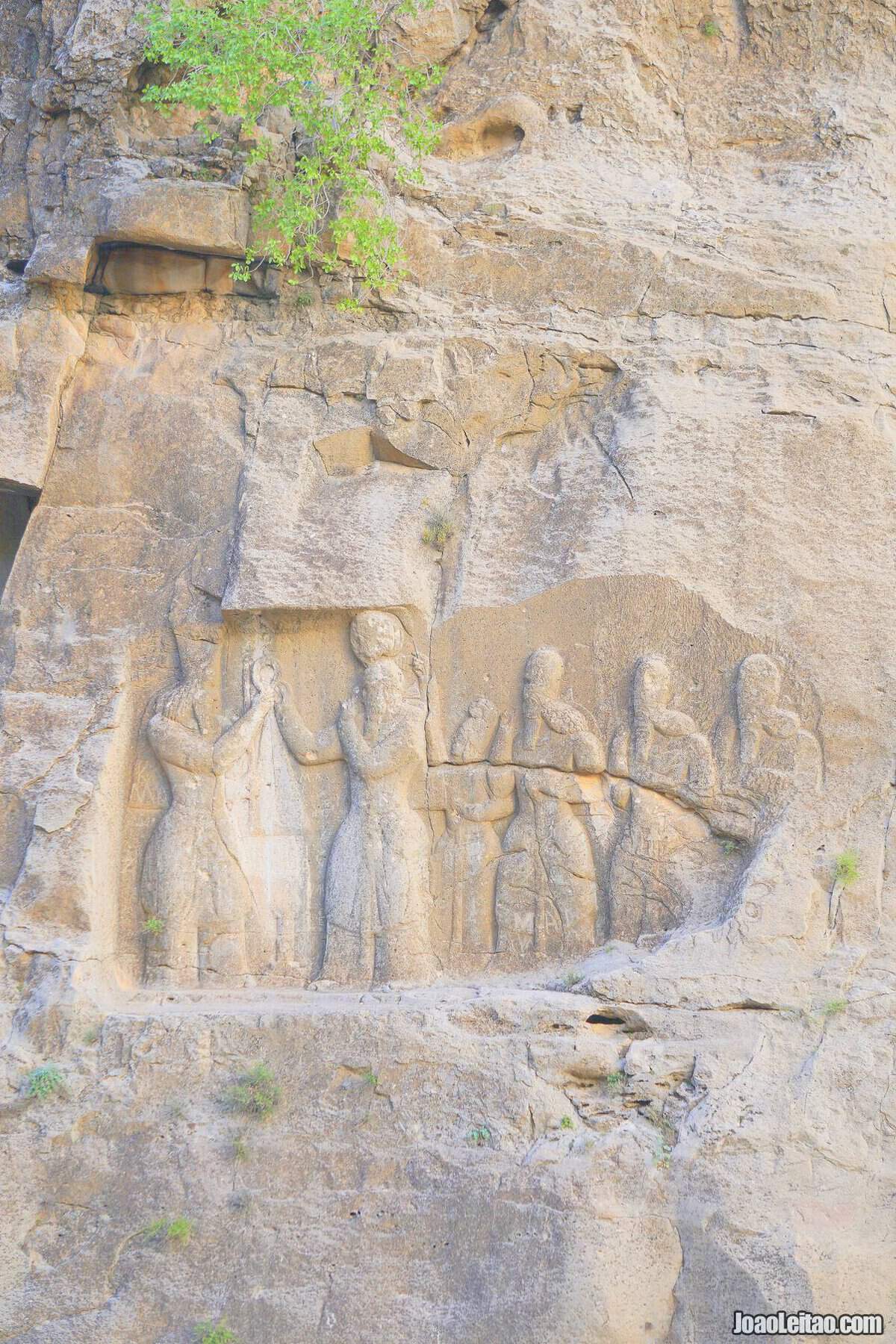
This group of reliefs is located about 7 km northeast of the Palace of Ardashir. They depict Ardashir’s victory over the last king of Parthia, Artabanus, in 224.
It’s believed to be the first work of its kind belonging to the Sassanid period, an art piece that predates the 88 reliefs from the same time and that you can see in different parts of the country. It depicts six mounted figures, clearly divided into three different groups. You can also make out different personalities. In addition to Ardashir, you can see his son Shapur overpowering Dadbundad, the chief minister of King Artabanus, who is also depicted here.
Over the centuries, nature’s effects have damaged the bottom of this masterpiece, 18-meters long and 4-meters high. However, the grandiosity of this monument isn’t lost, nor the details such as the ornaments in the figures’ beards and their clothes and armors.
Photos of Ardashir Rock Relief
2. Ardashir Palace
Visit Ardashir Palace
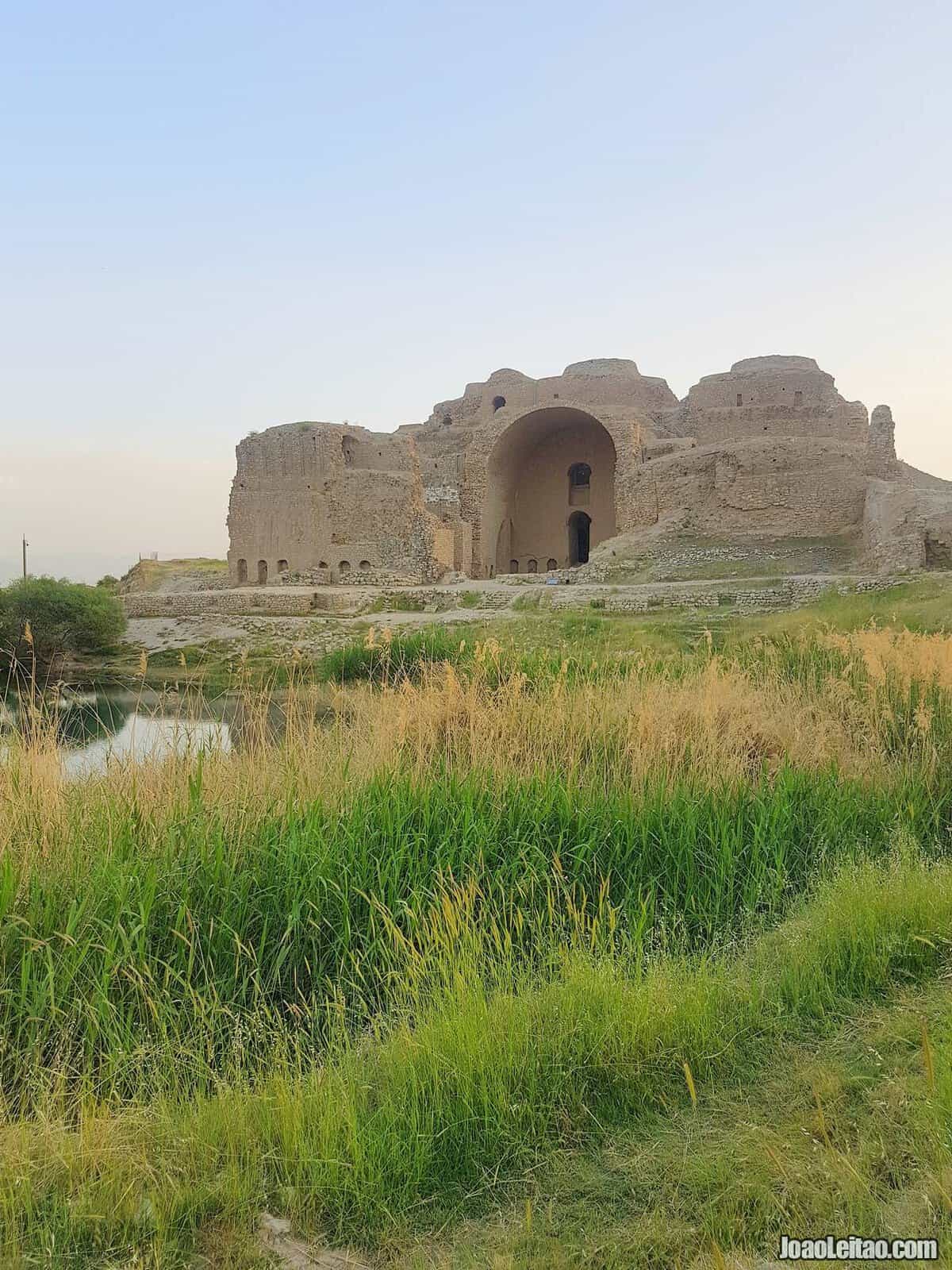
The Sassanid Empire was founded by King Ardashir I in 224 when he defeated the last king of the Parthians, Artabanus V. The new dynasty immediately established alliances and loyalty bonds with the Parthian noble families and ruled for almost 500 years, until the Arabs arrived and brought Islam with them.
At its prime, the Empire covered almost all of the Middle East, spreading out to what we currently know as Pakistan, Uzbekistan, Egypt, parts of Russia, and a good portion of Turkey.
However, at the beginning of the 7th century the decline and loss of vitality of the Sassanids was evident, and when the Arab armies started to tighten their siege, the once-grand Sassanid Empire was little more than a group of fiefdoms.
Zoroastrianism was the main religion practiced by the Sassanids and a clergyman called Kartir had significant influence over the Empire’s governance that lasted for several reigns. Despite that, freedom of worship was allowed in the Sassanid Empire.
In addition to occupying a vast territory, the Sassanids were also highly influential in commercial trade and diplomacy with distant regions, maintaining good relations with China and India.
Photos of Ardashir Palace
3. Bishapur
Visit Bishapur
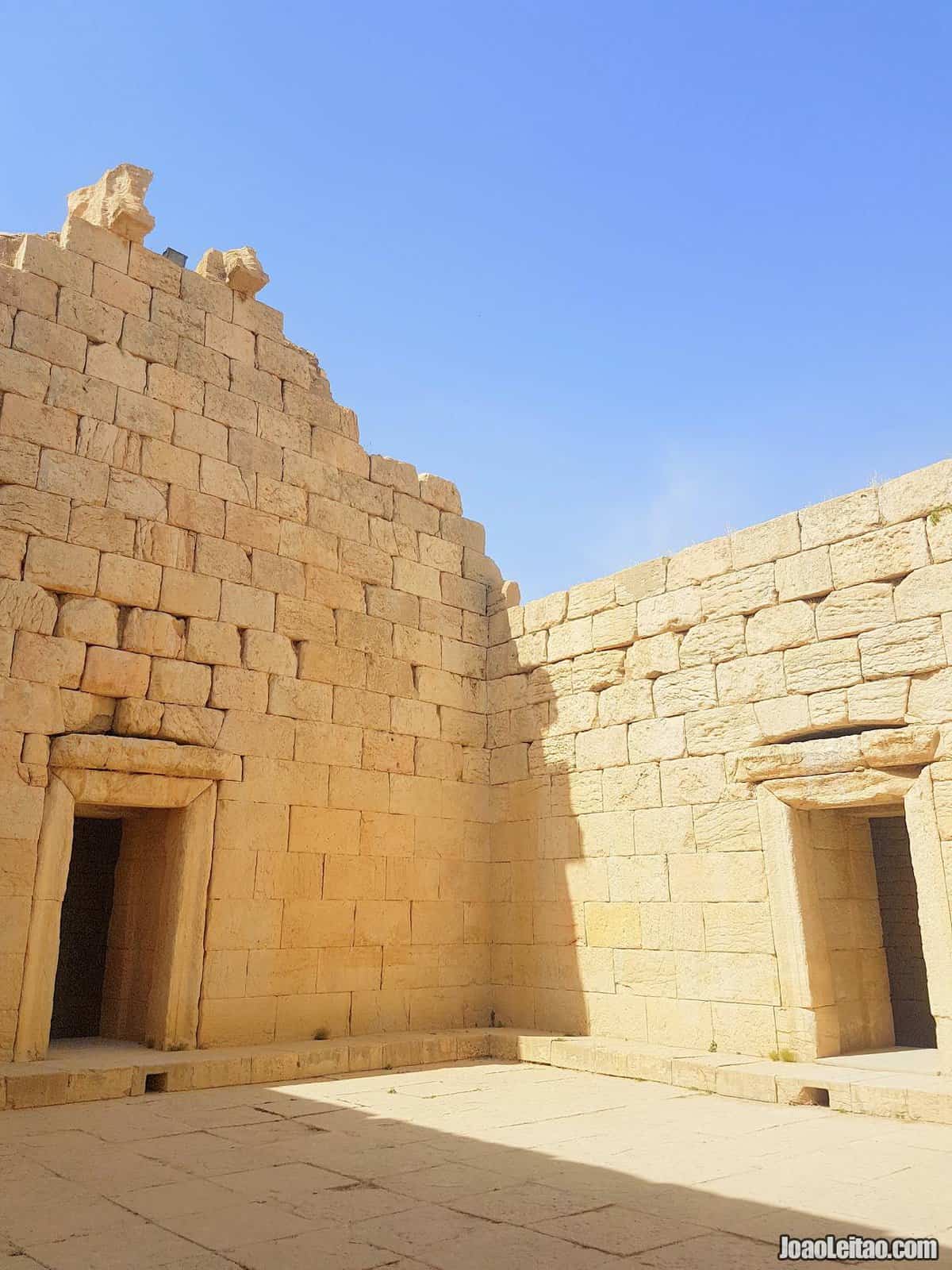
This ancient Sassanid city on the old route that connected Persis to Elam is today one of the most important archaeological sites that you can visit from Shiraz.
The city was founded by Shapur, who ruled from 241 to 272, and was built by Roman soldiers who were captured after the defeat of Emperor Valerian in 260. That explains the recognizable Roman traces in some of the elements in Bishapur, like the city’s grid line plan, different from the typical circular plan of Persian cities.
The castle, on top of a steep hill, was the center of the city. Must-sees include the palace, the several reliefs in different parts of the city, the Anahita temple, and the so-called “cave monument” about 5 km east of Bishapur.
A defense system made of walls that were believed to be as high as 10 meters surrounded the city. At its prime, 80,000 people lived in Bishapur. Its decline began when the Arabs arrived and brought Islam with them, although it became one of the leading centers of religious teaching, as you can tell by the madrasa built there. Some people still lived there in the 10th century, but the city was abandoned shortly after.
Photos of Bishapur
3. Dokhtar Castle
Visit Dokhtar Castle
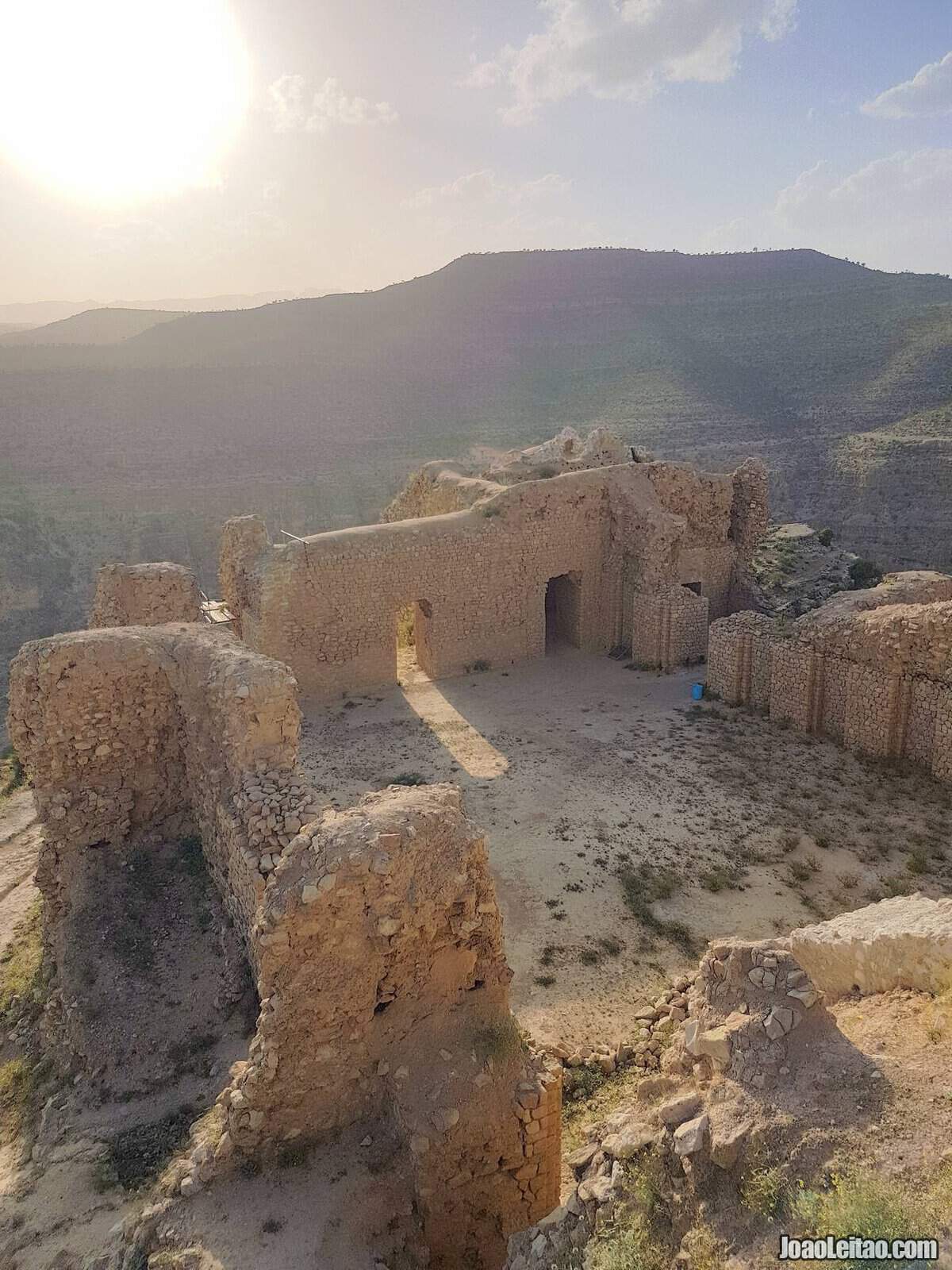
Also known as Qal’eh Dokhtar, which means “the Maiden Castle” (notice the similarity of the word “Dokhtar” with the English, daughter), as a reference to King Ardashir’s daughter, the founder of the Sassanid Dynasty who built the castle in 209. There is, however, a second meaning for the name of this fortress, connecting the word “Dokhtar” to virginal purity. It’s, therefore, the undefeated and sacred castle.
The castle is located in the same region as the city of Kerman, atop a hill surrounded on three sides by a winding river. Inside, you’ll see a palace and several buildings that doubled as military barracks.
You’ll notice the typical architectural elements of the Sassanid period: elongated rooms, recessed windows, arches, domes, and grand staircases. The building was made in stone, but there are traces of refined stucco finishes, that were probably decorated with paintings.
The castle is sometimes called Temple of Fire of Anahita, a reference to the place’s Zoroastrian influence.
In 2016, the local Iranian authorities invested in restoration and conservation work to preserve the structure that was about to collapse. The site lost almost 4 meters of its original height in the past 100 years.
Photos of Dokhtar Castle
4. Fath Abad Nomad Region
Nomads of Fath Abad
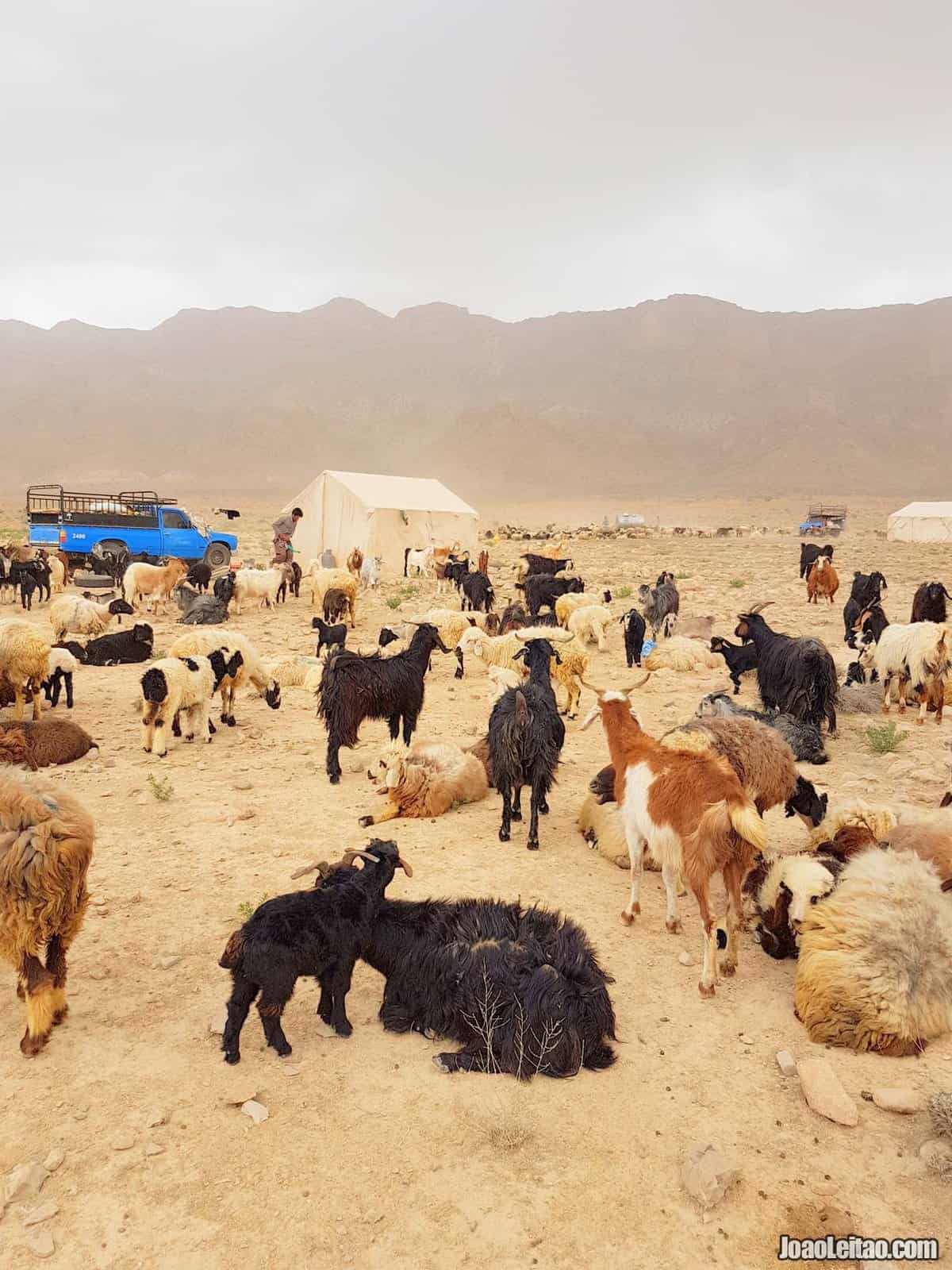
Photos of Iranian nomads
5. Imam Zade Shrine
Visit Imam Zade Shrine
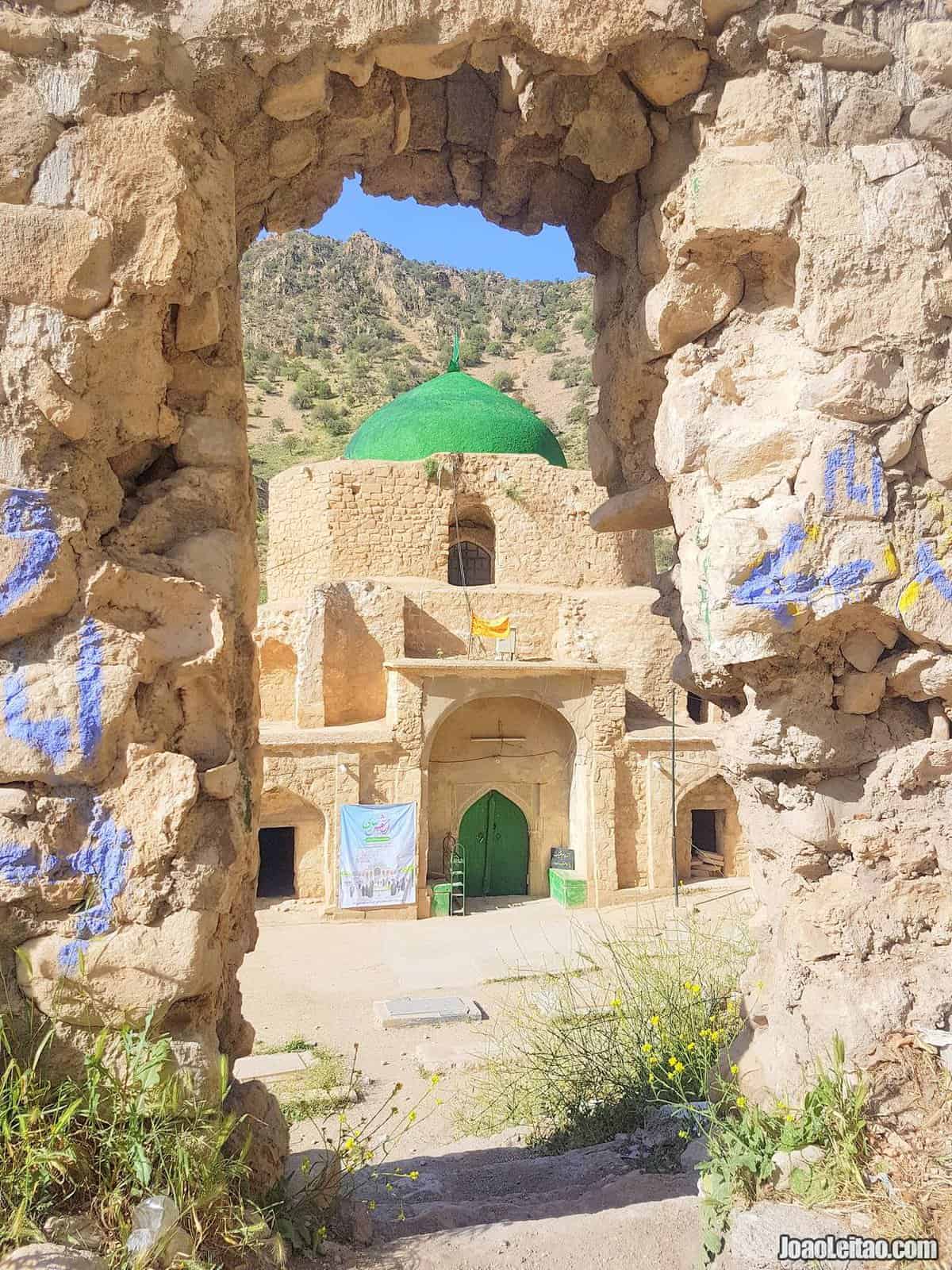
Photos of Imam Zade Shrine
6. Izadkhast
Visit Izadkhast
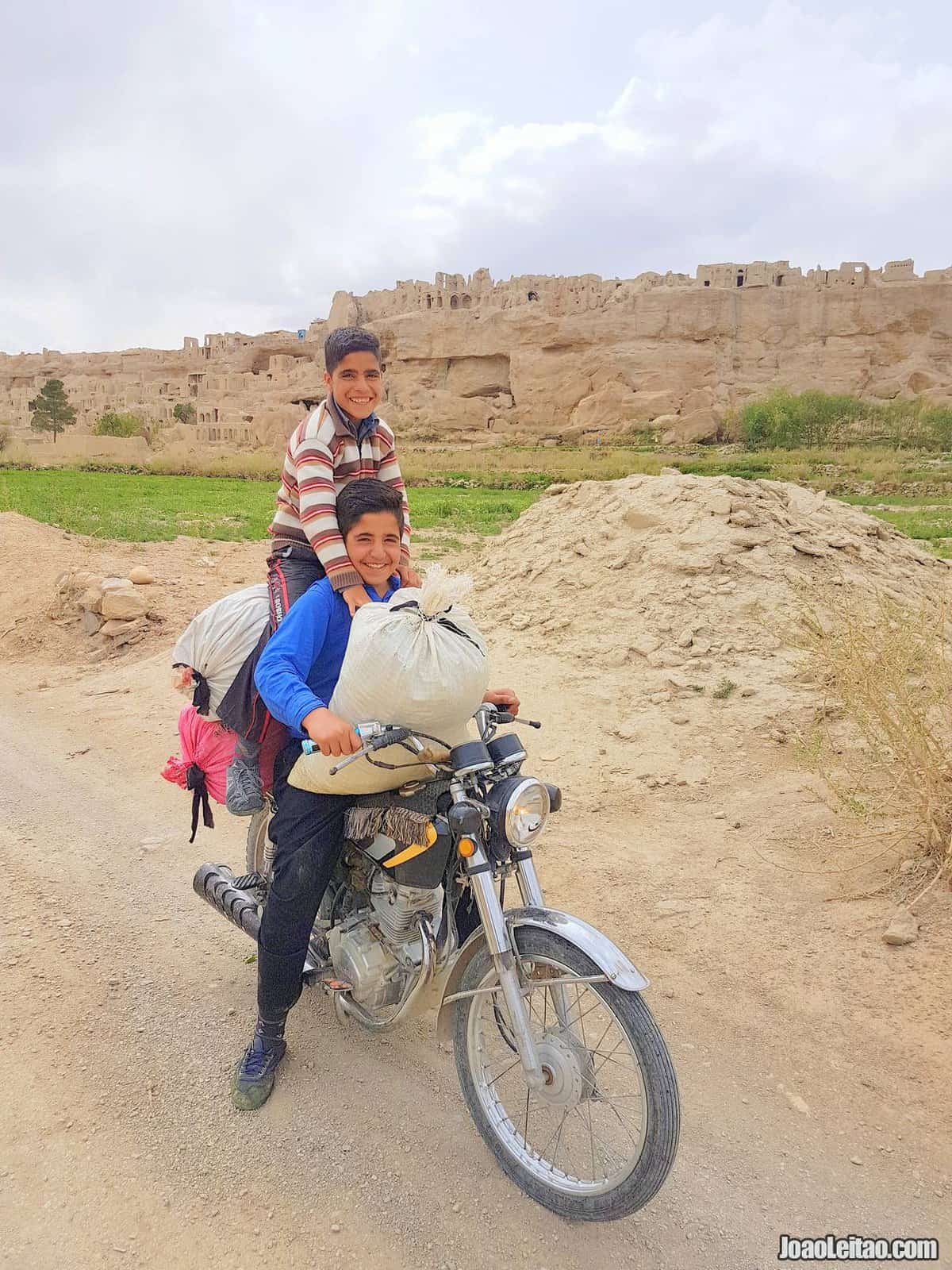
Izadkhast is a small town with 6,000 people, famous for the old Caravanserai built near it and the complex around it.
A Caravanserai was a roadside inn, relatively safe and that catered to all the needs of the tradesmen who traveled through Asia on caravans. They played a crucial role in the so-called Silk Road, a route that passed by Izadkhast.
In addition to the Caravanserai, there’s a must-visit castle, particularly interesting because of the different styles in the same building, mixing influences from the Sassanid and the Qajar periods. It’s the first castle in the world made in adobe, built by the Sassanids. The foundations made with rock were small, which meant they had to build it up, vertically, and influenced the size of the rooms, that are quite small.
Notice the ancient bridge from the Safavid period (early 16th century to the mid-18th century).
The historical Complex of Izadkhast is on the tentative list to become a UNESCO World Heritage Site since 2007.
Photos of Izadkhast
7. Jahrom
Visit Jahrom
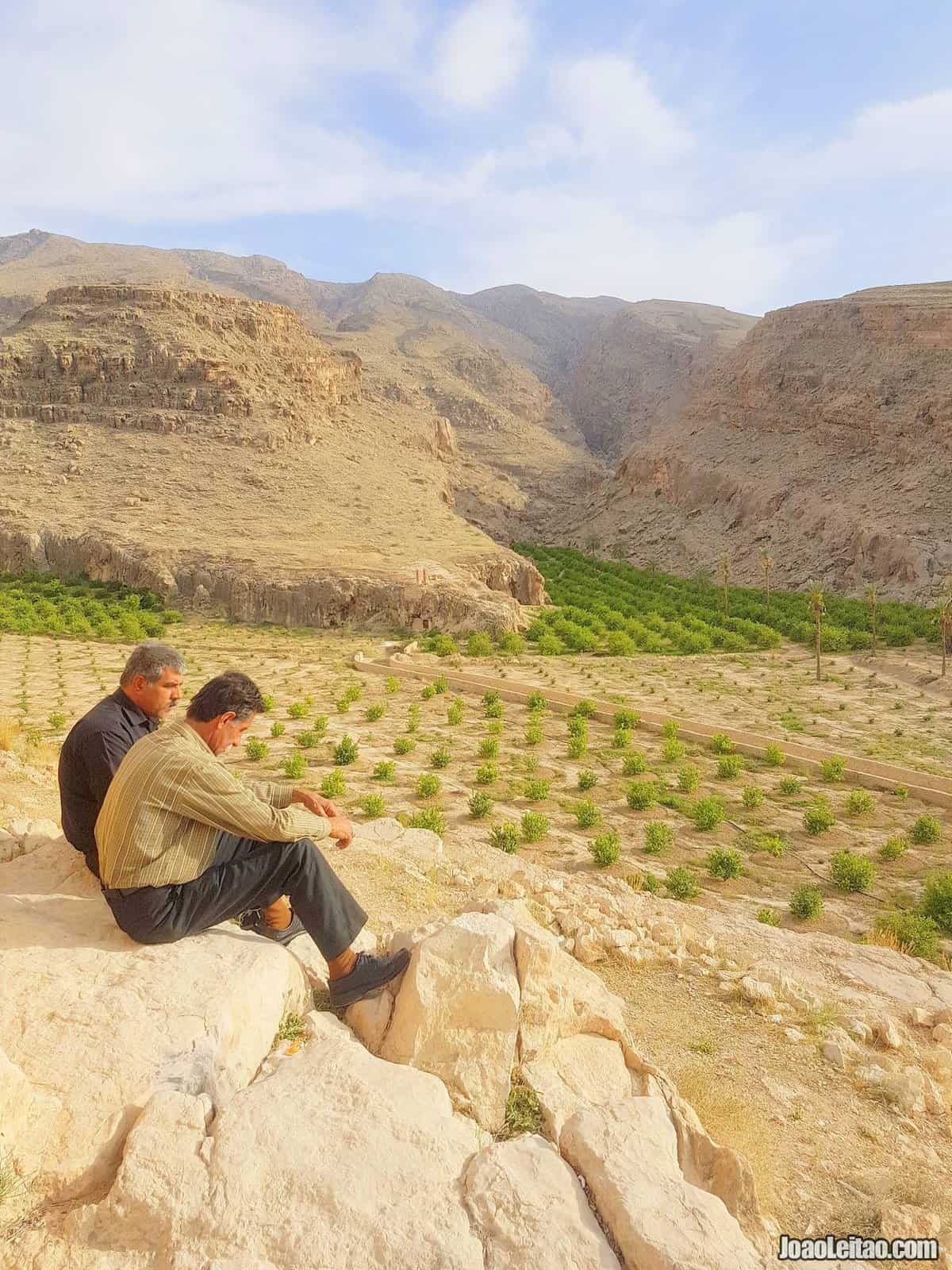
With over 100,000 people, Jahrom is the third largest city in the Fars Province, located in the region’s center, about 180 km south of Shiraz.
It’s easy to reach Jahrom, with regular bus connections from Shiraz, Tehran, or Bandar Abbas. Plus, there are frequent flights four times a week from the capital city at reasonable prices.
Once in the city, try to negotiate a trip to the Sangeshkan cave with a taxi driver. This cave is located south of the city and is probably the largest manmade cave in the world, carved by hand without using any modern machines.
If you prefer to hang out in Jahrom, check out these points of interest: the Ghadamgah Fire Temple at Azadegan boulevard, across the street from the University of Literature. The Khan mosque and madrasa (religious school) on Ebrat street that date back to the Sassanid period. The Jame mosque, built in the Seljuk era, also known as the Friday mosque where everyone gathers on Islam’s most important day of the week.
Market enthusiasts won’t want to miss the Jahrom Bazaar, taking place ever since the Zand Dynasty (second half of the 18th century).
Photos of Jahrom
8. Kavar Old Bridge
Visit Kavar Old Bridge
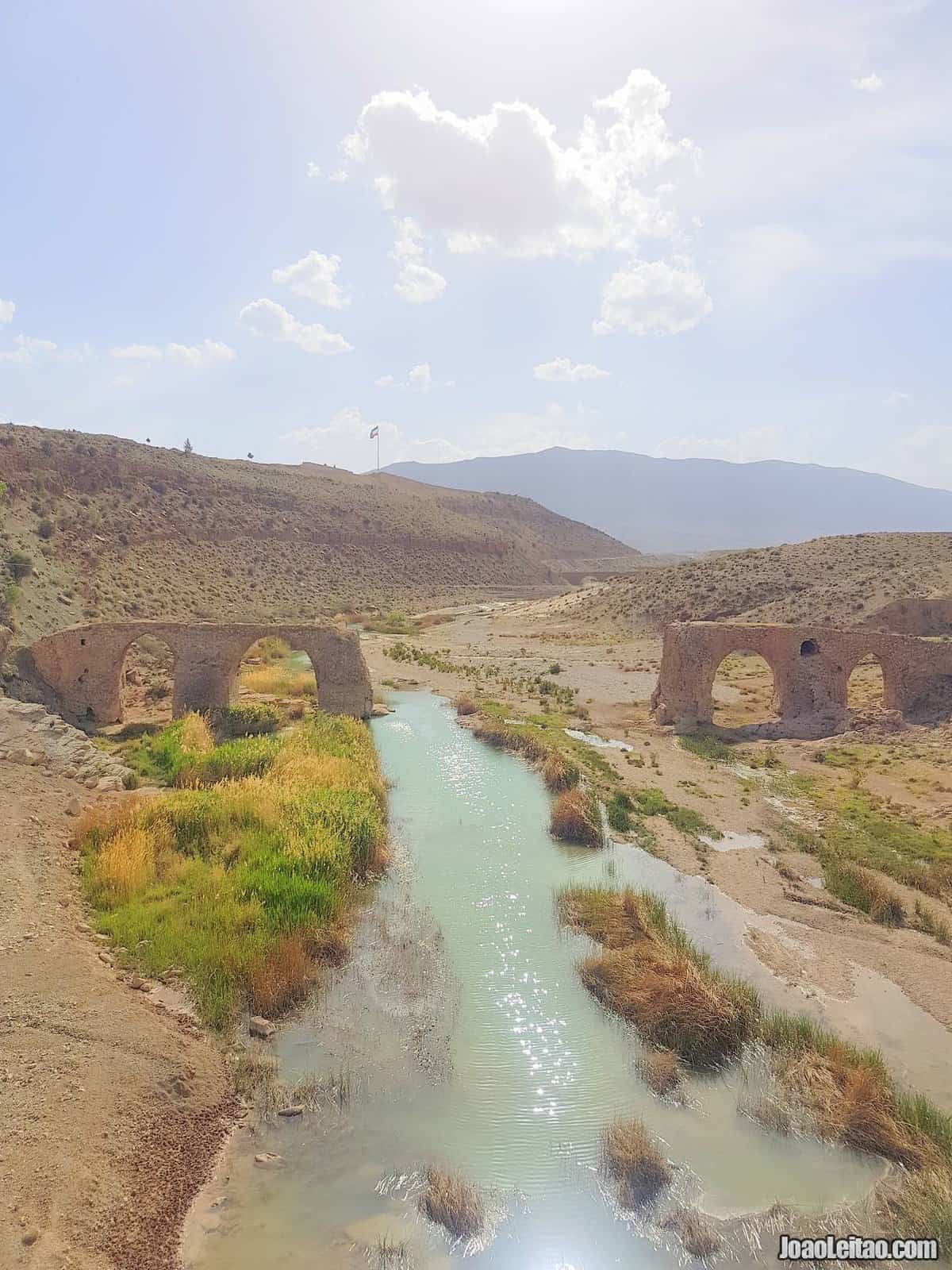
It’s believed that this bridge over Qara Aqaj River dates back to the beginning of the Sassanid era when Ardashir I defeated the king of the Parthians, Artabanus IV. The bridge was 125 meters long, supported by six arches, four meters high and six meters wide.
It shows signs of Roman building techniques, so it can hardly be from Ardashir’s time. So, what does that mean? That it was most likely built by Roman prisoners, captured after the victory over the Valerian Emperor in 260 by Ardashir’s son, Shapur I.
The shape of the arches shows a possible update of their top in the 7th century, the early days of Persia’s Islamization. That checks out because it was at that time that the road, served by that bridge, connecting Firuzabad to Shiraz became relevant.
There are traces of work done after that, mainly from the Safavid and Qajar periods. Nowadays it’s not possible to cross the bridge because the central part collapsed.
9. Lar City
Visit Lar
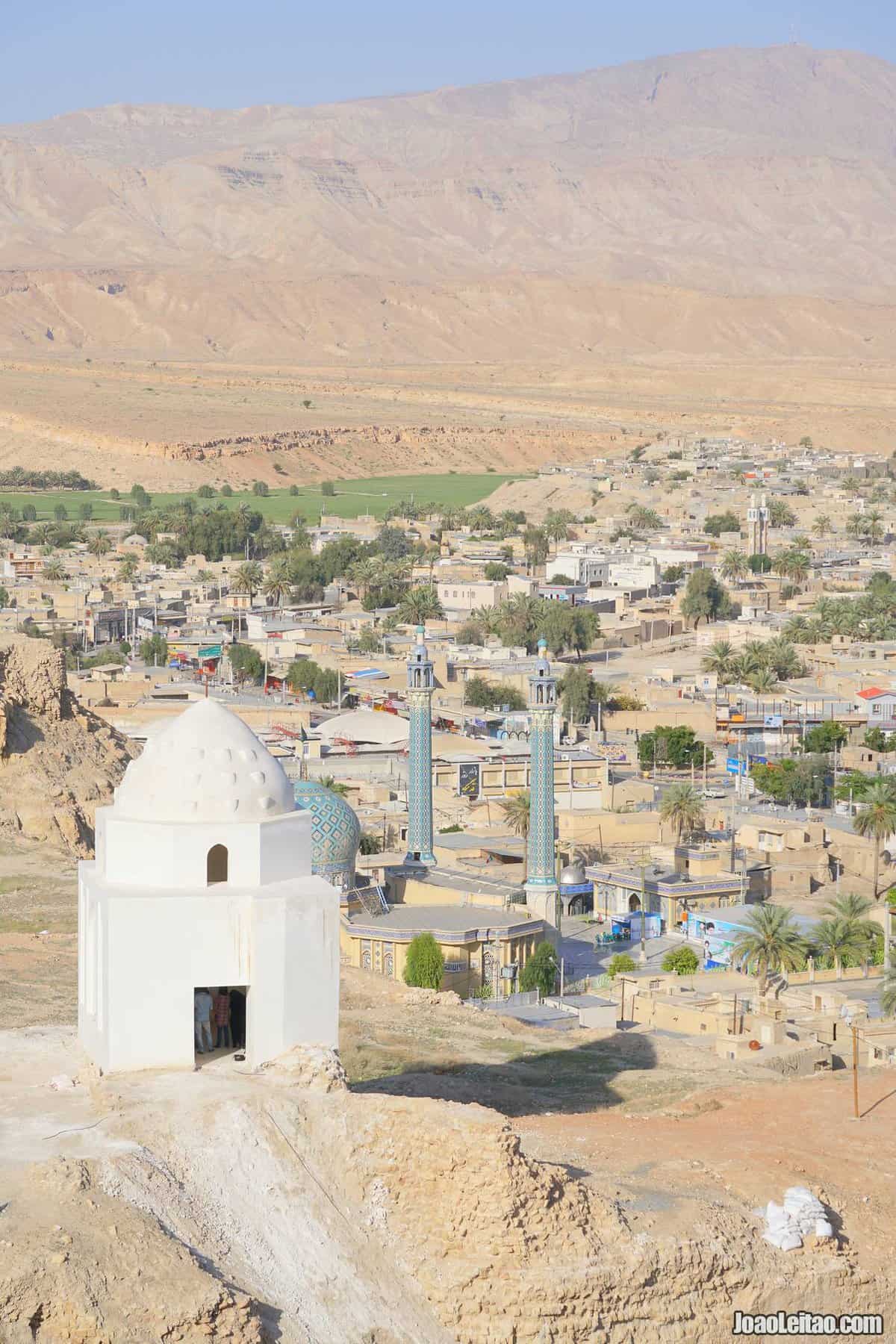
Lar is 370 km southwest of Shiraz and has about 60,000 people. The city is named after one of the heroes of the epic book Shahnameh, written by renowned Farsi poet Ferdowsi, who lived between 977 and 1010. The hero, allegedly, founded the city.
The city was one of the most important stops on the commercial route to the Persian Gulf.
These days, the city is organized into two distinct parts: the new Lar, a modern-looking Iranian town, and the old city, where you’ll find the bazaars and the most interesting areas for travelers.
Those include the Qadamgah Castle, on top of a hill near the old town, and the Ejdeha Peykar Castle built in the Islamic era and inhabited until the 20th century.
If you’d like to see something different, look for the Seyed Ja’fari water tanks. With a diameter of 14 meters and a height of 10 meters, it distributes water to the whole neighborhood through an elaborate canal system built in the Safavid era.
The main mosque in Lar is remarkable and worth a visit. It stands out for its intense turquoise color covering the whole temple, including the dome and the minarets, emphasized, even more, when you see them contrasting against the yellow of the desert.
The Qeisariyeh Bazaar is a Persian classic market, built during the govern of Shah Abbas, in the 16th century. It’s been on the tentative list to become a UNESCO World Heritage Site since 2007.
Photos of Lar
10. Maharloo Pink Lake
Visit Maharloo Lake
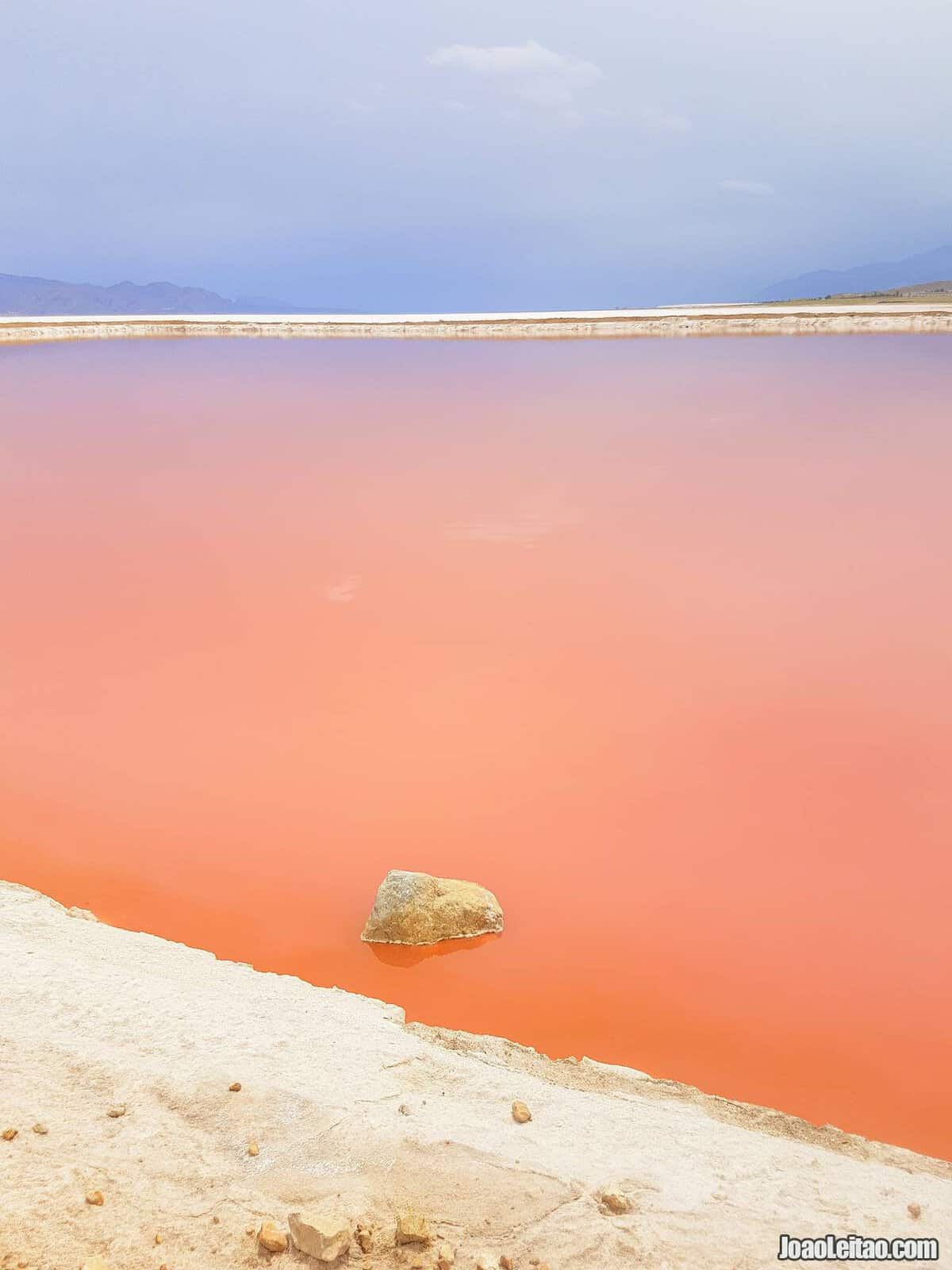
This gorgeous saltwater lake is located near Shiraz. Although you can’t reach it by public transport, you can hire a cab to take you there.
It’s also known as the Pink Lake, and it’s like paradise for birdwatchers, although there has been a decrease in migrating bird species since the lake area reduced in size.
The lake is 600 square kilometers and produces high-quality salt.
If you fly into Shiraz, try to see the lake from your plane. It’s the best way to fully grasp the intense color of the waters, which is caused by the abundance of a pinkish seaweed.
Please note this is a seasonal lake, and its landscape and look is different in each season. During the rainy season, waters rise by the influence of the Rudkhane-ye-Khoshk river (the same river that crosses Shiraz). By mid-summer, the pink hue is more intense, but because of the high temperatures and lower water levels, by the end of the hot season the lake is practically dry, and all you can see is its white bed.
Photos of Maharloo Lake
11. Margoon Waterfall
Visit Margoon Waterfall
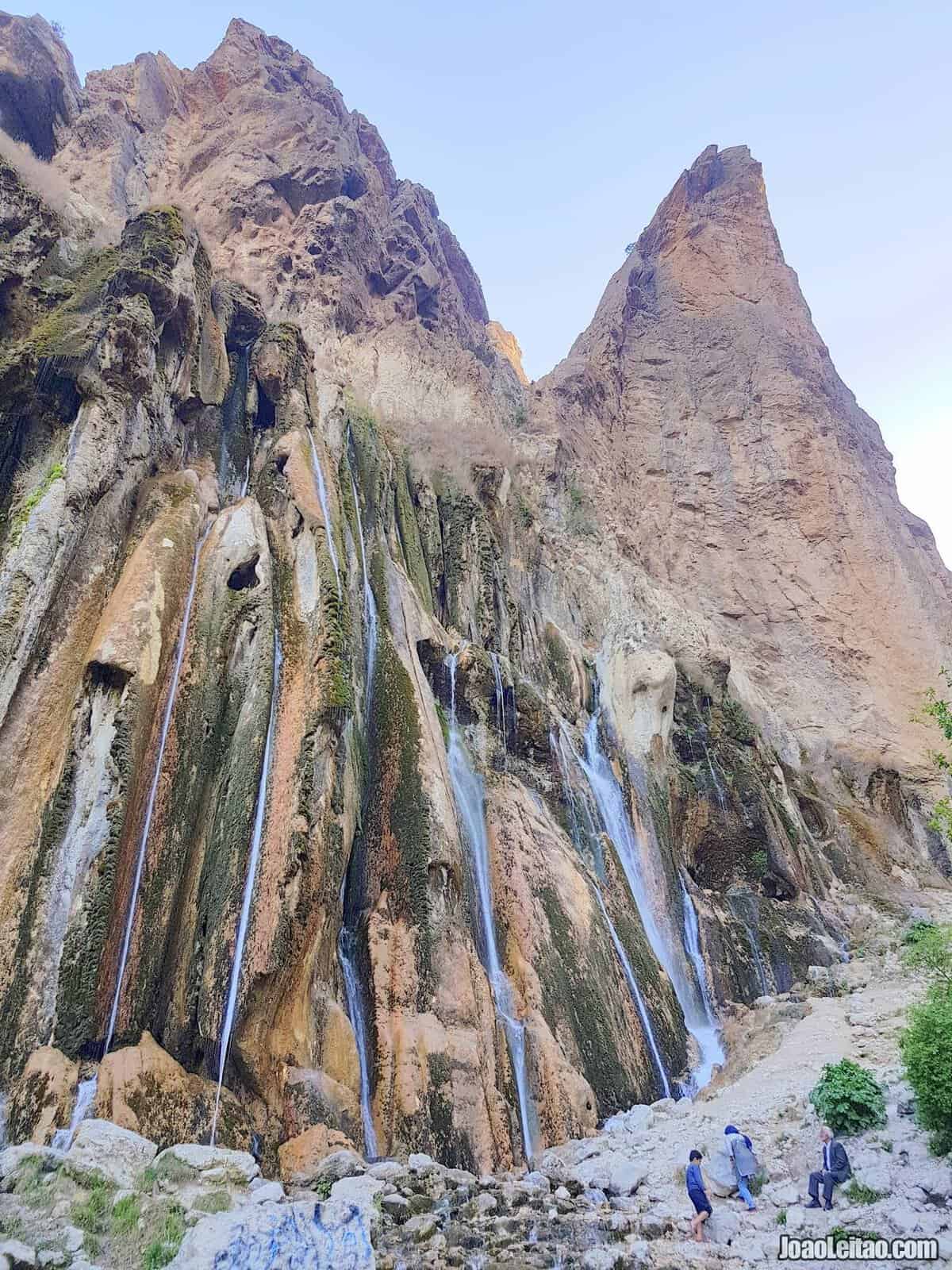
These waterfalls are located on the mountains in the Sepidan region, framed by a truly heavenly scenery that you can cross on foot while admiring the flowers and the neighboring mountains. The waterfalls are about 800 meters from the parking lot.
Please note that you’ll be at 2,200 meters above sea level, so expect matching weather conditions. You should avoid visiting in the winter because snow and ice make the road dangerous and it’s most likely blocked at the time. The waterfalls tend to freeze when the cold is more intense.
One of the peculiar features of these cascades is that the water doesn’t come from any river or stream at the top. It comes from the middle of the rocks you can see there and drops down 70 meters. That vertical wall, covered in thick green moss, is 100 meters wide.
Photos of Margoon Waterfall
12. Naqsh-e Rajab
Visit Naqsh-e Rajab
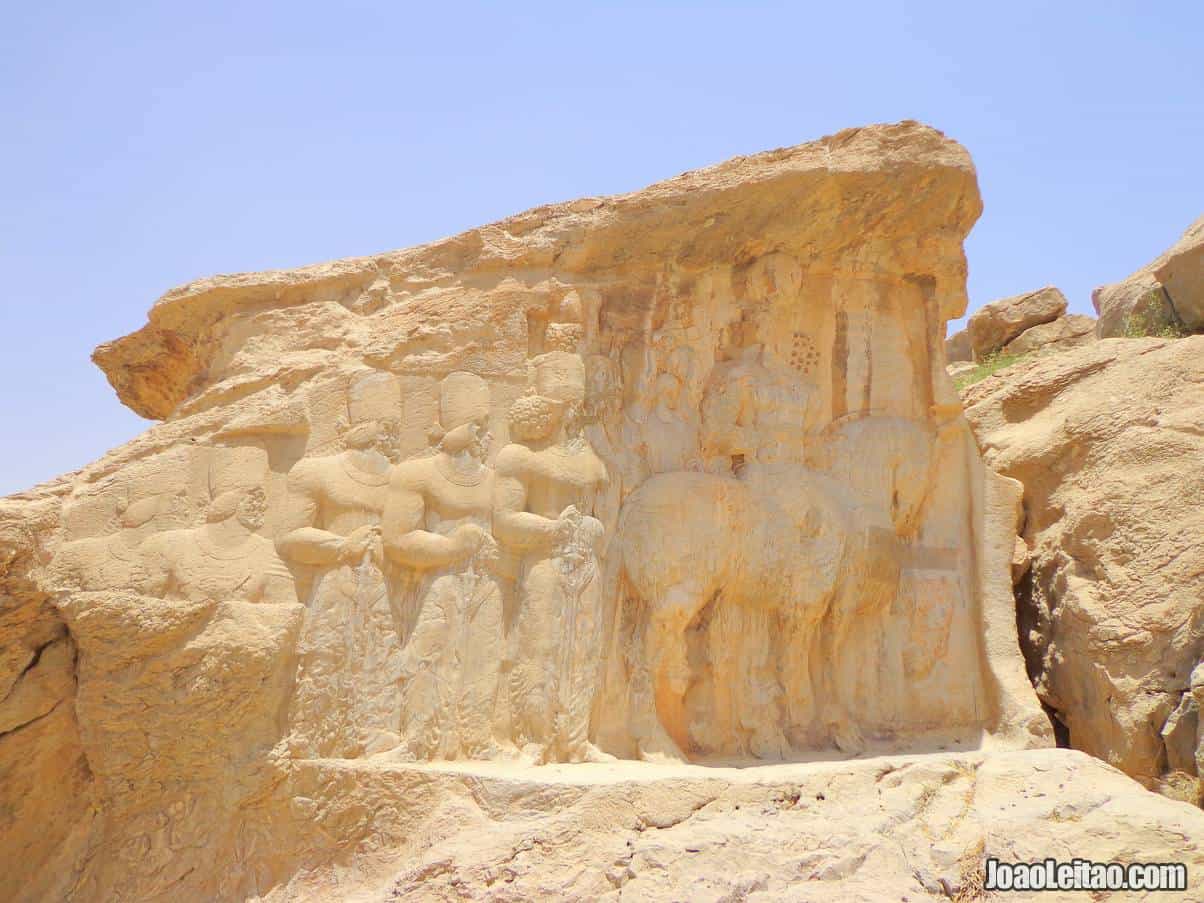
Both this archaeological site and the Naqsh-e Rostam are located outside Persepolis and were included by Iranian authorities on the tentative list to become a UNESCO World Heritage Site.
Here you’ll see three superb reliefs, engraved on the rocks by orders of the first two kings of the Sassanid Dynasty. Two of them represent the inauguration ceremonies of king Ardashir (224-241) and his son Shapur I (241-272). The third one depicts king Shapur I on a horse followed by his entourage.
The detailing on the third relief is quite extraordinary. You can see an inscription on the horse’s chest, praising the old age of Shapur’s lineage and confirming him as the emperor of the Aryans.
The site is about 3 km north of Persepolis, and you can walk all the way there or hire a taxi. Expect to pay 500,000 IRR for a roundtrip, including waiting time.
Photos of Naqsh-e Rajab
13. Naqsh-e Rustam
Visit Naqsh-e Rustam
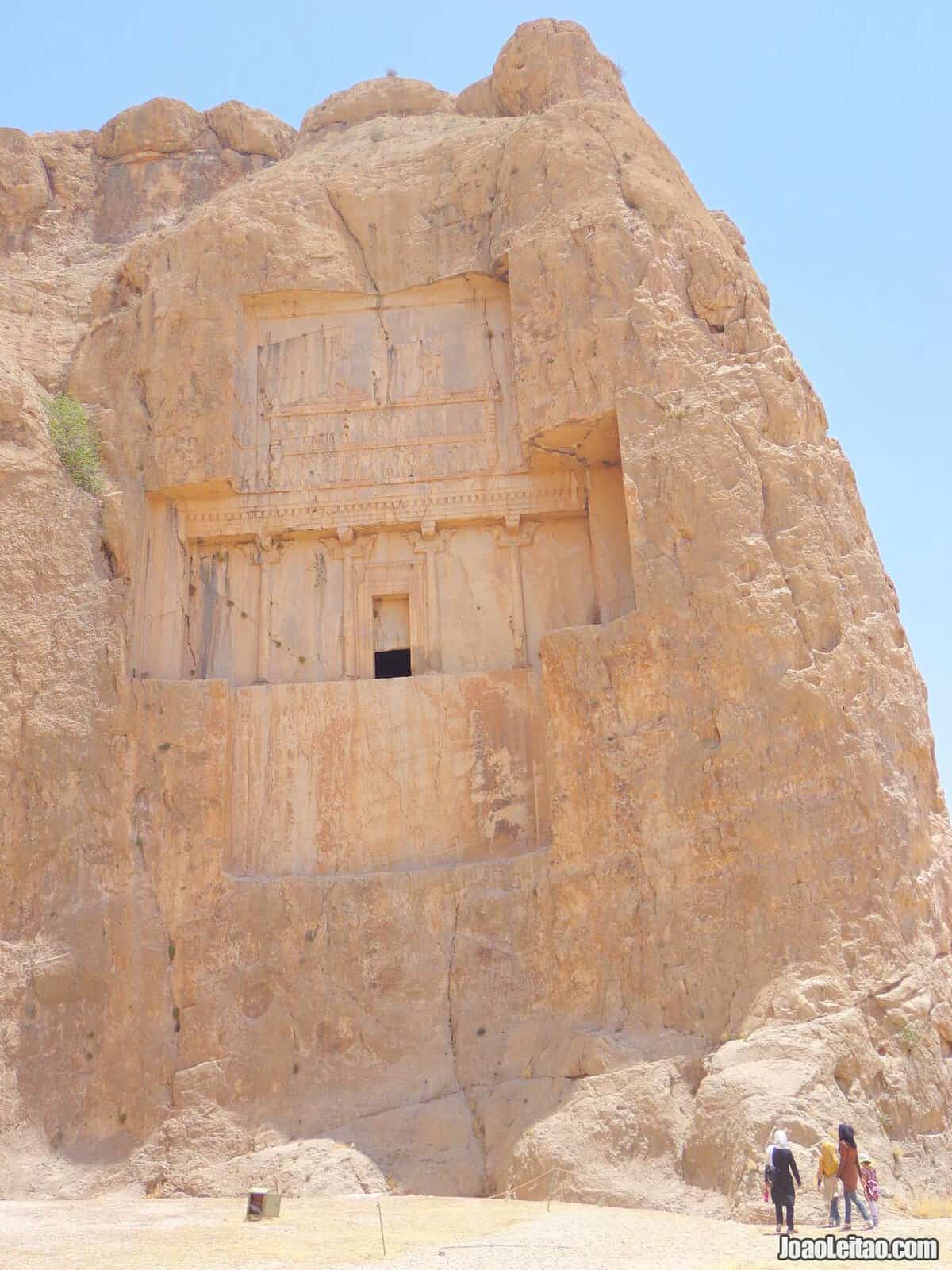
Just like Naqsh-e Rostam, this is an archaeological site outside Persepolis, on the tentative list to become a UNESCO World Heritage Site.
It’s a bit further from Persepolis, around 6 km, and you can and should visit at the same time as Naqsh-e Rostam.
Must-see places here include the necropolis, with the monumental tomb to Emperor Darius I. It’s carved on the rock, and it’s called Huseyn Kuh. There’s an inscription about how the late monarch wanted to rule with justice.
There are more tombs built using this technique, but there isn’t any indication of who’s buried in them, although it’s almost sure it’s the immediate successors to Darius I.
Those tombs were big enough for nine people and were sealed after the funeral ceremonies were over. Only after the victory of Alexander the Great were the tombs opened and, eventually, pillaged.
You’ll notice a tower in front of the tombs that was probably used to keep an eternal flame burning and to store books.
Although the place was clearly more important for the dynasties before the Sassanid one, they continued to use it in their time. Shapur I, the second king of the Sassanid Dynasty, commissioned a relief depicting his victory over the Romans and his successors added other engravings over the years.
Photos of Naqsh-e Rustam
14. Pasargadae
Visit Pasargadae
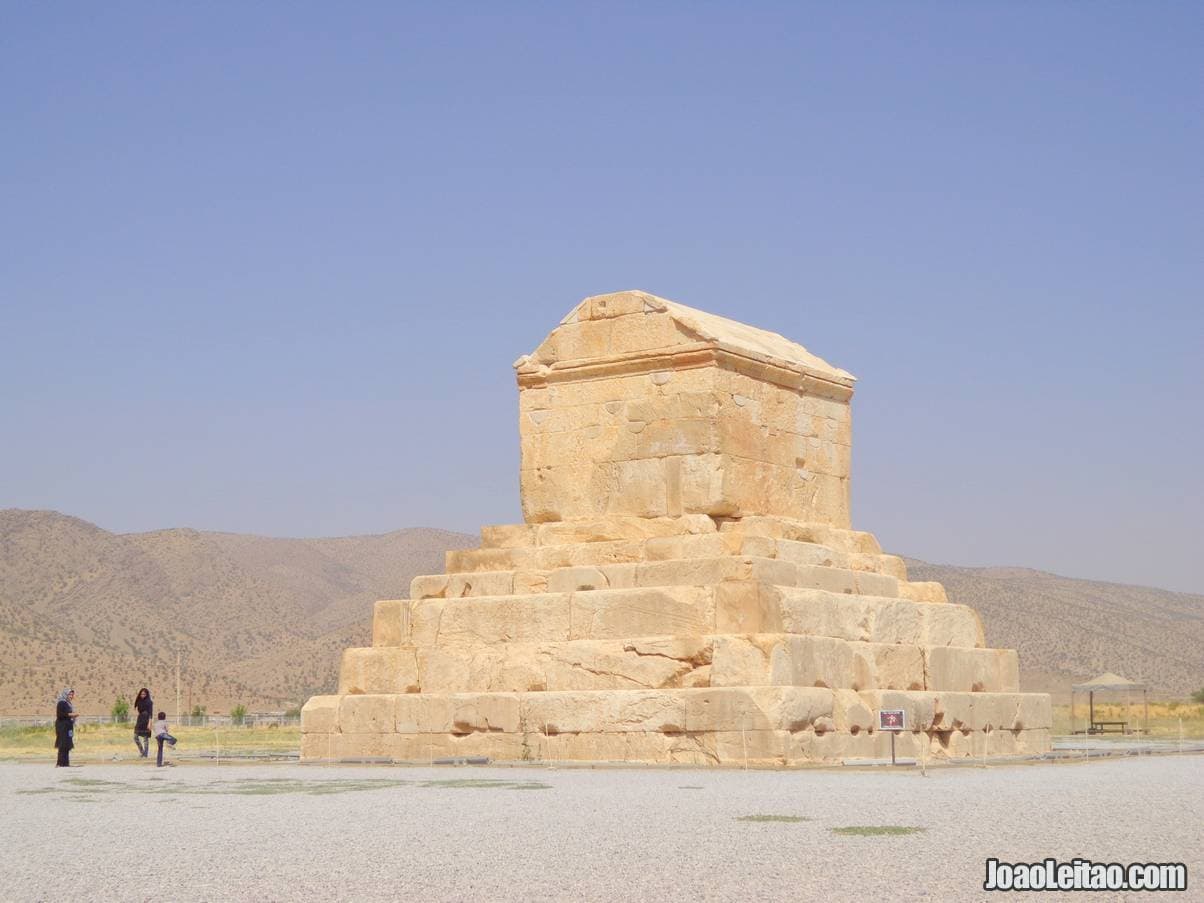
Pasargadae is an ancient city, today in ruins, 135 km northeast from Shiraz, from where you can travel to.
It was the capital city of the Achaemenid Empire, founded by Cyrus II the Great, around 546 BC. The great Persian leader died at war in 530 BC, so he never got to see his new capital city. His body was laid to rest in the monumental tomb built for that purpose in Pasargadae, which is, in fact, the most important monument in all the archaeological complex. Pasargadae was the capital for some time, until Cambyses II, the son of Cyrus, moved it to Susa.
It’s possible that Alexander the Great personally sacked the tomb of Cyrus II, but no historical evidence supports that.
In addition to this monumental tomb, you’ll also see traces of different palaces, what remains of the city’s vast garden structure, the fortress built on a platform atop a hill that’s called the Throne of Solomon, and Gate R that has supposedly inspired Persepolis’ Gate of All Nations.
Pasargadae is a UNESCO World Heritage Site.
Photos of Pasargadae
15. Persepolis
Visit Persepolis
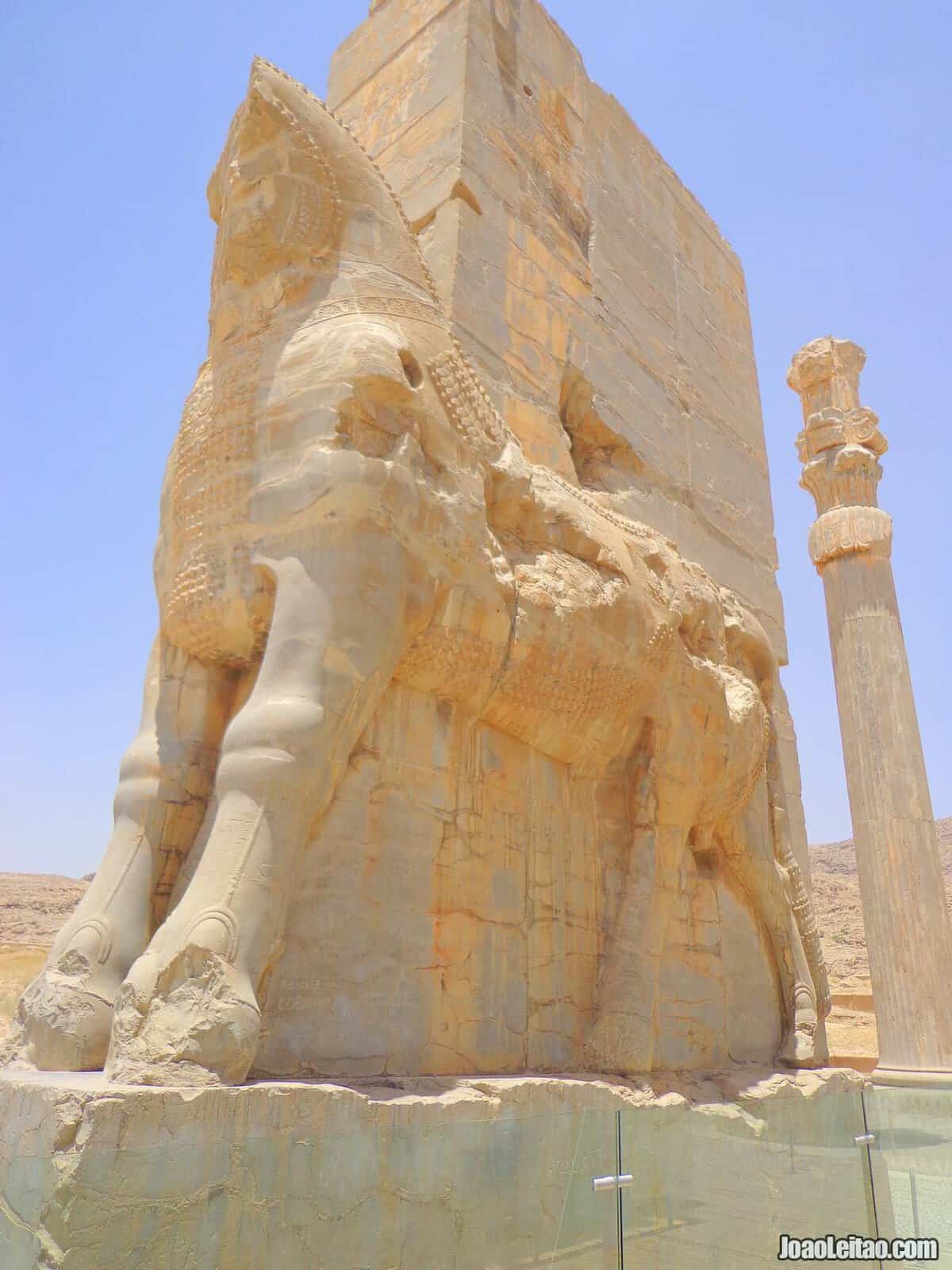
Persepolis is the grandest of Ancient Persia’s capital cities, one of the top attractions for tourists visiting Iran, and a must-see site for all Iranians.
It’s near Shiraz, and you can easily travel from the city to visit the site. You can visit it in half a day, but it’s not recommended.
Although there are traces of an older human presence at the site, Persepolis was founded by emperor Darius I in 518 BC, who made it the capital city. At least officially, because Persepolis’s remoteness made it difficult to rule from there, so the monarch spent more time in cities like Susa, Babylon, and Ecbatana.
In 330 BC, emperor Alexander the Great wiped out the city but kept its status as the capital of the new province under Macedonian control. It slowly began to decline at that time. One thousand years later, when the Arabs arrived, Persepolis was still a city with some might, which allowed it to resist the invaders tenaciously.
Nowadays, you can visit a vast complex of monuments, with several must-see structures and buildings, including the Gate of All Nations, that gave access to the city on the west side, the Apadana Palace, the monumental tombs, and the Throne Room.
Persepolis is one of the places in Iran listed as a UNESCO World Heritage Site since 1979.
Photos of Persepolis
16. Sarvestan Palace
Visit Sarvestan Palace
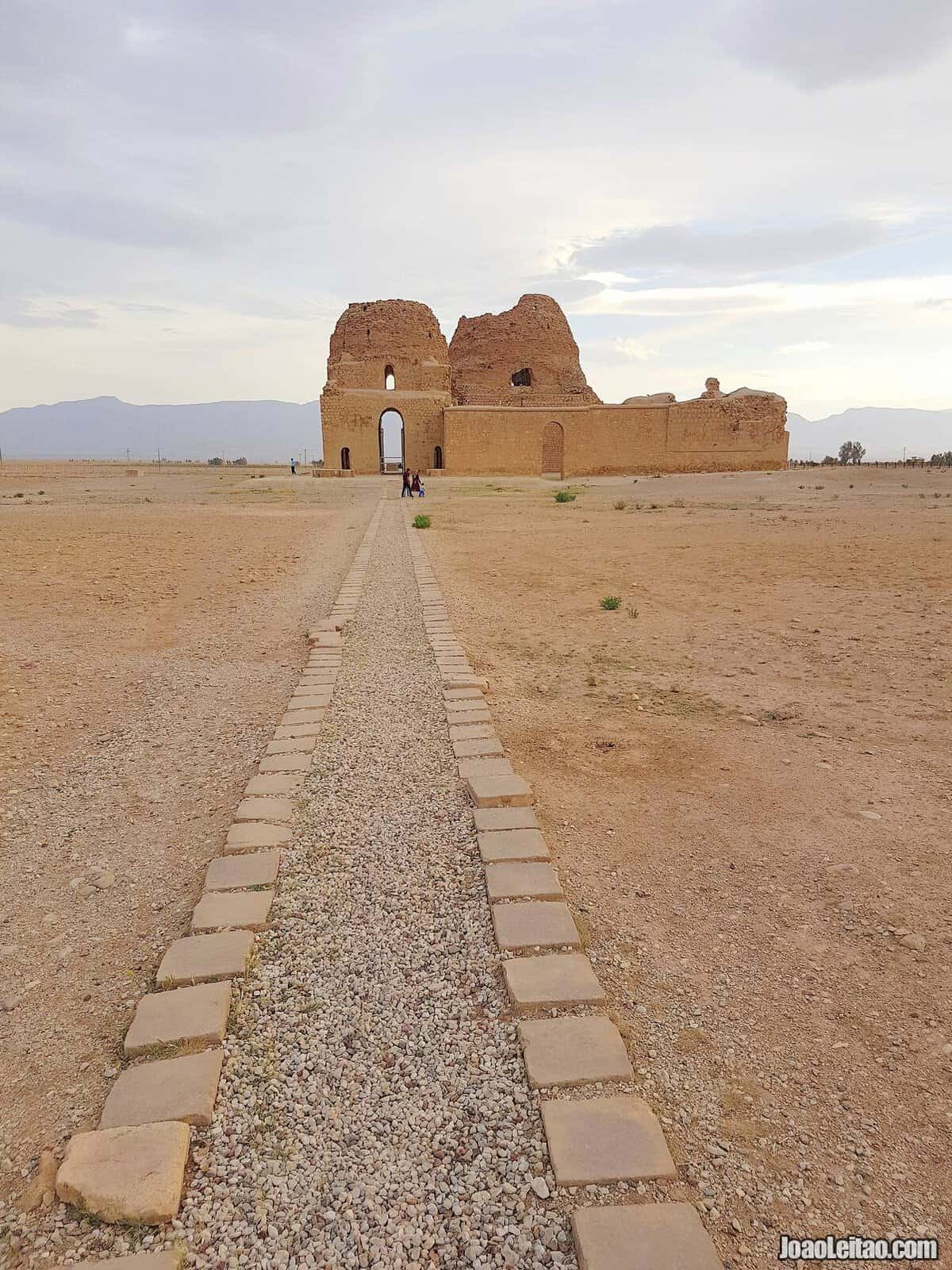
The Sarvestan Palace is 90 km southwest of Shiraz, near the small town with the same name.
It was built by orders of king Bahramgur, of the Sassanid Dynasty, who ruled between 420 and 438, on a strategic location overlooking a vast plain.
Despite the name, the structure possibly had a more specific purpose. The king could have used it as a shelter during his hunting expeditions, or it could have been a Zoroastrian sanctuary. To make things even more mysterious, there are traces of an additional building, north of the main one, that specialists can’t explain.The palace had three iwans, entirely built in stone. The walls had a type of finish that allowed them to be decorated, and that you can still see parts of.
Photos of Sarvestan Palace
17. Shapur Cave
Visit Shapur Cave
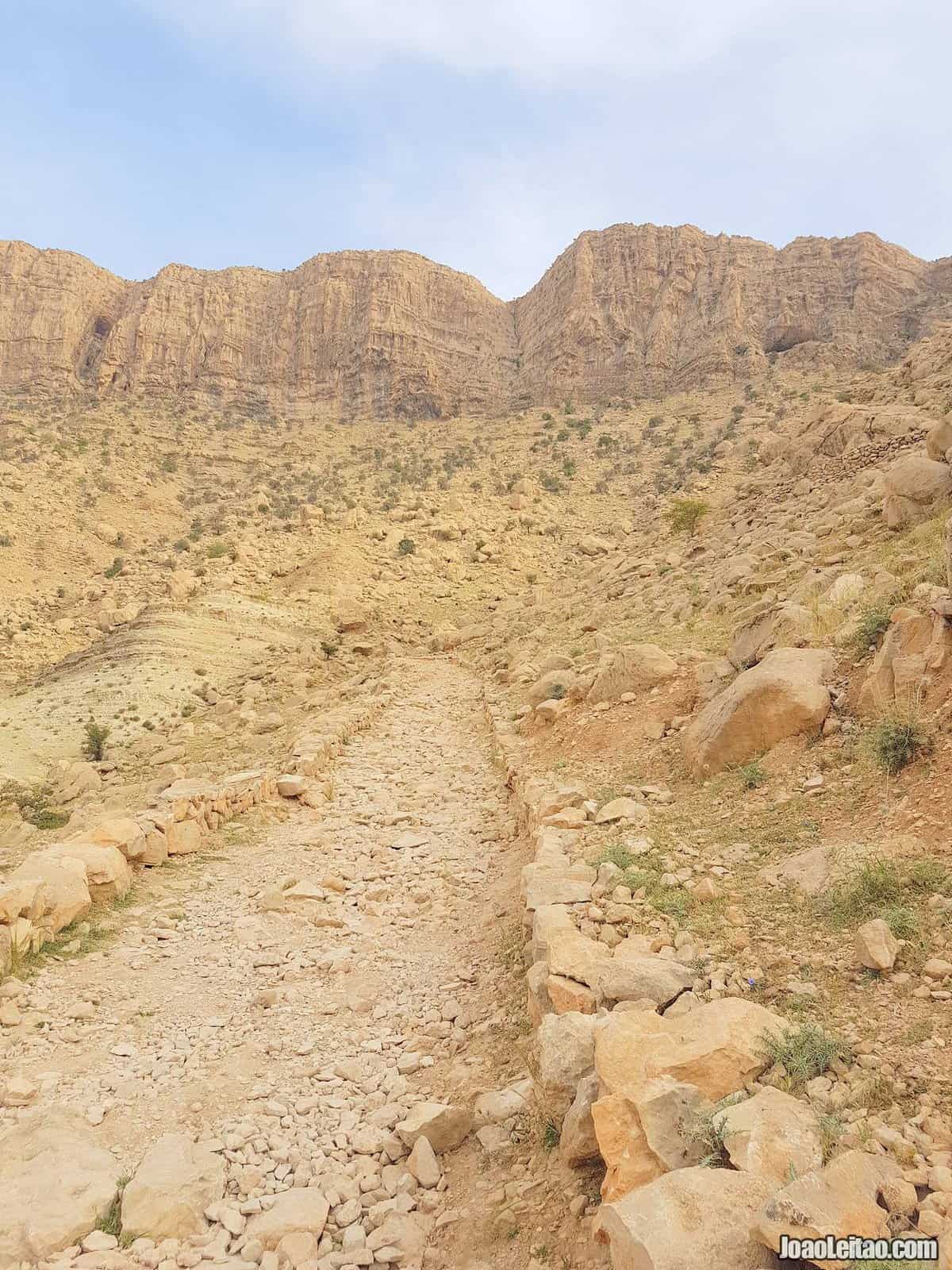
The Shapur cave is in the mountainous area of Zagros, not too far from Bishapur. Inside, in an indoor chamber, there’s a surprising sculpture of the Sassanian king Shapur I.
The statue was carved on one single stalagmite and is seven meters high and two meters wide (shoulder length).
The statue was severely damaged when the Arabs arrived. The invaders dragged it, breaking one of the legs. In the mid 20th century the arms were partially broken. In 1957, local Iranian authorities decided to restore it. By orders of Shah Reza Pahlevi, an army unit raised the statue again and secured it to the ground.
You’ll notice how the walls of the chamber where the statue is were prepared for a relief work that never came through.
There are many legends surrounding this cave. Some say the remains of Shapur I are buried somewhere inside the cave. According to another local folk tale, the king sought refuge inside this cave after facing defeat in battle, got lost, and they never found his body.
Photos of Shapur Cave
18. Shiraz
Visit Shiraz
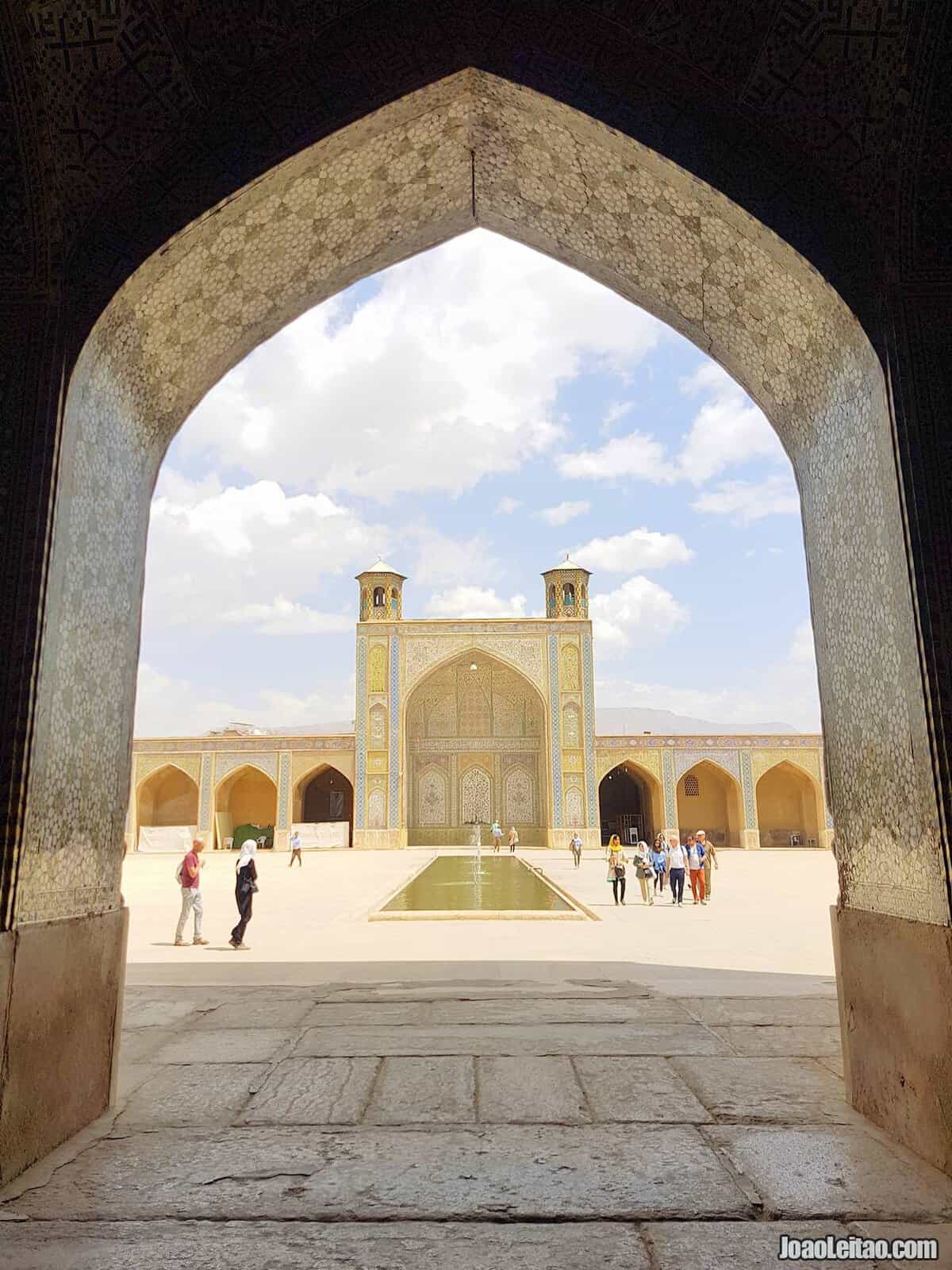
Shiraz is the capital city of the Fars Province and its most important city. It’s also an excellent base to travel to different points of interest like Persepolis, Pasargadae, or Maharloo Lake.
Shiraz is one of the most exciting cities in Iran, with several museum houses representing the lifestyle of the wealthy middle class in the end of the 20th century, museums such as the wax museum at the Zinat ol Molk house, a lively bazaar, a castle in the city center, several mosques, and historical baths.
Must-visit places include the Nasir-ol-molk mosque and its colorful stained-glass windows, particularly mesmerizing inside when the sun hits at a certain angle, and the Vakil and Atigh Jame mosques.
The mausoleums of Hafez and Saadi, two great Persian poets, are popular among locals, which is only natural in a country that has so much consideration for poetry.
Shiraz is also a good entry point in this area and, why not, a great place to start or finish an adventure through Iran. There are regular flights between Shiraz and Tehran, and a railway connecting both cities and providing a comfortable night train ride.
Photos of Shiraz
19. Sarab-e Bahram Rock Relief
Visit Sarab-e Bahram
Sarab-e Bahram is a small village 150 km northwest of Shiraz. Nearby, on the vertical side of a rock formation, you’ll find reliefs depicting king Bahram II, of the Sassanid Dynasty, who ruled between 276 and 293.
His kingdom wasn’t the most successful as he was defeated by the Romans, losing part of the empire, and faced a lot of internal conflicts. But, he did leave the most remarkable collection of reliefs of his time, with ten panels in different parts of Persia.
In Sarab-e Bahram you will see a depiction of the king, sitting on his throne, welcoming four emissaries. You can easily identify the king by his crown, the same you’ll find on the coins made during his ruling. You’ll also spot Papak, the king’s vizier, and Kartir, an influential Zoroastrian priest.
20. Tal Avic
Visit Tal Avic

Tal Avic 
Tal Avic 
Tal Avic
It’s a Tower of Silence outside the Khani village. This kind of places was a sort of necropolis for the Zoroastrians, who believed bodies were impure and would, therefore, contaminate the ground if buried. They would, then, abandon their dead in remote, usually high, locations and let Nature follow its course, especially necrophagous birds.
21. Tang-e Chogan Rock Relief
Visit Tang-e Chogan
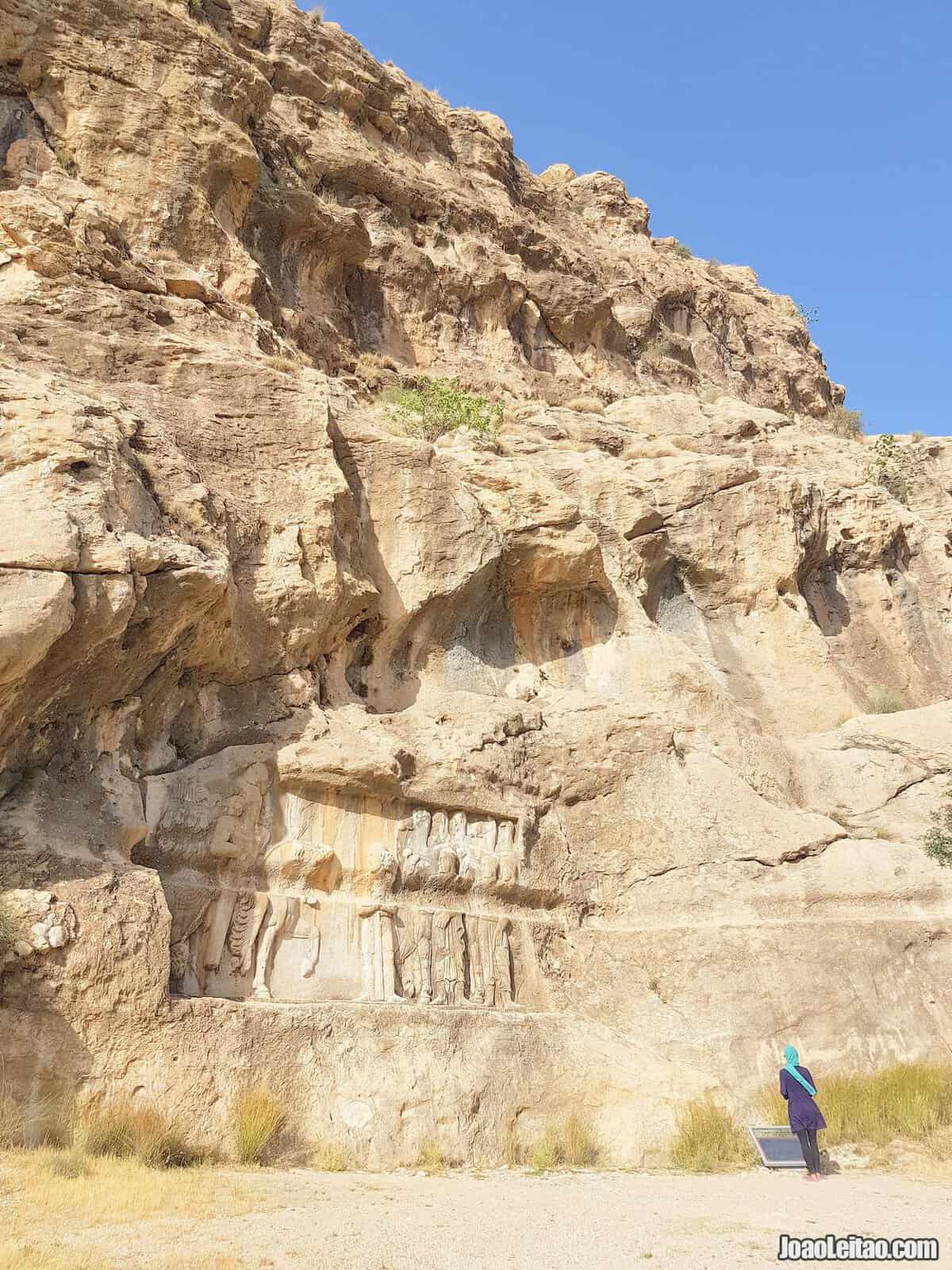
The Tang-e Chogan reliefs are located near Bishapur. There are six sets of these monuments, called First Relief of Shapur I, Second Relief of Shapur I, Third Relief of Shapur I, Relief of the Inauguration of King Bahram I, First Relief of Bahram II, and Second Relief of Bahram II.
The First Relief of Shapur I is, in fact, one of the first reliefs of Shapur, and it depicts a scene of inauguration and triumph, following the distinctive style of his father Ardashir I, the founder of the Sassanid Dynasty. In this relief, the king’s enemies are crushed, and the absence of Roman emperor Valerian shows the relief is from before 260.
The Second Relief of Shapur I is 12 x 4 meters and depicts the Roman emperor Gordian under the hoofs of Shapur’s horse while the Sassanian king grabs Valerian by the wrist. Despite the military defeat, there’s a somewhat Roman artistic influence in this relief. The Third Relief of Shapur I repeats the same theme, as a variation of the victories over the Romans.
The other three reliefs depict different emperors. One of them represents the coronation ceremony of Bahram I, while the other two depict his son Bahram II. In the first relief, the king, on a horse, is portrayed with a full beard and long hair, with intricate and detailed clothes, and the horse equally ornamented. It also depicts a high-rank general and several Arab emissaries bringing gifts. The second relief of Bahram II and one of the largest of his kingdom, depicts the emperor sitting on his throne holding a flag in one hand and a sword in the other. There are many details to see closely. The guards holding two prisoners. The servant controlling the royal horse. People coming for the hearing. Others carrying gifts. Please note that there isn’t a consensus regarding the identity of the king depicted here. Some experts say it’s Shapur II, who ruled 16 years after Bahram II died.
Photos of Tang-e Chogan
22. Timur Mirza Rock Relief
Visit Timur Mirza
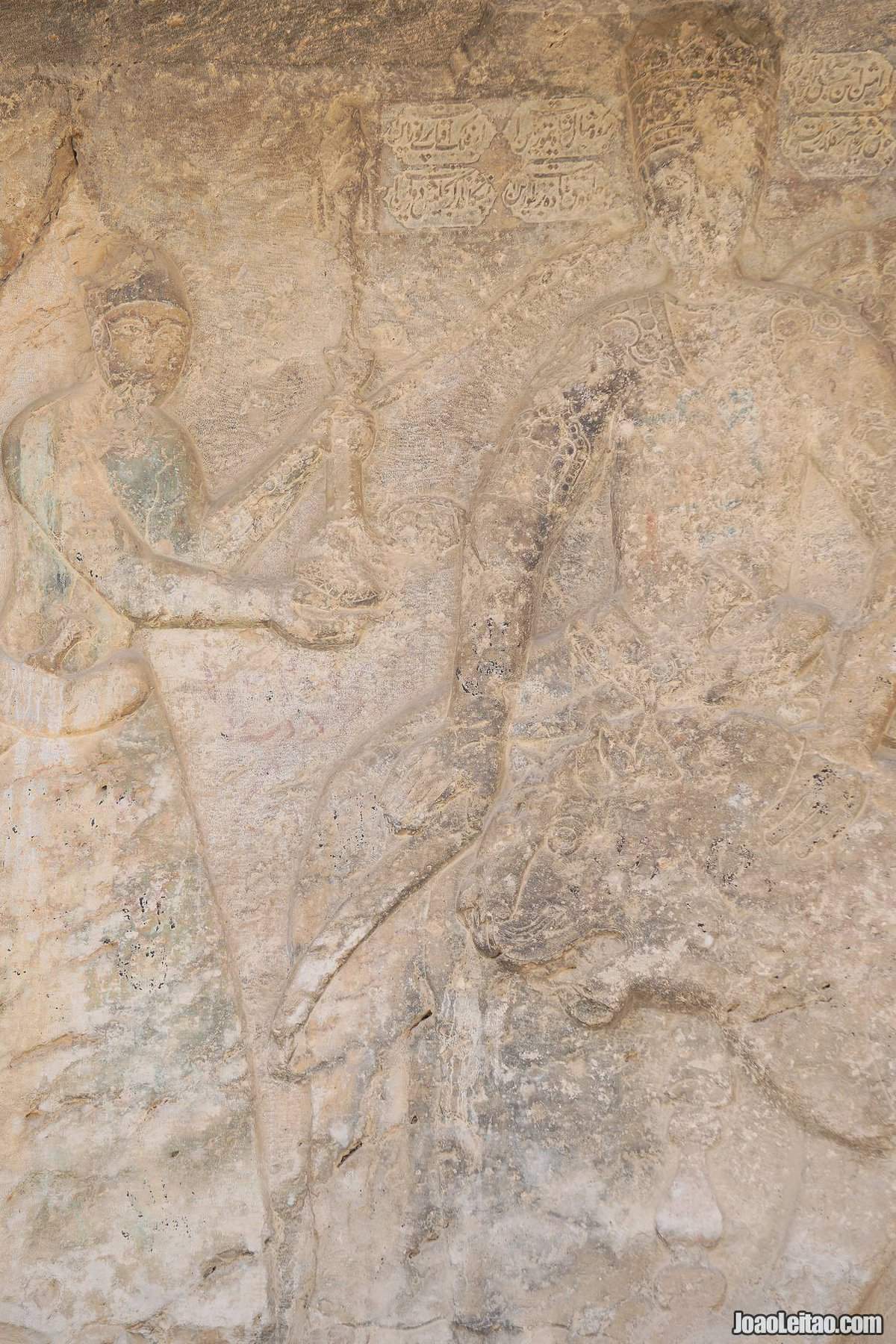
Photos of Timur Mirza
23. Minar Tower in Firuzabad
Visit Minar
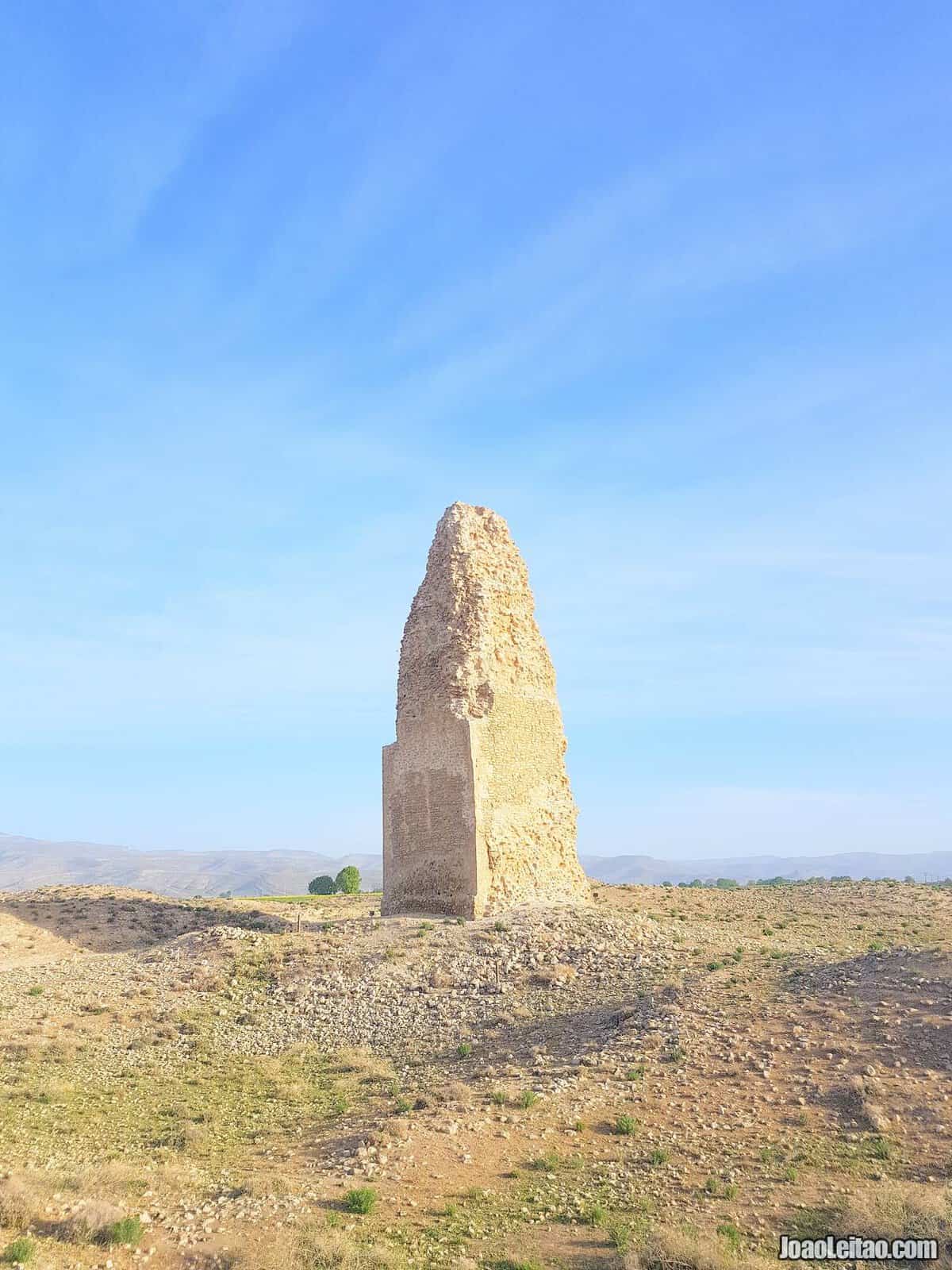
This historical tower, also known as Shahr-e Gour, was built in the center of the old city of Gor, currently known as Firuzabad.
It’s 30 meters tall and 9 meters wide and dates back to the time of Ardashir I, who founded the Sassanid Dynasty at the beginning of the 3rd century.
Although there are no doubts about the date the tower was built, opinions about its function and purpose diverge. It could have been a government building, a Zoroastrian temple of fire, a defense structure, a water tank, an observation deck, or even a temple to Anahita, the goddess of water.
It was a building ahead of its time, with a spiral staircase to access the tower from the outside, none of which resisted over time. The top part of the tower is also lost, and all that remains is the bottom section of the structure.
The minaret of the Grand Mosque in Samarra, Iraq, was inspired by the Firuzabad tower. There’s a clear match between old depictions of this tower and the existing Iraqi minaret.
Photos of Minar Tower
Read my pages:
79 of the Best Places to Visit in Iran

